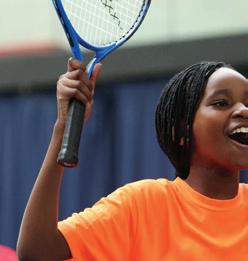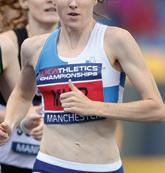

















do you know your 2G from your 3G?
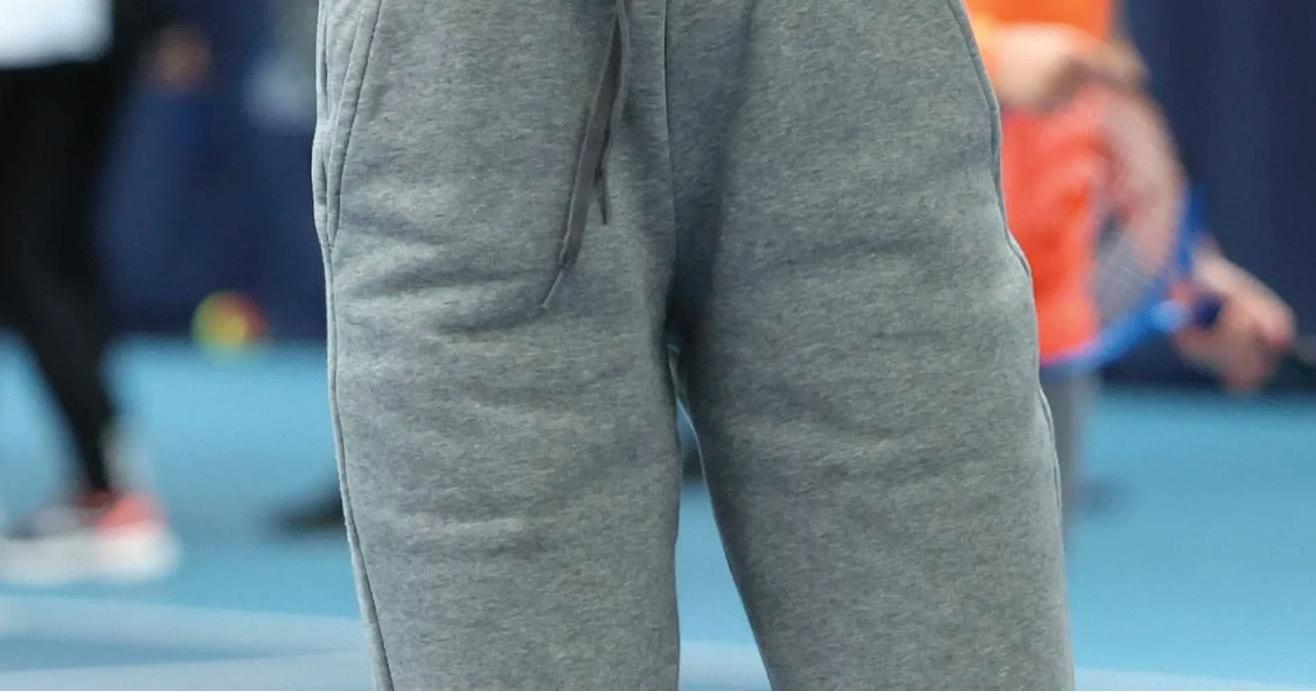




CREATE SPACE TO PLAY IN ALL THE YEAR ROUND
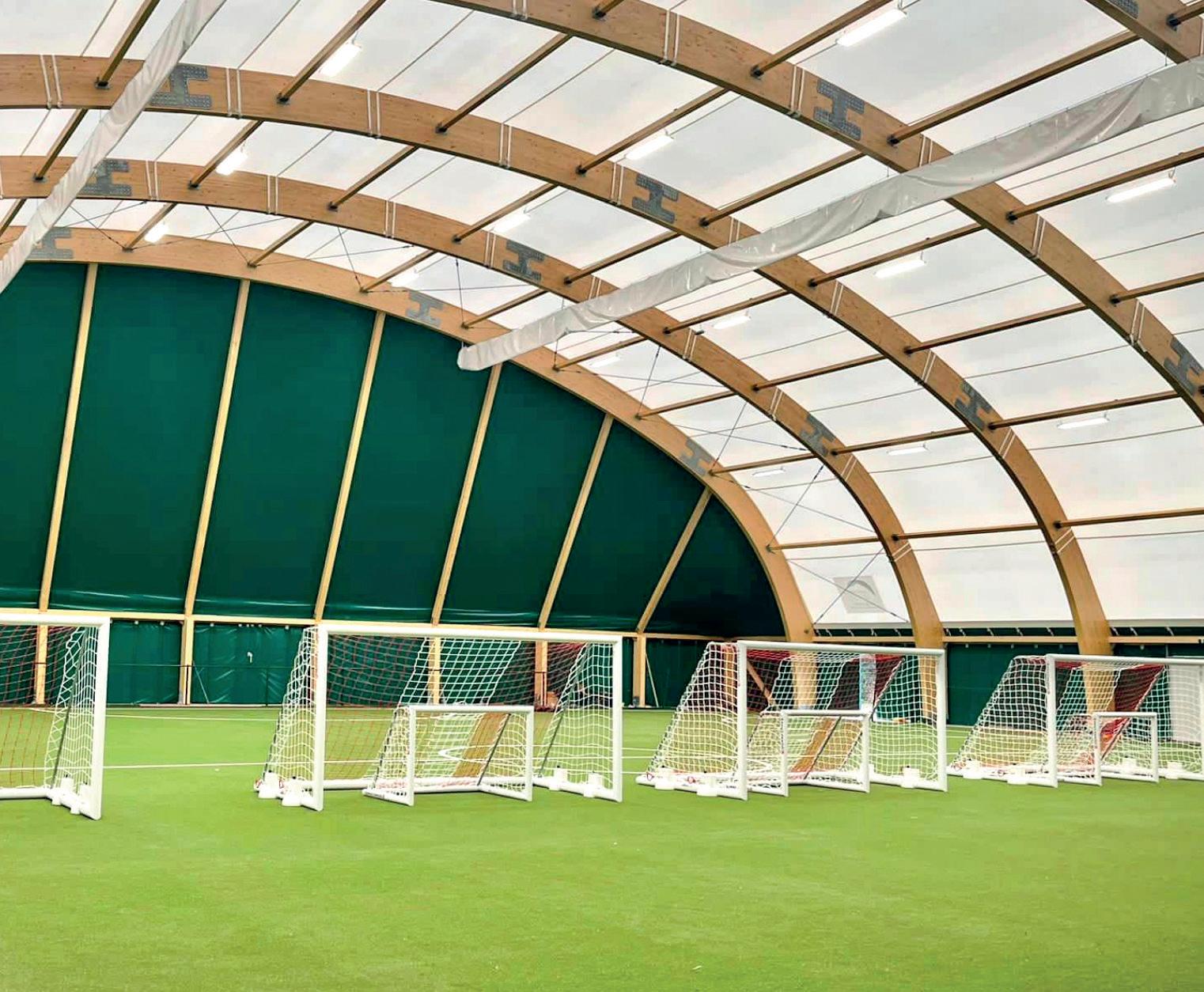
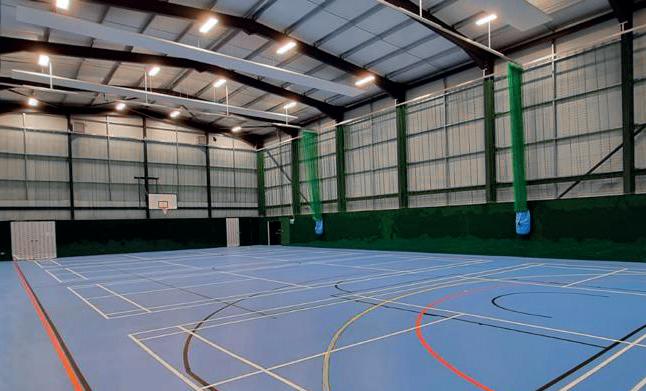
CopriSystems bespoke sport structures use natural light and ventilation to create amazing spaces to play in all year round.
All our structures conform to the relevant building codes and we are SAPCA approved.

For a site visit or quick quote: call us on 01380 830 697 email sales@coprisystems.com visit www.coprisystems.com
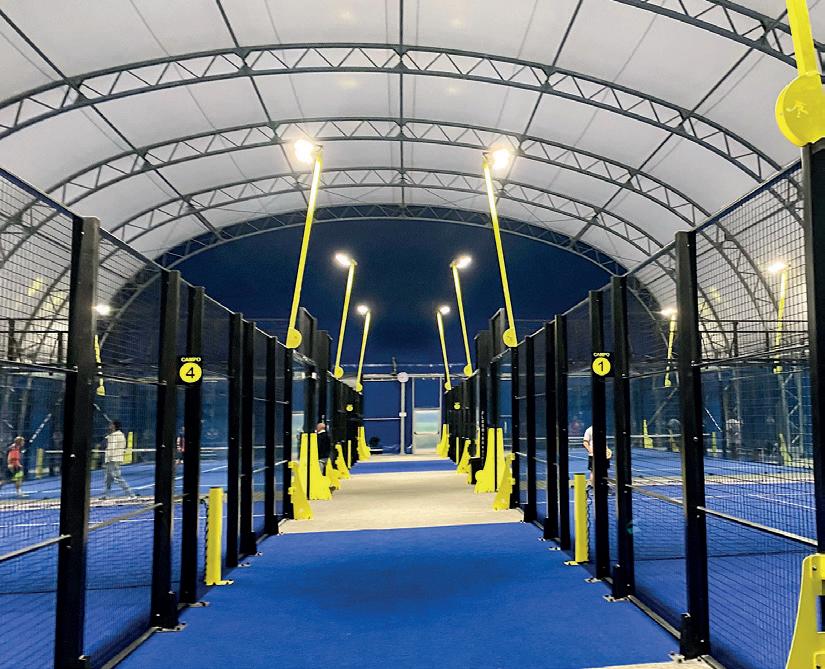
>Free consultation
>Individually designed structures
>Affordable finance options available

As the nation tunes into the world’s largest multi-sport events, the Olympic and Paralympic Games in Paris (see our facility review on pages 58 - 70), now is the perfect time for our new government to set out their stall to improve the health of the nation.

As Sir Keir Starmer and his Labour front bench have pledged to make positive changes to so many parts of British life, we have every right to expect that this extends to plans around health and wellness. Crucially, this should not be done by simply increasing the NHS budget. Instead, the government should take a serious and considered look at how it can best utilise a huge, but underused resource – the physical activity sector.
Rather than have our beloved NHS as a “sickness service” – only treating patients who are ill – it is about time the government views prevention as the real cure. There is no point waiting until people’s health conditions decline
so much that they are left with no other choice than to get to the hospital. Keeping people out of hospitals in the first place is not only better for their health, it is also considerably cheaper for the Government. The ground for a new way of thinking has already been prepared. A survey by ukactive shows that 85% of adults in the UK want the next Government to invest in long-term, lifestyle-focused solutions for the prevention of obesity and health conditions, rather than spending more on weight-loss drugs.
We need the government to finally listen to this message. After all, ahead of the General Election, Sir Keir and Labour - quite rightly - made growth their primary focus.
Within the sport and physical activity sector, we already understand that there can be no growth without improving the health of the nation. Let the Games begin.
John Challinor, Publisher

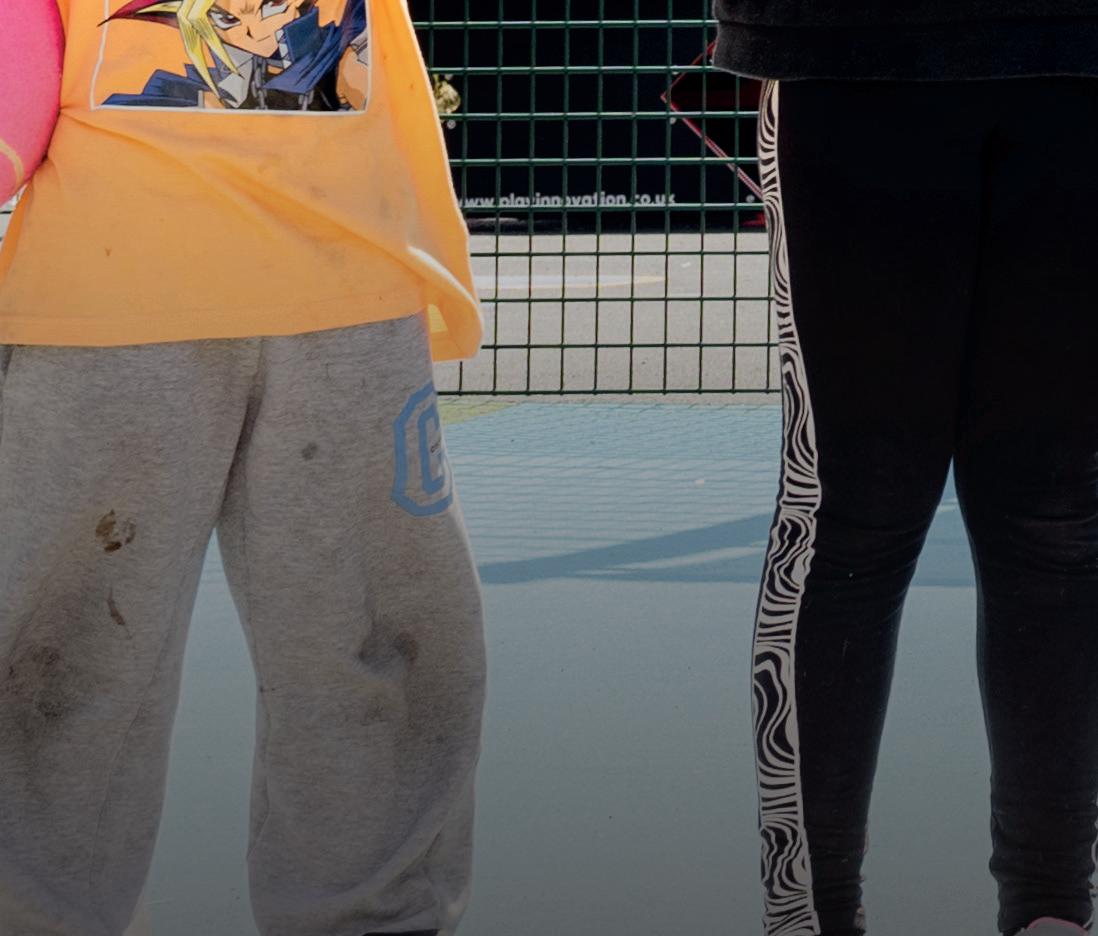

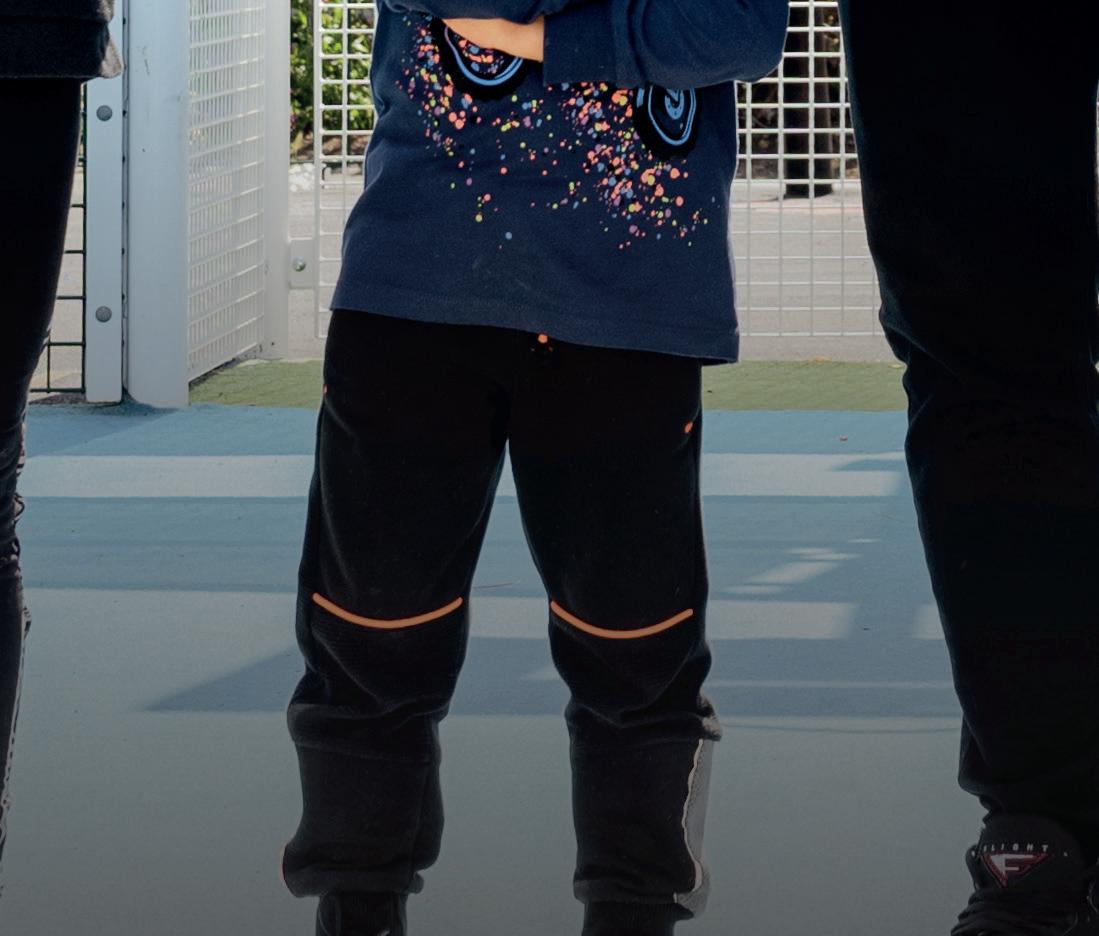









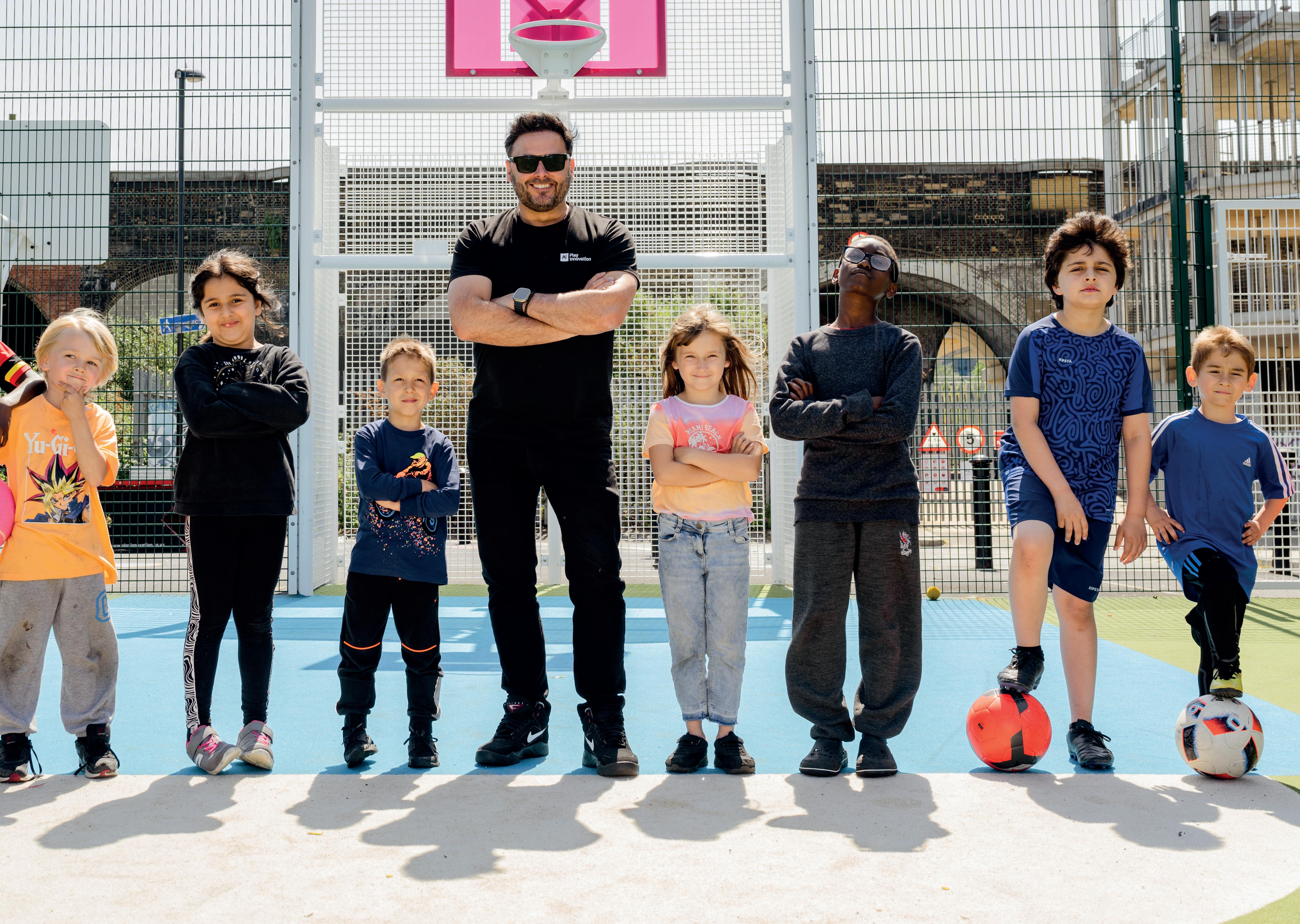


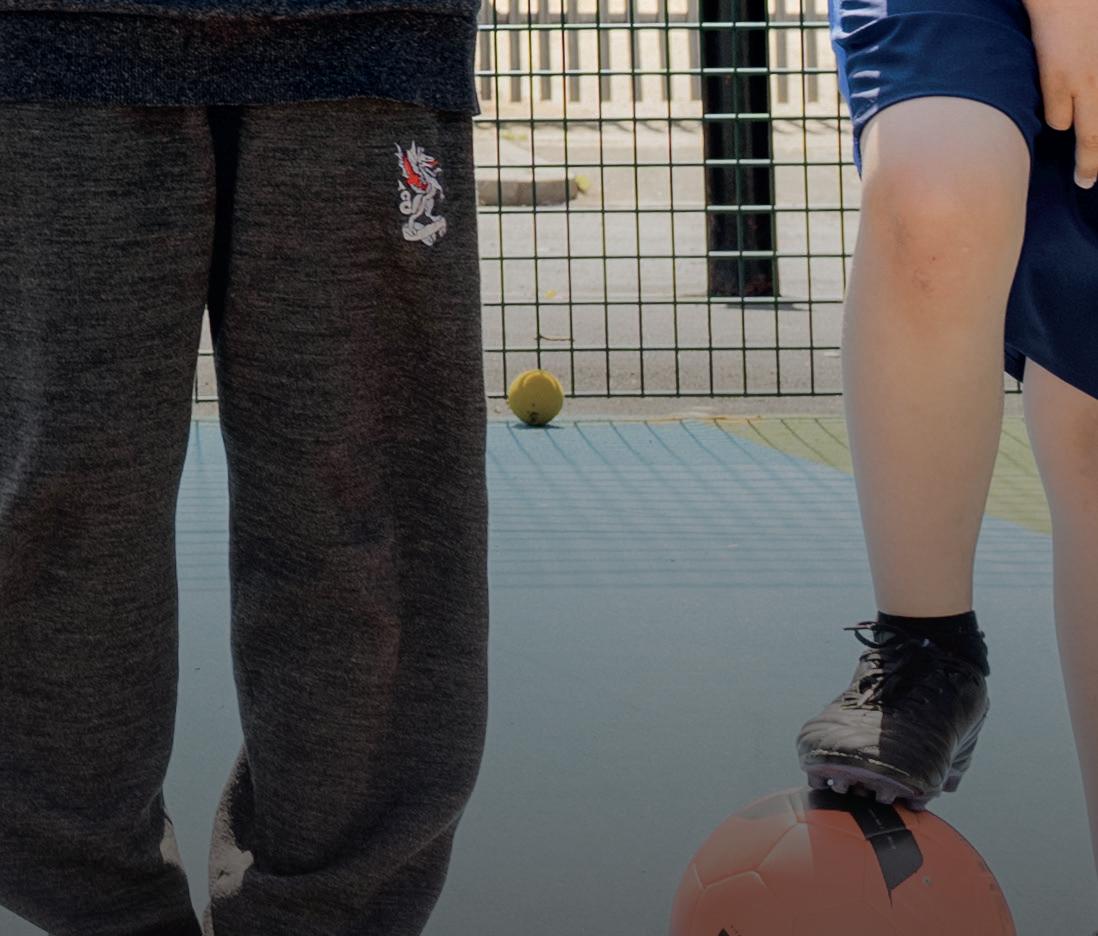

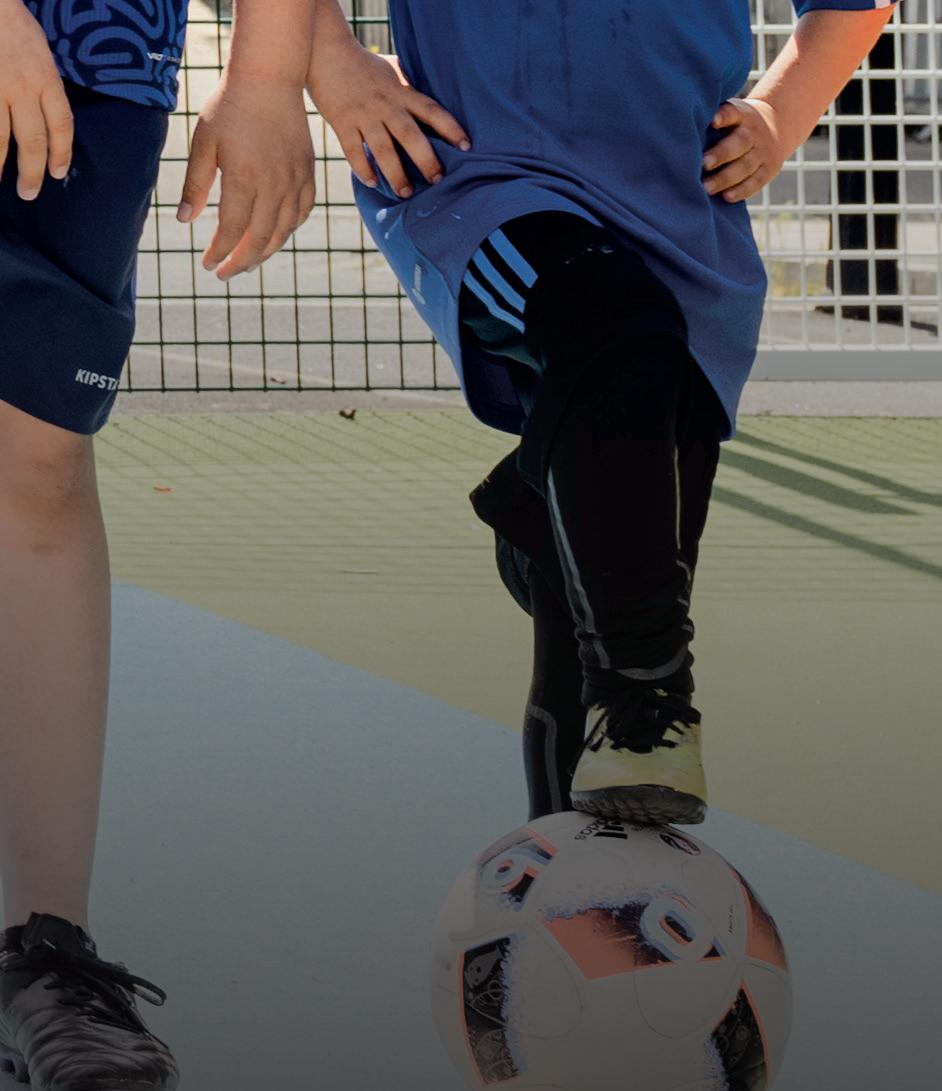






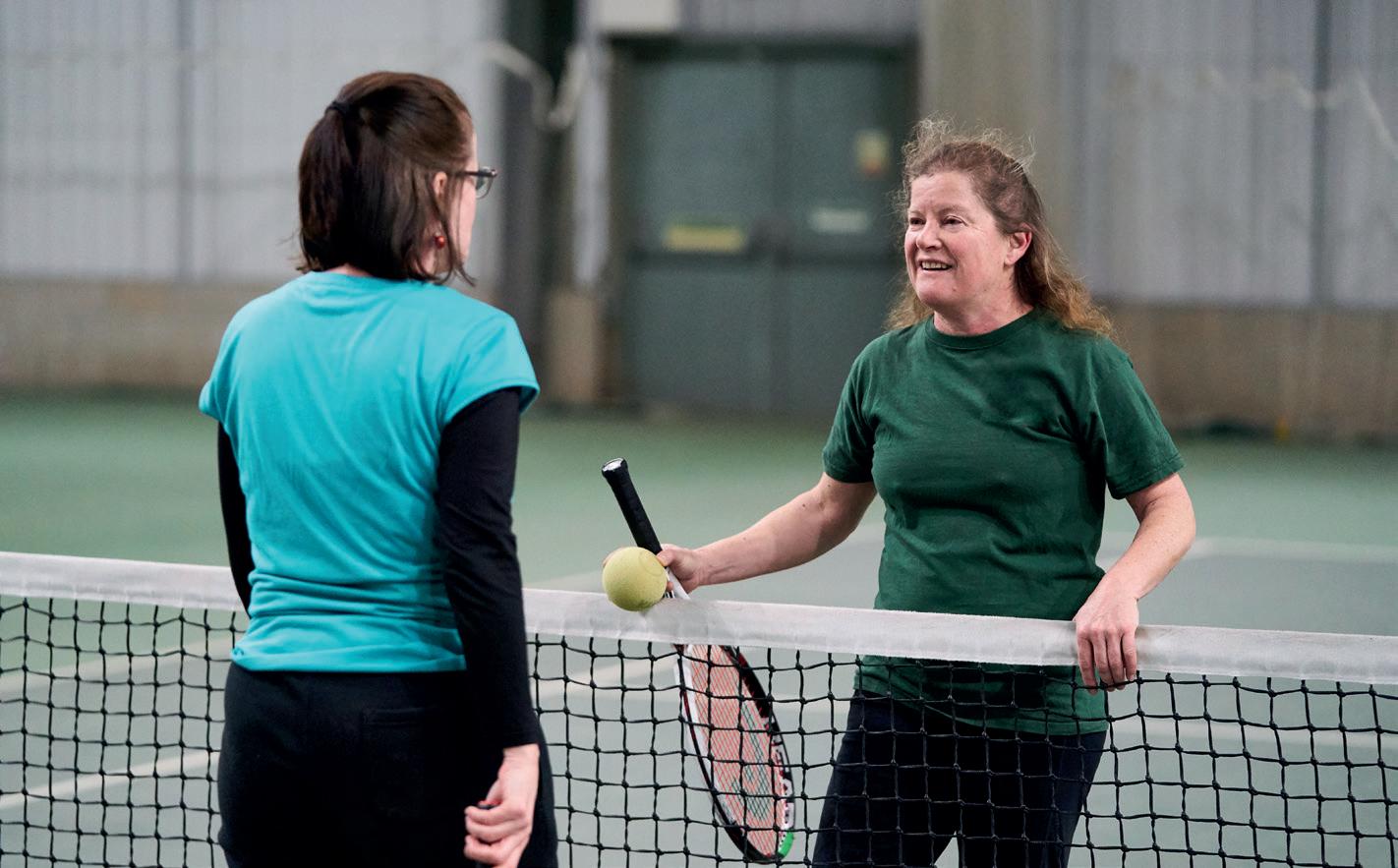
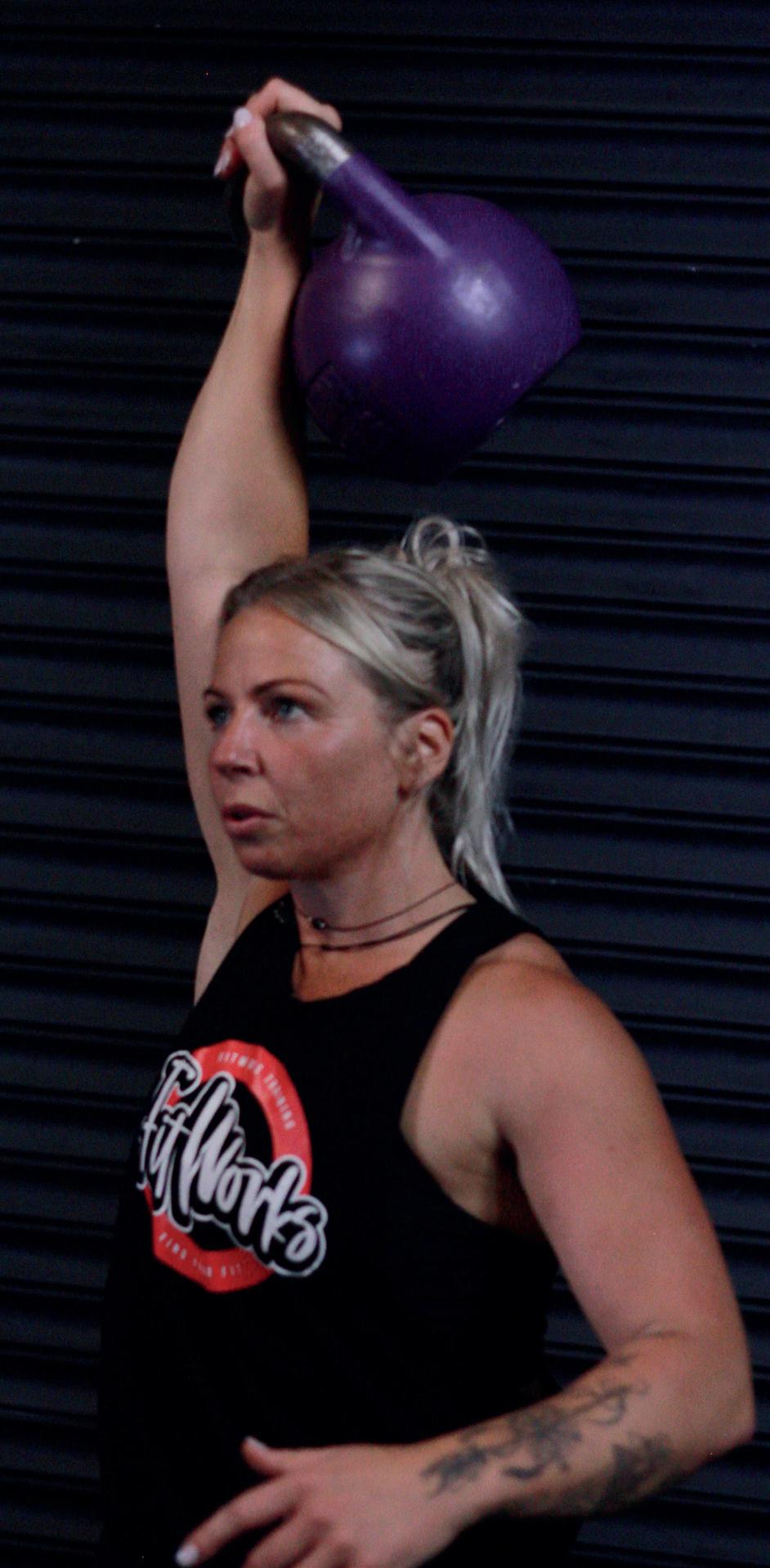

The latest industry news from around the sports and physical activity sector 28 Column: SAPCA
The association is working on tools to better highlight how its members are delivering social value
The latest data sends a clear message: people want the new government to focus on prevention
32 Column: Activity Alliance
To change things, we need to understand barriers that disabled people face 34 Building quality facilities
Colin Corline, SAPCA’s Technical Lead, explains how the SAPCA Technical Programme helps improve standards in sports construction
38 The G-forces of synthetic turf
SportsNation takes a look at the history of synthetic sports pitches, from 1G to 3G, as well as the current standards 46 Sport in focus: tennis
LTA has published its vision document for the next three years (2024-2026). SportsNation looks at the NGB’s plans to grow the sport




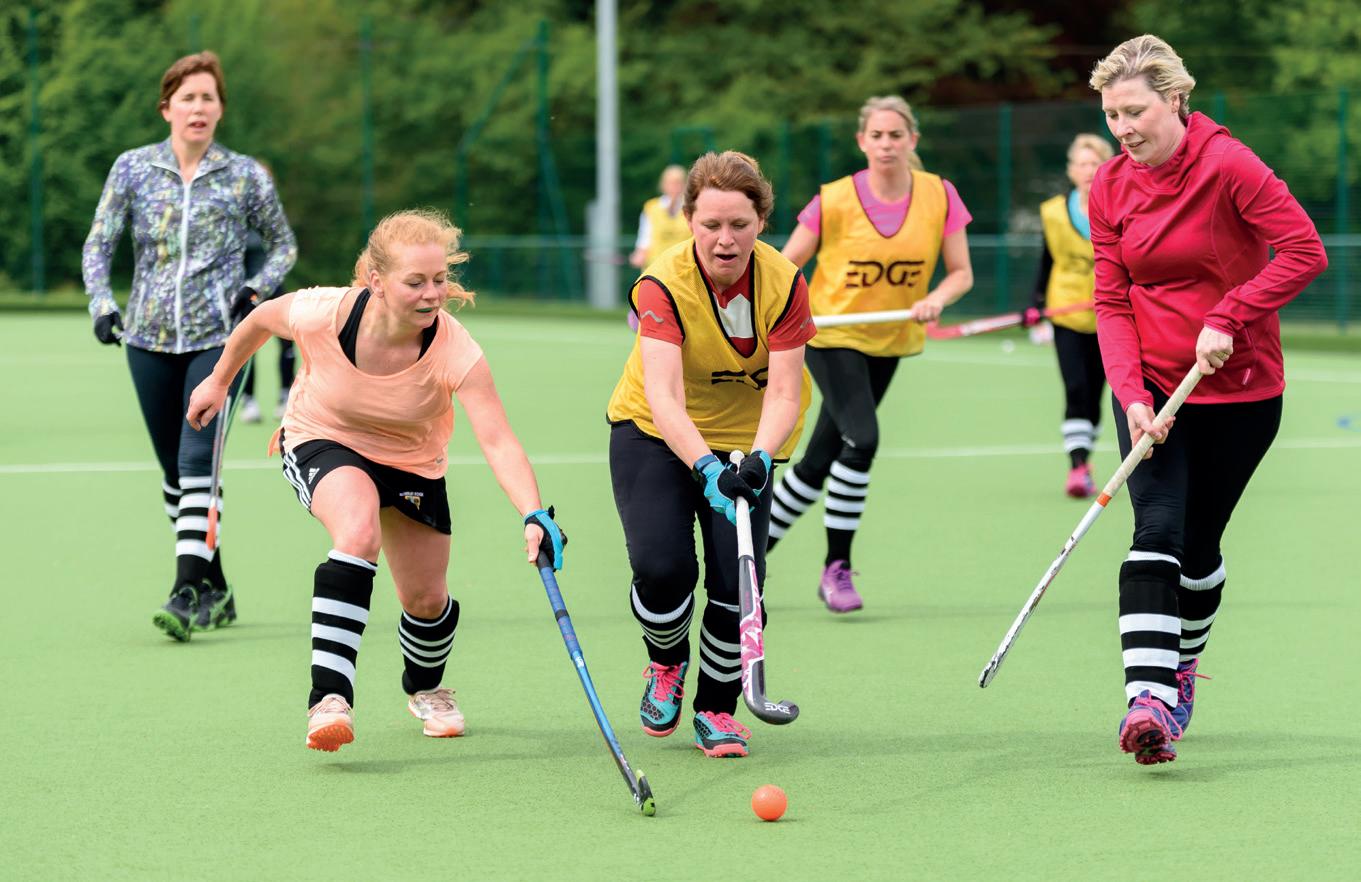

54 Interview: Andy Farr
One the leisure sector’s innovative leaders speaks to SportsNation about his role and the sector’s future
60 Venue preview: Paris 2024
Find out why the Paris 2024 Olympic Games will be a unique event when it comes to its competition venues
74 Open water swimming
Open water swimming’s popularity has surged significantly since COVID-19 and has been further boosted by commercial operators
Sports technology
A look at how (and why) technology is profoundly changing the sports sector
86 Interview: Hannah Camden
Did you know that kettlebell is also a competitive sport? SportsNation speaks to World Champion Hannah Camden
90 State of the industry report
Leisure DB’s State of the UK Fitness Industry Report 2024 shows that the physical activity industry is booming post-COVID-19
96 Event review: Elevate Arena
Elevate, the UK’s largest tradeshow for fitness and physical activity took place in London in June
A



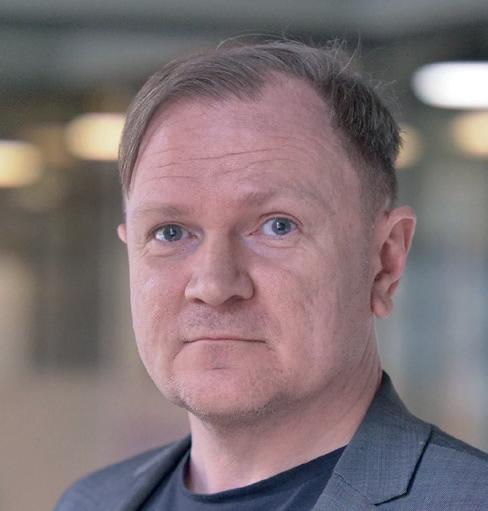
Huw Edwards

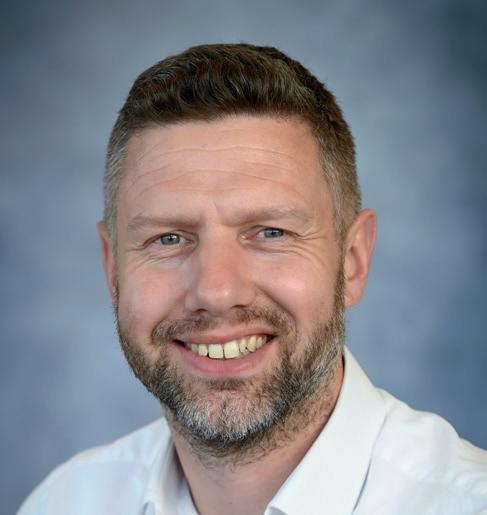
SportsNation is the single, authoritative voice for the provision, delivery, maintenance and management of sports and physical activity facilities. Published bi-monthly, the magazine focuses on the people, places, policies and products that help to build active communities throughout the UK. Subscribe now and we will email you a complimentary copy of the magazine every two months.
As the official magazine of SAPCA (the Sports and Play Construction Association), every issue of the magazine will also include information about technical guidance, funding, standards and product innovations.
Advertising opportunities Contact John E: john@sportsnation.org.uk www.linkedin.com/ company/sportsnation @SportsNationMag FOLLOW US:
SportsNation is published by SportsNation Ltd in association with the Sports And Play Construction Association (SAPCA). www.sapca.org.uk
This publication is protected by copyright and no part may be reproduced, transmitted or stored in any print or electronic format without the written permission of the publisher. Every effort has been made to ensure the accuracy of the contents of this publication and SportsNation accepts no responsibility for any error or misrepresentation. Opinions expressed by the contributors and advertisers are not necessarily those of the publisher and we do not accept responsibility of losses or damages arising from them. Printed by BCP Media Group Ltd. ISSN 2755-0621 (Print) ISSN 2755-063X (Online) www.sportsnation.org.uk
The Labour government has published its plans to support grassroots football clubs across the country and to ensure all children have access to sports at school. The announcement follows the England national team’s achievement of reaching the UEFA EURO 2024 final against Spain last month. Plans revealed jointly by Prime Minister, Sir Keir Starmer, and Culture Secretary, Lisa Nandy, include a pledge to support the Football Association in its ambition to double the number of gold-standard (3-star) community clubs by June 2028. The Football Foundation will also be supported to continue its Home Advantage Programme. The scheme will support the transfer of the ownership and maintenance of grassroots football pitches directly to hundreds of clubs and community organisations, which aims to relieve the burden on local councils.

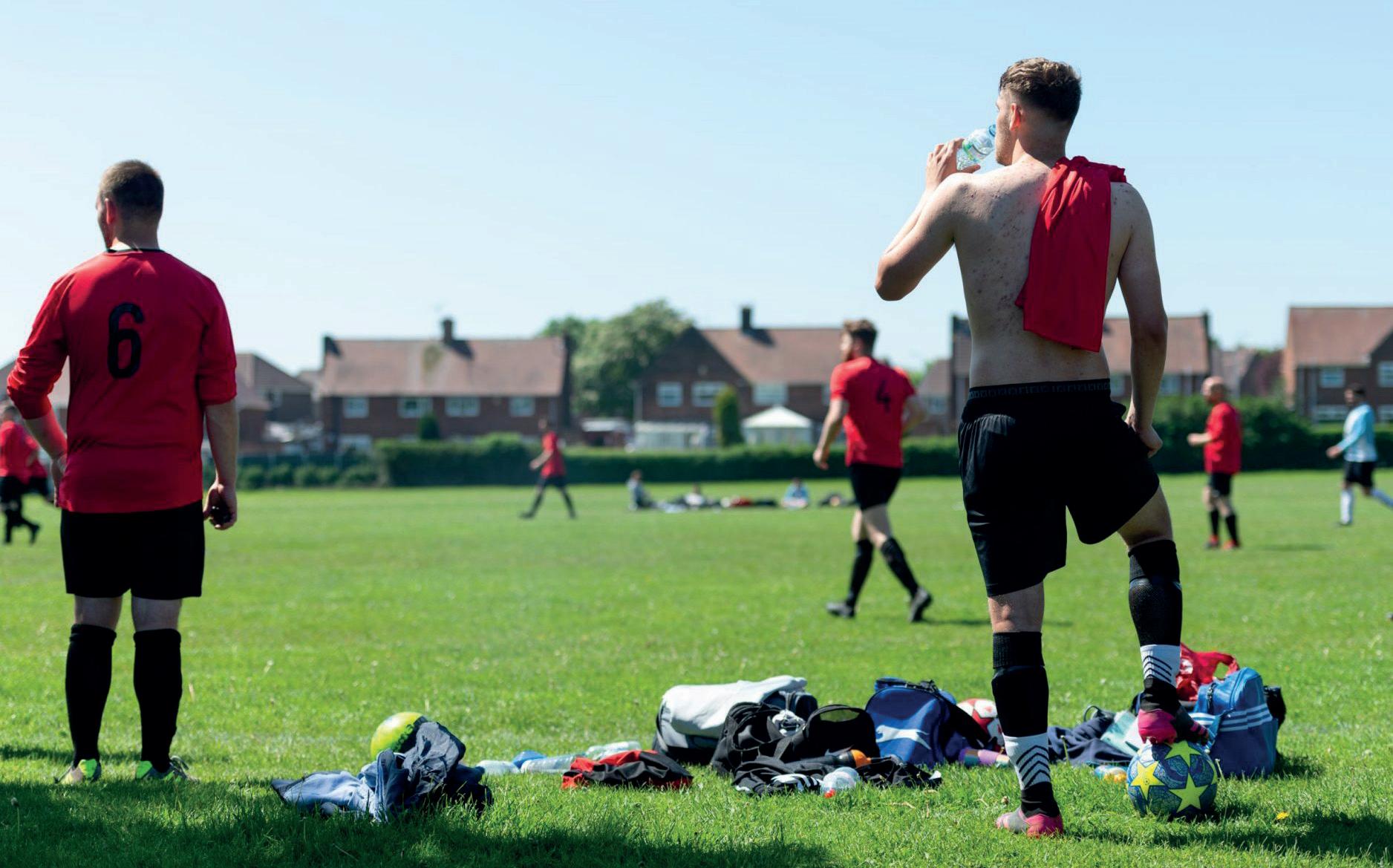
The programme will be open to cricket, rugby union and rugby league as well, spreading the benefits beyond football. The Government will work with football – including Football Foundation partners, the FA and Premier
League – to develop a funding package that will support the plans.
Prime Minister Keir Starmer said: “We are breaking down the barriers to opportunity which stops the new generation of footballers from taking to the field.”
The Opening School Facilities (OSF) initiative has reached more than 168,000 children and young people, and more than 50,000 local residents, during its second year.
OSF was launched in early 2023 to provide funding for schools to open up their facilities outside of the school day, with the aim of
giving pupils and people from local communities opportunities to move and to help them access a wider range of physical activities. The three-year programme, overseen by the Active Partnerships National Organisation will have received up to £57m from the Department for Education by the end of March 2025.
The Sports and Play Construction Association (SAPCA) is calling on the new Labour government to ensure the sports and physical activity sector can fulfil its potential in helping to improve the health and wellbeing of the nation.
SAPCA Chief Executive, Richard Shaw, said: “We welcome the new Labour government and we look forward to working together with it to ensure it fully utilises the huge opportunities presented by the sports, play and physical activity sector.
“Sport and physical activity stands at the heart of our communities and already positively impacts the lives of millions of people in the UK. Across the country, there are an estimated 100,000 grassroots sports clubs delivering organised sport, recreation and physical activity opportunities to people every week. These clubs not only provide
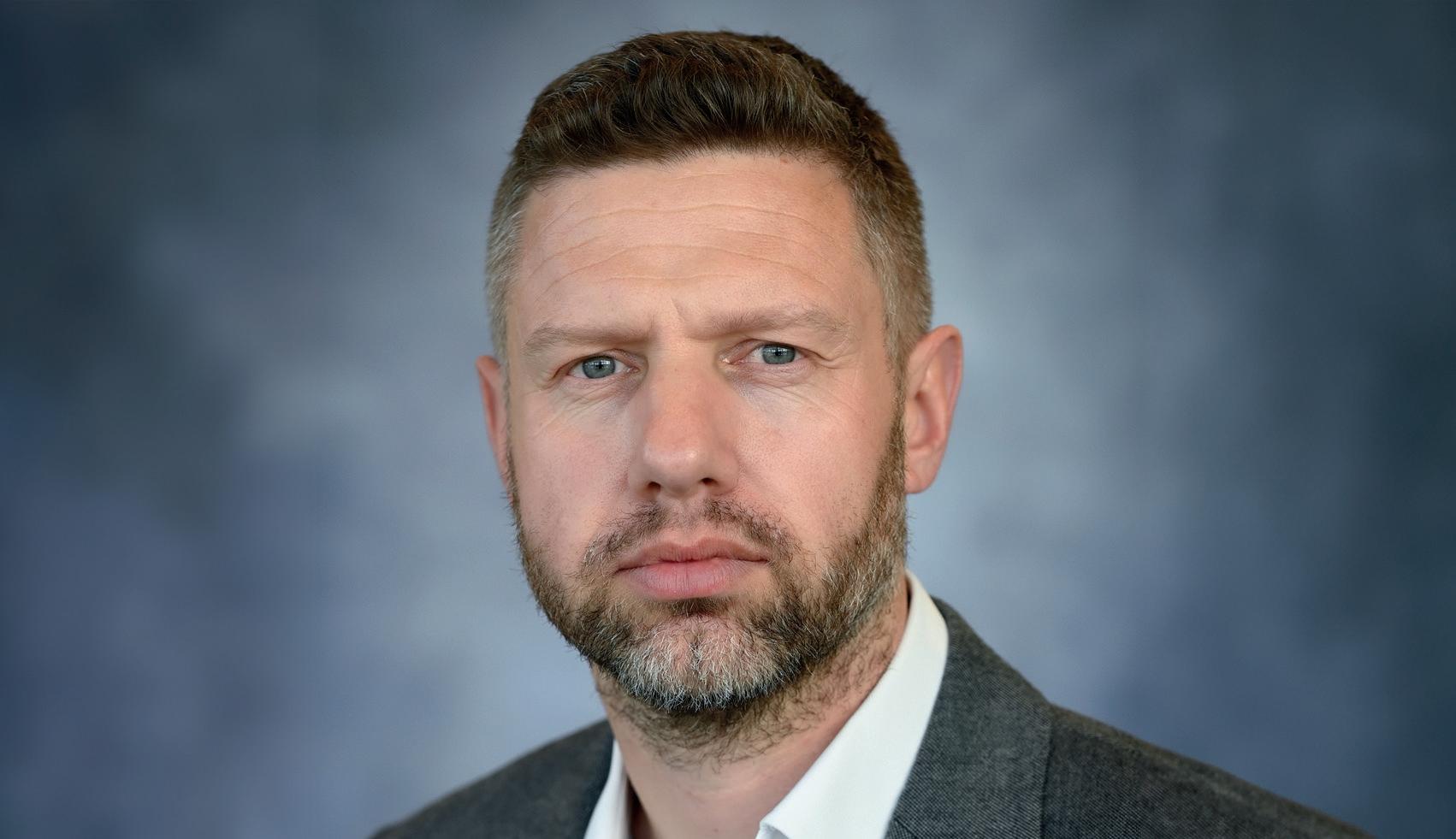
opportunities for people to get and stay healthy, but also support social cohesion in an increasingly digital world where many feel disconnected.
“However, while the sector already delivers huge benefits, the full power of sport, play and physical activity isn’t currently being fully harnessed.
“There remain deep-rooted inequalities in health and in access to wider social and economic opportunities – and sport can tackle those inequalities. One of the incoming government’s aims is to “level up” and our sector is perfectly placed to help with that.”
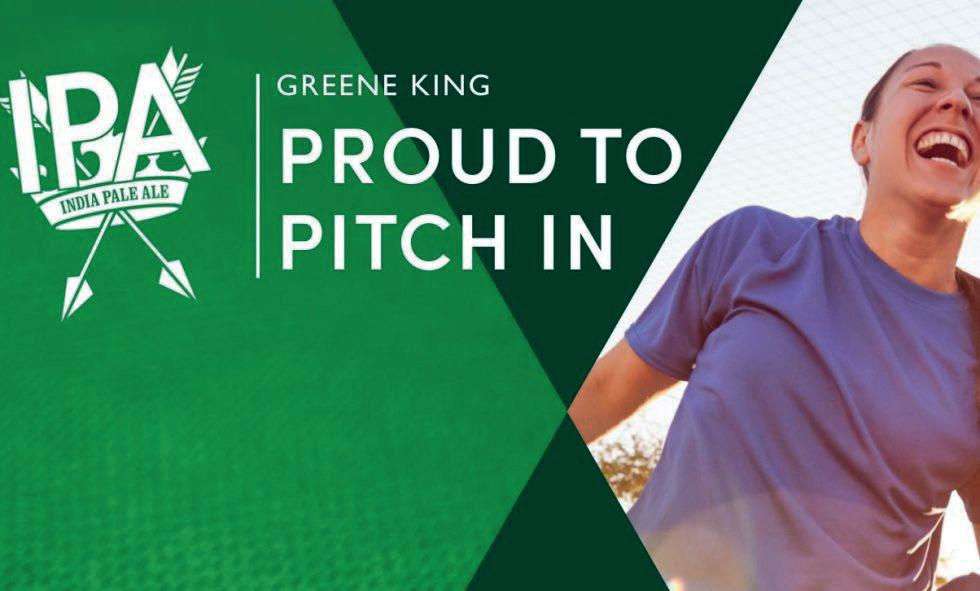
The campaign aims to raise up to £1m to fund local, grassroots sports
Brewer and pub chain, Greene King, is running a campaign which aims to raise up to £1m to fund local, grassroots sports.
The Proud to Pitch In scheme, which partly coincided with the Euro 2024 football tournament, gives cash grants to community sports clubs across the UK. During the summer, pints of Greene King beer bought at the company’s pubs will automatically contribute 10p to the fund.
Clubs can then apply for grants of up to £4,000 from The Proud to Pitch In programme – with applications now open. Members of public can also nominate a club for a grant.
“After a tough time recently, we’re stepping in to give something back to the grassroots sports clubs we love,” a spokesperson for Greene King said.

LTA Tennis Foundation has awarded grants to seven organisations in its third round of funding through its Grant Making Framework.
The grants awarded will support disabled children, young people, and adults to access tennis sessions, support education around the inclusion of LGBTQ+ groups within tennis and see tennis delivered in underserved communities.
Among the organisations to receive investment from the latest round is Krimmz Girls Youth Club, which delivers an award-
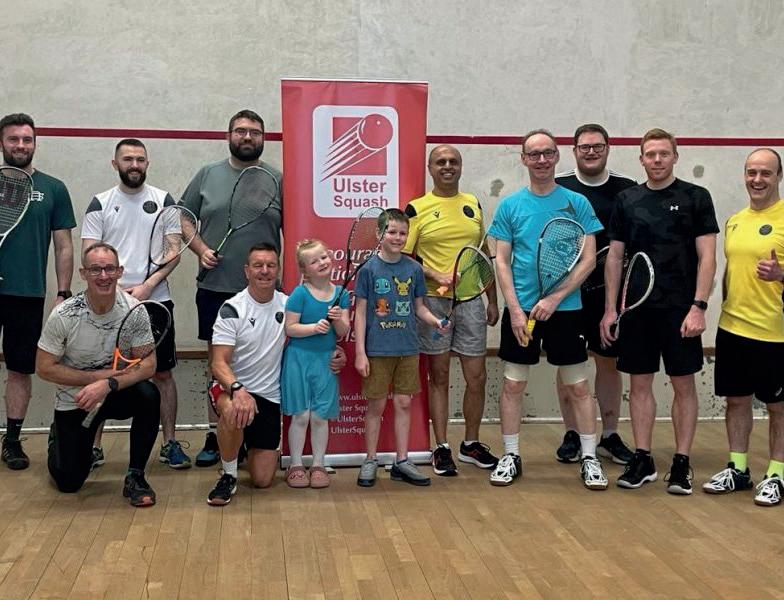
Irish Squash received £24,460 worth of funding from the programme
winning programme of physical, social, and confidence-building activities for girls aged 11-18 from predominantly muslim and SouthAsian communities living in areas of deprivation across Bolton. Founder, Khadija Patel said: “We’re excited to have been given the opportunity to create more opportunities and access for muslims to participate in tennis, which have been limited due to financial constraints and lack of facilities to cater for the needs of the community. The support will heavily promote inclusivity within the sport.”
It is estimated that the UEFA European Championship 2024 (Euro 2024) this summer provided a £3.1billion boost to the British economy.
While England fell at the last hurdle – losing to Spain 2-1 in the final – it is estimated that more than 17 million people watched the final game in their local pub, bar or restaurant.
Reaching the final also means the entire hospitality sector is set to benefit from overall sales increases of £800m across the whole tournament.
The final alone was expected to have seen fans spend around £70.5million on drinks and £54.3million on food.
The economic benefit has been delivered across the UK too, despite Wales and Northern Ireland missing from the tournament – and Scotland performing as expected, continuing a run in which they have never made it past the group stages in any major tournament.
Funding from Sport NI’s New Governing Bodies programme has encouraged hundreds of people to start playing squash.
Irish Squash, the sport’s NGB, received £24,460 worth of funding from the programme and used it to run 12 activities across Northern Ireland in Belfast, Lisburn, Craigavon,
Cookstown and Ballymena. Funding was also used to re-open the Ballymena Squash Club, which had been closed for 25 years.
In addition to nearly 800 new players, the investment in previously underused squash facilities has led to increased revenue from higher participation of existing players.
The governing body for tennis, LTA, has published a twoyear progress report on its Environmental Sustainability Plan.
In it, the body says it has achieved 80% of the 10 targets it set itself when the first-ever Environmental Sustainability Plan was published in June 2022.
The plan sets out how LTA intends to secure a lasting future for tennis in Britain, through positive action on climate change and leadership in sustainability.
Among the achievements highlighted in the report is how LTA has seen a 20% reduction in electricity use and 33% reduction in gas use at the National Tennis Centre in 2023 compared to 2022.
Elsewhere, more than a fifth (21%) of electricity use at the Lexus Nottingham Tennis Centre was generated by on-site solar panels in 2023, while water use

at the National Tennis Centre has reduced by 40% since 2019.
As grass court tennis continues this week at the Rothesay International Eastbourne, the impact of the LTA’s summer major events has also been reduced. There has been a 40% reduction in general waste at the
Cinch Championships since 2019, and a five tonne reduction in glass waste in 2023 compared to 2022.
LTA CEO, Scott Lloyd, said, “Given the scale of the climate crisis and the effects on tennis at all levels, we know it’s vital that we play our part by reducing our own impacts.”

A new group has been formed to tackle common challenges facing the UK swimming and aquatics sector. The Swimming Alliance will look to offer a single, cohesive voice on crucial issues affecting public swimming pools and open water spaces across the UK – while also developing solutions that can be implemented by all those involved.
Initially convened by Sport England, the founding members of the Alliance represent the diversity of the sector. They include Swim England, leisure operators, other national governing bodies, charities and membership organisations.
Key issues identified for the alliance to tackle include increasing participation levels, tackling the impact of energy prices on municipal pools and increasing diversity at all levels of swimming.
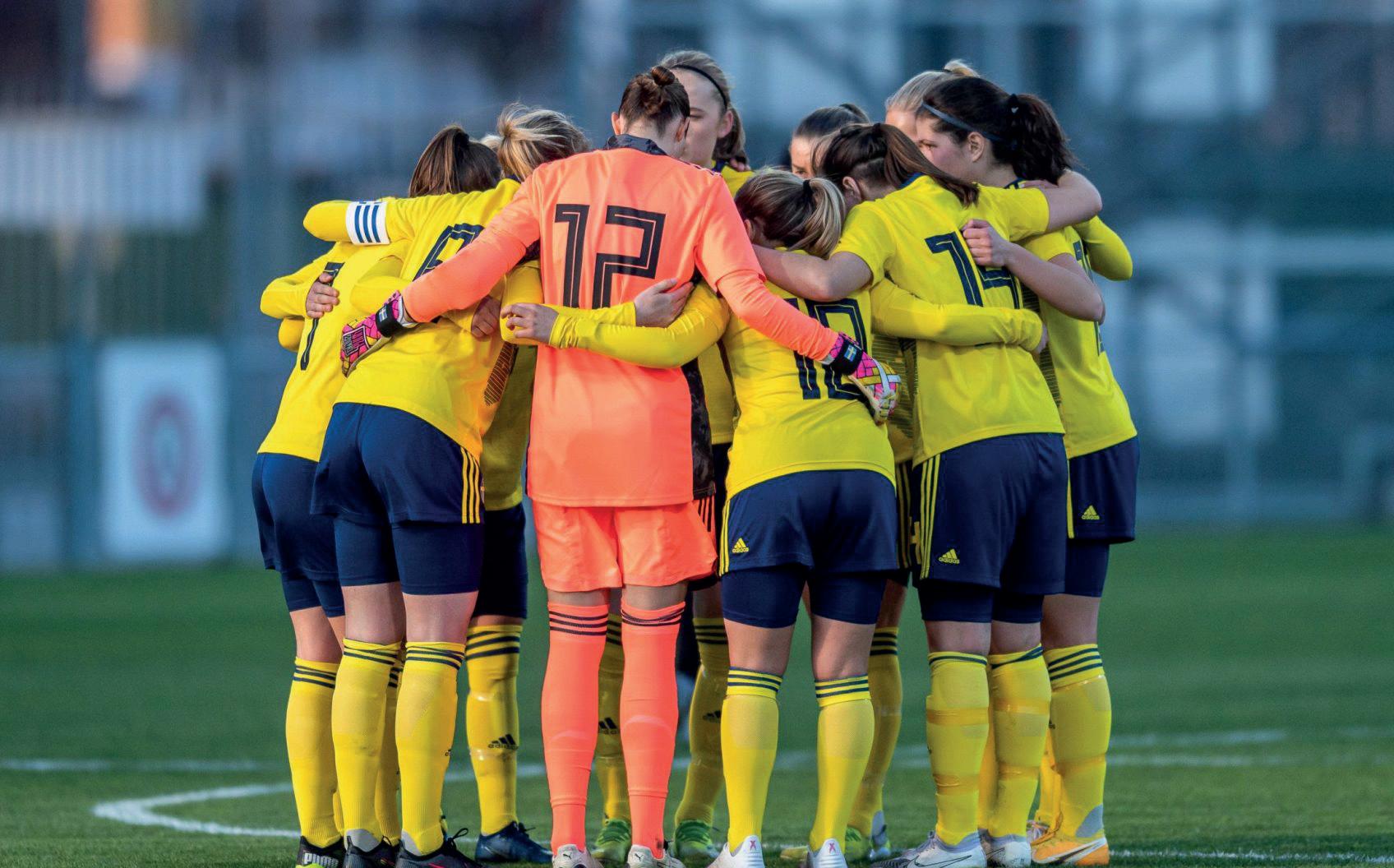
There has been a huge increase in the interest in women’s football
‘Lionesses lift’: WSL clubs report 50% rise in revenue
The Women’s Super League (WSL) clubs generated £48m in aggregate revenue in the 2022-23 season, the first season following the England women national team’s Euro 2022 triumph. The figure marks an increase of 50% on 2021-22 (£32m) and highlights the power of the “Lionesses effect” – a huge increase in the interest and popularity of women’s football in the UK.
WSL clubs’ revenue more than doubled over two seasons, with aggregate WSL club revenue standing at £20m in 2020-21.

Further growth is predicted, with revenue forecast to reach £52m in the 2023-24 season and to rise to £68m in 202425. The data comes from the Annual Review Of Football Finance: European Football Market report, published by Deloitte Sports Business Group.
Jenny Haskel, insight lead at Deloitte, said: “Driving a loyal fanbase, habitual viewing and commercial partnerships was a clear priority for WSL clubs and the soaring revenue growth achieved demonstrates the strides that have been made.”
Team Wales athletes are touring the nation’s schools, inspiring children and young people across Wales to take up sport.
Since the beginning of the school year in September 2023, top-level athletes who have represented Wales in a range of sports have popped into 167 schools to encourage young people to lead an active lifestyle.
One of the latest visits saw weightlifter Catrin Jones – a gold medal winner at the 2015 Commonwealth Youth Games – and squash player Emily Whitlock take over a PE lesson for six and seven-year-olds at Ysgol San Sior in Llandudno. Whitlock, who represented Team Wales at the 2022 Commonwealth Games in Birmingham, added: “It’s super important to have exposure to different sports at such a young age. The more opportunities you have to try different sports, the better chance you have of finding something you enjoy and also make more friends.”
Four refurbished pickleball courts have been opened to the public in Broadstairs. The new courts have been delivered in partnership between the Thanet Community Safety Partnership, Thanet District Council’s Open Spaces team, the Police and Crime Commissioner for Kent,
the Kent and Medway Violence Reduction Unit and local Pickleball group, the Baypoint Pickleball Club. Located at the town’s Memorial Recreation Ground, the four refurbished, free-to-use courts are available on a first come, first served basis and players are required to bring their own racquets and balls.
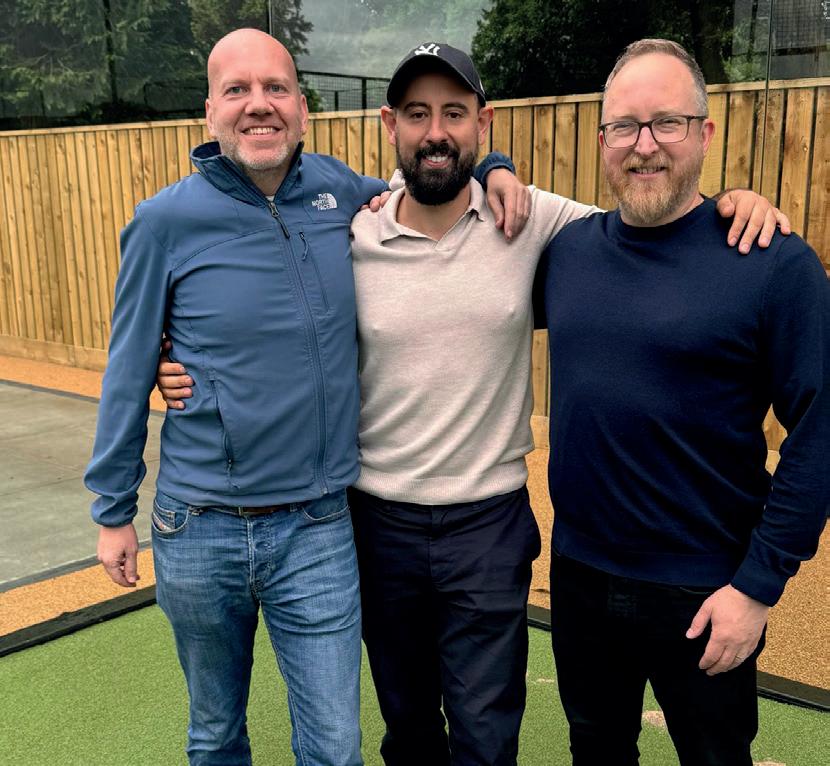
Cheshire-based The Padel Group has made three key appointments as it looks to expand further into the padel courts and club operator market.
Morgan Davies has been appointed a non-executive director and Steve Herring as finance director, while former GB athlete, Jake Bennett has been named commercial manager. Davies and Herring will bring considerable business and financial acumen to The Padel Group. Davies successfully founded and
Swim England has appointed Richard Palmer-Jones to its Sport Operations Committee (SOC). Palmer-Jones has an extensive background in sport both inside and outside of aquatics and is currently on the board of directors for the Swim England North East Region. During his career, he has worked with two of the world’s largest sports brands in Adidas (where he was brand director) and currently Under Armour where he heads the golf division in Europe. He takes his place on the committee for the next four years where he replaces Ian Mackenzie who’s term has come to an end. In his new role, Palmer-Jones will report directly to the Swim England Board and has a wide brief which includes overseeing the effective delivery of the aquatics sports.
Commenting on his appointment, he was looking forward to being able to “positively impact on the

pathway”. He said: “As someone who’s been a club chair, regional board member and a parent of a swimmer, I’ve been able to see that journey first hand and to have the chance to positively impact that is something which really stood out to me. One thing that is really important to me is to help foster that special environment that being in an aquatics club can bring.”
expanded the restaurant chain Barburrito, where Herring was financial director. In 2022, the business was sold to Wagamama owners The Restaurant Group.
The Padel Group founder, Jordan Ingoe, said: “I’m looking forward to seeing what we can achieve as a team. Morgan and Steve bring vast commercial experience, Jake has a great background in sports operations and I have experience with commercial builds and expertise in the padel industry.”
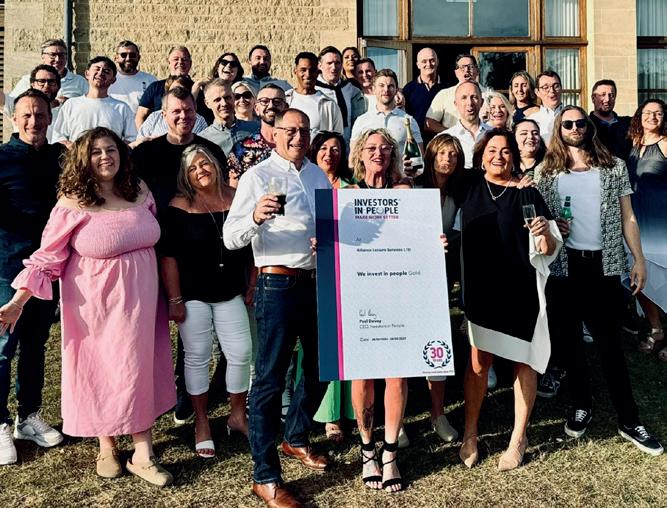
Leisure development specialist, Alliance Leisure, has achieved an Investors In People Gold Award. The award is in recognition of the company’s commitment to its people and the provision of “a working environment that supports success and prosperity”..
Sarah Watts, CEO, said: “Our team is what gives Alliance its unique DNA and we really do feel like a family. It’s brilliant to have this wonderful relationship recognised.”
Jon Bell, Managing Director at Synthetic Turf Management (STM), explains how the company uses creativity to provide sports and play surfaces which are designed around physical education
As a physical education teacher with a background in athletics, I found that teaching started with the basic fundamentals of athletics and the building blocks of running and jumping. Formal athletics is a great starting place and a forerunner to other team sports. However, I found that many teachers had a misconception about teaching basic movement skills and that unless the 8-lane athletic track was on the school field, lessons would naturally refer back to football and netball. Athletics, as it were, was always limited to summer. The other challenge for the teaching of fundamentals of athletics was that the majority of primary school playgrounds today are marked out with full size netball, basketball and tennis markings. In my view, this limits all of Key Stage 1 and most of Key Stage 2 in terms of understanding and using the markings for individual and team games. It also limits the success rate of children – which in turn can affect how they feel about sports in general.
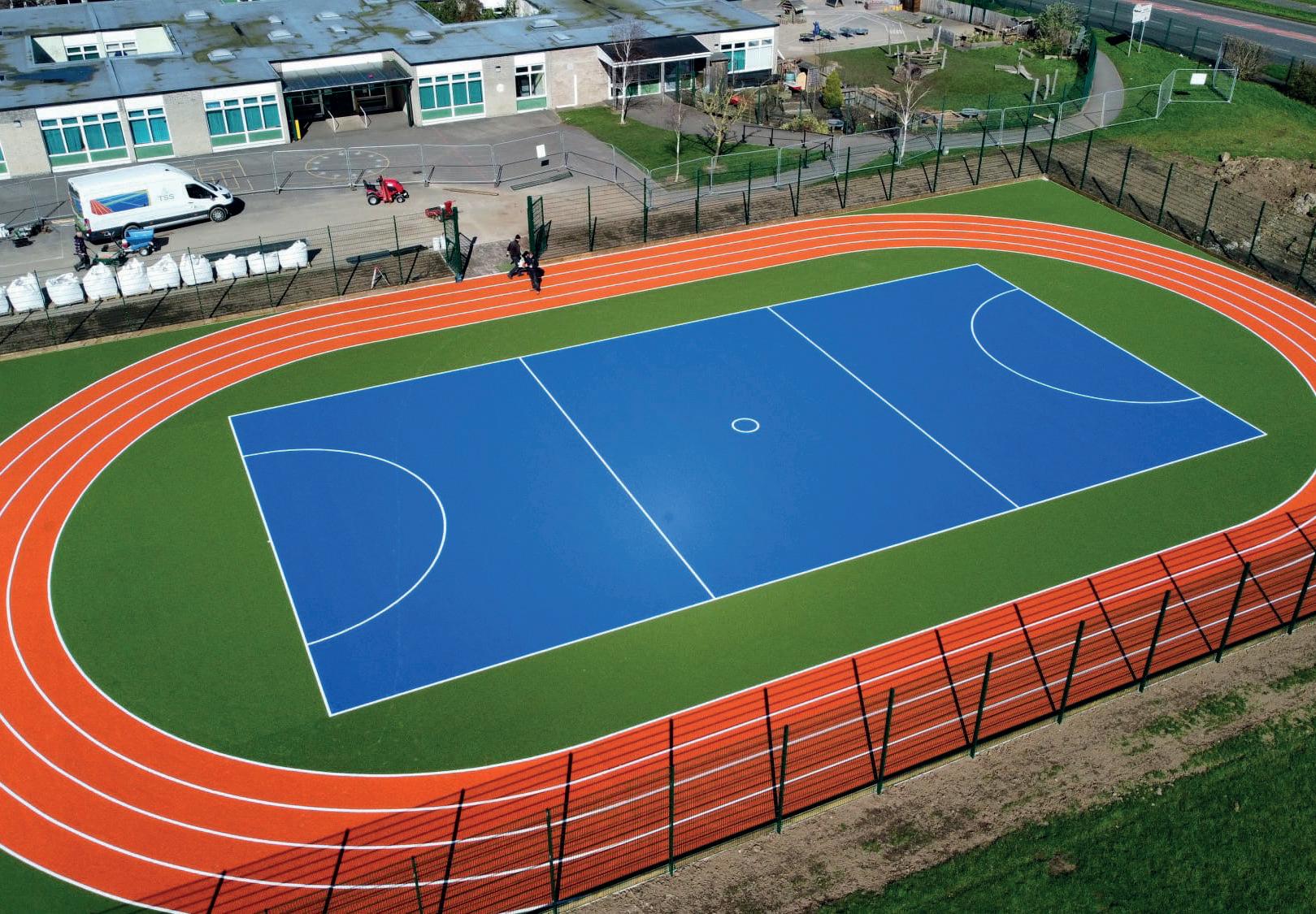
Over the past 15 years, having the opportunity to work with schools, Synthetic Turf Management has focused on delivering surfaces that are designed around physical education. We have done this by introducing tracks, grid systems and basic themes that incorporate warm ups, running, sprinting, hurdling, jumping and throwing. Even our early years foundation stage (EYFS) markings encourage children under five to develop basic movement skills.
Our “Educational Play in Colour” (EPIC) playgrounds transform a dull yard into a colourful, safe, fully inclusive, year-round space that does not limit children to just competitive team games.

The combination of tracks into MUGAs invites everyday playtime activities as well as including markings such at netball. Using our (EPIC) sand-dressed 18mm generic hockey surface with a pad system allows for athletics, tennis, netball, football and general multi-sport. The benefit is the soft but durable surface with nondirectional pile ensuring minimal ball deviation.
At Synthetic Turf Management, we understand sports facilities are not limited to green rectangles. With creativity teachers can introduce all children into athletics and sport at an early age. If you would like further information contact 01642 713555 info@stmworld.co.uk
LTA, the UK’s governing body for tennis, has announced a new fiveyear partnership with Barclays that aims to get 150,000 people playing tennis more regularly.
The collaboration forms part of LTA’s vision of breaking down barriers to access tennis and bridging grassroots tennis to local communities. The partnership will see three individual programmes being launched, each aiming to give people of all abilities, ages, and backgrounds a “welcoming and accessible opportunity” to play tennis in their local parks.
Barclays Free Park Tennis is the first of three initiatives the partnership will launch. Rolling out across the nation in 100 public parks by the end of 2024, free onehour volunteer-led tennis sessions will take place on weekends at public parks, allowing the public to enjoy the benefits of tennis.
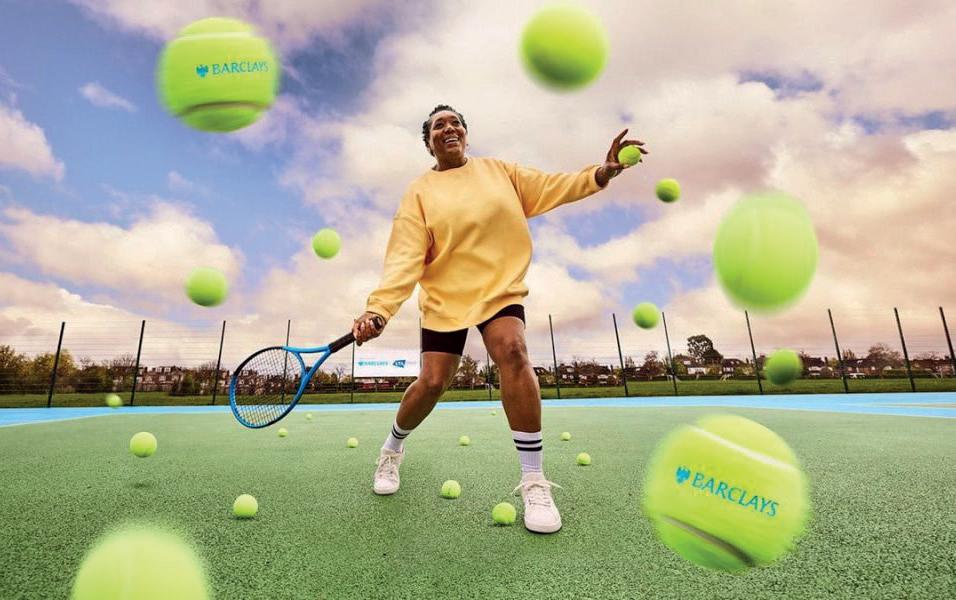
The partnership will result in three different initiatives
The sessions will be run by LTA-trained volunteers (Barclays Activators) from the local community – with all tennis equipment provided. So far, 175 volunteers have already received training for the role
Alongside Barclays Free Park Tennis, Barclays will also become the
lead partner of Barclays Big Tennis Weekends – free tennis open days hosted by park, club or community tennis venues throughout the year.
The third initiative, Barclays Local Tennis Leagues, will see friendly, mixed singles and doubles leagues being set up for adults at local parks.
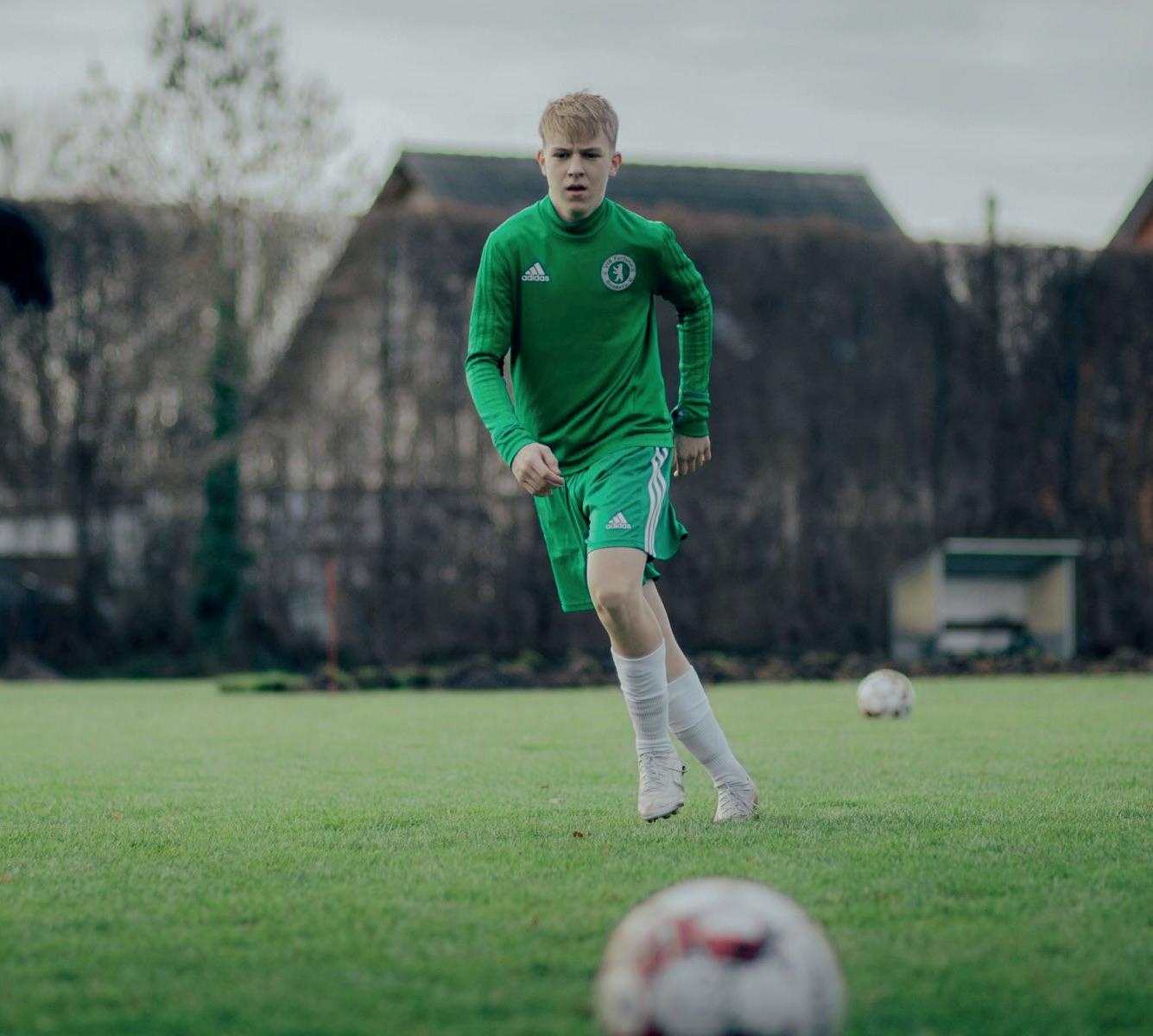
At least 926 publiclyowned pitches have been lost since 2010
Figures from trade union GMB show that almost 1,000 public football pitches have been lost in the UK since 2010. Data from a Freedom of Information request – made by GMB to local authorities in the UK and published at the union’s annual conference held this month – there are 846 fewer local authority-owned, or operated, football pitches in 2023 than there were in 2009-10.
In addition, councils said that a further 80 pitches had also been closed – meaning at least 926 pitches have gone. The worst-hit part of the UK was Scotland, which lost 271 pitches during the period. Other badly hit areas were Northern England and Wales.
Rachel Harrison, GMB National Secretary, said: “Losing almost 1,000 council football pitches could crush grass roots football in the UK.”
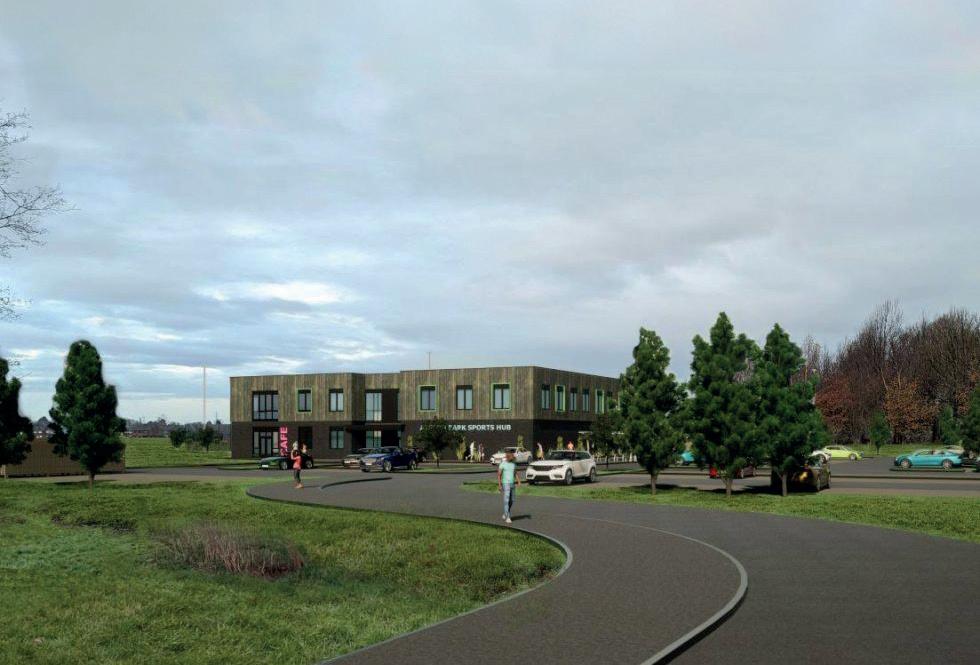
Approval has been given to a £9.7 million project which will see a new community sports facility being built in Preston.
The development will feature a two-storey, 1,395sq m sports hub complete with changing rooms, classrooms and a café, alongside six natural grass pitches and a 3G sports pitch.
The project will be funded by a £9.5 million contribution from the £20m of Levelling Up Funding, which was awarded to Preston City Council (PCC) in 2023, having pledged to create improved sports facilities as part of the local bid.
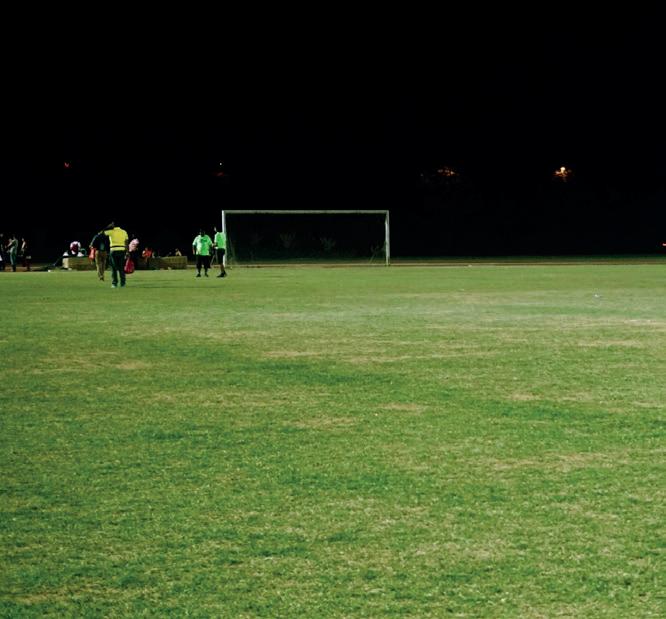
£300,000 will go towards supporting the installation of a new 3G pitch
The new facility is part of the city’s Active Preston project, designed to encourage more people in the city to participate in healthy activities and improve the wellbeing of Preston residents. It will enable thousands of young people year-round access to both natural and all-weather sport facilities and improve the local provision for playing grassroots sports.
Adrian Robinson, Director of Property at PCC, said: “This hub will deliver a range of services and improve the quality of life for local residents.”
The iconic Royal Lytham and St Annes Golf Club in Lancashire has been granted planning permission for remodelling works to allow the hosting of future championship tournaments.
The grant of permission paves the way for the R&A Open Championship gold competition – one of the four major championships for men’s golf – to return to the course, which will also be welcoming the AIG Women’s Open in 2026.
The remodelling works will include a new practice ground and practice tee; building of a new tee on the 14th hole; alterations to reroute the 11th fairway; and works to improve the road system to provide access around the course.
Karen Buckley, Leader of Fylde Council, said: “The remodelling of the Royal Lytham and St Annes Golf Course promises to anchor the club as a major economic asset to Fylde by ensuring its suitability to host prestigious championships for years to come.
Wealden District Council has pledged £1.5m to improve outdoor sports provision and secure community use at its educational facilities. At a recent council meeting, councillors agreed to provide £600,000 via an annual grant funding programme to improve playing pitches and outdoor sports facilities throughout
the district. The first round of the annual grant funding programme will be opened later this year (2024) and be available to local sports partners and organisations. Sports that could benefit from the funding programme include football, rugby union, tennis, cricket, lawn bowls, hockey, netball and stoolball.
Plans to transform an ageing leisure centre into a sports and wellbeing hub have been approved by members of Leeds City Council’s north and east plans panel.
Fearnville Leisure Centre in Gipton – which dates back to the 1980s – will now be replaced with a new facility built on part of King George V Playing Fields, the 28-acre green space where the current leisure centre is housed.
Facilities in the new hub will include a 25-metre main pool, learner pool and water splash pads, a 120-station gym, indoor cycling studio and family changing village.
Outdoor facilities will include a full-size synthetic grass pitch and the plans also include tree-planting and soft landscaping to increase the site’s biodiversity, with insects, birds and other wildlife giving people fresh opportunities to get in touch with nature. Work is expected to start on
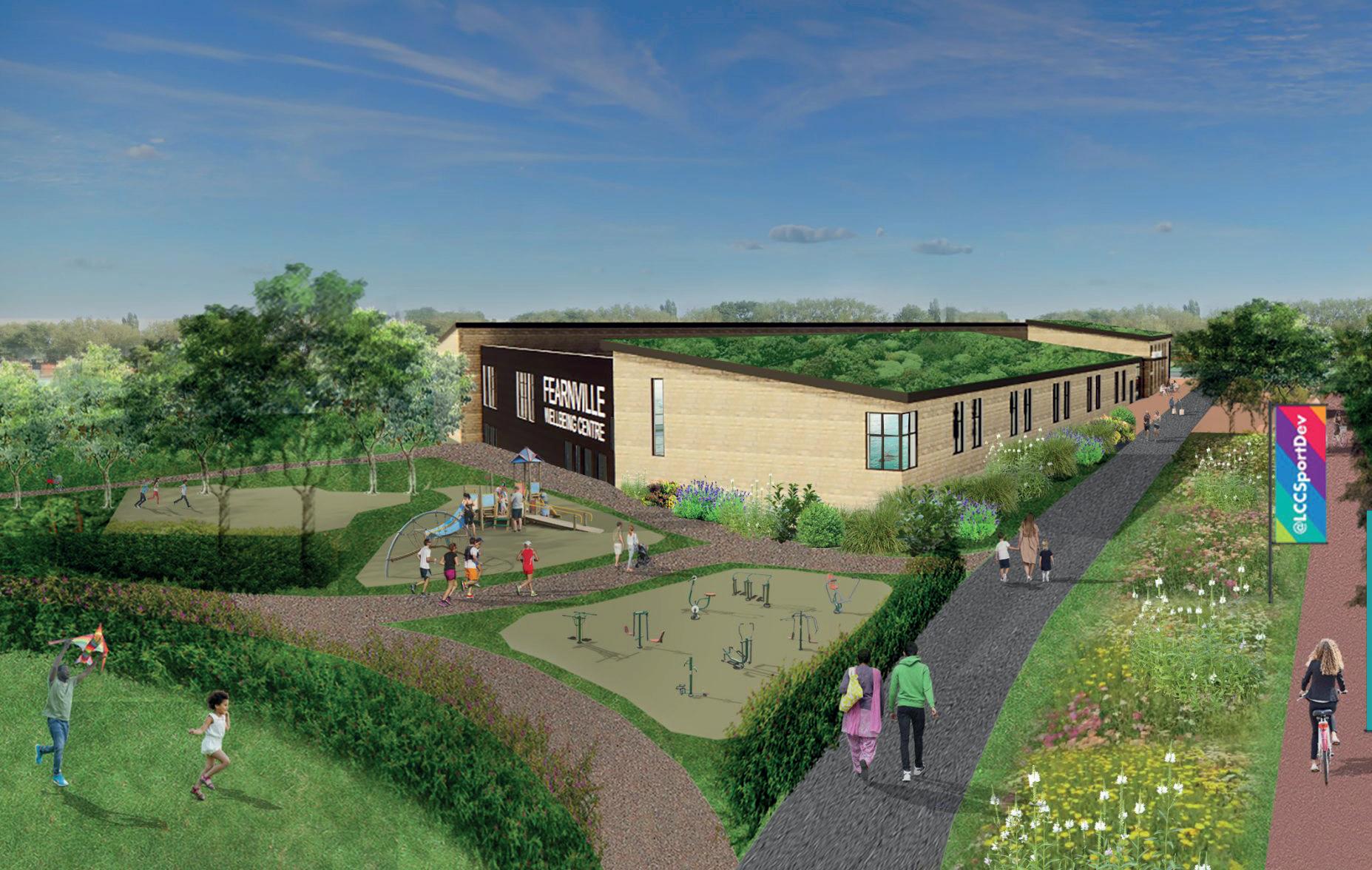
site early in the new year and take around 18 months to complete.
The existing centre will remain open for use while the new facility is built, before being demolished once construction is complete. Councillor Salma Arif, executive member for adult social care, active lifestyles
and culture, said: “This is an exciting step forward in the delivery of a brand new facility that will provide a significant boost to the health and wellbeing of people in east Leeds.
“The new centre will offer increased opportunities for sport as well as bringing social benefits.”
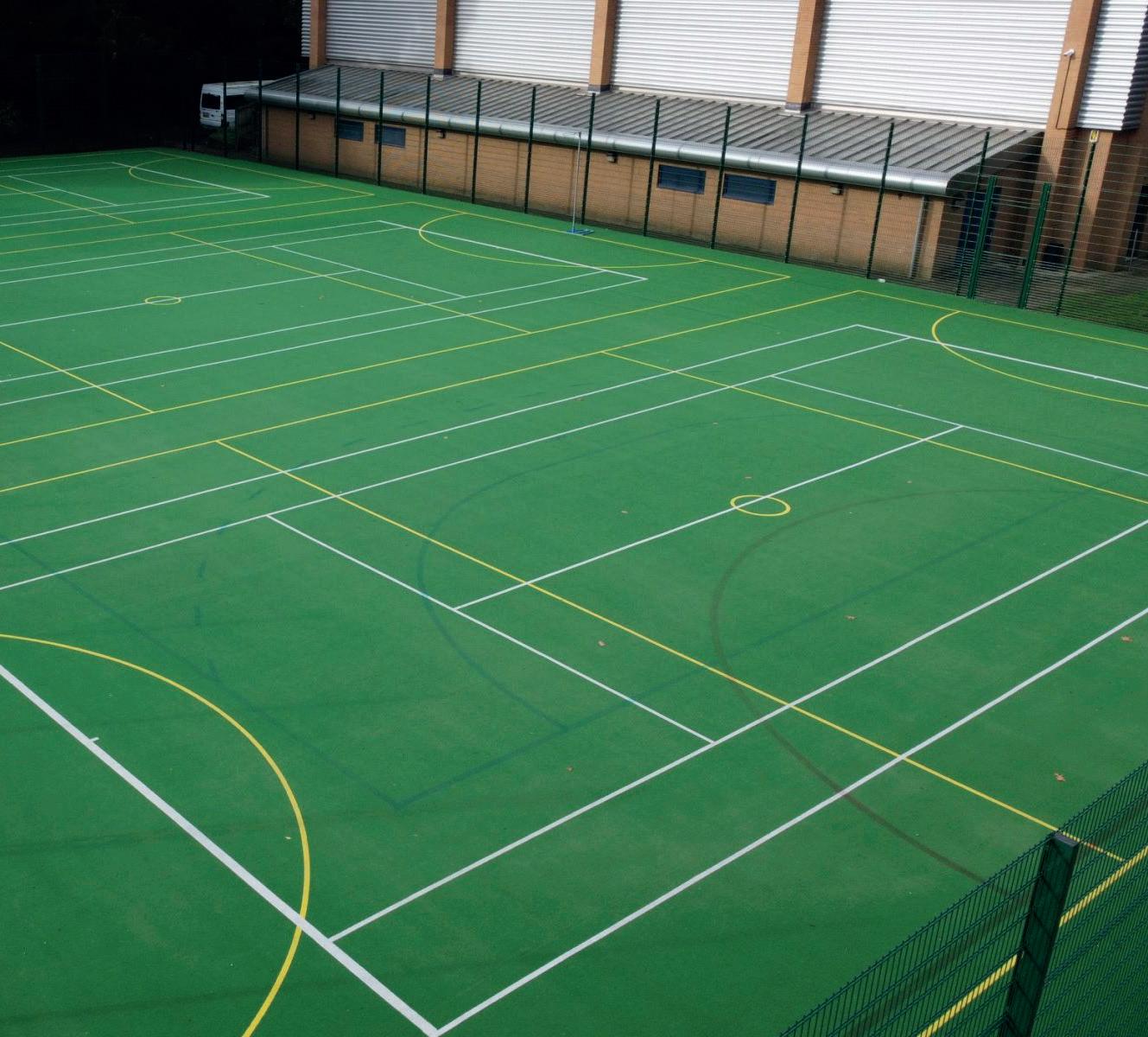
The King Edward VI Multi Academy Trust has undertaken a major redevelopment of its sports facilities. The school has a number of outdoor pitches – both grass and tarmac – and decided that the existing tarmac surface located next to the indoor facilities needed to be replaced.
The Trust wanted to take the opportunity to install a new surface that met the needs of the school and could be used for multiple sports.
SAPCA member, Blakedown Sport & Play, worked with the school to select a surface that offered the best combination of shock absorption, slip resistance, impact attenuation and rotation resistance and Playrite’s Matchplay 2 artificial grass was the preferred choice due to being a multi-use surface specifically designed to be used for multiple sports.
The AMNIS Series is the DarkSky accredited high-performance flood light designed to provide powerful illumination for sports grounds, while minimising light pollution and alleviating obtrusive light.
End-to-end project solutions
Bespoke control systems
Full lighting design service
DarkSky Accredited flood lights
Installation & maintenance packages

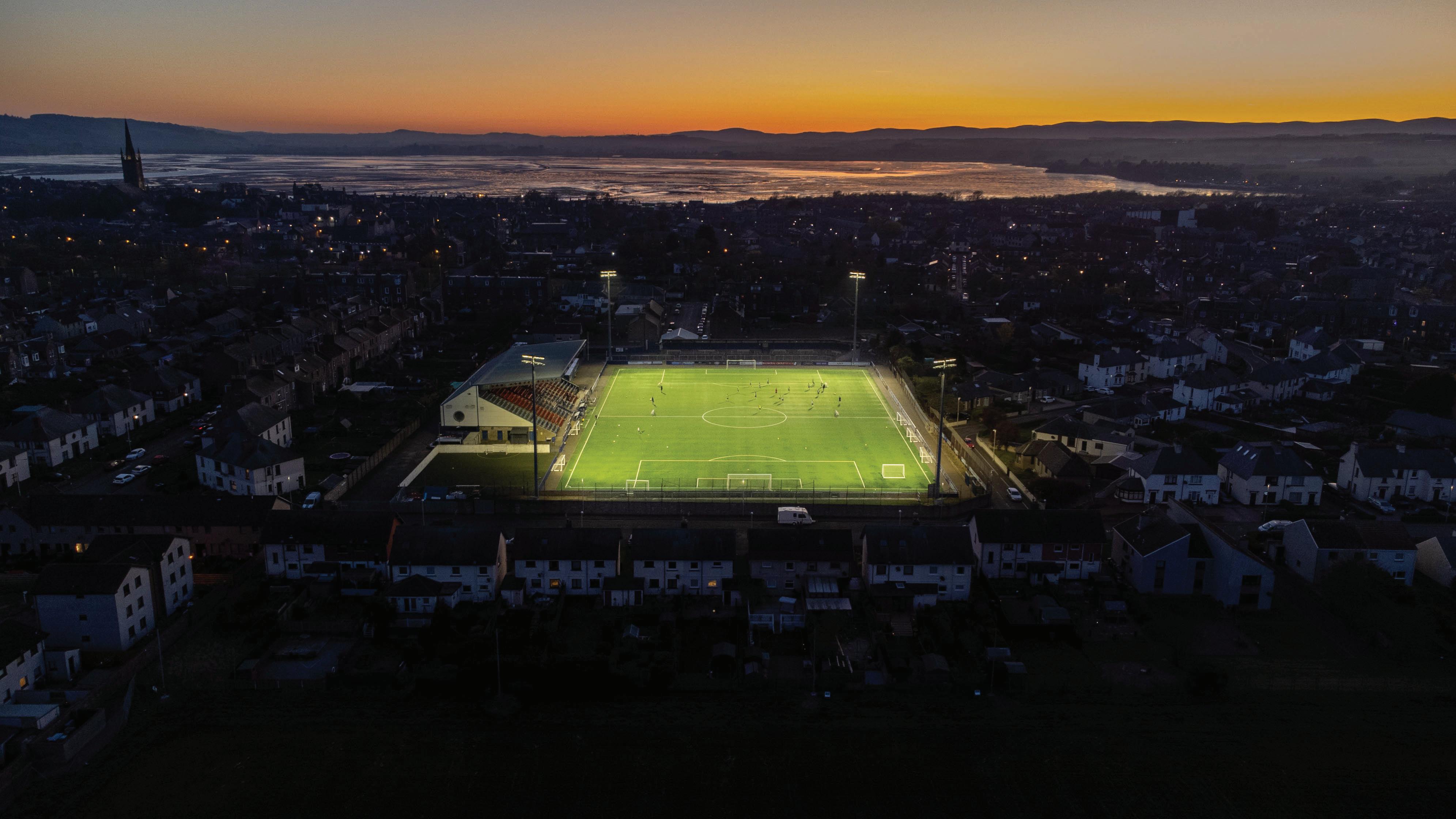
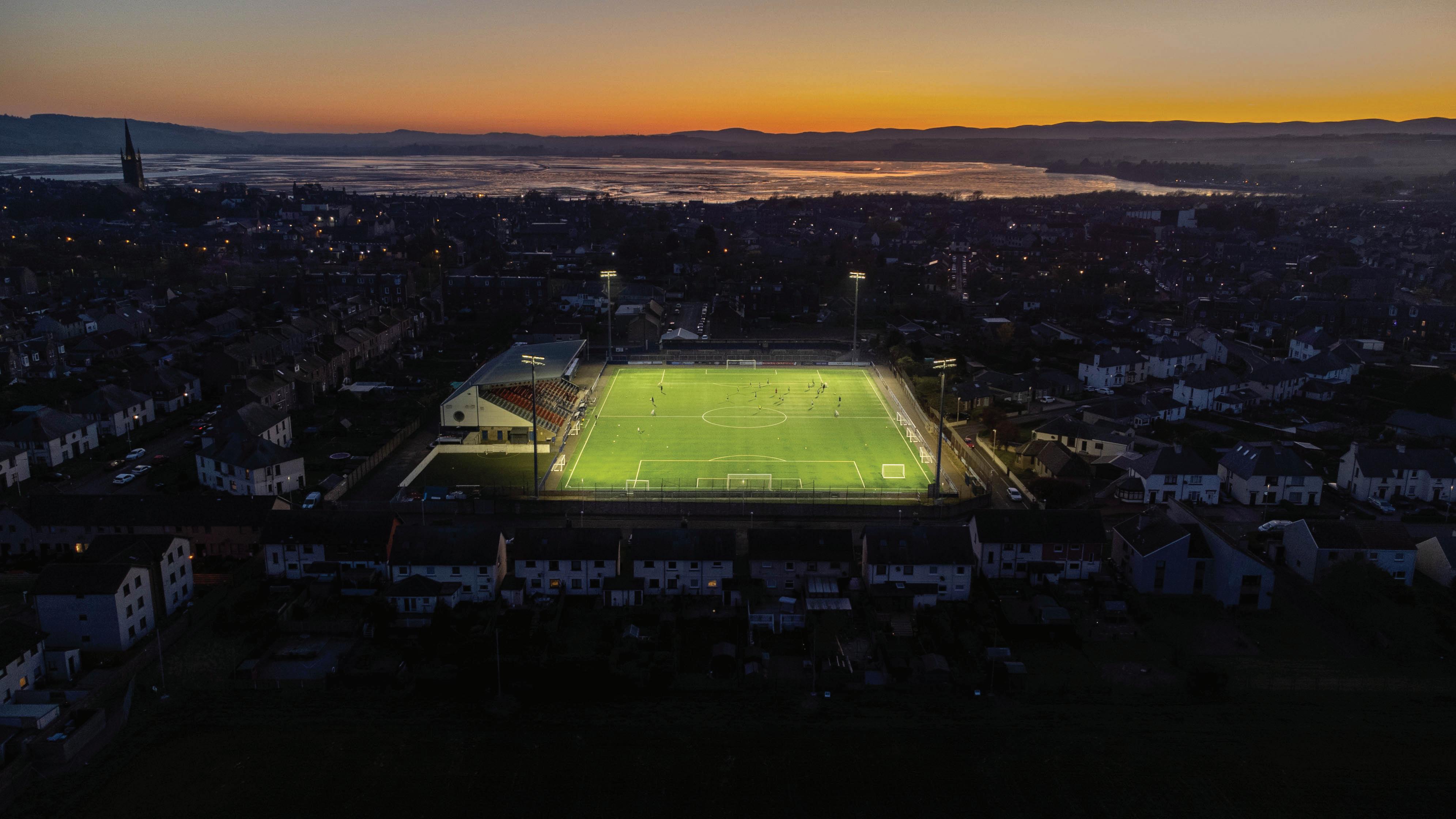
Sport England has committed £45 million to support grassroots sport tackle climate change.
The funding was announced as part of Sport England publishing its first-ever environmental sustainability strategy, Every Move. The £45 million investment will be used to restore flooded sports pitches and help sports clubs become sustainable.
Additionally, Sport England said it would use the investment to “help more people get active in nature”.
The announcement comes as new research, which forms part of Sport England’s latest Activity Check-in report, reveals that three in five adults and children (60%) say extreme weather has had a negative impact on their ability to be active.
Another survey, on 186 football clubs, showed that 92% of clubs experienced match cancellations due to adverse weather and poor quality grass pitches in 2023-24.

The £45m investment will be used to help sports clubs become sustainable
Sport England chair, Chris Boardman, said: “There is no doubt that our changing climate is already impacting our opportunities, motivation and ability to be active.
“Extreme weather is increasingly making it difficult for us to live healthy, active lives by creating a
‘doom loop’ where people become less motivated and more fearful of injury, with sporting opportunities increasingly cancelled and disrupted.
“The FA says 120,000 games will be lost each year. A third of community pitches are already unplayable for two months each year.”

ServiceSport has secured a contract to inspect, service and maintain physical education and fitness equipment across 106 public prisons in England and Wales.
The contract, awarded by the Ministry of Justice, will see ServiceSport conducting annual inspections of physical training equipment in addition to carrying out any necessary repairs and maintenance across the prison network.
“Our approach to maintaining gym equipment goes beyond mere repairs and maintenance; it is rooted in a commitment to ensuring the longevity, safety, and performance of the equipment,”ServiceSport said.
“By conducting inspections, addressing any issues promptly and implementing preventive maintenance strategies, we will uphold the integrity of prison gyms.”

Training and qualifications specialist, Active IQ, has announced the launch of four new technical qualifications with approved funding from the Department for Education (DfE).
The new courses are:
• Level 3 Technical Occupational Entry in Personal Training
• Level 3 Technical Specialist in Sports Massage Therapy
• Level 3 Technical Specialist in Optimising Training for the Ageing Client
• Level 3 Technical Specialist in Adapting Physical Activity for Antenatal and Postnatal Clients.

According to Active IQ, an Ofqual-recognised awarding organisation for the physical activity sector, the development of the qualifications is “crucial for addressing growing needs within the industry” and the changing profile of the population. Government figures show that the number of people aged 60 or over is expected to pass the 20 million mark by 2030. At the same time, recent statistics show that 64% of pregnant women or women with children under one year have experienced nervousness or anxiety related to physical activity.
A newly launched rowing programme within state schools across Bristol will create opportunities for children who may not have previously had the chance to take part in the sport.
Active Row Bristol will look to engage with young people from diverse and disadvantaged backgrounds or those with disabilities, helping them build fitness and life skills through the sport of rowing, both indoor and on water.
Active Row is the primary participation programme of London Youth Rowing (LYR), which is looking to run the campaign in areas across the country.
The launch of Active Row in Bristol has been made possible due to a three-year funding partnership with Henley Royal Regatta Charitable Trust and British Rowing.
Originating in London, Active Row combines both indoor and on-water rowing, with a firm focus on improving inclusivity.
CoverMe Fitness has partnered with IDEA Health & Fitness Association to provide its range of fitness solutions to the US market.
The CoverMe app, which is already used by operators in the UK –including Virgin Active, Fitness First, Lift Brands and Serco – recently launched in Australia and made its
US debut at the 2024 IDEA World Convention. The app connects fitness professionals – from group fitness instructors and sports coaches to swim instructors – with venues and operators. It has been designed to allow fitness professionals to boost their profiles, expand their networks and increase their earnings.

How an indoor cricket facility, supplied by Copri Systems, is changing lives and strengthening communities
We know that sport has the power to promote positive social change and the cultural impact of cricket is significant in its ability to transcend ethnic boundaries. With a renewed focus on equity, diversity and inclusion within the sport, Copri Systems is really excited to be working with clubs at grassroots level that are investing in their facilities as part of a vision to demonstrate how cricket can engage more people, increase participation and build a community. Having indoor facilities available gives clubs the opportunity to offer a programme of cricket throughout the year. This continuity not only helps to nurture talent in the offseason but also helps to nurture the sense of

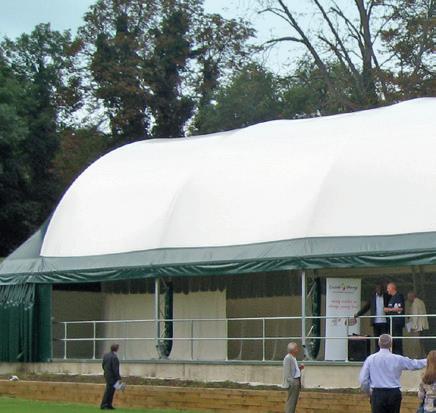
belonging that is integral to any community.
Exactly 15 years ago, we designed and installed an indoor cricket nets facility for The Change Foundation, a charitable organisation whose mission is to improve the lives of marginalised young people through the power of sport. Last month, we went back to see how it is looking and find out more about how its usage has evolved.
Originally, the charity used street cricket as a tool to promote peace and cohesion in the local community and what followed were several initiatives that supported the unemployed, young offenders, visually impaired and those with special needs.

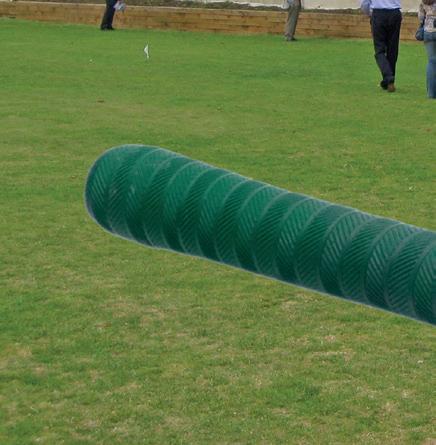

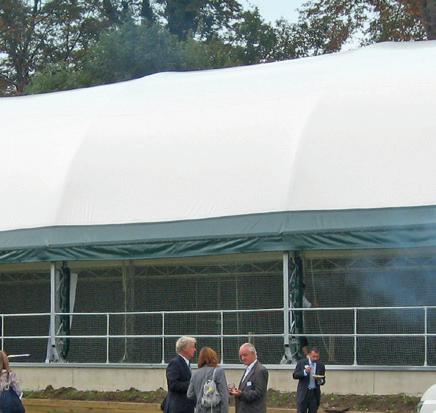
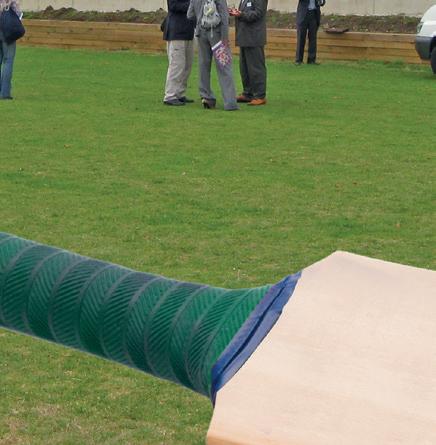


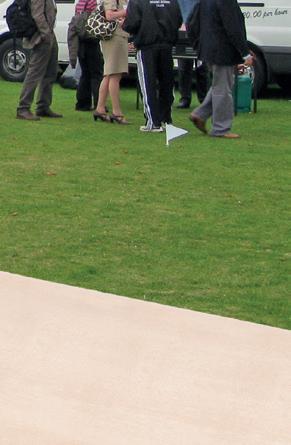

The cricket centre is the hub of this charity and the indoor facility was intended to open up their agenda so they could launch a Refugee Cricket Project, which engages children seeking asylum by giving them the chance to develop their cricket skills and meet their friends in a safe environment. This space also allows coaches and professionals to deliver mentorship and support regarding welfare issues and asylum claims.


The refugee project continues to thrive, as does the facility, and since it opened, it has become a multi-sport venue, introducing walking netball, intergenerational table tennis, dance and parasport to the broader local community.
It has become a central venue for the Girls Win programme, which uses sport as a way to empower young women and girls living




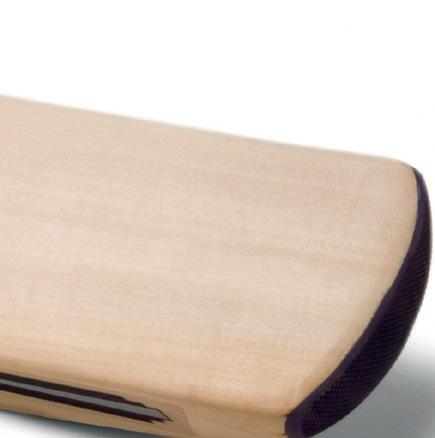



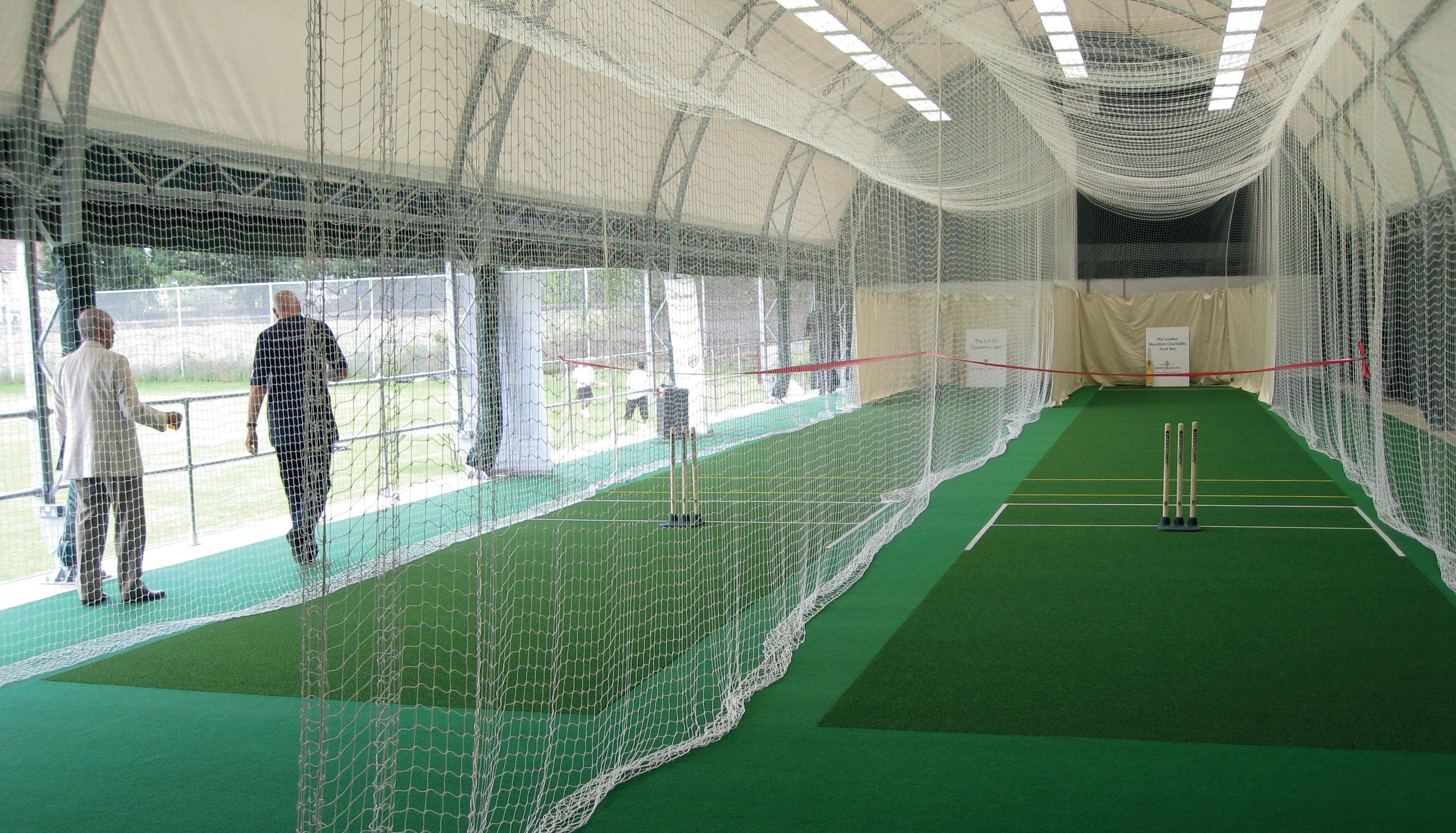


with a disability. The facility is a safe space and comfortable environment in which they can build lasting friendships and improve their physical and mental health.
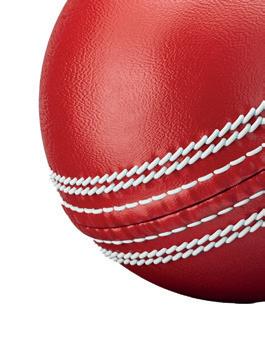
The charity also uses the indoor venue as a learning space for training their volunteers how to teach sport to the visually impaired and there are plans afoot to start a programme of wheelchair sport.
Local cricket clubs and coaches get to use it too as an extension of their own facilities, allowing them to train at any time when bad weather and poor light might otherwise limit their options. Schools in the area have been able to expand their programme of physical activity by offering pupils an alternative venue that is in great condition, unlike many of the concrete spaces available to them outside the classroom.
We are so impressed with the impact this indoor cricket facility has had on the community and even more impressed with the way in which The Change Foundation has been looking after it. All it has taken is a deep clean of the fabric every few years to remove any build-up of dirt and a bit of respect when using the retractable curtains or pulling back the nets and it looks like it’s got at least another good 15 years ahead.
The recent government announcement that £35m is to be invested in grassroots cricket,


to increase the opportunity for children from state schools and those with special educational needs to play, is a huge step forward in making the sport more inclusive. Much like the facility we built for The Change Foundation, the 16 new indoor cricket domes that have been proposed will help to connect communities and therefore have a positive impact on the mental and physical wellbeing of so many. Cricket has a unique ability to reach people from all walks of society and we’re excited to be involved in the provision of indoor facilities that will help to build a more cohesive community all round.
For more information
Email: sales@coprisystems.com
Tel: 01380 830 697
Swim England chief executive, Andy Salmon, has outlined how swimming can help the new Labour government deliver on some of its key policy missions.
Salmon said swimming should be at the heart of a push towards a preventative health care system – while also improving the UK’s productivity levels through improving the health of those in work.
Speaking following Labour’s victory in the General Election, Salmon said: “The Labour manifesto stated: ‘Prevention will always be better, and cheaper, than a cure – and we must take preventative public health measures to tackle the biggest killers and support people to live longer, healthier lives’.
“We at Swim England agree and are eager to collaborate on the agenda to improve public health and deliver economic growth.
“We believe that swimming is
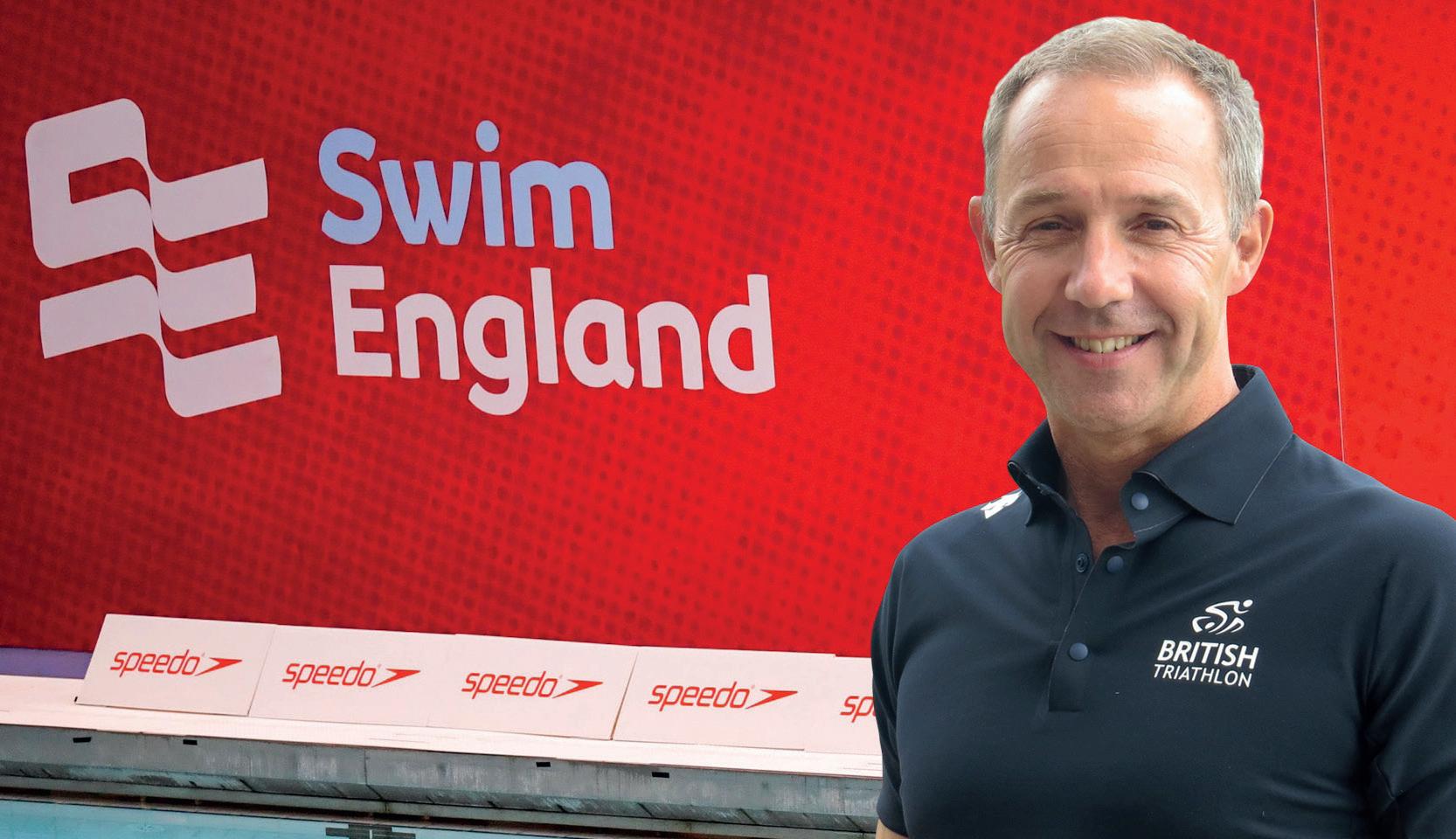
Salmon says swimming prevents almost 80,000 cases of ill health annually
integral to this mission, playing a pivotal role in reducing productivity loss through ill health and building a healthier future. “Our Value of Swimming report showed that swimming prevents almost 80,000 cases of ill health annually and has the potential to do so much more.
“We know that swimming is much more than just a sport – it is a powerful preventive healthcare tool. Regular swimming can help prevent and manage a wide range of health conditions, including obesity, cardiovascular disease and mental health disorders.”

West Suffolk Council (WSC) and Suffolk County Council (SCC) are leading a project to invest £4m in new sports facilities in Newmarket.
Proposals for a piece of land owned by SCC at the rear of the former St Felix Middle School site would create a hub for sporting activity in the community.
While exact plans have not been finalised, the project would include facilities such as new badminton and basketball courts, space for gymnastics and other sports – as well as community facilities.
These would be in addition to the building of two new, floodlit tennis courts on the St Felix site which have already been agreed – replacing tennis facilities that were lost when the school site closed in 2012.
Under the proposal, each council would plan to contribute £2 million towards the scheme.



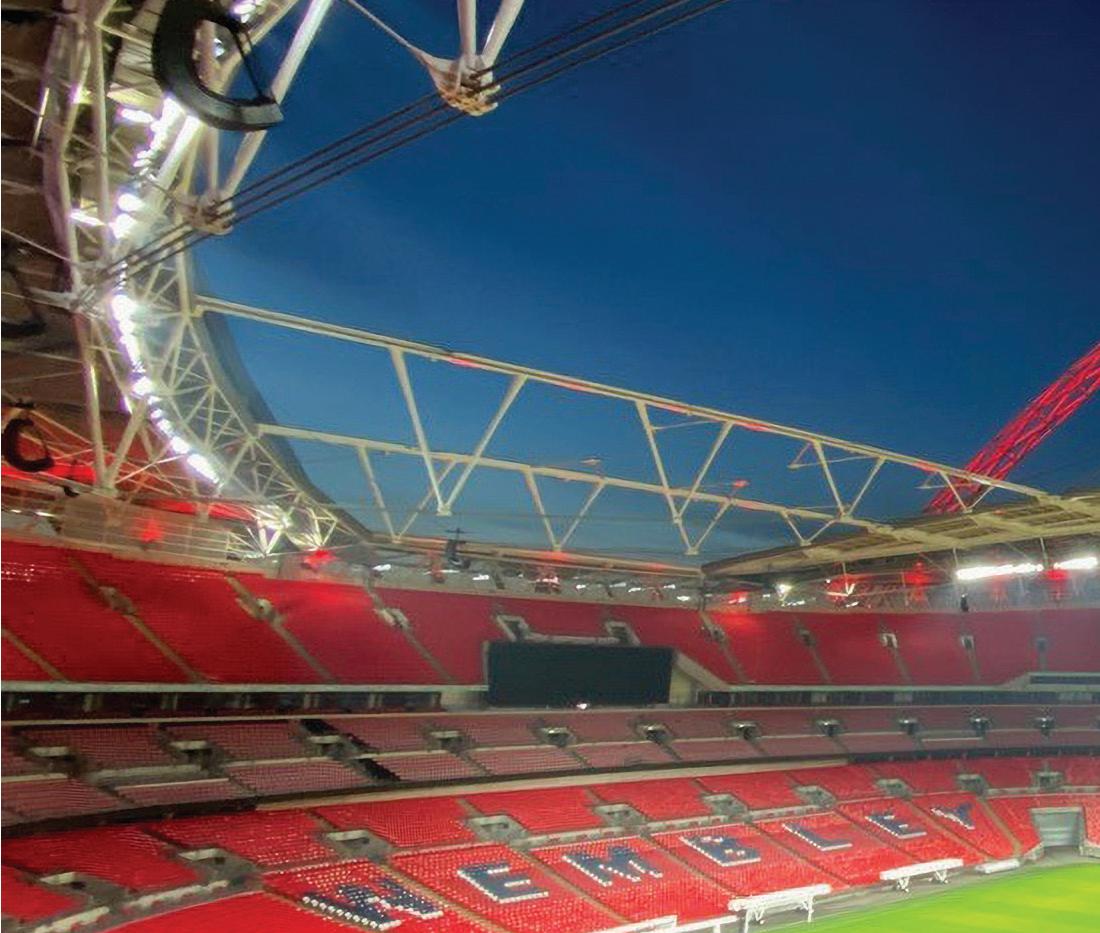

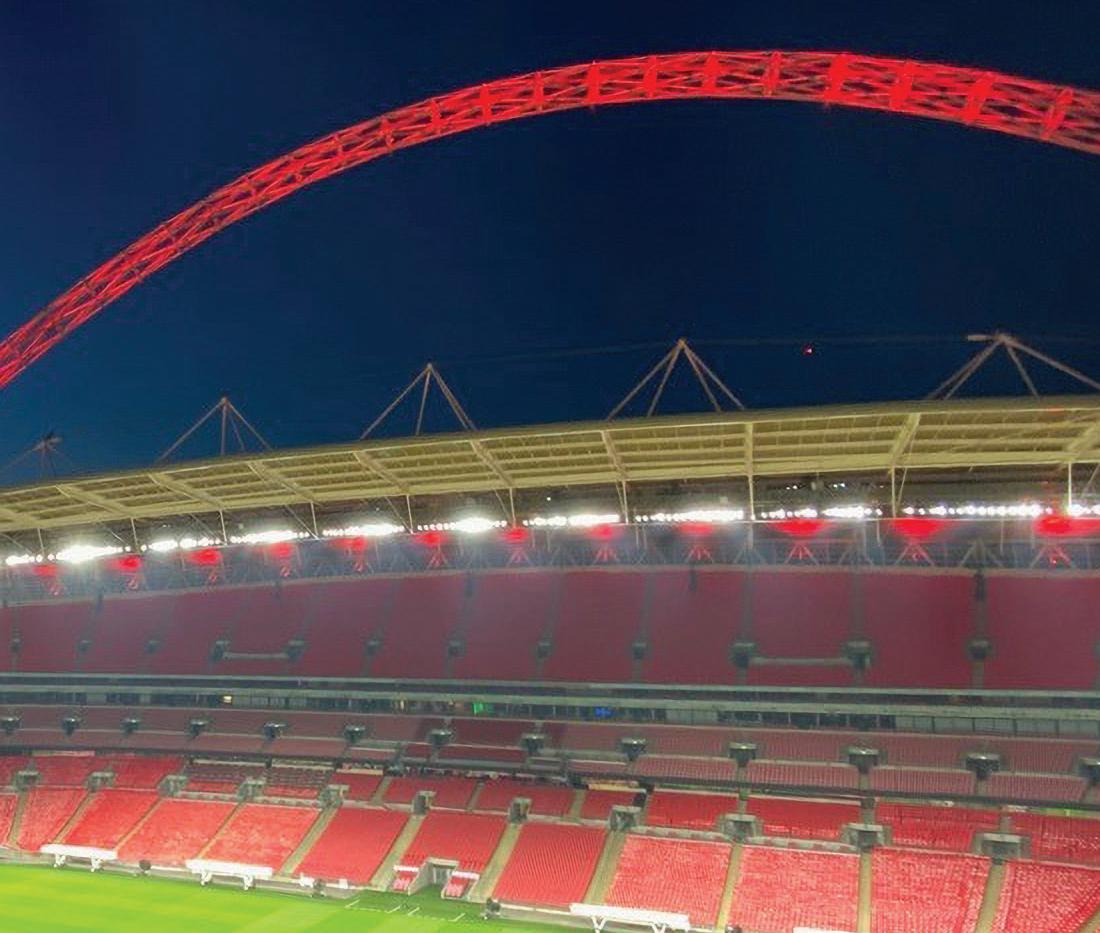




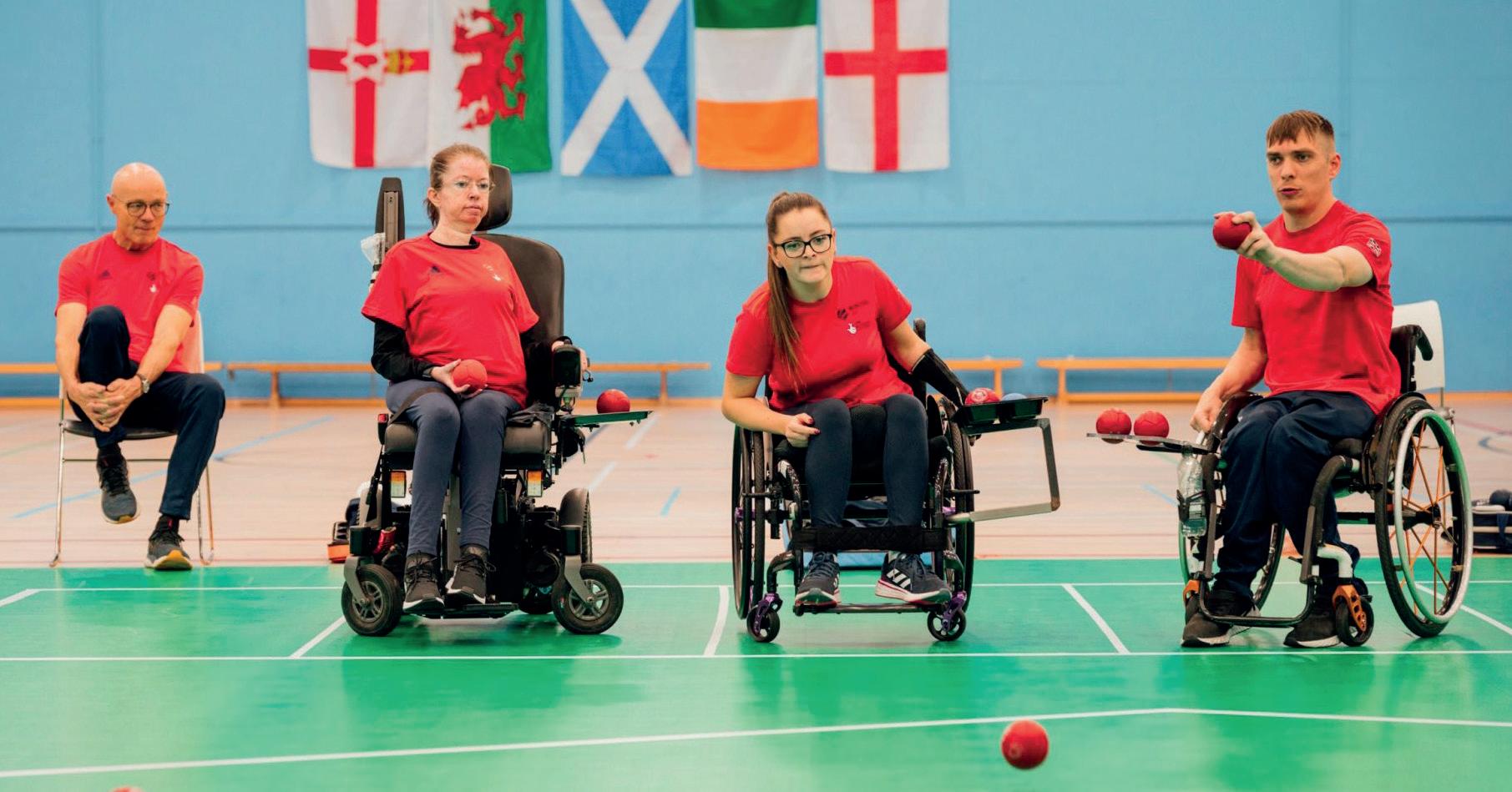
In anticipation of the 2024 World Cups, Boccia UK has made a strategic decision to enhance their training and competition venue with Taraflex Evolution sports flooring, supplied by SAPCA member, Gerflor. Initially designed for athletes with cerebral palsy, Boccia now offers people with various disabilities the opportunity to compete, with over 54,000 people playing in England alone.
By securing Gerflor’s elite performance sports flooring for their training camps in Glasgow, Boccia UK athletes can train on the same high-

Organisations
quality surfaces they will compete on globally in 2024.
This consistency is crucial for athletes to perform at their best, as it allows them to become accustomed to the playing surface, reducing the potential for surprises during competition and enhancing their overall preparedness for the challenges ahead.
The collaboration underscores the commitment to providing athletes with toptier facilities that mirror the conditions of the world’s most prestigious tournaments.
Sport NI has launched an online mental health and wellbeing awareness course for the sports sector.
The new course, available through Sport NI’s Digital Learning Hub, provides sporting clubs and organisations with an introduction to mental health and wellbeing. It will equip those working or volunteering in sport with some of the skills needed to spot the signs and symptoms to look out for and how to support people.
Richard Archibald, Sport NI Interim CEO, said: “We are encouraging the sports sector to prioritise mental health and wellbeing. At Sport NI we are committed to building a positive and inclusive sporting system which recognises the importance of mental health and wellbeing at all levels of sport. Sports clubs are at the very heart of our communities, and we are all aware that sport and physical activity can have a powerful and positive effect on mental health.”
More than 70 organisations from across the sport and physical activity sector have committed to becoming greener by signing Sport England’s Going for Green pledge. Every signatory of the pledge agrees to:
• reducing energy and water usage
• champion active travel
• reducing single use plastics
• recycling waste and increase the reuse of sports equipment and kit
• boost activity to nurture nature and wildlife.
The sports body is now urging every sports organisation in the UK to sign the pledge and commit to finding new ways to become greener in their work.

Richard Shaw Chief Executive SAPCA
The New Zealand All Blacks have a mantra to ‘Leave the jersey in a better place than when you picked it up’. The idea behind it that each player is a custodian of the shirt, not an owner. It recognises that each player is connected to the players that played before them and connects to the history of the shirt – but also the responsibility to be a role model for future generations.
In June, members of the SAPCA Social Value Working Group spoke to an expert in the field, who described their view of social value as “being a good ancestor”. It is that which triggered the All Blacks’ example in my mind.
The Greeks offer us a gentler way of expressing the same sentiment: “a society grows great when old men plant trees in whose shade they shall never sit”.
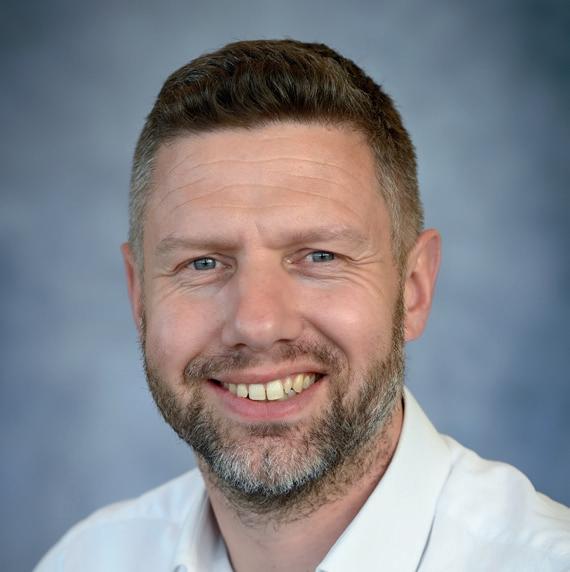

A lot is made of the growth of social value across the sports industry. My question is whether we could feel more connected to social value on an emotional level if we viewed it in terms of our place in history – as the current custodians of the industry. I say this because we already know that an emotional connection with an idea is far more powerful than one provided by logic-based reasoning.
In the coming months, SAPCA hopes to create tools to help capture and demonstrate the work that our members do around social value, as well as provide the data to back up claims on return on investment and net benefits. We
In the coming months, SAPCA hopes to create tools to help capture and demonstrate the work that our members do around social value
hope that this work will support members and show our industry as the force for good that we know it to be. By highlighting the real impact our members have on communities – through the facilities they create – it might even create those all-important emotional connections.













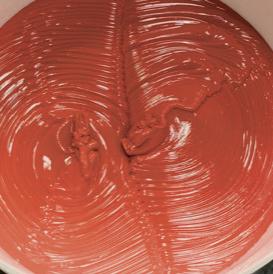






Coloured, two part adhesives for artificial grass tennis courts



Huw Edwards CEO ukactive
The World Health Organization has warned that 1.8 billion people are at risk of diseases such as cancer, stroke, dementia and diabetes due to a lack of physical activity. In the UK, it reports that one in five adults are classed as inactive, getting less than 30 minutes of exercise a week.
Considering we face a national health crisis, why was there no mention of this from our political leaders during the election campaign?
The Institute for Fiscal Studies (IFS) questioned the plans of both main political parties following the analysis of their manifestos, querying how the urgent changes to our public services can be delivered within existing fiscal constraints. Both parties claimed they could generate economic growth if elected, however, we do know that for growth to be achieved, we need a healthy workforce. There can be no growth without health.
Previous governments have taken a short-term focus, and it is about time prevention is viewed as the cure, rather than waiting until people’s health conditions decline so much that they are left with no other choice than to get to the hospital.
This is exactly what the nation wants to see from this new Labour government. Our new survey shows that 85% of adults in the UK want the new Government to invest in long-term, lifestyle-focused solutions for the prevention of obesity and health conditions, rather than spending more on weight-loss drugs. People are wary of quick fixes and those over 55 know this better than anyone, with 93% of this cohort favouring a long-term solution.
What the incoming Labour Government needs to realise is that physical activity is an essential part of any strategy for health and growth. Physical activity has been proven to prevent more than 20 chronic conditions, including type

As Sir Keir Starmer takes the keys to Number 10, he has the chance to reduce our health inequalities
2 diabetes, obesity, heart disease, many types of cancer, musculoskeletal conditions, depression, anxiety, and dementia – generating more than £5.2 billion in healthcare savings a year.
As Sir Keir Starmer takes the keys to Number 10, he has the chance to reduce our health inequalities, support the growth of the economy by getting people back into work, and help relieve the extreme pressures on the NHS. Finding ways to support the nation to be more active is essential.
We have more than 7,000 gyms, pools and leisure centres across the UK and they are ready to do so much more if given the opportunity to grow their services and programmes. In Ireland the Government has already introduced permanent reductions in VAT for physical activity services and this resulted in a significant increase in physical activity levels.
Our survey also found that 61% of people, given the choice by their doctor, would prefer to receive treatment or support for a health condition or injury in a gym, leisure centre or pool over a hospital. These facilities are already running successful programmes and pilots for many health conditions, including cancer rehabilitation, chronic obstructive pulmonary disease and musculoskeletal conditions such as back pain. We need a government with the vision and willpower to help scale these pilots and programmes and support our sector to tackle these issues nationally.
The nation wants long-term health solutions that work and for this new Sir Keir Starmer Government there’s no time to waste.

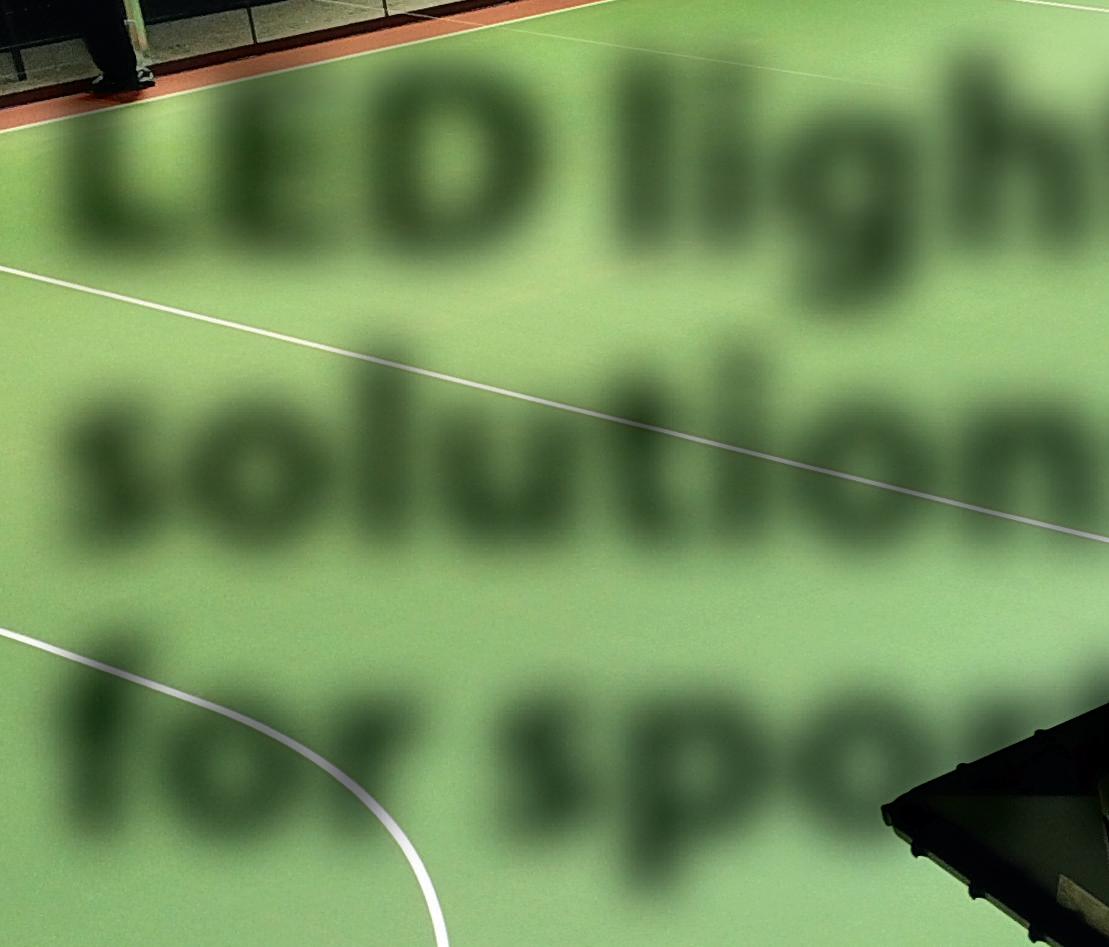

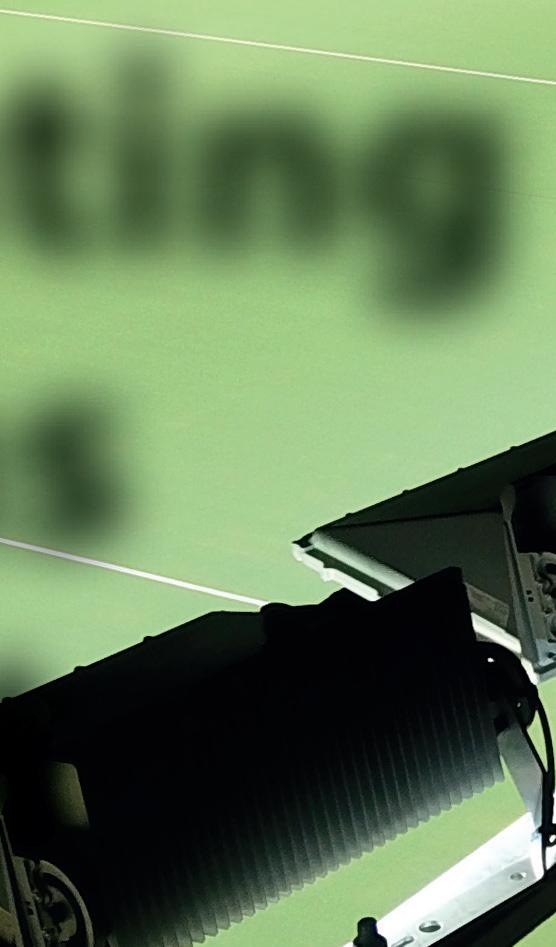

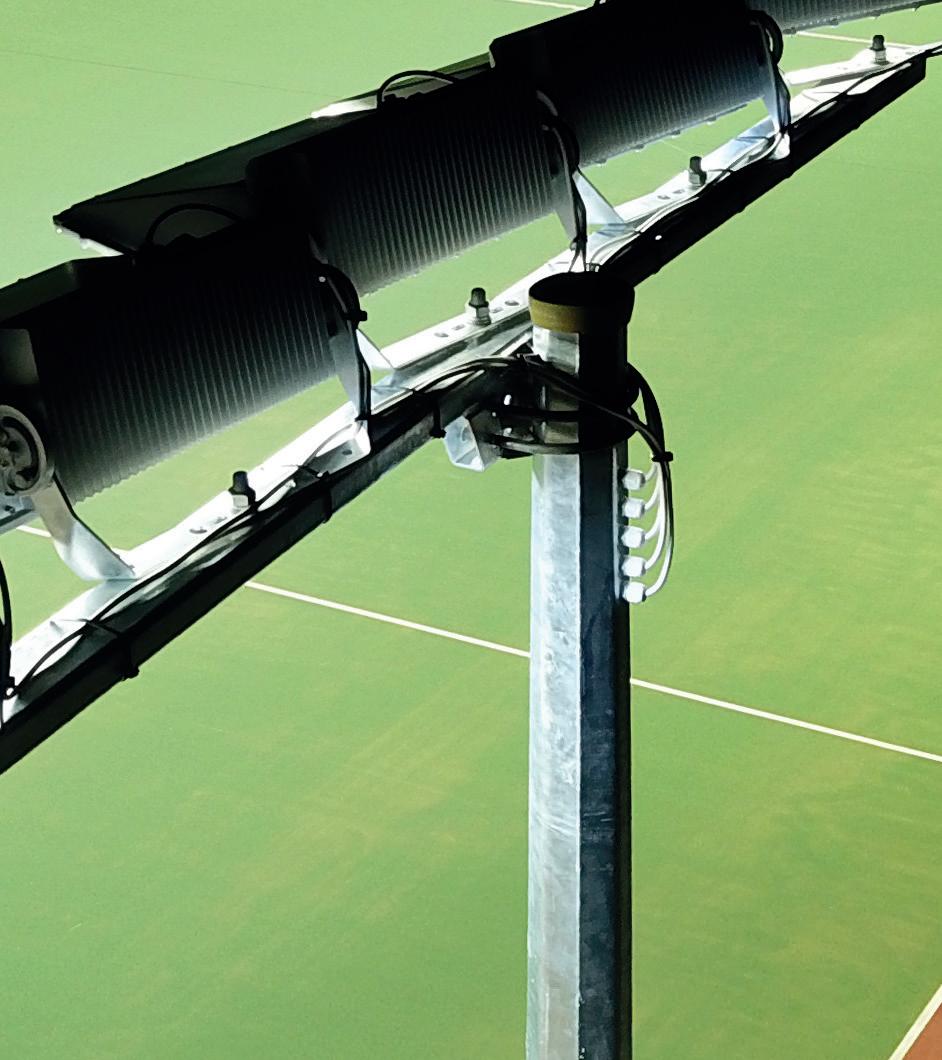


by Schmitz Foam Products
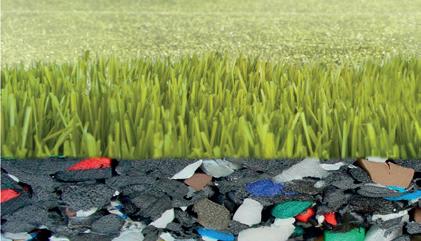


Adam Blaze CEO Activity Alliance
Our Annual Survey plays such an important role in our work and as we increasingly hear, in partners’ work too. To truly inspire change, we need to understand disabled people’s experiences of, and views on, the opportunities that exist or should exist to improve activity levels. That is exactly what this trailblazing survey does.
While it is positive that the latest report shows that the number of disabled people being active is stable, there is a lot of work to be done to ensure we significantly increase this number. The reality is that there remains a long way to go before we can call our society fair and equal. The report found that only 43% of disabled people feel they have the chance to be as active as they desire, with disabled women more likely to feel the disparity in perceived opportunity compared to disabled men (39% vs 48%).
Another finding was that disabled people are most likely to say they prefer being active in outdoor spaces, but worryingly only 44% of disabled people say it’s easy for them to physically access outdoor spaces.


To truly make a difference we need to ensure that we take note of, and understand, the barriers that disabled people face every day
This report highlights the stark differences in some areas between disabled and nondisabled people. Disabled people remain the least active in every community. This shows that deep-rooted barriers exist, and for this to change we all must work together. The fight for fairness is everyone’s responsibility. From those who work in sport, physical activity, education and health through to policy makers. We need to unite to raise awareness and champion disabled people in everything we do.
We have made some suggestions in our manifesto to any future government for how they can help us combat these issues. The three asks within the manifesto cover benefits, health and care workers and outdoor spaces – three areas explored in this report.
We are here to help, and our expert team can support in many ways.
In Paralympic year, I want to call upon leaders and providers to read this report and take a moment to analyse the changes they can make. To truly make a difference we need to ensure that we take note of, and understand, the barriers that disabled people face every day on a grassroots level.
It is time we doubled our efforts to break down barriers to sport and physical activity for disabled people. From the playground to podium, nobody should feel left out or forgotten. Inclusion and accessibility benefit everyone.”




EUROPE’S PREMIER GROUNDS MANAGEMENT SHOW
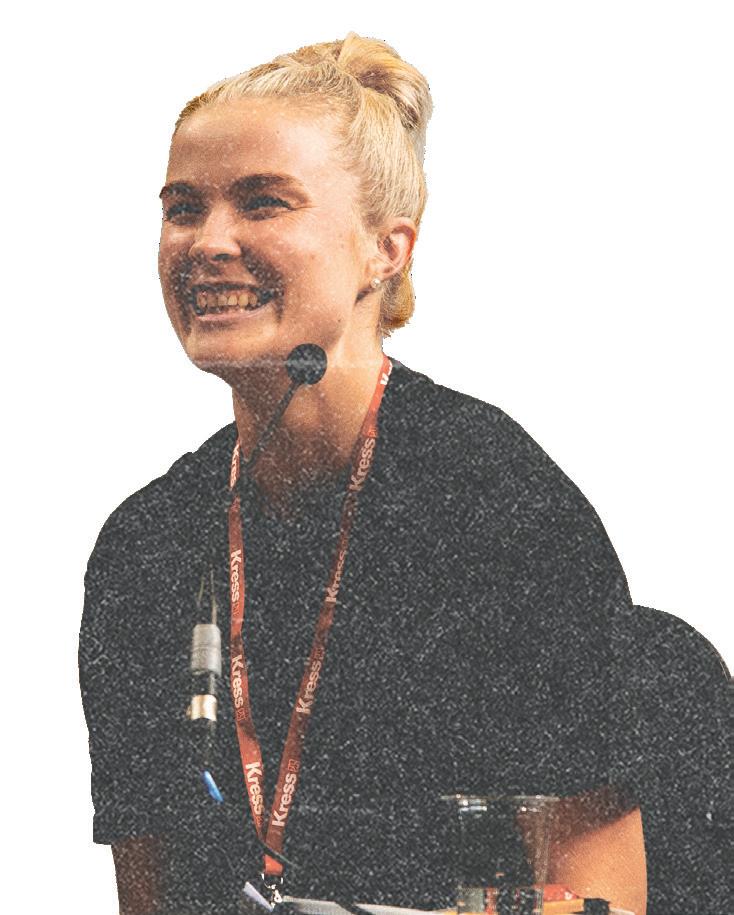
JOIN THE WAITING LIST

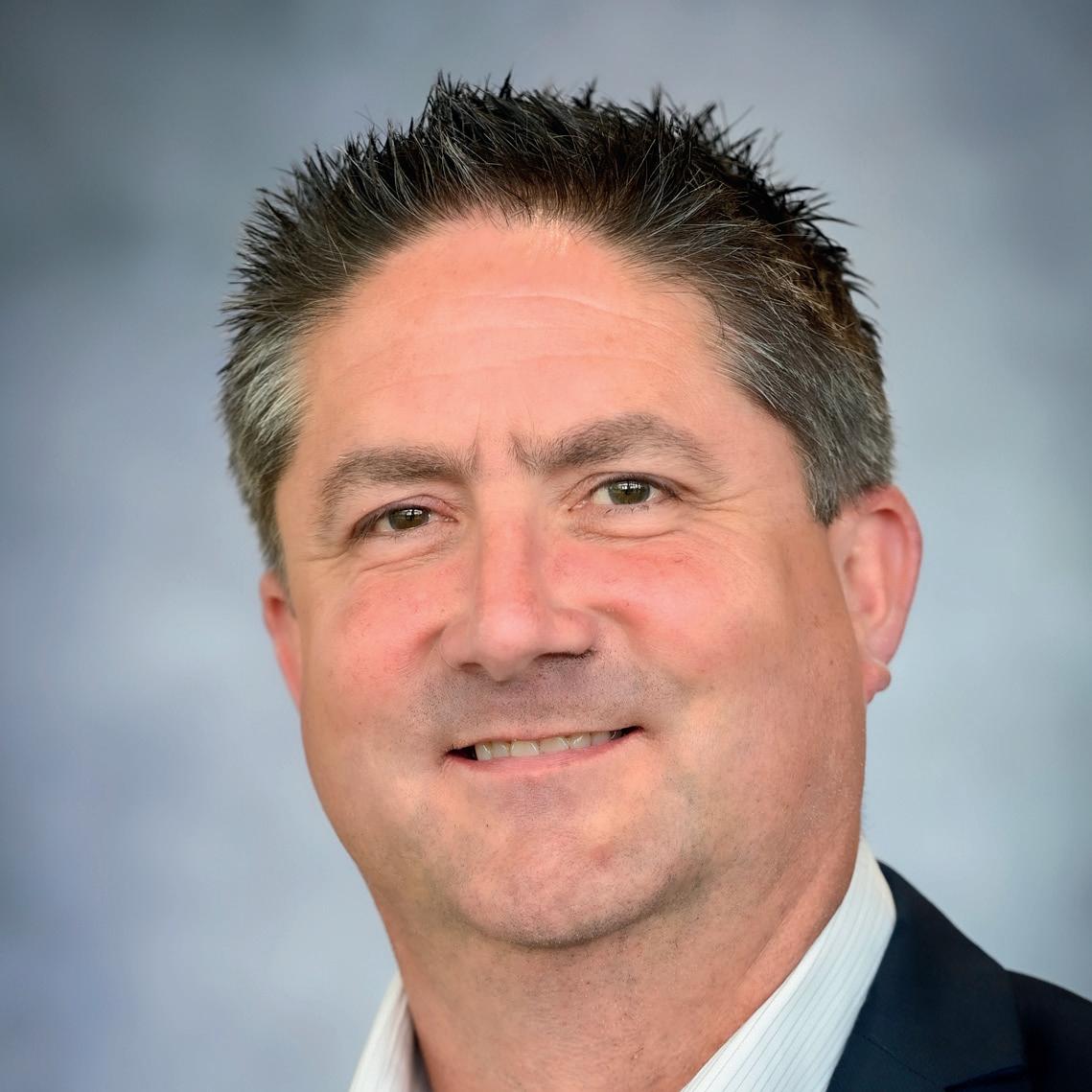
Colin Corline, SAPCA’s Technical Lead, explains how the SAPCA Technical Programme is at the heart of everything the association does and helps improve standards in sports construction
The Sports and Play Construction Association (SAPCA), the UK trade association for the sports and play construction industry, was launched in 1997. One of the main drivers behind its launch was to have a trusted body which would be able – in partnership with its members – to set the standards for excellence in the design, construction and maintenance of sports and play facilities across the UK. SportsNation spoke to SAPCA’s Colin Corline to find out how the association achieves that in practice through its Technical Programme.
What is the SAPCA Technical Programme and what does it include?
SAPCA’s Technical Programme is the overarching title for the work that the association does to develop and promote higher standards in the design, construction and maintenance of sporting facilities within the UK market. In order to facilitate this work SAPCA has, over the years, developed a number of Codes of Practice (CoP) for various sports and facility
types. These documents act as the minimum standards for SAPCA members to work to. There are currently 10 of the CoPs available, which can be downloaded from the SAPCA website: sapca.org.uk/guide/codes-of-practice/
The Technical Programme also oversees the development of new guidance on a number of wide ranging topics, to ensure that our members – and the UK market in general – are kept up to date on technical advances, policy changes, market trends and new standards for design and construction of sports and play facilities. To ensure that SAPCA is at the forefront of the technical aspects of sports and their individual requirements, we are also engaged with sports governing bodies in the UK and around the world, sports councils in the UK and other trade associations and standardisation bodies.
In order to support SAPCA members and to keep them informed about technical issues, we hold a one-day conference, the SAPCA Technical Meeting, where we facilitate a number of presentations, seminar sessions and forum discussion groups.
SAPCA members design, create and maintain a wide range of facilities

The development of our technical Codes of Practice and the opportunity to contribute to the development of relevant British, European and other sports governing body standards is at the heart of what SAPCA does
How closely does SAPCA work with the wider industry?
We are engaged at both a national and European level with a range of organisations, including standardisation bodies and governing bodies of sport. As Technical Lead for the association, I represent the association and the UK industry – along with other industry experts from SAPCA members – at the European Standardisations Committee (CEN) and also work alongside our European counterpart, ESTC. SAPCA also acts as the secretariat for both the CEN committees and the BSI committee in the UK. We are currently working on new standards for the quality of infills used in
pitches and also a second piece of work, on the quality of yarn used in the production of synthetic turf, with the standards due to be published within the next 6 – 12 months.
At a UK level SAPCA has strong links to a number of sports governing bodies and also works closely with sports councils from the four nations. More specifically, I am a member of the UK Stakeholder Group which includes representation from Sport England, the Department for Culture, Media and Sport (DCMS), sportscotland, Sport Wales, the Grounds Management Association, Football Foundation, The Football Association, Cymru Football Foundation, Welsh Rugby Union, Rugby Football League and England Rugby.
How important/big a part is the Technical Programme to SAPCA’s operations?
The development of our technical Codes of Practice and the opportunity to contribute to the development of relevant British, European and other sports governing body standards is at the heart of what SAPCA does.
In addition to the codes of practice and other guides, we also have a series of working groups on key industry topics, which have been formed through engagement with our members. The focus for 2024 is developing some webbased guidance for different sectors of the members and the markets they operate in.
The working groups include one on recycling and sustainability, which remains a huge topic for the industry. We are currently working with experts in this area to develop guidance and position ourselves at the forefront of the debate with members and partners. Meanwhile, in the play sector we’re developing some examples of best practice and how facility design has changed. Another working group is our sports lighting one. Lighting is an area where there is considerable guidance already
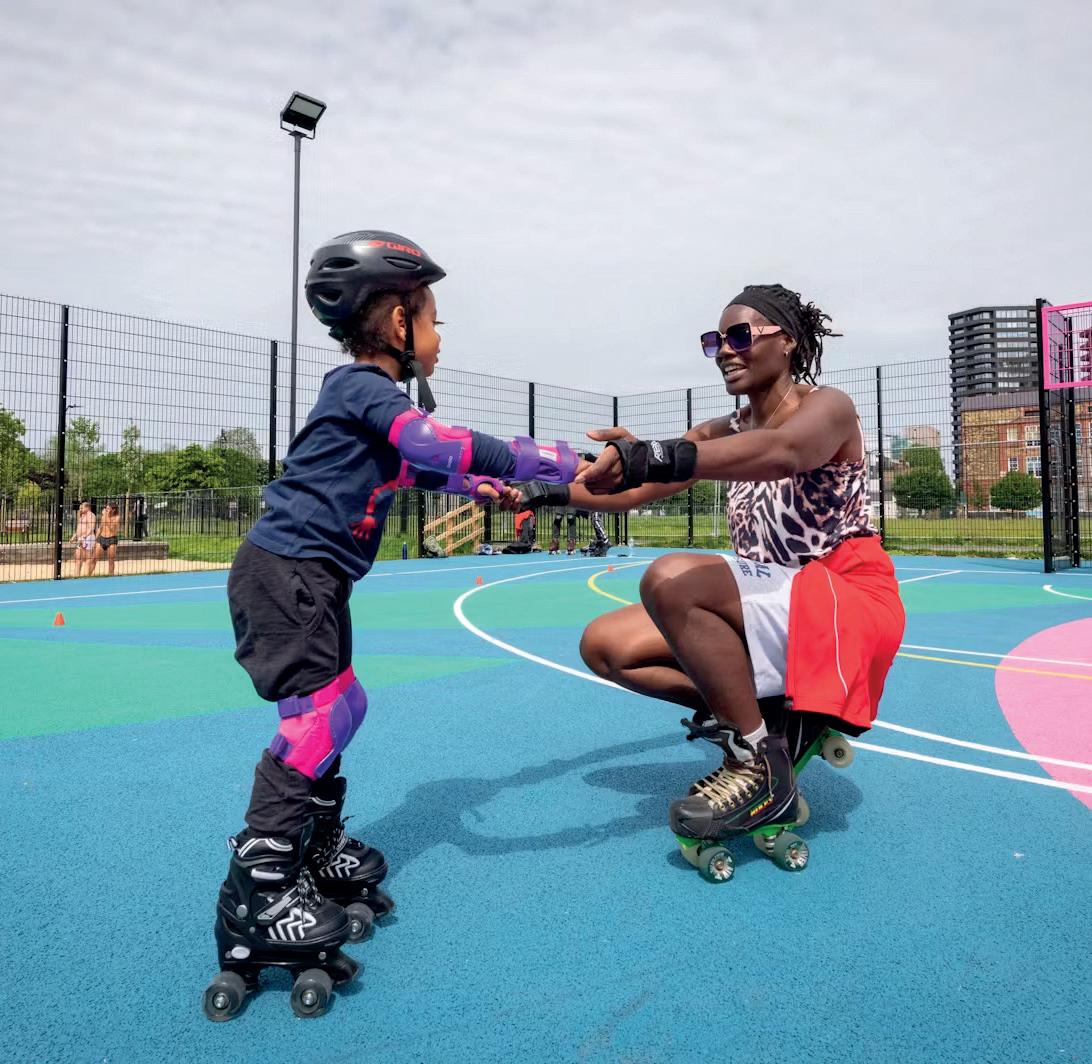



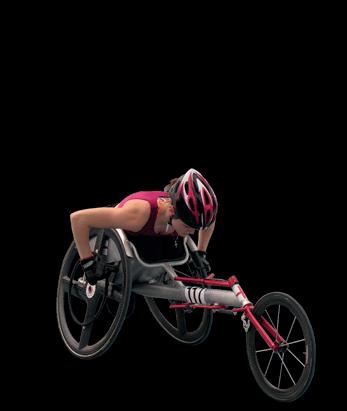
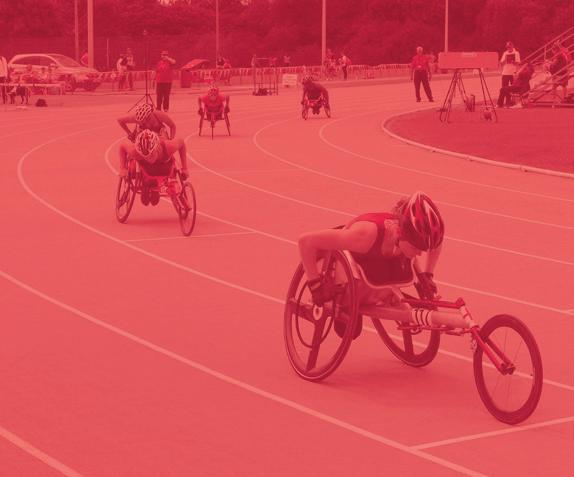
available and we want to be an active conduit signposting clients to the right areas and the most suitable standards for their facility.
Which codes of practice is SAPCA currently working on?
We regularly update the codes to ensure they reflect the latest insights, regulations and best practice. An example of this is the Code of Practice for the Construction of Padel Courts, which was republished at the end of 2023 after a series of updates on the use of covered courts. In the update, we highlighted the need for site-specific designs for the foundations of the courts – and more importantly for the padel enclosure and any covered structure. As the UK padel sector is still evolving and growing rapidly, it is likely that further updates will be made to the document in the coming months/years.
Looking ahead, the Code of Practice for the Design, Specification and Testing of Bases is currently under review and will be republished and available for download in autumn this year. The document, originally published in 2020, is having a period review and will be updated in accordance
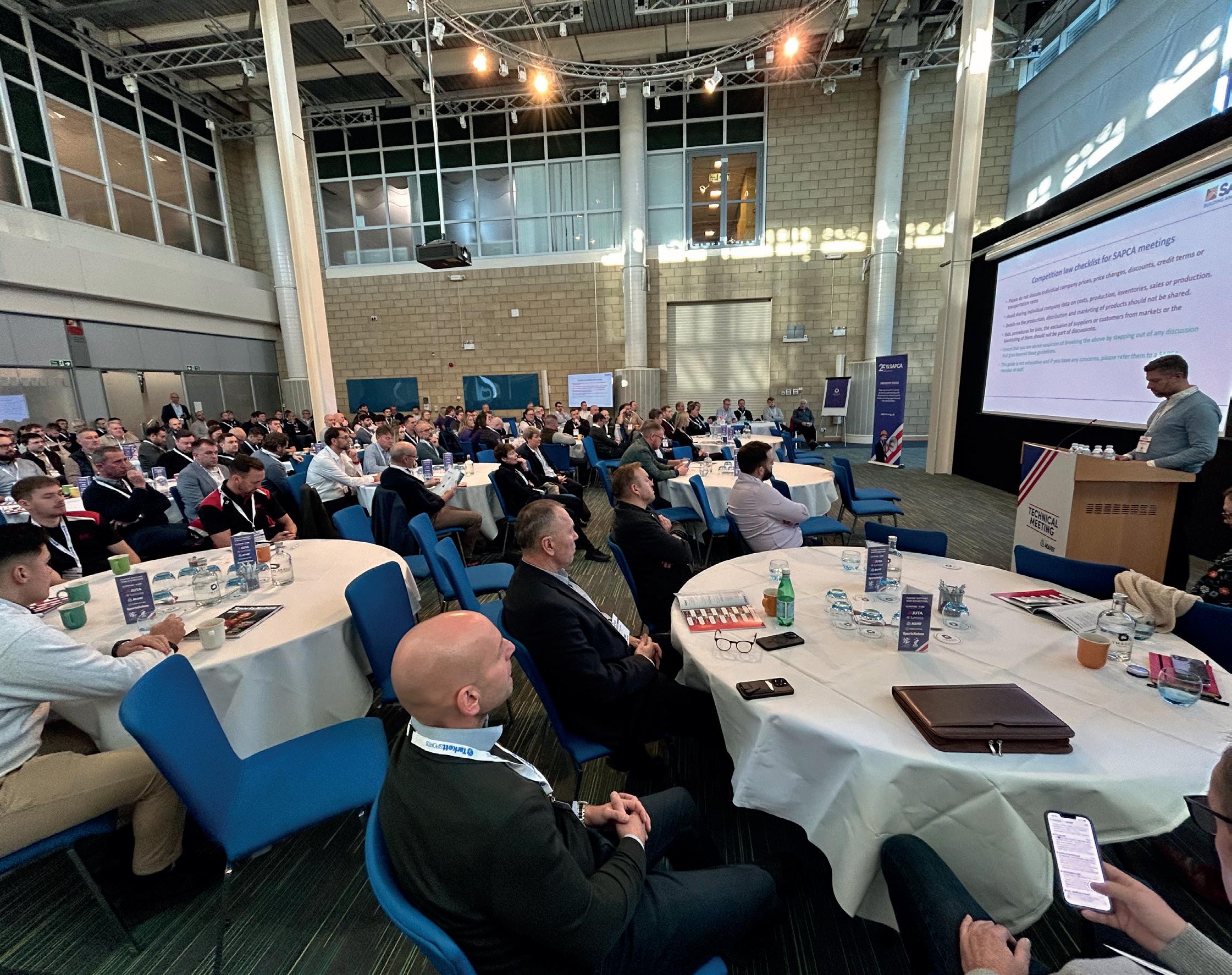
with any new design practices and changes to industry standards and guidance since its inception.
Another one that we are working on is the Code of Practice for the Selection and Use of Sports Performance Infills in 3G Artificial Turf. We are currently reviewing the code and will look to republish it by the end of the year. The changes for that document will reflect the ongoing changes in the design of 3G pitches and the need to retain infill within fields. There will also be additional guidance on the increased use of vegetal/organic and mineral infills.
Our annual Technical Meeting is one of the industry’s most popular events of the year, providing an unparalleled programme of seminars and workshops on the most important technical topics of the day. It also offers an invaluable opportunity for networking with colleagues from across the sports and play industry, as well as
The event is open to everyone in the sports and play construction industry, whether SAPCA members or not
with our many guests from key organisations.
The great thing about it is that the event is open to everyone in the sports and play construction industry, whether SAPCA members or not.
This year’s Technical Meeting will take place on Wednesday 13 November at East Midlands Conference Centre, which sits within the Nottingham University campus. This year, topics will range from recycling, sustainability and stadia design to the latest changes to planning requirements in the UK. We are currently working on the topics and final programme and further details will be available over the coming weeks.
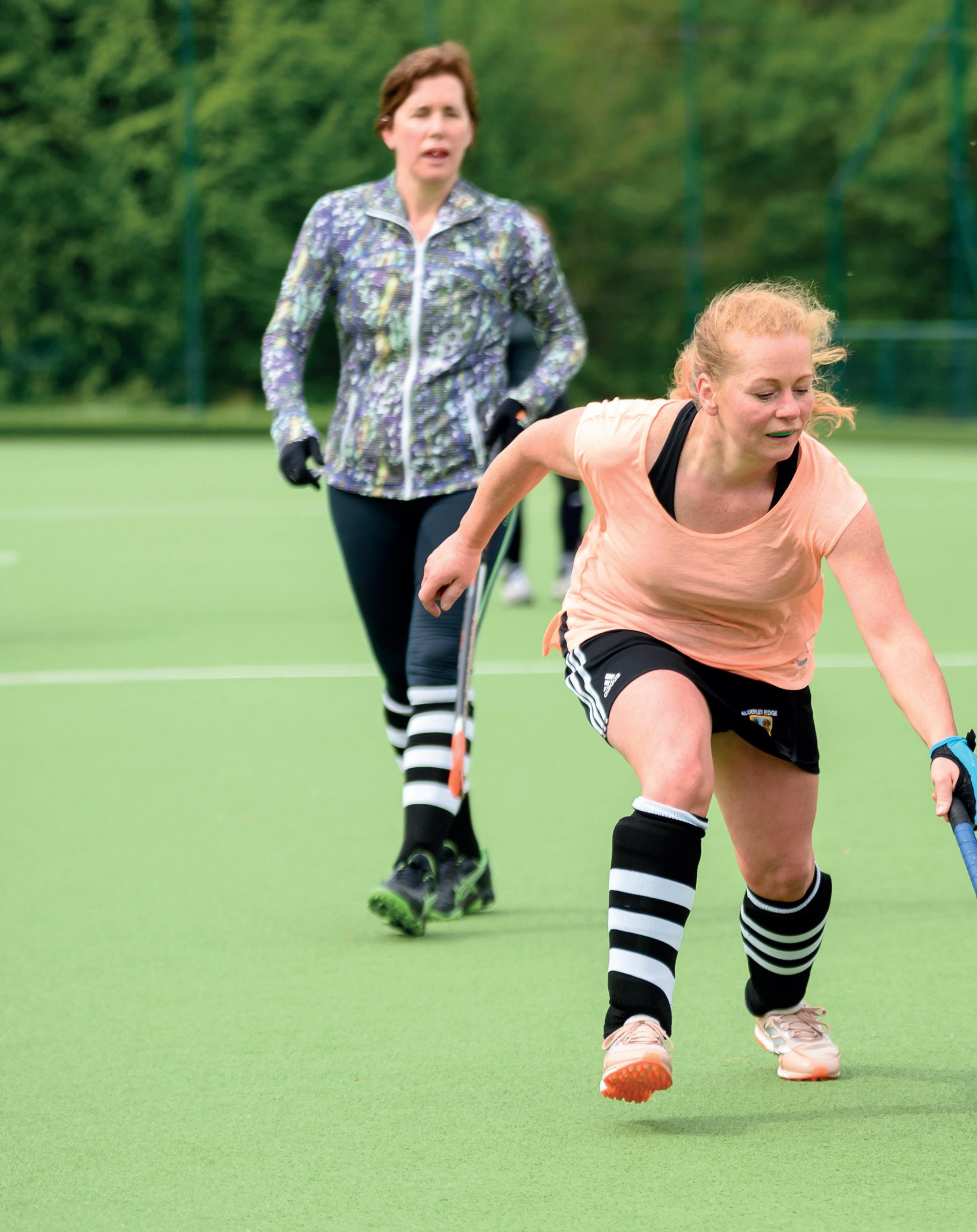
SSportsNation takes a look at the history synthetic sports pitches, from 1G to 3G, as well as the current standards for their design and construction
ynthetic sports pitches are a popular choice of surface across a range of sports in the UK – at both elite and grassroots level. The main reason is obvious: the increased amount of playing hours they offer clubs and facility operators, when compared to natural grass.
On average, a synthetic turf pitch can be used up to 60 or even 80 hours per week (depending on maintenance and floodlighting), while in a worst-case scenario, a grass pitch can only take around 6 to 8 hours per week. In addition, synthetic surfaces remain playable during the winter months and in inclement weatherwhile thousands of community grass pitches around the country become unplayable.
Synthetic turf has been used as a playing surface for sports, in one form or another, since the 1970s. The first generation of non-filled products, or “1G”, were used for hockey and American football. The 1980s then saw the emergence of the second generation (2G) pitches, which were sand-filled surfaces used primarily for hockey, but also in multi-sport facilities. These types of surfaces are still being used (and installed) today – they have transformed the sport of hockey from its original natural turf surface and made it the fast-paced, much more dynamic game we see today.
Sand-filled surfaces, often referred to as 2G, are used primarily for hockey
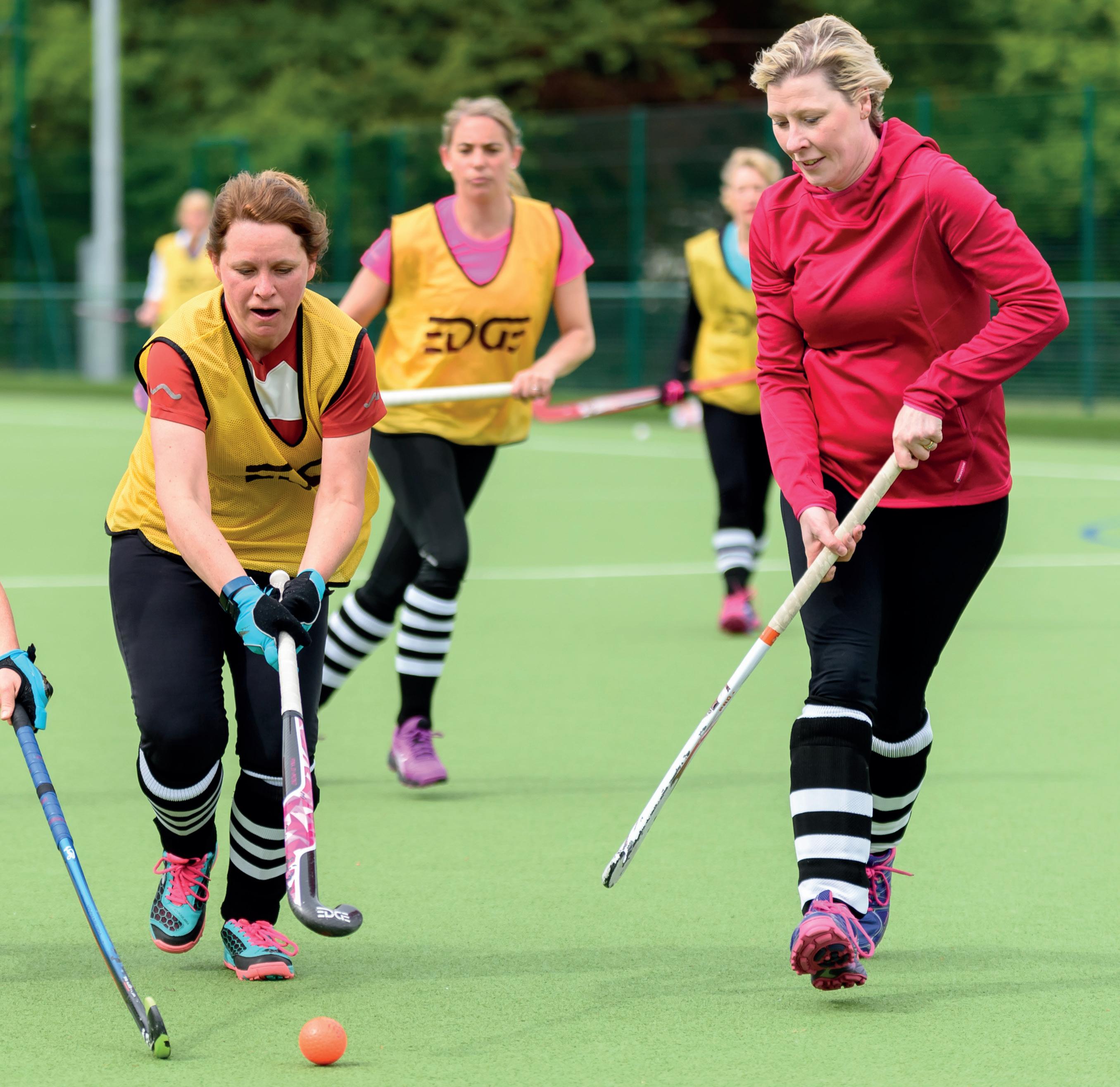
The next major development took place in the late 1990s and early 2000s, with the introduction of third generation (3G) surfaces, designed to replicate natural turf pitches, initially for football but then also for rugby and Gaelic sports. For the past 20 years or so, 3G surfaces have been the ‘go to’ surface for community football in the UK, with an increasing number of semi-professional clubs adopting them on their stadium pitches.
As it stands, we’re still, technically, waiting for the breakthrough of the next generation of pitches. This means that at the moment, in most cases, it is incorrect to describe any
synthetic sports pitch as “4G” – or 5G or 6G, for that matter. This is because until there is a synthetic turf product that doesn’t include sports performance infills, we are still in the age of 3G. It might not be long, however, until we will have 4G pitches to choose from. Work is ongoing to develop synthetic sports pitch products without the need for infills – so watch this space!
Whether the pitch is 2G or 3G, there are a number of standards to consider and meet, in order to ensure a pitch can be used for official
The advent of 3G surfaces has made playing football possible in most conditions
SAPCA has published several codes of practice which act primarily as a guide to ensure standards and quality from SAPCA members
matches. The leading world governing bodies, such as FIFA (football), World Rugby and the International Hockey Federation (FIH) have all set standards to which playing surfaces must adhere to, in order for them to be able to host games
In the UK, the Sports and Play Construction Industry (SAPCA) works with governing bodies to provide guidance for those looking to build synthetic pitches. SAPCA has published several codes of practice which act primarily as a guide to ensure standards and quality from SAPCA members by setting minimum construction criteria. The guides can also be used to better understand the up-to-date requirements of installation, to learn about best practice and to study the standards set out by governing bodies.
These include the Code of Practice for the Construction and Maintenance of Synthetic Turf Pitches, which highlights the requirements for both the playing surface and the construction of synthetic pitch facilities. There is also the




Code of Practice for the Design, Specification & Testing of Bases for Outdoor Synthetic Sport Areas, which was published in 2020 and offers enhanced guidance on the design of sports pitch bases and drainage systems. Meanwhile, the Code of Practice for the Selection and Use of Sports Performance Infills in 3G Artificial Turf was developed in 2021 as an additional guidance document to offer advice on the different types of infill available in the UK market. All the codes are updated, through periodic reviews, to keep the documents updated with the latest guidance – including governing body standards. Want to know more about synthetic turf? Or find out about the companies that design, install and maintain the UK’s synthetic pitches? Get in touch: info@sapca.org.uk


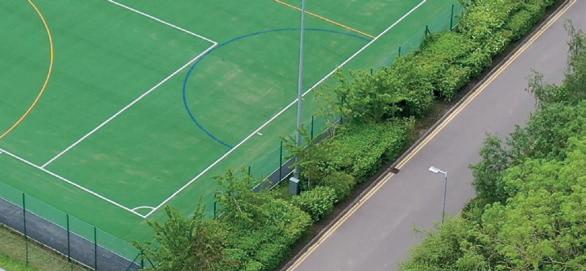
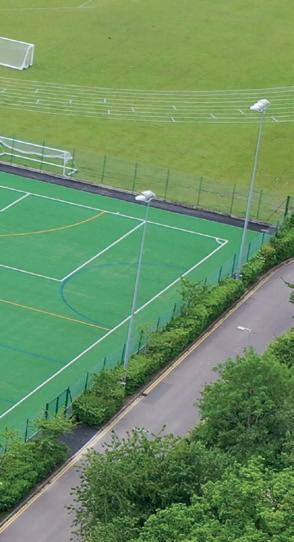

SAPCA members partner for school project
SAPCA members
AS Sports Systems and Juta worked together on a recent project at Abbey Park School, Swindon. AS Sports resurfaced the existing hockey & multi-use pitches with Juta Hockey Pro 18, a sand dressed surface suitable for a wide range of sports.
The new FAREPlay Stepford
Community Sports & Leisure Park in Glasgow has opened to the public, following an extensive revamp of its facilities and outdoor sports pitches. SAPCA member, SportsLabs, carried out the design and consultancy role for the park’s new full size 3G pitch and five 5-a-side pitches. The work included the underlying dynamic layers, drainage, shock pads, artificial turf, fencing, floodlighting and a new car park. This was to ensure the facility had a sustainable future, meeting end user needs.
The work completed on the Stepford Community Facility has been a collaborative effort between a number of SAPCA members, including Sports Labs, Sportex and SIS.
FARE is a not-for-profit charity that looks to tackle poverty and anti-social behaviour in disadvantaged areas, with the Stepford project aiming to achieve this through
the provision of diversionary activities.
FAREPlay Stepford is now home to twofull-sized pitches, converted from the two smaller, pre-existing grass pitches. This is in addition to new turfs and turf boards made of recycled materials, overall creating a FIFA quality pitch available to the community.
“Keeping a facility open like this in the West of Scotland weather is key to providing continuity for users and our designs, as well as our expertise of the construction elements,” SportsLabs said. “The performance of the playing surface has ensured that the facilities are reliably open and durable for high usage. This has been a community focused project that has been built to withstand the everchanging dynamic Scottish weather.”
SportsLabs was recognised for its work on the FAREPlay Stepford Project by being named as a finalist in the Large Project of the Year category at this year’s SAPCA Awards.
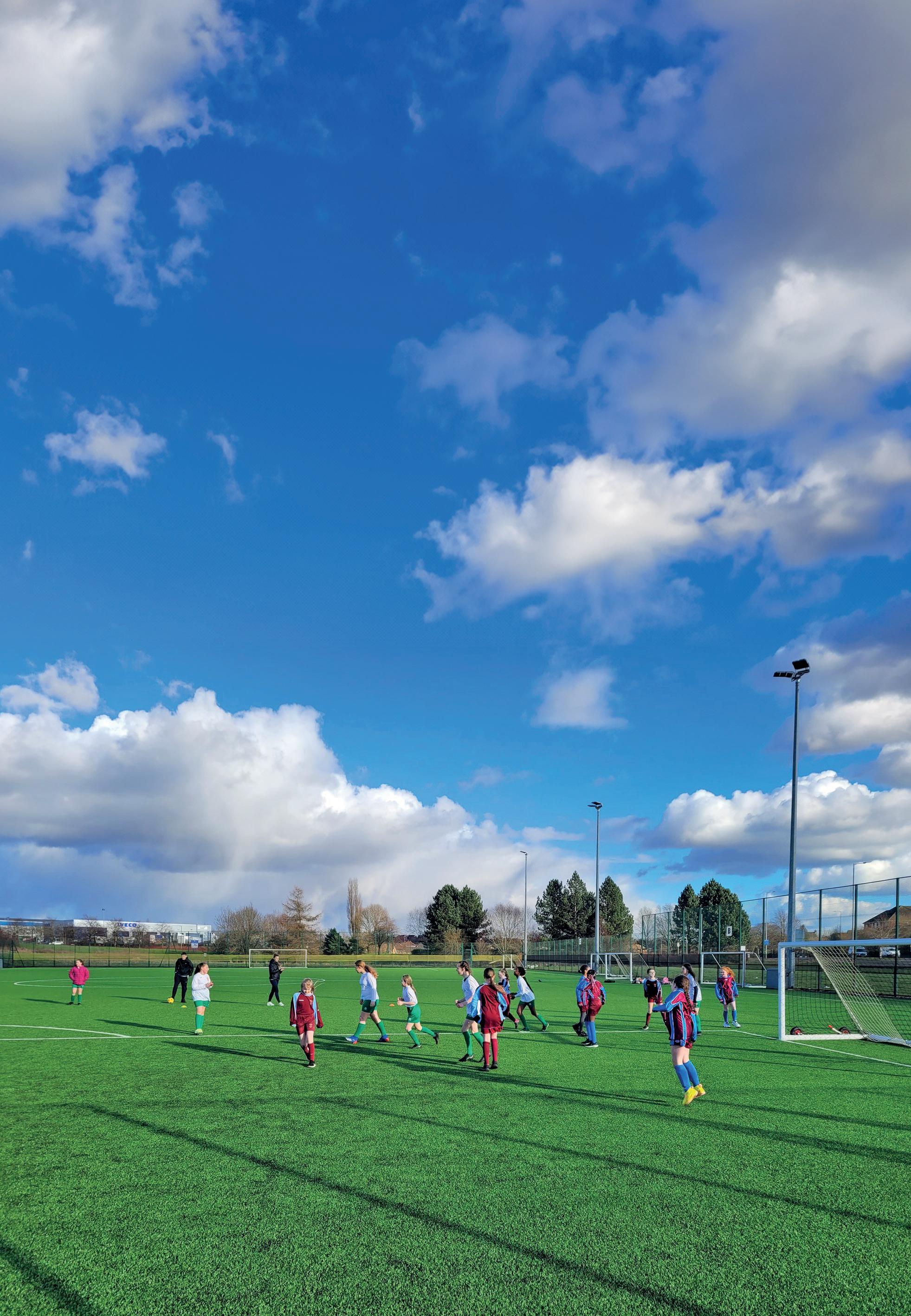
The project earned Sports Labs recognition as a finalist for a SAPCA Award this year

Namibia’s Namib desert is known for its extreme conditions and beautiful rolling sand dunes that meet up with the Atlantic Ocean. This is the setting for Polytan’s latest nonirrigated climate – neutral Turf Poligras Paris GT Zero installed by partners Trompie Sport.
The FIH-certified dry hockey playing field at Walvis Bay Gymnasium School in Namibia requires neither sand in-fill nor watering. As a “FIH Innovation Category Dry Turf Hockey Field”,
it is a milestone in sustainable hockey, as usually large amounts of water is required to irrigate wet hockey carpets.
The project enables pupils to play hockey at the highest level, despite desert conditions and water scarcity.
“This is a big deal for Namibia as water is just not an option,” Polytan says. “It will be the first ever professional-level playing surface for the country and will provide an excellent option for hockey players to play, train and develop their skills on a quality surface.”
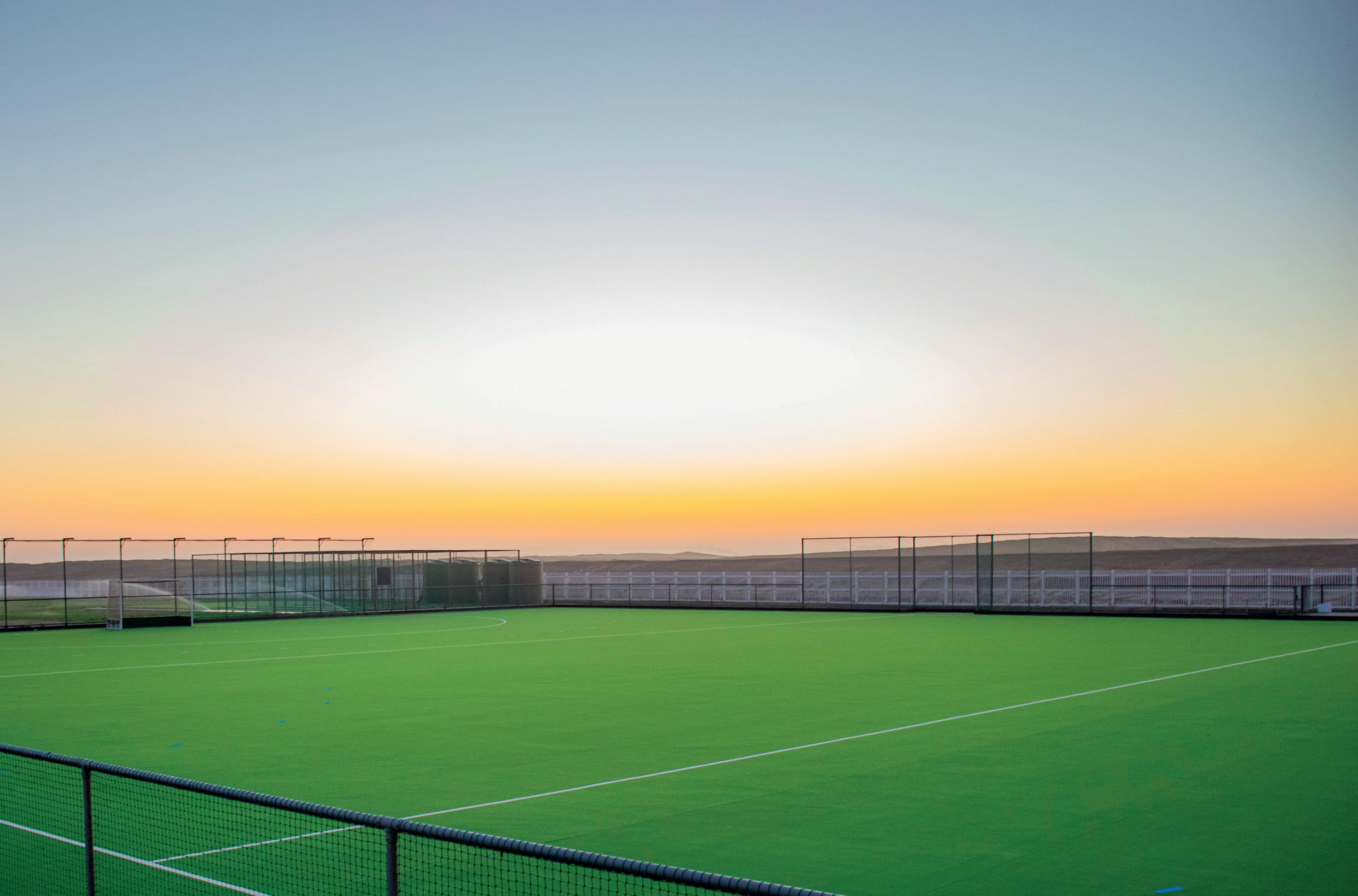
TigerTurf launched its groundbreaking 3G surface known as Challenger exactly two decades ago. Made from a monofilament texturised fibre, Challenger quickly became a favourite among contractors and facilities across the UK and Europe.
The company’s journey with Challenger began in 2004 when Spadeoak completed the first UK installation at Westway Sports Centre. Since then, the surface has been installed at more than 40 facility projects, ranging from educational facilities and sports stadiums to community centres.
Challenger was eventually discontinued to make way for straight monofilament 3G innovations, but its legacy endured. Now, TigerTurf has introduced Challenger Pro – a modern twist on the original.
The Challenger Pro features advanced yarn technology and infill encapsulation, which has resulted in a product with enhanced performance and predictable playability.
“We’ve reimagined Challenger with a full monofilament semi-texturized yarn structure,” TigerTurf says.
“This breakthrough allows us to create a surface that’s both hard-wearing and softer underfoot. No

more harsh fibers of the past, as Challenger Pro offers a more comfortable playing experience.
“Like some of our other 3G products (Premier Pro Elite and Atomic Pro Elite), Challenger Pro also encapsulates infill. This means reduced infill requirements and minimal migration.
“Our view is that athletes deserve a level playing field. That’s why Challenger Pro’s uniform surface guarantees predictable ball bounce and smooth player movement, enhancing the overall game experience.
The semi-texturized yarn not only feels great underfoot but also enhances ball roll and player traction. Athletes can make sharp turns, accelerate, and pivot with confidence, thanks to the surface’s consistent grip.
“It also offers increased longevity: with stressresistant yarn, Challenger Pro is built to last.”







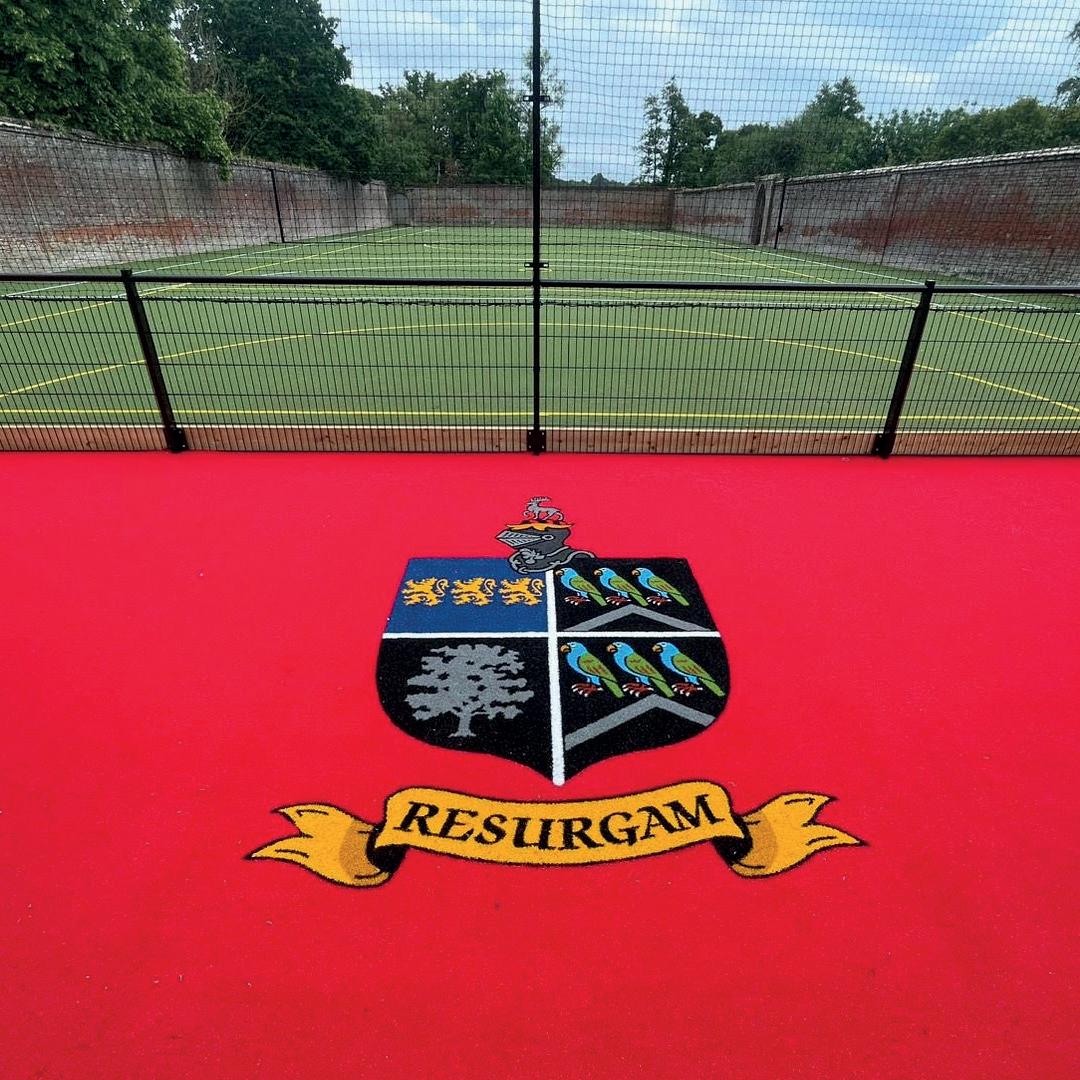
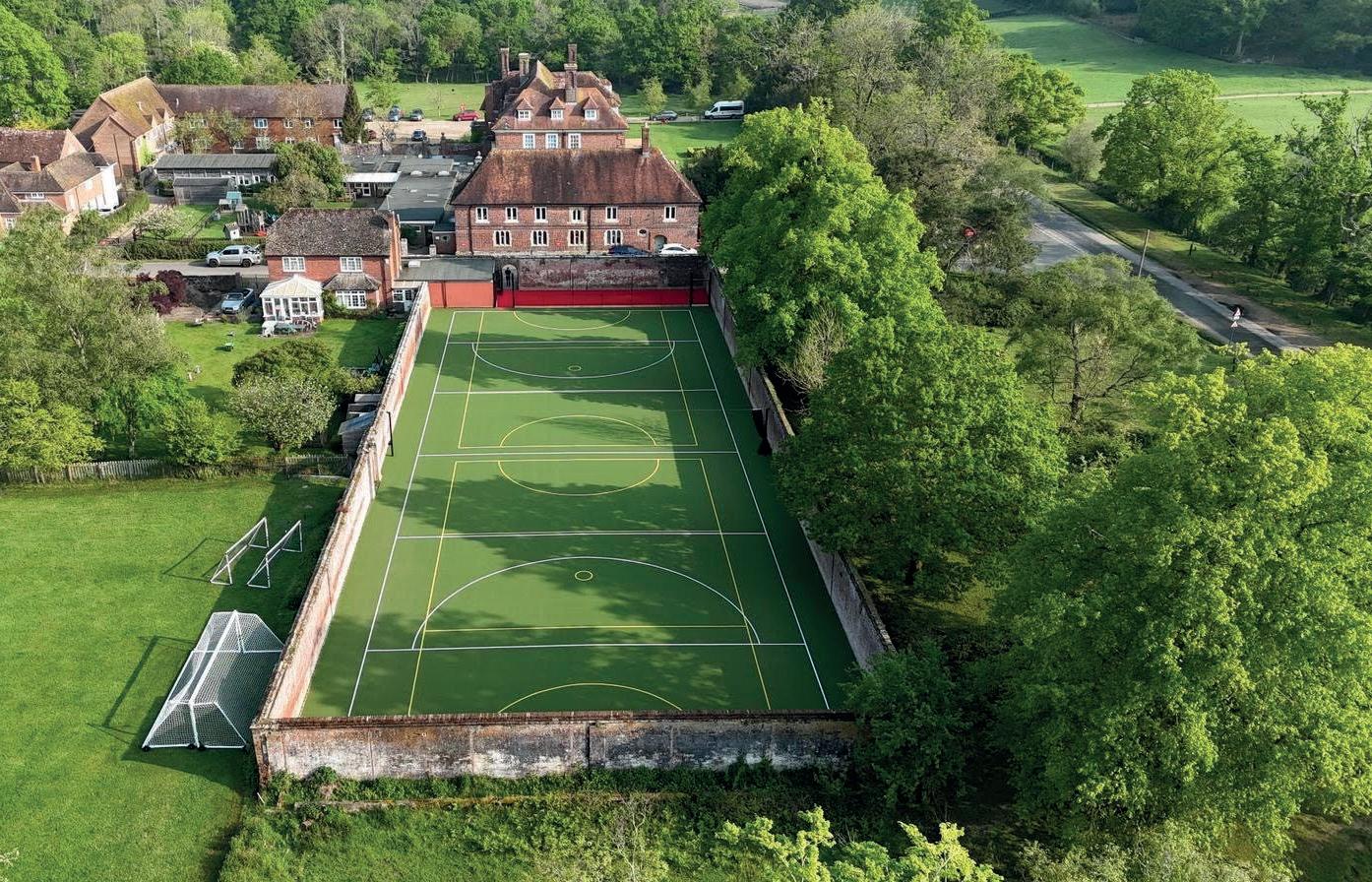
Moyles Court School in Rockford, Hampshire recently unveiled its brand-new multi-use games area (MUGA) pitch, featuring a high-quality playing surface supplied by SAPCA member Sterling Turf.
The new MUGA pitch was constructed using Sterling Turf’s Gen2 DuraMatch turf, a
multi-sport surface that meets the latest FIH (International Hockey Federation) standards for hockey, tennis and netball.
The durable, all-weather playing surface allows students to enjoy a variety of sports from hockey and football, to netball and tennis.
In addition to the turf, Sterling Turf also produced a customised logo mat showcasing the
SAPCA member, McArdle Sport Tec, has completed the refurbishment project of a 3G pitch at the training ground of Premier League club Wolverhampton Wanderers. The pitch at the club’s Sir Jack Haywards Training Ground and Academy – also known as Compton Park – was originally installed by McArdle in 2014.
After being used extensively for coaching and nurturing young footballers at the club’s academy for 10 years, the old TigerTurf Soccer Real Turf was due for resurfacing. It took 18 days for McArdle to undertake the refurbishment, resurfacing the pitch with TigerTurf’s Atomic Pro 50 artificial turf system.
“We were delighted to hand the facility back to the club in June with minimal downtime and disruption to the Academy’s classes and schedule,” McArdle said.
“This was the fourth project we have completed for Wolves, following the original installations of
Moyles Court School crest. This personalised touch helps to create a cohesive and visually appealing sports facility for the school.
Paddy Padfield, Head of Sport at Moyles Court commented; “We now have a first rate 18mm DuraMATCH surface from Sterling Turf, with bespoke sports markings and our school crest integrated into the design.”
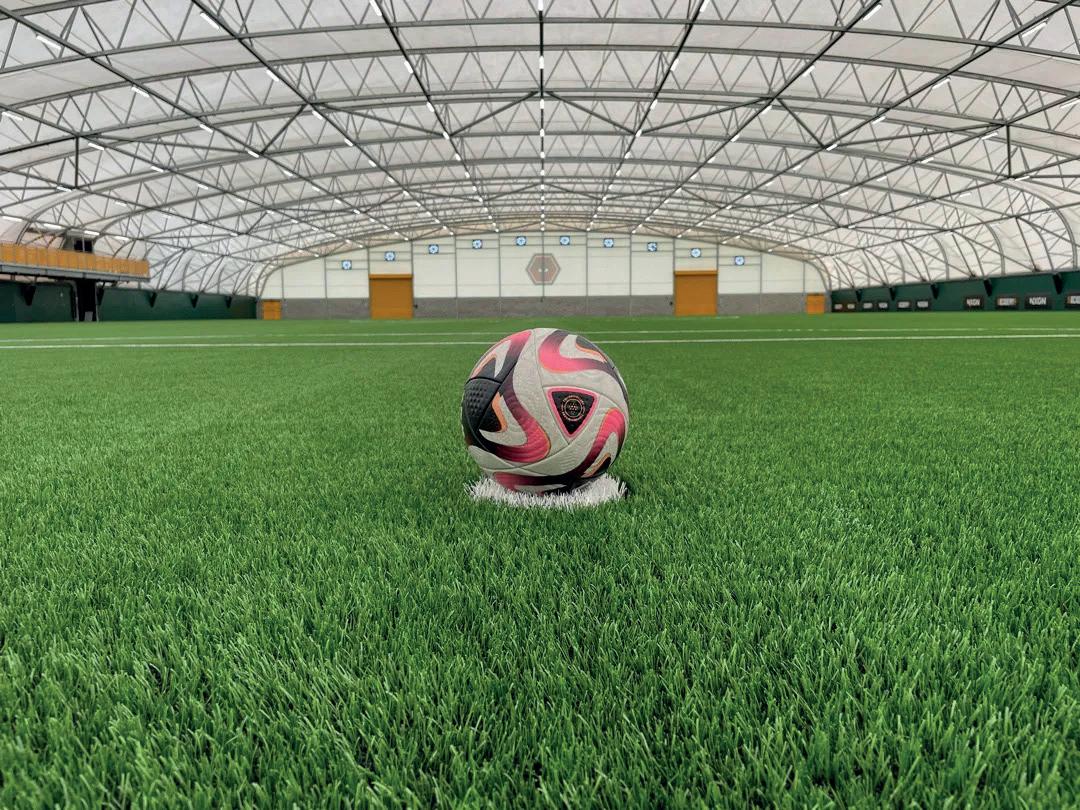
the indoor pitch in 2014 and the outdoor, full-size 3G pitch in 2009. We also refurbished the outdoor pitch in 2020 after it had been used for 11 years.”
The redevelopment follows the Wolves Academy being awarded the Category One status, the highest distinction in the Elite Player Performance Plan (EPPP) which is extremely hard to achieve. Academies are independently audited and given a Category status of 1 to 4, with 1 being the most elite.
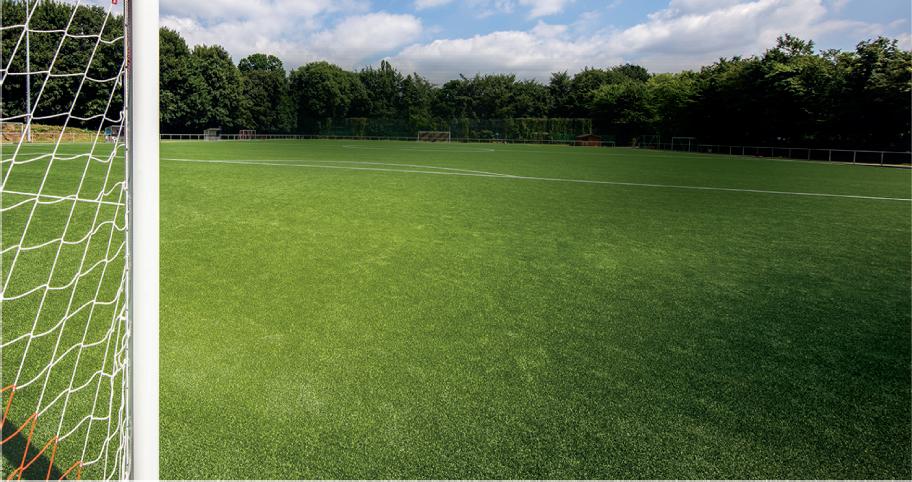
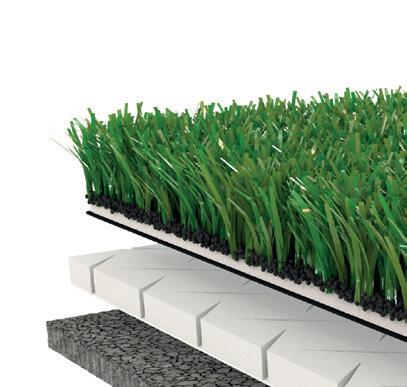
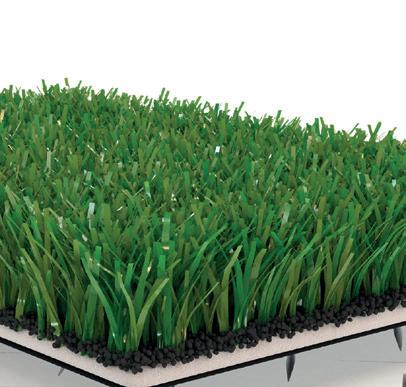
In our artificial turf product range we offer 3G surfaces for

and rugby pitches and Sand Dressed or Sand Filled surfaces for Hockey, Tennis and Multi Use.
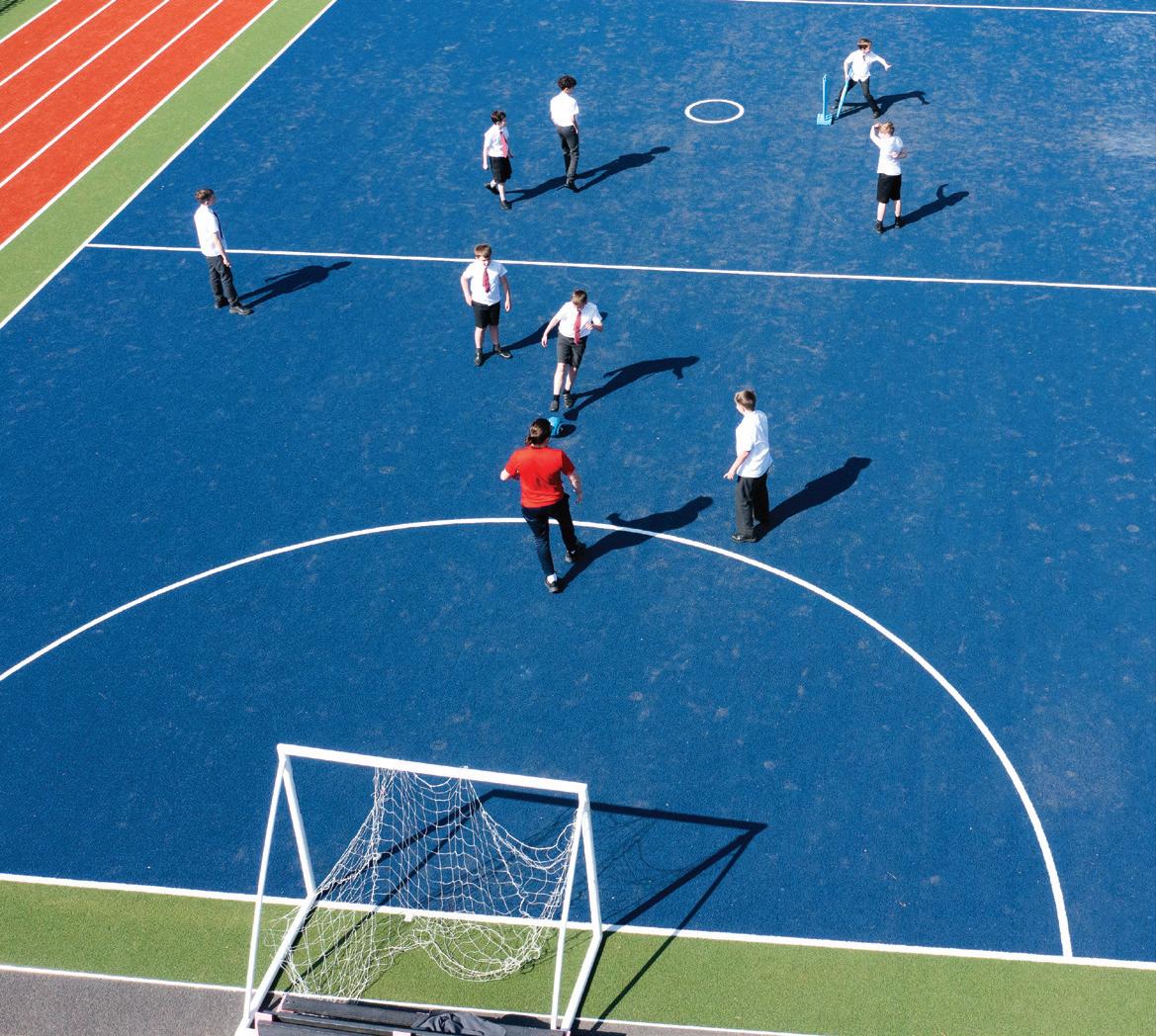

Especially for artificial turf sports grounds: The Trocellen shock pads made of closed-cell, chemically cross-linked polyethylene foam. ProGame shock pads are delivered in rolls of 2-meter width and tailored length to meet the requirements of the field.
The combination of the unique XC-punched polyethylene foam guarantees excellent drainage properties, quick and easy installation, and very high dimensional stability. The wide range of thicknesses (6 – 14 mm) and densities (30 – 90 kg/m³) caters to the requirements of a variety of sports.
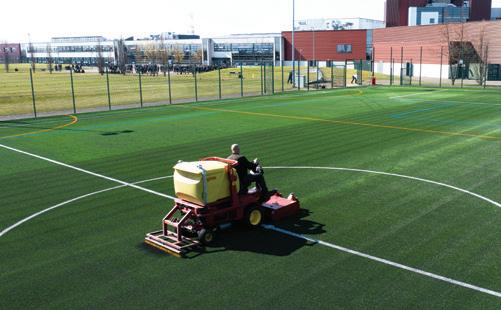



There have been increases in the number of players across all socio-economic and age groups


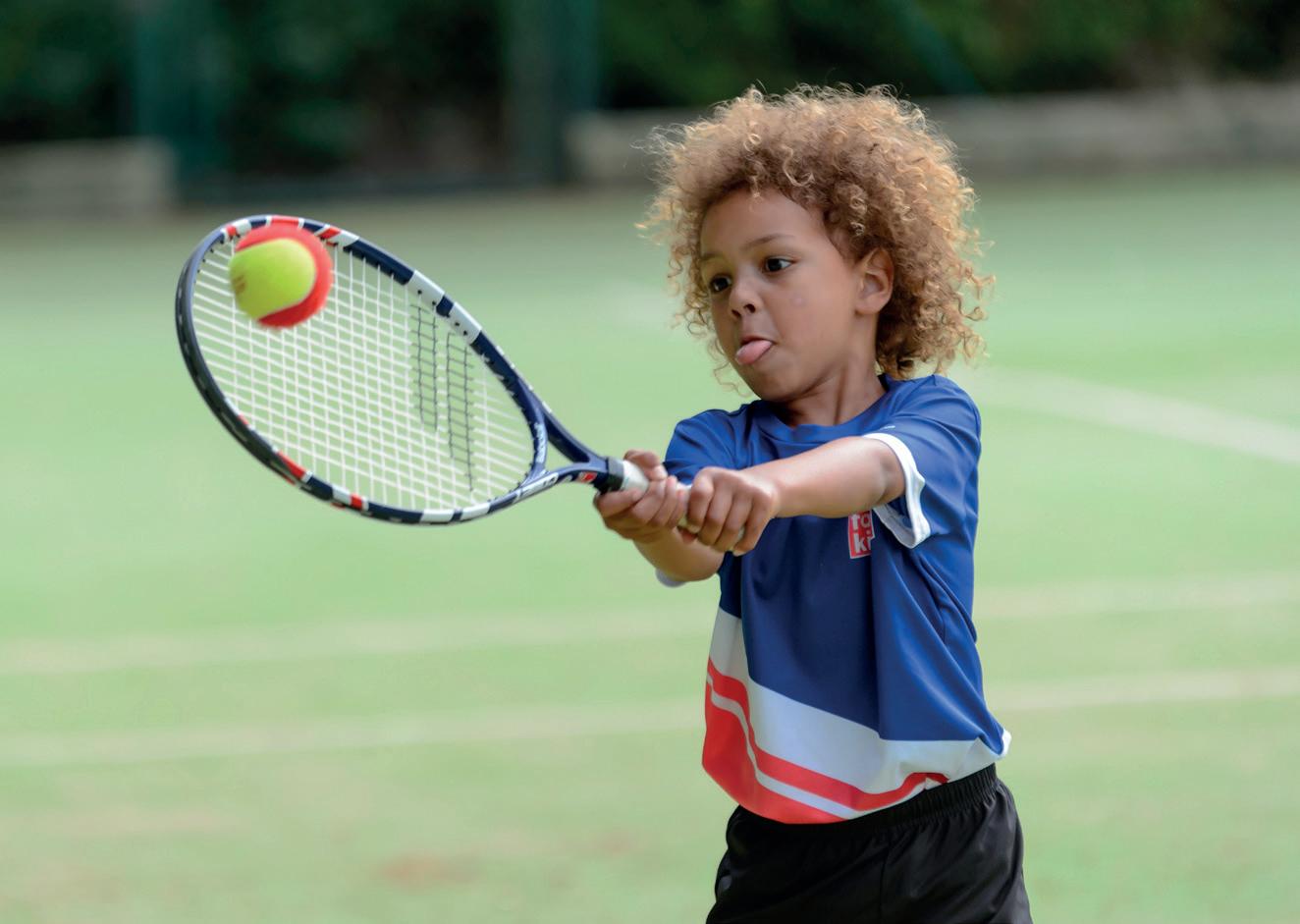

LTA has published its vision document for the next three years (2024-2026).
SportsNation looks at the NGB’s plans to grow the sport
LTA, the governing body for tennis in the UK, recently published a threeyear strategy document outlining its aims and plans from 2024 to 2026. With a vision statement of “Tennis Opened Up”, its ultimate goal is to “take tennis forward into a new age” and ensure the sport is embraced by many more people.
The new document, titled “Vision 2024-2026” follows on from the LTA”s five-year strategy published in 2018. At the time, the sport was already facing a number of challenges – some which were further highlighted by the pandemic.
“In 2018, as we looked to develop the LTA’s plans for 2019-2023, tennis was in a challenging position,” the LTA says. “The number of people playing tennis had been declining for around 10 years and tennis was seen by many as an elitist sport – hard to access or play well enough to enjoy.
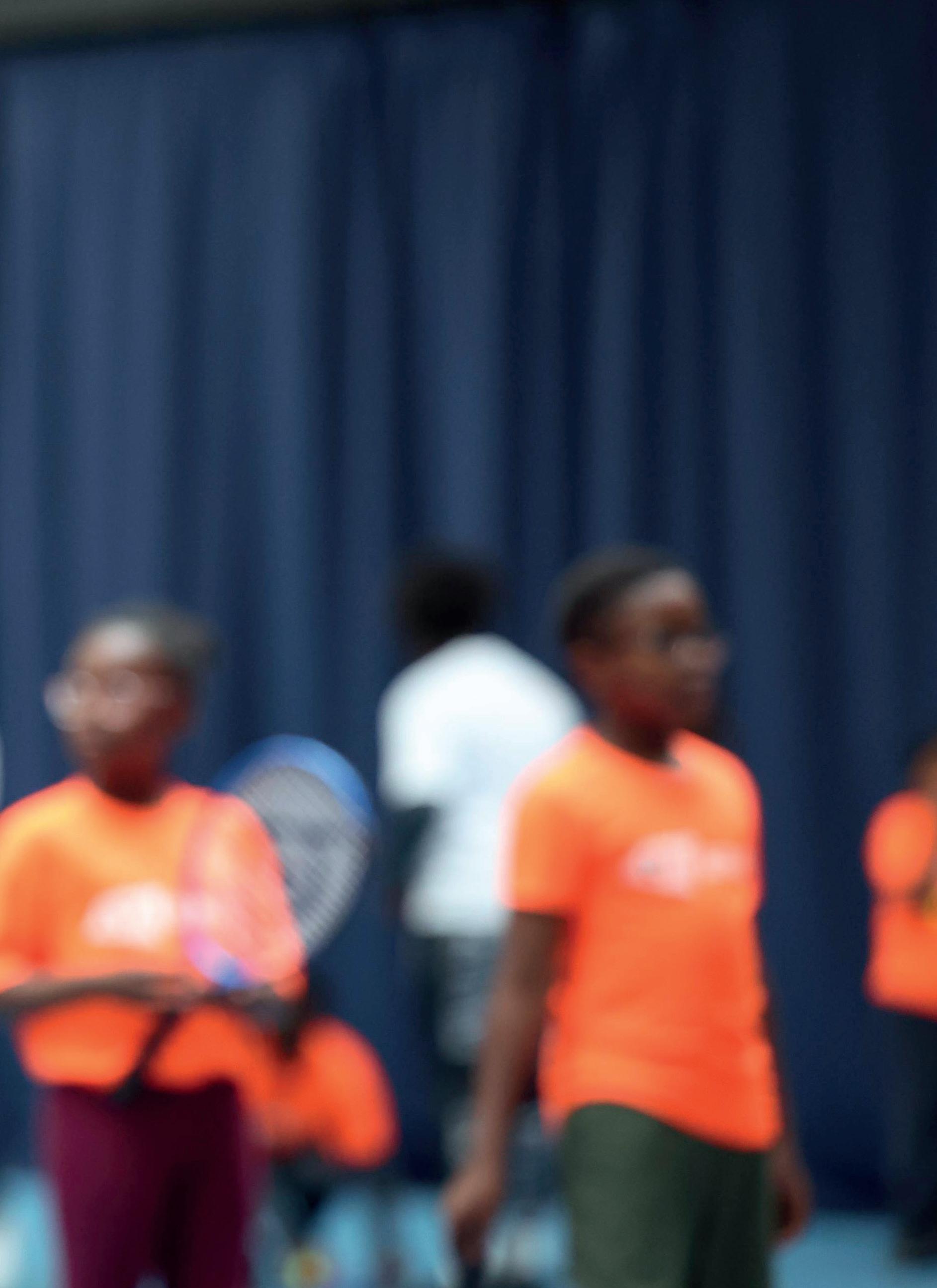
“While there had been bright lights in British tennis, in particular through the success of Andy Murray, there was too little depth in the British game, and too few role models at the very top to inspire the nation to pick up a racket.”
This in mind, and to ensure its strategy addressed the challenges and strengthened the sport, the LTA conducted extensive research and discussions into how people viewed the game and the LTA. This led to the development of the new vision statement - Tennis Opened Up - around which the NGB could rally the tennis community, to ensure it was working towards a common aim.
“The consultation informed our comprehensive five year plan to deliver a healthier and more inclusive sport,” the LTA says. The last five years (2019-2023) saw real success against that plan. Not only have we seen the decline in participation reverse, we have also seen the ambitious targets we set for increasing participation comfortably exceeded.”
The data backs up the view that progress has been made. Adult participation in tennis is the highest ever recorded, having grown 44% over the period of the LTA’s 2019-2023 five year plan.
More than 5.6 million adults now play annually and more than 2.6 million play monthly.
There is also now a historic high of over 700,000 children playing tennis weekly. The LTA figures show that around 3.6m children play tennis annually, 7% higher than in 2020.
Not only were more people playing tennis more often, but there were also increases across all socio-economic and age groups including both younger people (16-24s) and those from lower socio-economic backgrounds.
The increases are partly down to a large investment in facilities. LTA has undertaken, with

the support of the UK Government and LTA Tennis Foundation, the single biggest investment in park tennis courts ever. The £30m investment has brought thousands of existing park tennis courts in poor or unplayable condition back to life for the benefit of communities across the country, as well as making it easier to find, book and get on court.
Scott Lloyd, LTA CEO said: “In 2019 we wanted to strengthen our sport and attract new and diverse audiences and so we developed a common vision - Tennis Opened Up - with a mission to grow tennis by making it relevant, accessible, welcoming and enjoyable.
“This vision and mission sat at the heart of our 2019-2023 strategy and have delivered real success with the ambitious targets we set for increasing participation exceeded.
There is now a historic high of 700,000 children playing tennis weekly
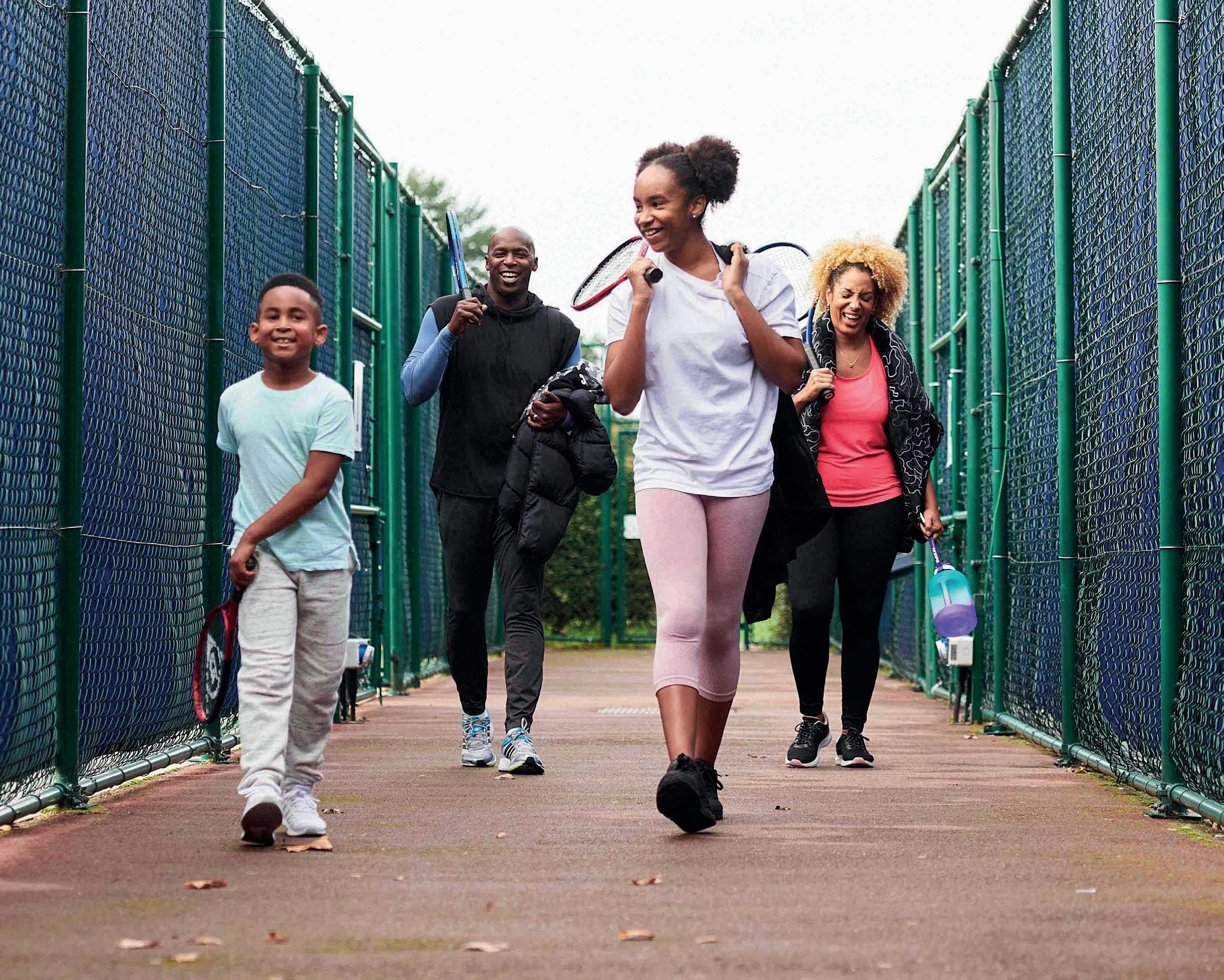
Welcoming, enjoyable and inspiring
“Whilst there is still more to do, the data we have shows that our strategy is working and we will continue to evolve it over the next three years. The 2024 -26 strategy will build on the approach and successes we have seen over the past five years, focussing on those areas we have seen move our sport forward.”
The new strategy will continue on the “Tennis Opened Up” theme and its stated aim is to transform communities through tennis. To do this, it focuses on three areas – making tennis welcoming, enjoyable and inspiring to everyone.
By welcoming, the LTA means reaching new audiences through grassroots programmes, investing in high quality facilities while creating a more diverse tennis workforce. The aim is to make tennis a truly inclusive sport.
Specifically, the plan is to diversify and grow the player base with a focus on lower socio-
economic groups, disability and women and girls programmes. As part of this, LTA will look to optimise its customer proposition, Advantage, through its data strategy and multichannel communications to increase digital engagement, participation and commercial revenue.
When it comes to more welcoming facilities, the plan is to focus on parks, covered courts, community indoor tennis centres and padel. The LTA’s Community Indoor Tennis Centre network currently consists of 52 indoor tennis centres with more than 300 indoor and 250 outdoor courts.
“They are true community tennis hubs, accessible for everyone and are a vital resource for tennis to help increase participation in the sport,” the LTA says.
The plans for the “more enjoyable” strand include embedding and growing the LTA Youth programme across all venues and “in the hearts and minds of children, parents, and the tennis workforce”.
Since the launch of the original, five-year strategy in 2019, the LTA has seen the number of registered players and members grow, while the number of British players at the top of the professional game has also increased
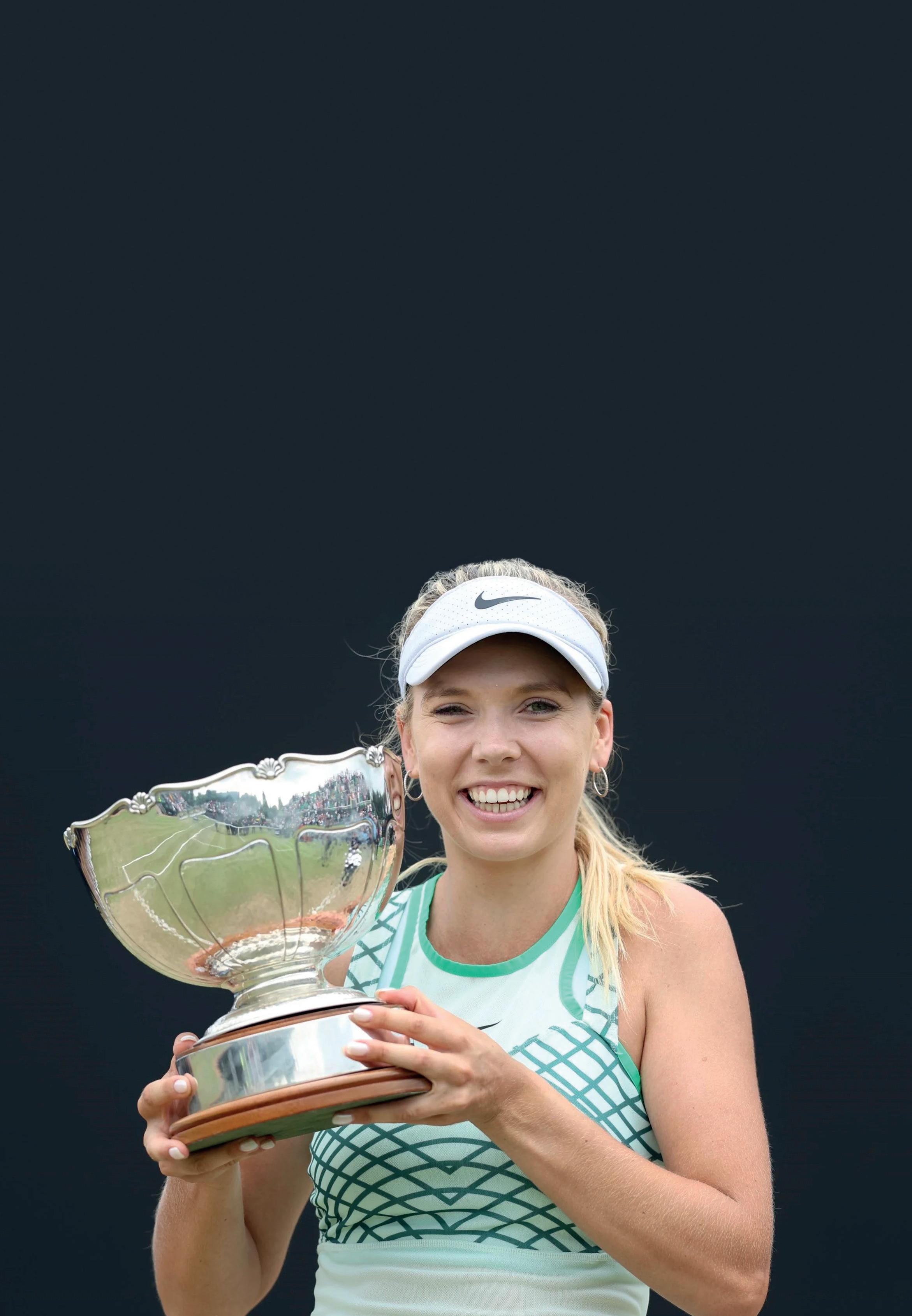
A school-based children’s participation programme, the LTA Youth has so far seen more than 18,000 teachers being trained to deliver the programme.
There will also be increased efforts to engage with (and promote) different formats of the sport and ways to play, enabling a more flexible approach to equipment and to support positive experiences for adult players. This is linked to a wider approach of collaboration, which will see the LTA increasingly working with a wide range of partners.
“We will look to develop and enhance our support and engagement with local authorities, Active Partnerships, our member organisations, venues and operators,” the LTA says.
The third aspect of the strategy, “inspiring”, looks to further strengthen a talent pathway which is capable of developing professionals who perform at the highest level – in turn inspiring future generations of players and fans.
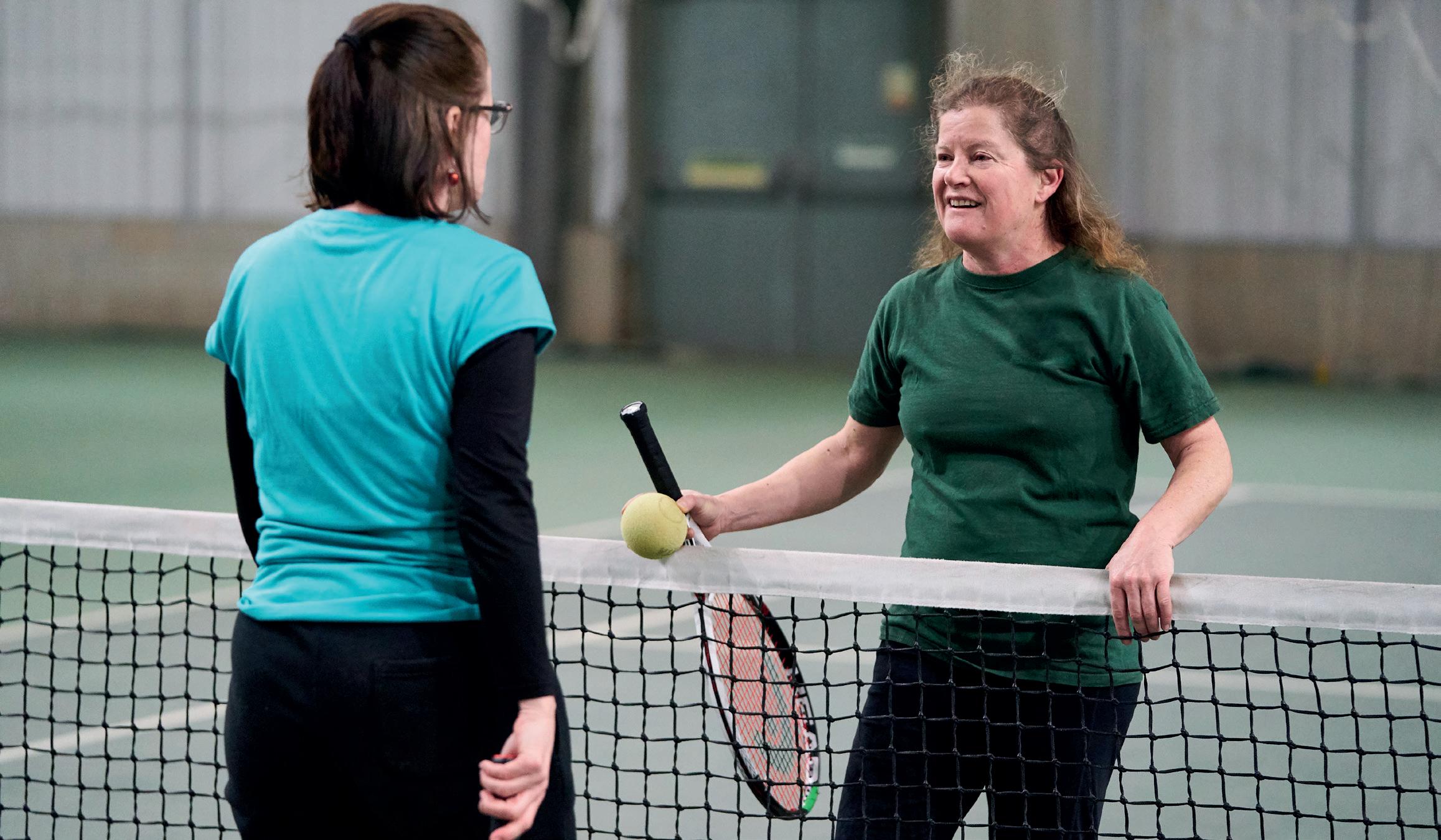
We can only do this through investment in a high quality and internationally relevant performance programme,” the LTA says. “We also want to set aspirational standards off the court - making sure tennis is governed and administered to the very highest standards and ensuring we have the financial stability to guarantee the long-term health of the sport.”
Since the launch of the original, five-year strategy in 2019, the LTA has seen the number of registered players and members grow, while the number of British players at the top of the professional game has also increased. The LTA fan community has tripled – and currently has 1.5 million members – while there were more British players in the top 100 of the men’s and women’s game in 2023 than any time since 1978.
But while the LTA says it’s proud of its achievements, it recognises that there is further progress to be made.
We have a lot to do, and we know we can’t do it alone,” the LTA says. “We want every volunteer, every coach, every official, every player and every fan in Britain to work together, so that we can grow the sport we all love. We want to support everyone who cares about our game to work together to turn our vision into reality and open up tennis.
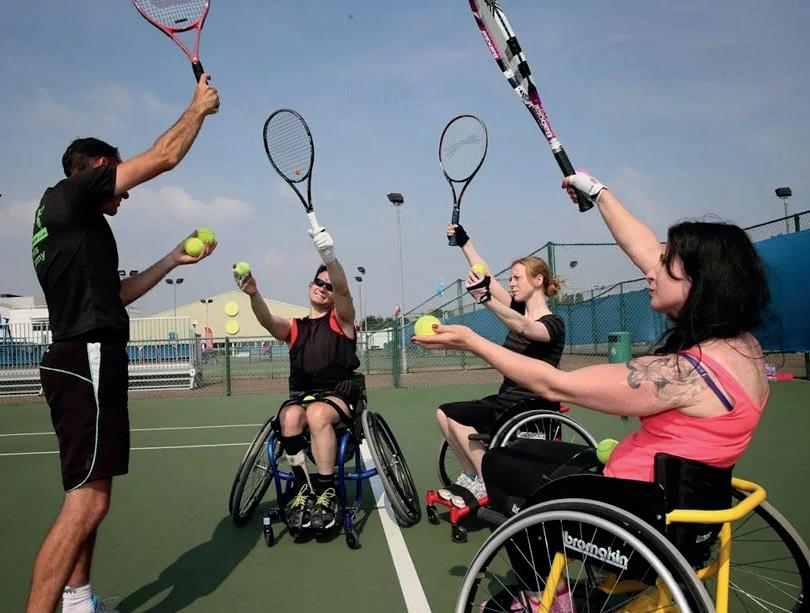
“Tennis brings together communities, families, and the country as a whole. It can be at the heart of our community and a source of social enjoyment. It’s rewarding, has physical and mental health benefits for those who play it, and is a wonderful spectacle for those who watch it.
“Our goal today is the same as it has been for the past five years: to take tennis forward into a new age, and ensure it is embraced by many more people. We are working to change perceptions of tennis, break down barriers, and help more people to enjoy tennis in a way that’s right for them.
“Tennis is for everyone. All ages, all backgrounds, all levels of fitness, all abilities. Anyone can pick up a racket, anyone can be part of the tennis family.”

In the realm of industrial and commercial LED lighting, Carbon8Lighting stands as a beacon of innovation and excellence, with over a decade of expertise in lighting projects
In 2023 Carbon8Lighting successfully entered the sports lighting arena with its Athlima LED Sports Lighting Range. In October 2023, at UK Construction Week, Carbon8 unveiled its groundbreaking Phanos portable lighting range.
Unlike most commercial LED lighting towers that are based on modification of an older lighting tower product, Carbon8’s Phanos range is designed from the ground upwards, without compromise. The range capitalises on Carbon8’s wealth of experience with innovative product design and understanding of precision optics. The result is a range of portable lighting towers and power packs that are full of innovation and outperform anything currently available on the market.
The Phanos light towers and power packs are engineered to be used in the most challenging environments.
Like all Carbon8Lighting products, the Phanos range has gone through extensive testing.
However, with its standard light fittings, this is a simple process, using a climatic simulation test lab. With a seven-meter tower this becomes somewhat trickier. The answer was to take the Phanos tower to places where it would be exposed to the most punishing climatic conditions, from the heat and humidity of the tropics to the wind, rain and snow of a Scandinavian winter.

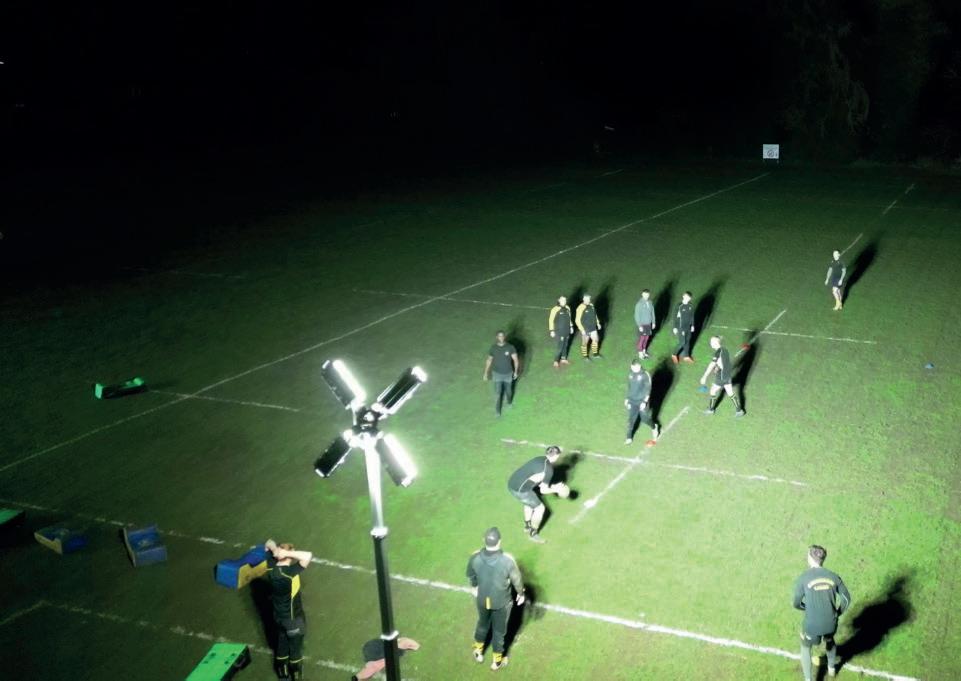
The Phanos Lighting Tower outperforms anything in its class, and at just under 50kg, it’s also the easiest to deploy and set up.
One key feature of the Phanos mobile tower is it’s rotatable, tiltable light head, offering adjustment in all planes.
For transportation, the light head folds simply and neatly, retracting into the chassis frame. Extension and retraction of the tower is done simply by the push of a button.
The Phanos Lighting Tower comes as two versions. The amenity lighting version is designed to illuminate the area around the tower and is ideal for event lighting, site lighting and interior down or op lighting. The sports version offers asymmetric lenses and is designed to sit on the side lines of a sports play area. Both versions have the tilt and module rotation adjustment to enable the user to position the light output in the most effective position.
Running at up to 800 watts and using the combination of high-performance LED chips and advanced lens technology,
The Phanos Tower is easily adaptable, enabling it to be used for many specific lighting requirements. One such example involves the collaboration between Carbon8Lighting and tennis court fencing specialist, JB Corrie, for the supply of a retractable lighting system tailored specifically for tennis courts. This cutting-edge solution will empower clients to effortlessly raise and lower multiple columns of lights at the press of a button, enhancing convenience and flexibility like never before.
Contact us today
01256 300031
sales@c8l.co.uk
For more information, visit: carbon8lighting.co.uk

Andy Farr, Parkwood Leisure’s new Strategic Director, is a veteran of the physical activity industry and one the leisure sector’s innovative leaders. Farr speaks to SportsNation about his role and the sector’s future
Andy Farr has worked in the physical activity and leisure sector for nearly 25 years. During his career, he has held a number of roles across both the public and private sectors – including a near four-year stint at British Cycling, first as Head of Facility and Investment Strategy and then Head of Business Planning and Transformation.
In September 2022, Farr was appointed Strategic Director of Parkwood Leisure, a specialist in the development and operation of leisure facilities. Parkwood manages 90 sites, most of them on behalf of 30 local authorities, across England and Wales. In his new role, Farr will help develop and shape the future direction of the business. In particular, he will focus on Parkwood’s place-based community wellbeing work, working closely with specialist local partners and wider Parkwood Group companies across health, outdoor and indoor leisure and cultural services.
You’ve spent your career in the physical activity and leisure sector and this is your second stint at Parkwood?
It is indeed. About a year into my first tenure at Parkwood (in 2018) an opportunity came up
with British Cycling to support the Places to Ride programme. In a prior consulting role, I worked on the funding bid to DCMS for the Places to Ride fund as part of the Road World Championships legacy, so this was a unique scenario.
What does your current role at Parkwood involve?
I lead and support the business development, marketing and healthy communities teams, within the overall remit of delivering positive impact at a local level and bringing our corporate mission to life ‘to encourage happier and healthier lifestyles’.
As someone who has seen the industry evolve, how would you describe the current state of the sector?
The outlook for the sector is both really positive, because of the potential, but it is also held back by a confusion of message. There is also short-term decision-making and perhaps a lack of confidence to be clear where we can have the most positive impact. There are massive opportunities around physical activity and the role it can play in communities across the country. That, at the heart of it, should be the focus of what we talk about – we deliver and encourage increases in physical activity to support
The sector’s customer base is evolving
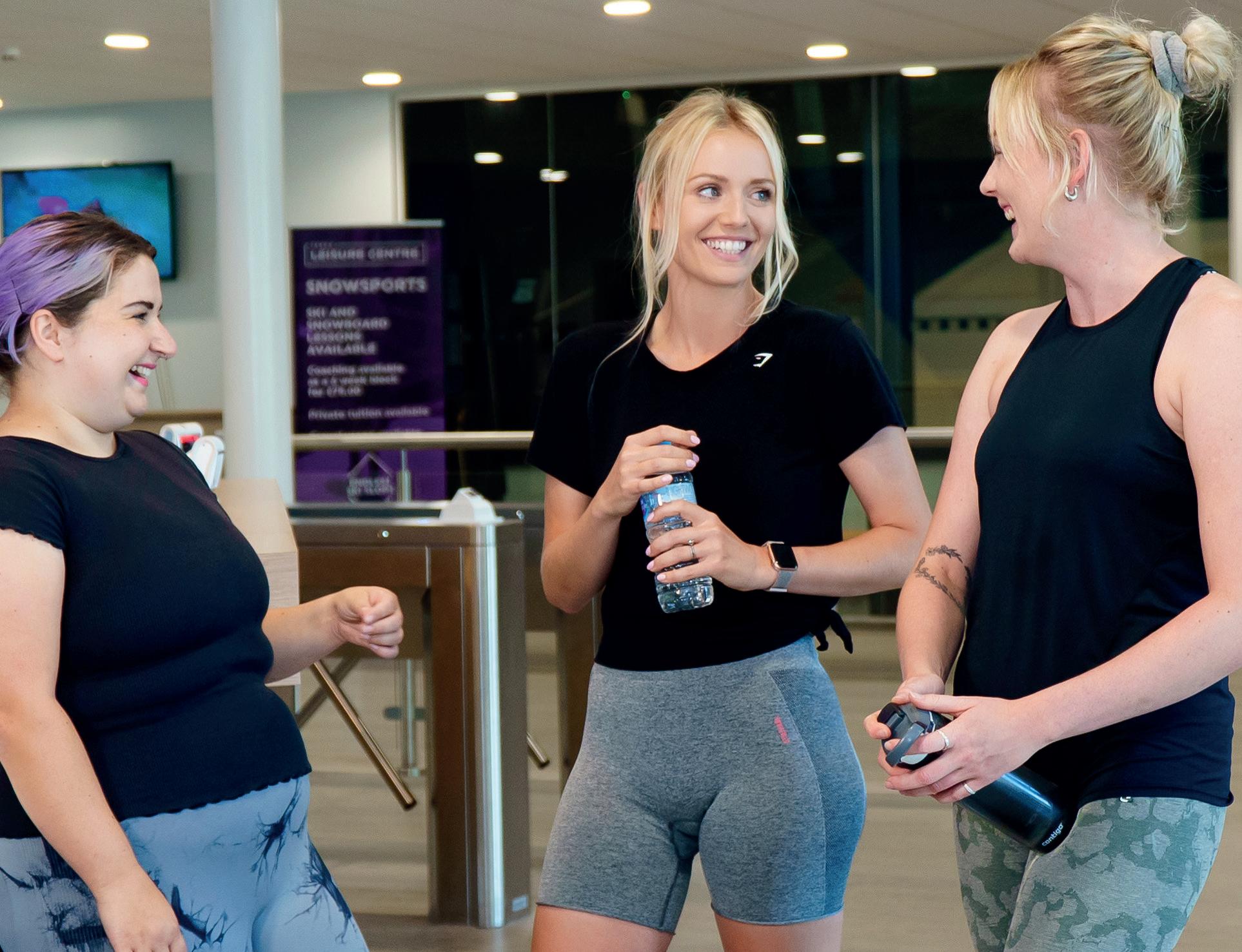
better health outcomes, reduce health inequalities, enable better educational outcomes for children and young people and support community cohesion and cultural integration. The potential is brilliant, but I’m not sure we as a sector have got our messaging clear enough and developed the workforce effectively to grasp that opportunity. If we put the workforce in place combined with a long-term plan and clarity of message, the opportunity is significant.
We need recognition and honesty that we are talking about prevention and, by its nature, prevention takes a long time to generate a return and positive impact.
We then need to collaboratively upskill the workforce, recognising that we need to look beyond traditional industry qualifications and ask: what do our partners from a health, education and local community perspective want to see? What are the transferable skills and knowledge that we can upskill our teams with, to maximise community engagement and therefore the role of physical activity? Qualifications and training have historically been developed without necessarily having the stamp of approval from our health or education colleagues - for me collaboration is key to that
workforce development, particularly around the health intervention and health outcomes and educational interventions we are delivering and seeking to scale.
The MSK Hubs program that Parkwood, ukactive, Good Boost and other operators have all been involved with is a great example of this. Essentially, it’s a government-funded ‘proof of concept’ project, that includes workforce development and programme delivery, which can become self-sustaining moving forward and therefore have an impact at scale.
The passion, commitment, innovation and collaboration are the real strengths of our sector. Having just been at Elevate it was really heartening to see how many people were willing to share best practice and advocate for collaboration - knowing collectively we can deliver positive change for the sector is a strength of our industry. Long-term planning, workforce development and clarity of messaging are the big opportunities in my view, which must be addressed on a partnership basis not just within a public leisure silo.
We are really lucky to have very passionate people who are in their roles because they want to make a positive difference
And what about threats and weaknesses?
Short termism is a critical weakness in the industry, which is often driven by short term targets, funding and strategies, and prevents genuine partnership development. There is also work to do in increasing diversity to ensure we can truly work within the communities we want to serve across the country. Ageing assets and challenging costs, especially around energy and staffing, are ongoing daily pressures.
The industry does not project sufficient clarity of the role and position that public leisure can play in community cohesion, education attainment and health and wellbeing.
We have a system that creates an emphasis and focus on short term targets and remedial actions (treatment rather than prevention) which is difficult to reconcile with prevention being a long-term intervention.
Has the public’s attitude towards physical activity and fitness changed due to the pandemic?
Yes, however, I think it has changed both positively and negatively, in the sense that it has exaggerated differences and magnified challenges between different communities.
People that had the opportunity and motivation to take part in physical activity have recognised the importance and role of fitness and doubled down, continuing to be active or more active. For those whose access to physical activity is difficult, these challenges have been magnified, making it harder for people to access opportunities and even more difficult to be physically active.
The public’s attitude has changed, but our industry has not yet fully recognised how this has changed the challenges and barriers to participation we need to address.
Does the government “get it”, in terms of recognising the physical activity industry’s potential role in improving the nation’s health and making the UK more productive?
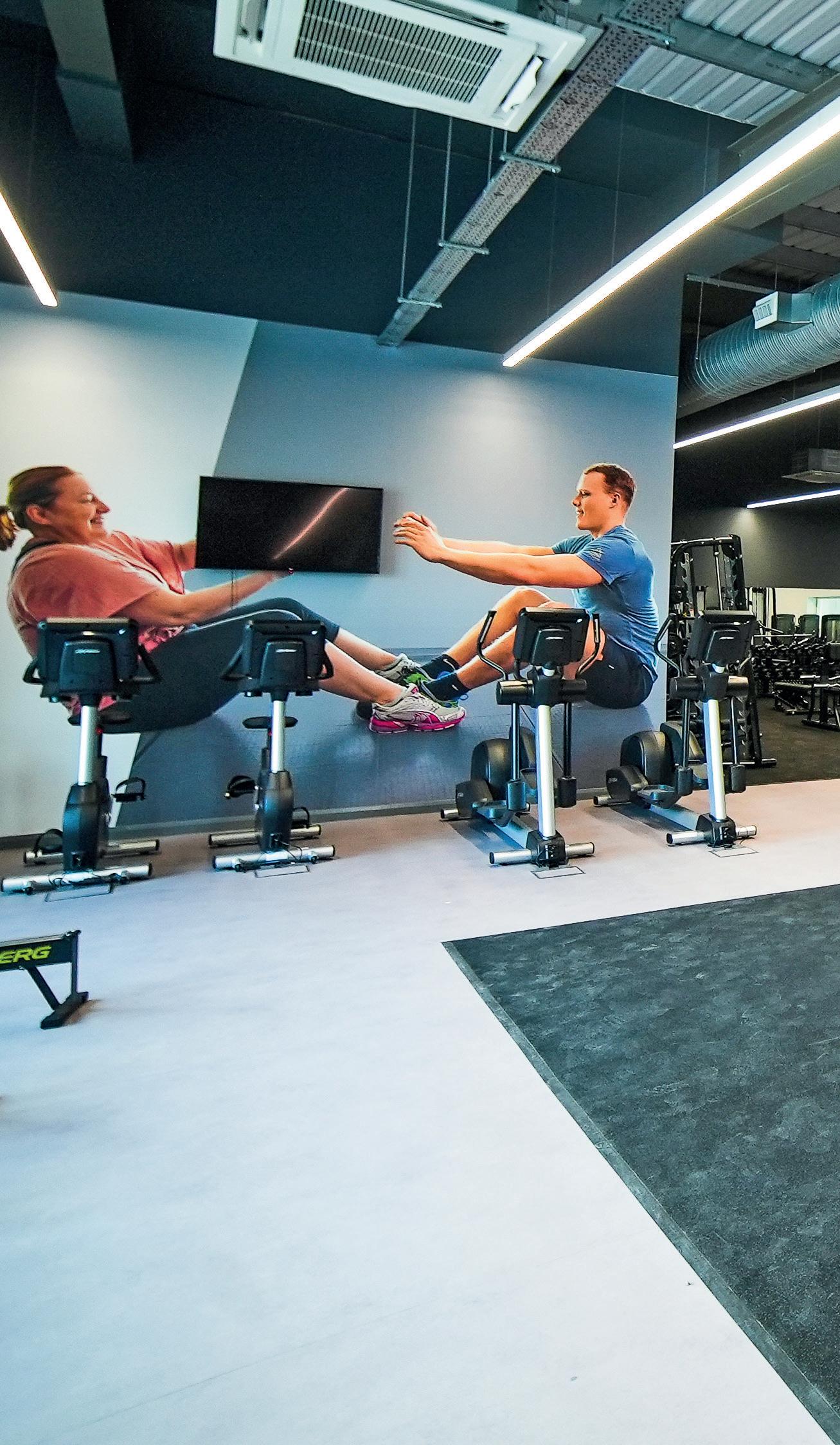
I do think the government gets it at a philosophical level and all the parties understand that physical activity can play an important role in a number of key agendas across community cohesion, mental and physical wellbeing and educational attainment. At a practical level that’s where it falls down.
In my opinion, the government struggles to create cross-cutting plans that require system partnerships to implement, and it struggles to get the balance between treatment and prevention right. For example, in a short-termist world of spending 99% of health investment on treatment and 1% on prevention, (an exaggeration but perhaps only slightly), it’s very difficult to change that balance without requiring more funding in the short-term so that treatment does not suffer. Practically, it’s therefore a really difficult challenge for government to tackle. It goes back to having a long-term cross-cutting plan that sees step changes over a period of time.

your
Please can we have a long-term plan, clear metrics across different departments and financial incentives, that has both cross party support and cross government departmental support. A strategy that genuinely has sign up from Department of Health, Department for Education etc to implement a long-term strategy, creating a better balance between treatment and prevention.
I would also ask that where funding is invested, it is directed towards scalable and sustainable initiatives, with a proof-of-concept approach that recognises value for money is important. Unless we prove the concept and then scale it, we will continue to have hundreds of projects that are reliant on grant funding, and when funding is taken away the project stops. To make a long-term difference in challenging financial circumstances, we need to create self-sustaining and scalable opportunities.
Parkwood manages 90 venues. Of these, 65 are public leisure facilities operated for 30 local authorities. There are another 25 venues across golf, theatres, outdoors, visitor venues and corporate fitness facilities.
What makes Parkwood stand out from other management companies, what’s your USP?
For me it’s the people, the heritage and the clarity of vision for the future. From a people perspective, we are really lucky to have very passionate people who are in their roles because they want to make a positive difference. This mindset helps us to support and facilitate the team, it’s hugely positive and beneficial.
From a heritage standpoint, we are a family-owned business and that brings with it a different approach to organisations that are part of larger groups. We are able to be clear on our purpose and our market (we only deliver within leisure and culture) so we have a real clarity of what we are trying to achieve, and how that influences decision-making.
In terms of the vision going forward, we are very clear on the purpose of public leisure in its wider sense and the role of Parkwood within that, and where we can deliver to encourage happy and healthier lifestyles in the communities that we
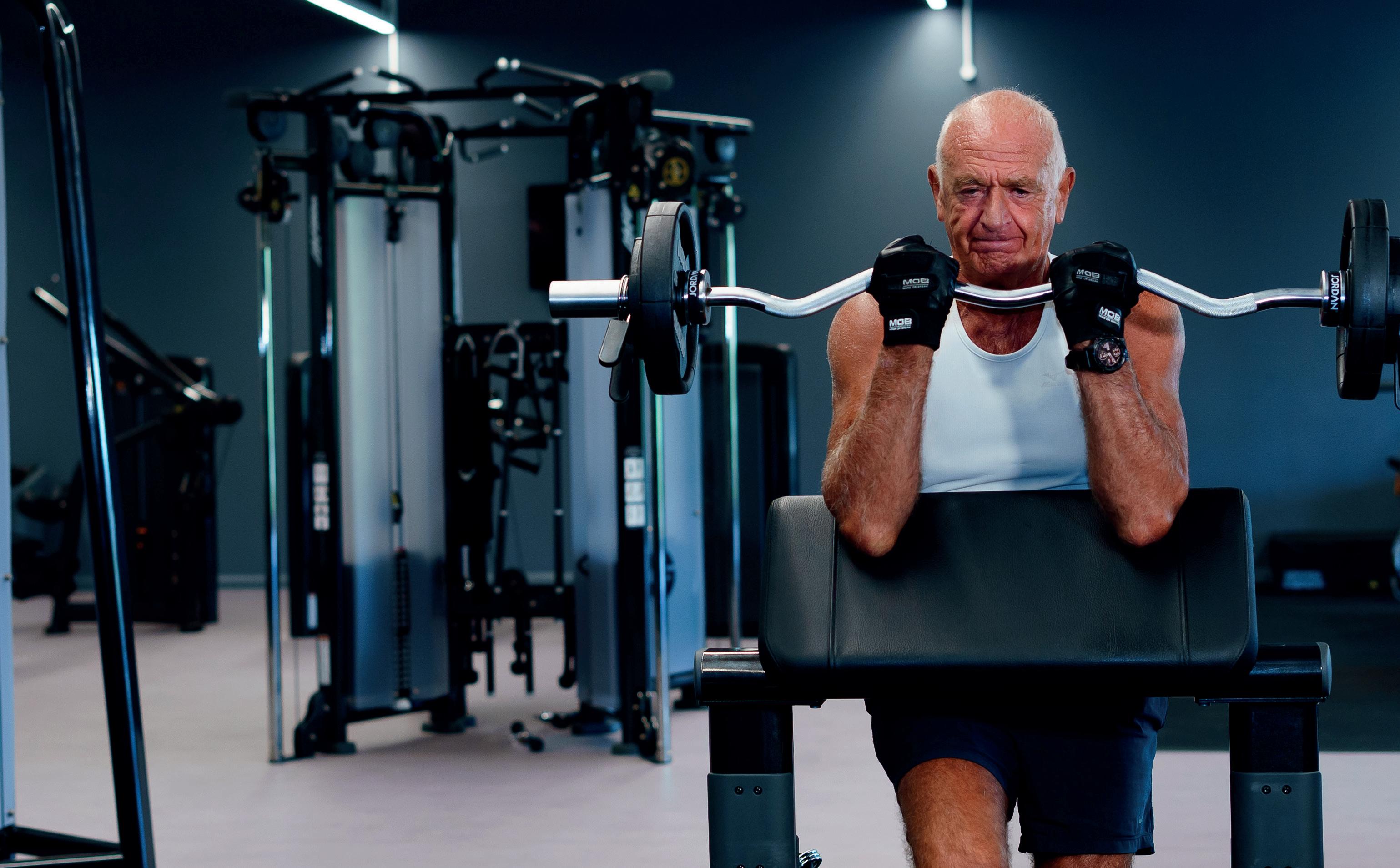
The sector is increasingly looking to attract customers of all ages
A big focus for us over the next 18 months to 2 years is growing our Healthy Communities offer
work. That’s across both our own direct delivery and also our role in facilitating other partners to maximise those opportunities for community engagement, volunteer and workforce development.
There’s been some talk since the pandemic about “insourcing” – local authorities wanting to bring facility management back in house. Have you seen evidence of this?
Yes, we have seen some moves in this direction. At present I’m not however seeing the evidence that supports this being a good long-term decision. I also think it’s a shame that we are seeing decisions being made wholesale on in-house vs outsourcing rather than making more nuanced decisions based on who is best placed to deliver the different elements of the services and interventions in the communities being served.
A good example is in Manchester, they have a facility operator who manages the network of leisure centres but they also have Manchester Active, a community-based trust that delivers a lot of their community intervention, outreach work, and physical activity development work in the city. In essence, they have looked at who is best placed to do each of the roles and this does not have to be the same
vehicle or partner. They have a facilities management organisation that are national experts in delivering very efficient and effective facility management services and then you have a local communitybased organisation working in the communities. It feels like a logical way of delivering against a strategy that requires multiple areas of expertise.
Yes, we are definitely looking to continue growing and we continue to look for opportunities across the leisure and culture sector to grow the number of venues and services we provide. We operate across England and Wales and have regional and national structures to support our growth in the medium term.
A big focus for us over the next 18 months to 2 years is growing our Healthy Communities offer. We have a new brand “My Healthy Way”, which will be the umbrella brand for all of our Healthy Communities work, so we can scale and develop across our contracts. To support that we have brought Parkwood Healthcare, who were a sister company, into the leisure division to make sure that we have the clinical expertise to grow the Healthy Communities offering.



The Paris 2024 Olympic Games will be a unique event when it comes to its competition venues, not least because one of the venues is located 9,800 miles (15,800 km) away from the French capital
To say that there is a wide variety of competition venues being used for the Paris 2024 Olympic and Paralympic Games is an understatement. For one, there will be plenty of iconic sites which will host events and provide stunning backdrops, including some of the brightest jewels in France’s cultural treasury.
There are also brand new sporting venues, purpose-built for the Games, as well as existing, international sports venues which have already hosted some of the biggest events on the planet.
The venues are also scattered all over France. The handball competitions will be held in Lille, while the famous marina in Marseille, in the
south of the country, will play host to the sailing competitions. The football tournament will be held in stadia across the country, in the cities of Marseille, Bordeaux, Lyon, Saint-Étienne, Nice and Nantes.
A host of famous Parisian landmarks will be transformed to host events. These include the Château de Versailles, the Grand Palais, Les Invalides, the Eiffel Tower, Champ-de-Mars, Place de la Concorde, the Pont d’Iéna and the Pont Alexandre III.
The Games will also set a record which is unlikely to ever be broken – the furthest distance between a venue to the main hub. The best surfers on the planet will compete for Olympic gold on the legendary waves of Teahupo’o in Tahiti – a mere 9,800 miles (15,800 km) away from the French capital.
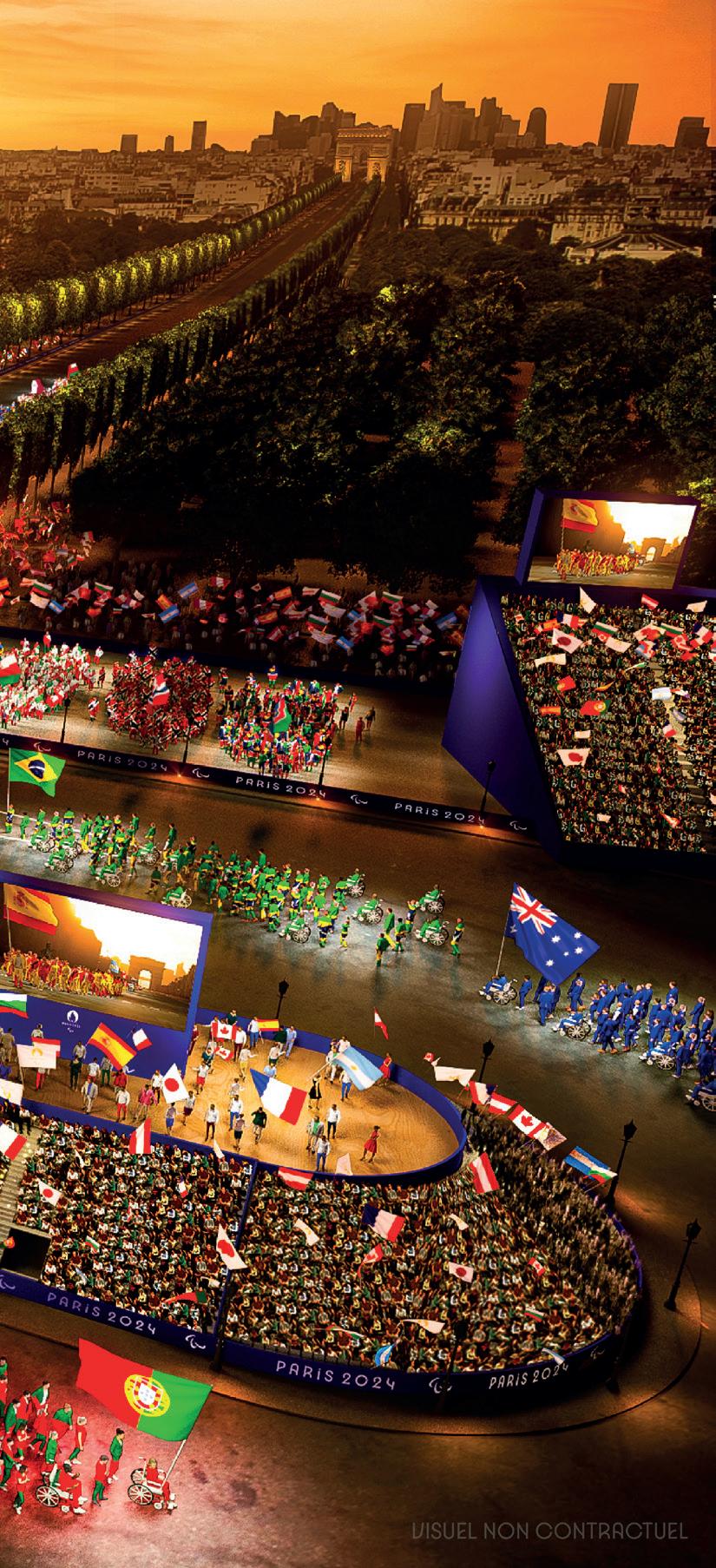
The opening ceremony will be a celebration of French cultural history

Events hosted
Olympic Games: Gymnastics and basketball
Paralympic Games: Wheelchair basketball
Capacity:
Gymnastics: 12,000
Basketball: 15,350
Wheelchair basketball: 15,700
History: Built in 1984, Bercy Arena is a large sports hall and was once the number one concert venue in France (until La Défense Arena opened
Events hosted
Olympic Games: Judo, wrestling Paralympic Games: Para judo, wheelchair rugby
Capacity
Judo and Wrestling: 9,000 Para Judo and Wheelchair Rugby: 8,200
History: The wooden structure of the arena was installed at Champ de Mars in early 2021, just opposite the École Militaire. Known as the “Grand Palais Éphémère”, the venue is a 10,000 m2 temporary building designed by architect Jean-Michel Wilmotte. It was built to host events normally held at Paris’s Grand Palais, while it undergoes a major renovation.
recently), welcoming a plethora of international artists. Designed by architects Michel Andrault and Pierre Parat, Bercy Arena in the 12th arrondissement of Paris has a distinctive pyramid shape and sloped sides covered with grass. The arena underwent extensive renovations to modernise its technological infrastructure, increase its capacity and enhance the visitor experience in 2014 and 2015. In the past it has hosted athletics, basketball, equestrian, judo, handball, tennis, ice hockey, skiing, sailing and motocross events, as well as shows, conventions and concerts.
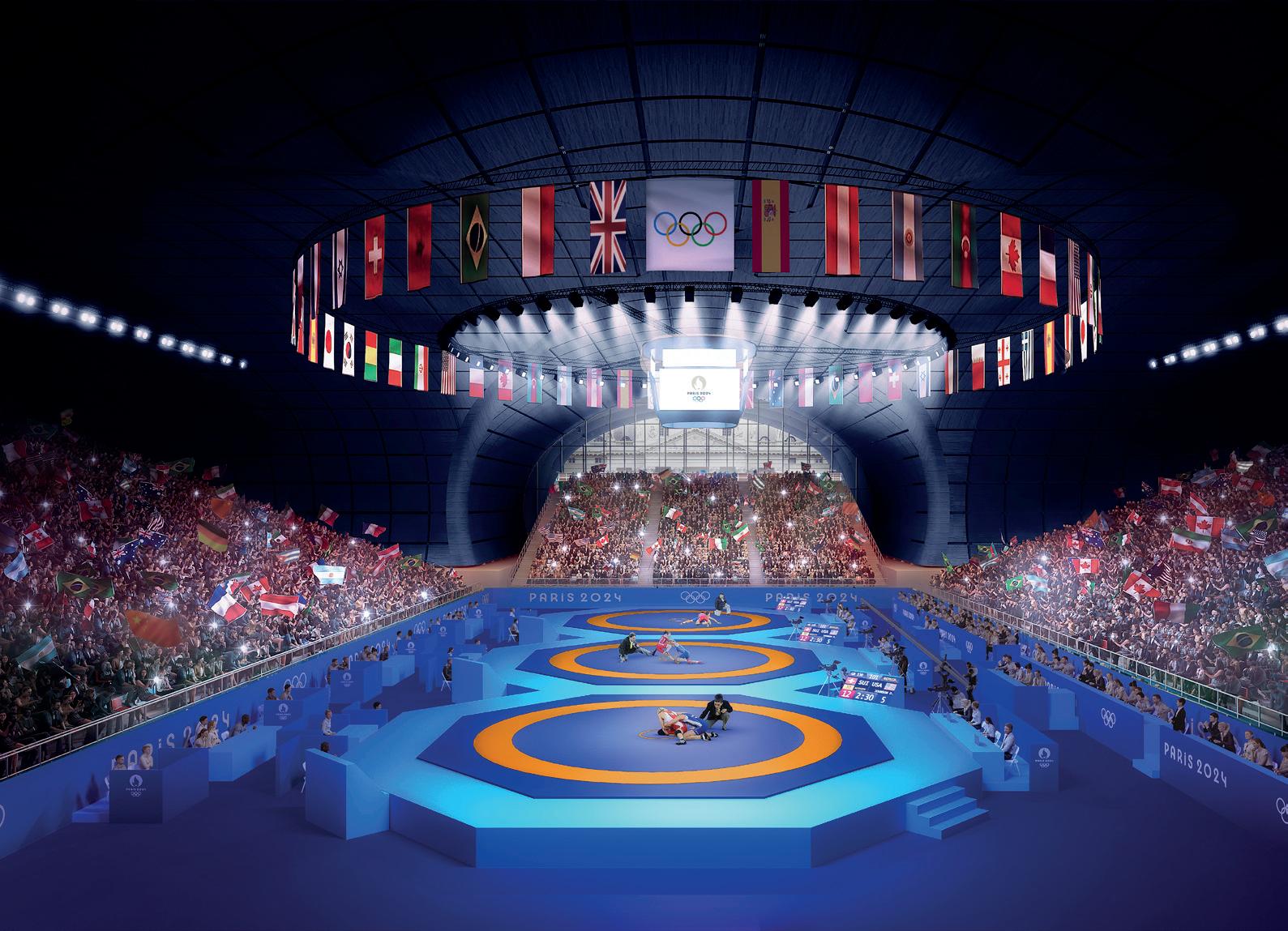
Events hosted Olympic Games: Swimming and water polo
Paralympic Games: Para swimming
Capacity
17,000
History: Open since October 2017, Paris La Défense Arena in Nanterre was designed by architect Christian de Portzamparc. With a usual capacity of 30,000 for matches and 10,000 to 40,000 for concerts, it is one of the largest indoor arenas in Europe. It also has the largest interactive screen in the world, covering 1,400sq m (or about seven tennis courts). Since its launch, it has hosted concerts and shows by major international artists, conventions, seminars, as well as resident rugby
History: Paris Expo is an exhibition and convention centre at Porte de Versailles in the 15th arrondissement of Paris. It is one of the busiest such centres in Europe and the most visited in France, welcoming 7.5 million people each year. During Paris 2024, it will host three separate venus, named South Paris Arena 1, 4 & 6.
● South Paris Arena 1
Events hosted Olympic Games: Volleyball Paralympic Games: Boccia
Capacity
Volleyball: 12,000
Boccia: 6,000

club Racing 92’s matches. The Paris 2024 Olympic and Paralympic Games will be the arena’s first time hosting swimming events.
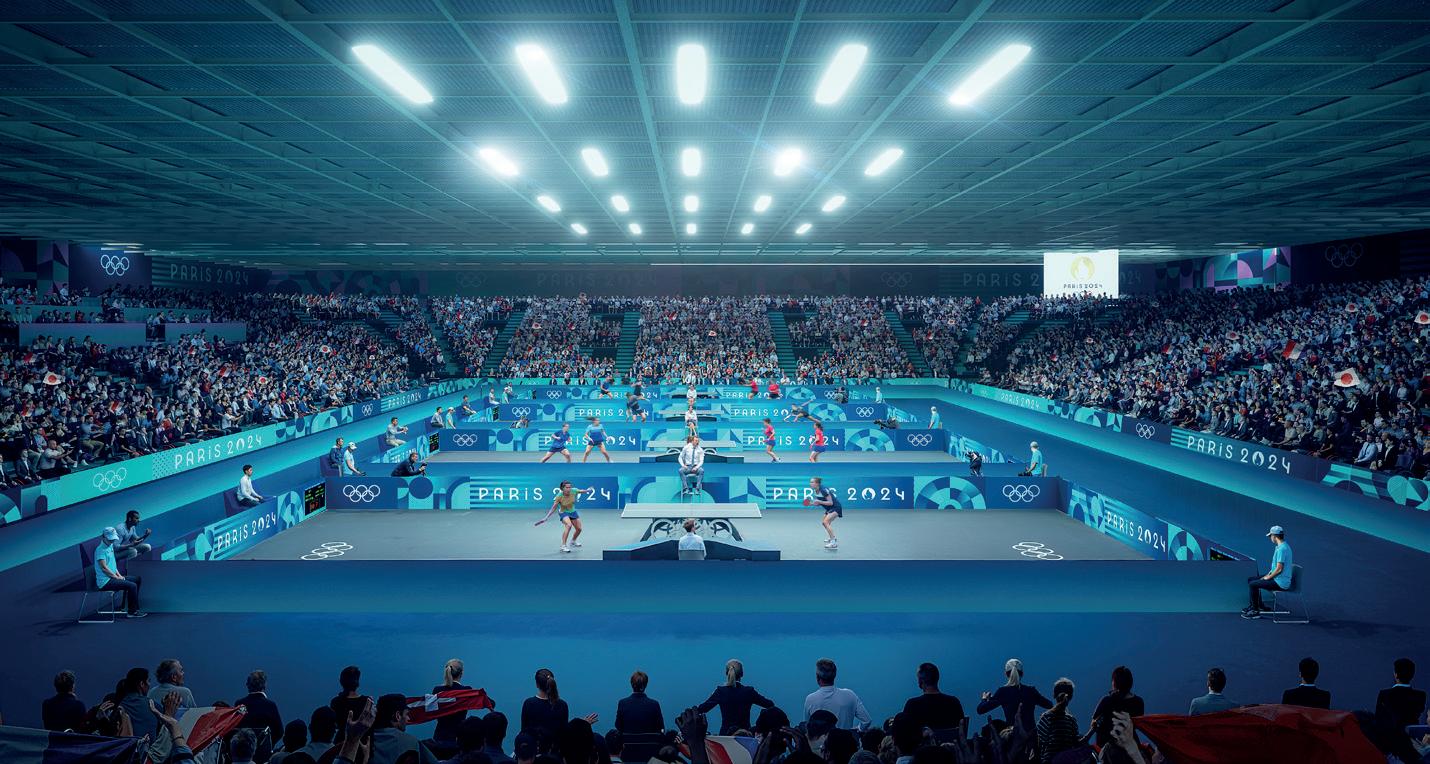
● South Paris Arena 4
Events hosted Olympic Games: Table tennis
Paralympic Games: Para table tennis
Capacity
6,650
● South Paris Arena 6
Events hosted Olympic Games: Weighlifting Paralympic Games: Goalball
Capacity
Weightlifting: 5,000
Goalball: 3,466
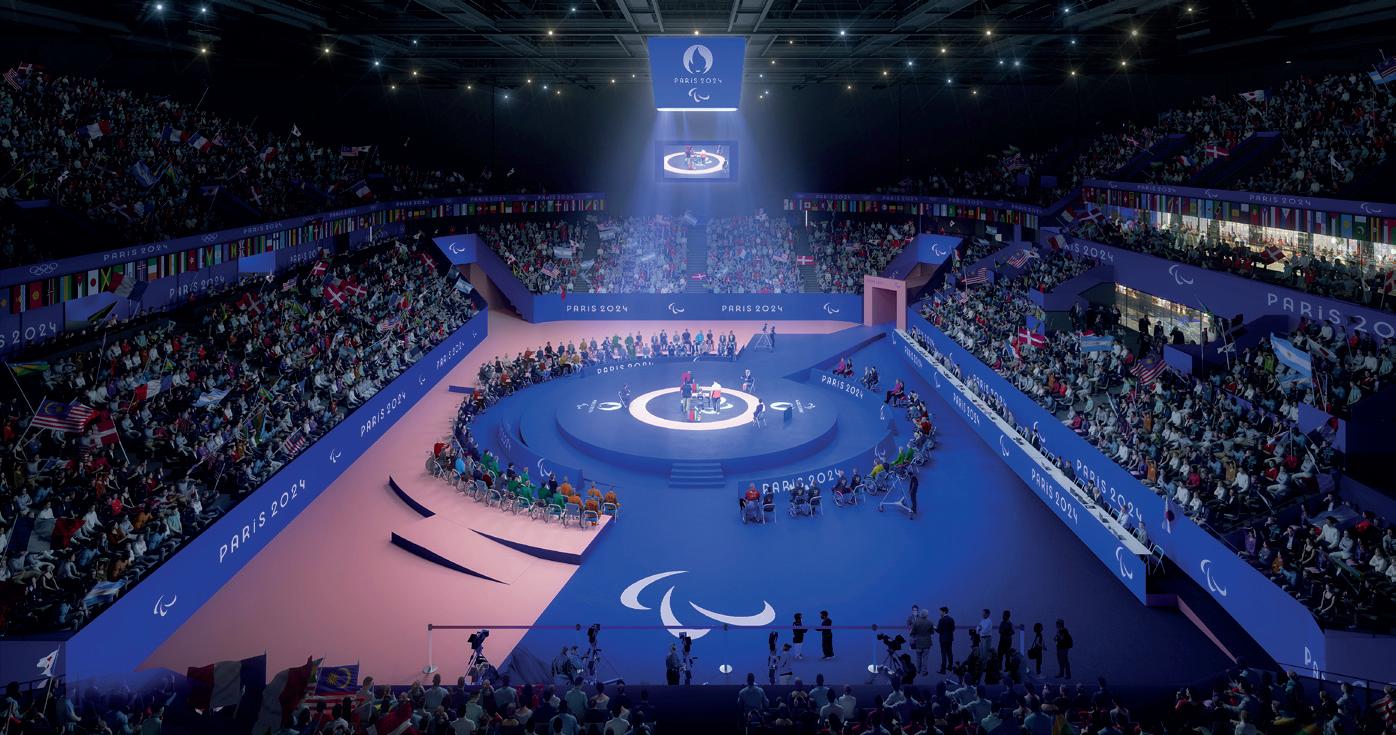
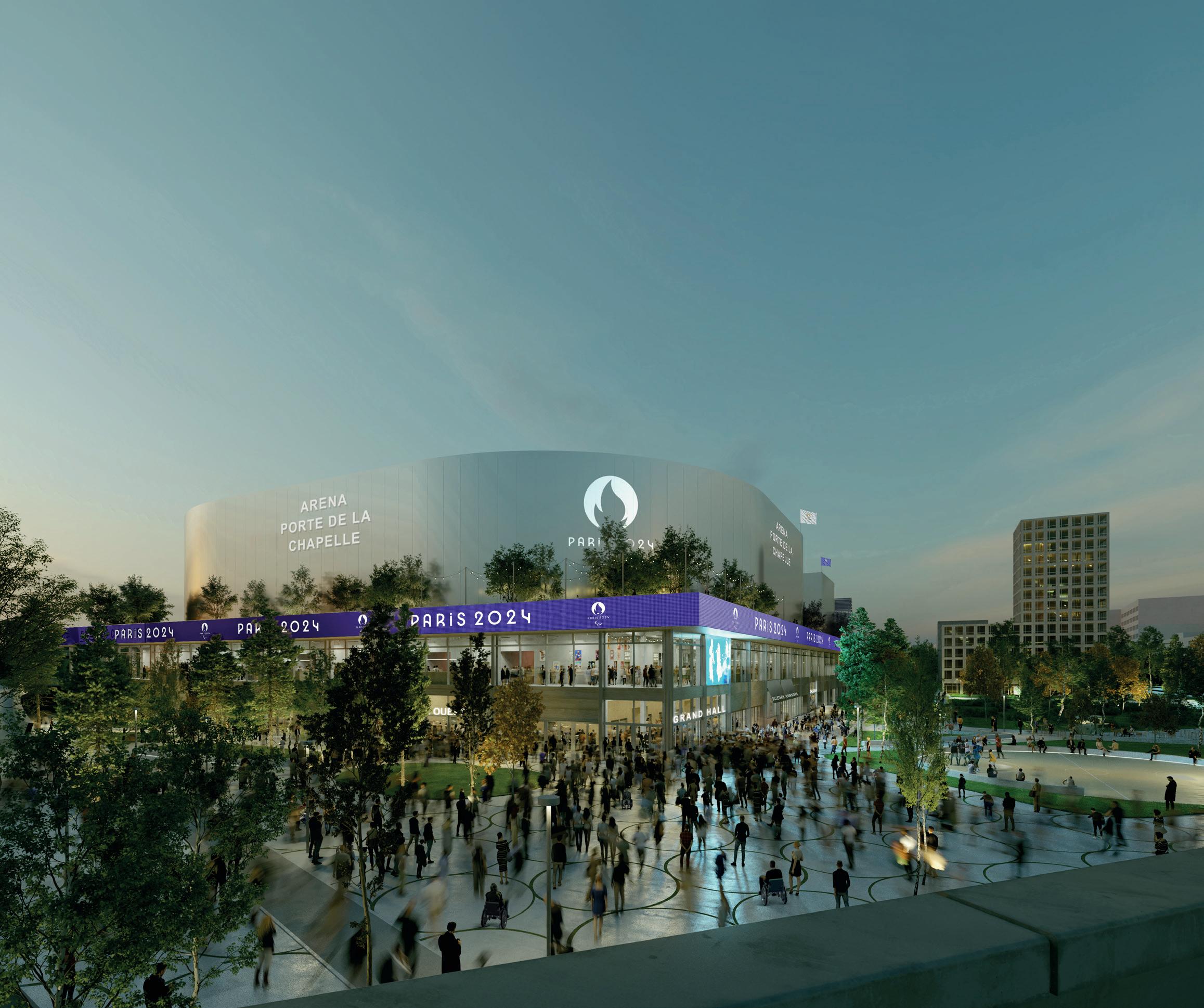
Events hosted
Olympic Games: Artistic swimming, water polo, diving
Capacity
5,000
The Aquatics Centre is one of the two permanent sports facilities built for the Paris 2024 Games, the other being Le Bourget Sport Climbing Venue. Located opposite the Stade the France in SaintDenis – less than 2 km from the Olympic and Paralympic Village – the centre was esigned using biosourced materials only. As a
Events hosted
Olympic Games: Badminton, rhythmic gymnastics
Paralympic Games: Para badminton, para powerlifting
Capacity
Badminton: 7,000
Para Badminton: 6,800
Rhythmic gymnastics and para powerlifting: 7,000
History: One of the brand new venues built for the Games, the arena was designed to be eco-friendly: 80% of the building will be covered in greenery. The building also has a recyclable aluminium facade and was constructed using mainly bio-sourced and lowcarbon materials, prioritising reuse wherever possible. Following the Games, the multipurpose venue will be home to the “Paris Basket” club.
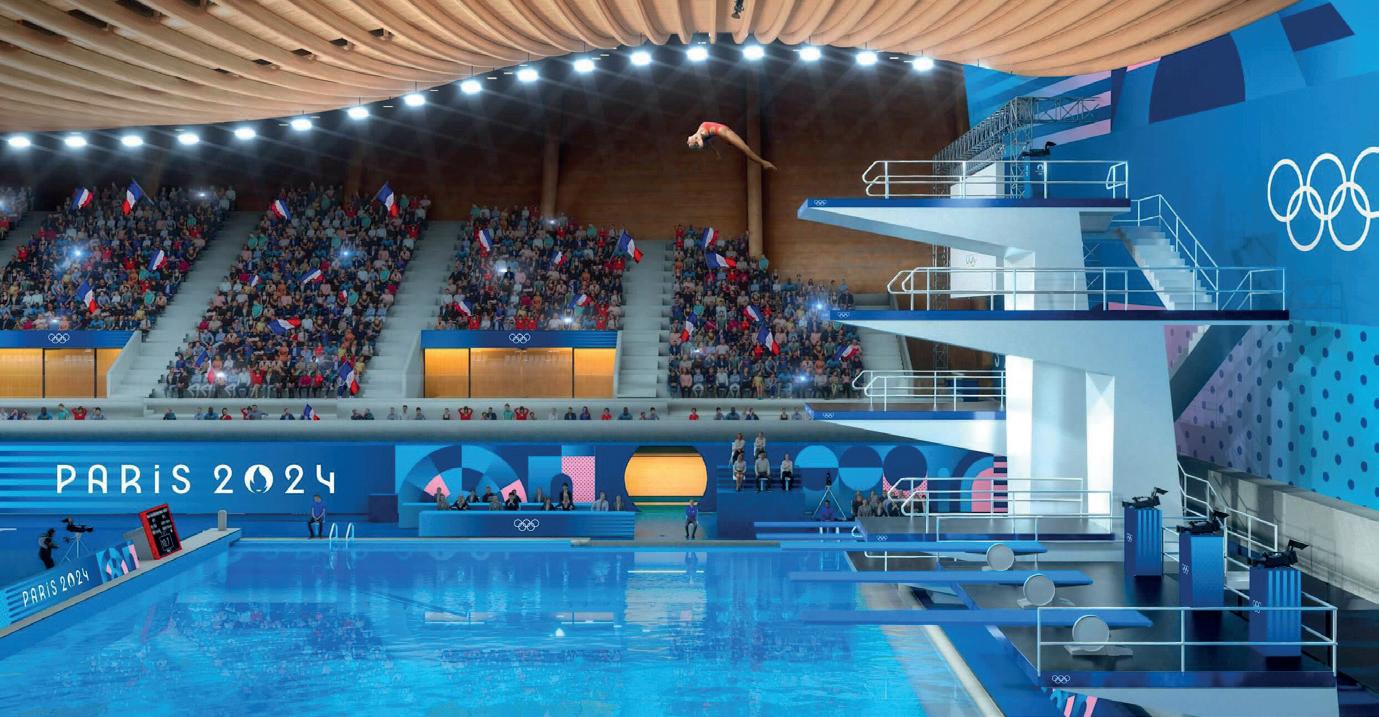
result, the Aquatics Centre is a lowcarbon facility that is committed to its energy and environmental performance, as demonstrated by the 5,000sq m of photovoltaic
panels installed on its roof. It will house a range of sports facilities after the Games, including a fitness area, a climbing wall, padel tennis courts and pitches for team sports.
Events hosted Olympic Games: Equestrian, modern pentathlon
Paralympic Games: Para equestrian
Capacity
Modern Pentathlon, Equestrian - Dressage and Jumping, Para Equestrian: 15,000
Equestrian - Eventing: 40,000
(5,000 seated and 35,000 standing)
The iconic, world-famous Château de Versailles – a symbol of France’s influence on the world stage –has been adapted to host the
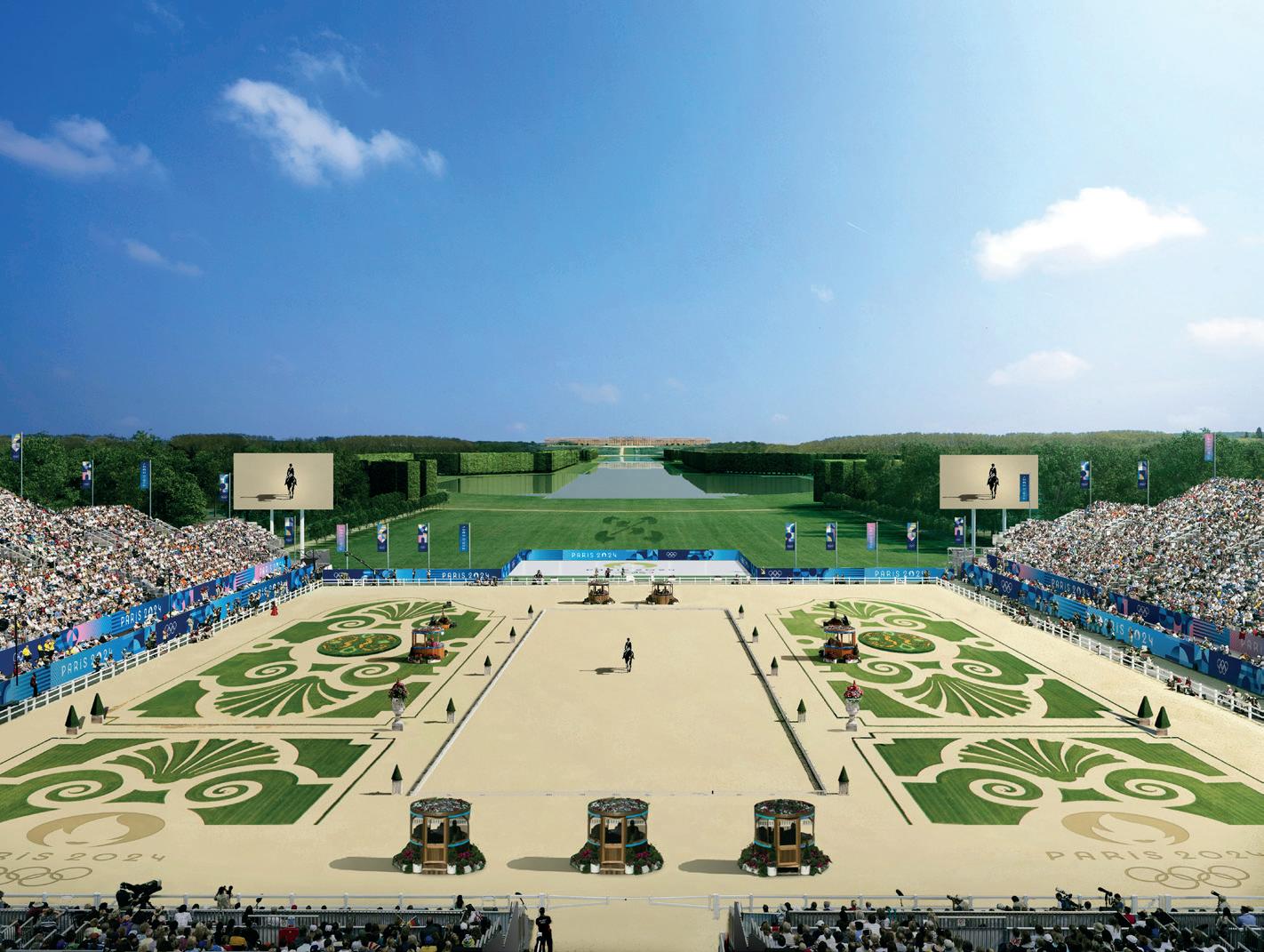
Paris 2024 Games in a unique setting. The venue’s esplanade will feature a temporary facility where the dressage and jumping
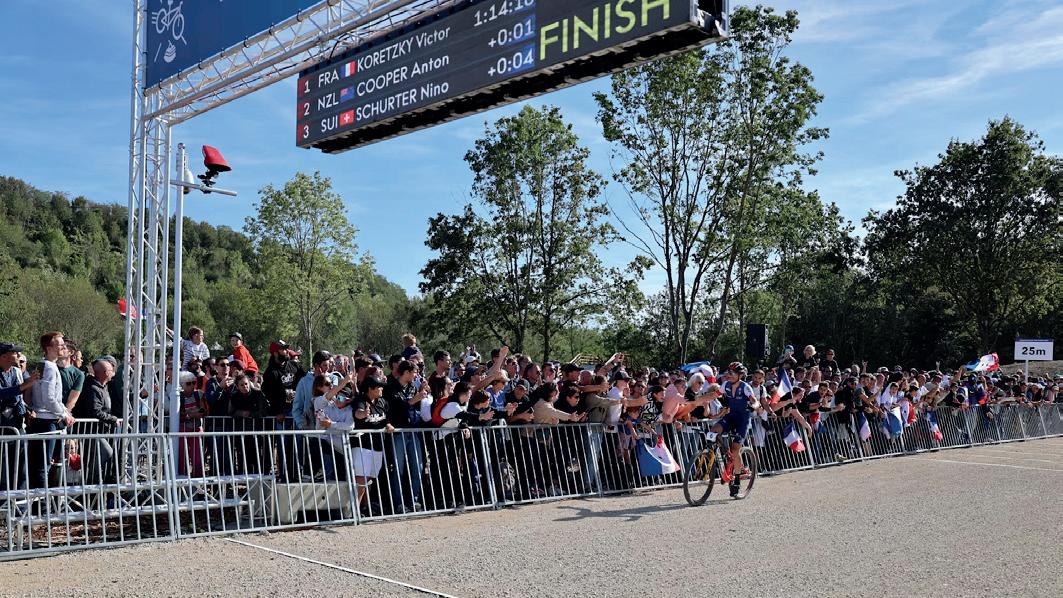
Events hosted
Olympic Games: Cycling (mountain biking)
Capacity
15,000 (2,700 seated and 12,300 standing)
Élancourt Hill in Saint-Quentin-en-Yvelines is located between Élancourt and Trappes, 7 km away from the track cycling venue Vélodrome National. Reaching 231 m, the summit is the highest point in the Greater Paris region and offers clear views of the Eiffel Tower.
All the work required to stage the Olympic mountain bike events and deliver their legacy has been designed to minimise the impact on local biodiversity. No major infrastructure is due to be built – 95% of the Olympic routes designed by South African expert Nick Floros are based on existing trails.
events (including for the eventing competition), the modern pentathlon events and the Paralympic dressage events will take place.
Events hosted Olympic Games: Golf
Capacity
32,720 (2,720 seated and 30,000 standing)
The Golf National in Saint-Quentin-en-Yvelines, around 30 km from Paris, is one of the most prestigious golf courses in Europe. Opened in 1991, it was designed as a permanent venue for the Open de France annual golf tournament and a national training facility. It also hosted the 2018 Ryder Cup.
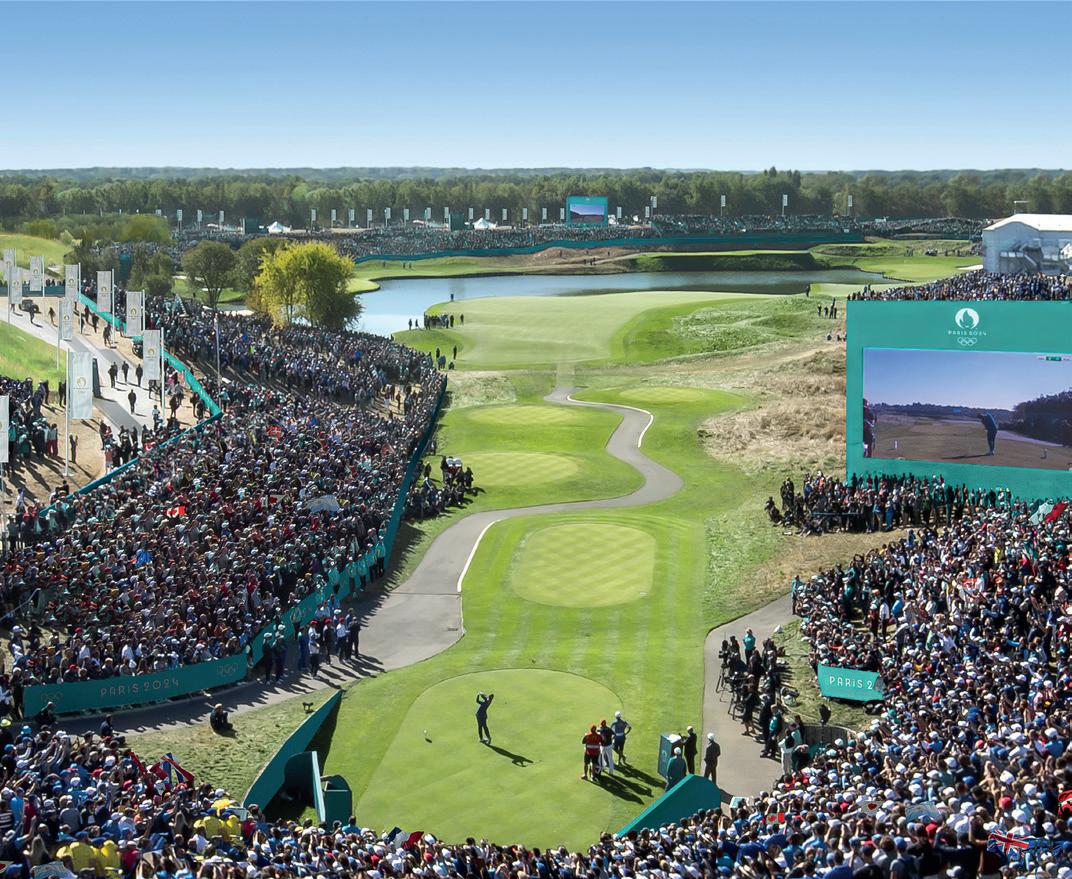
Events hosted
Olympic Games: Fencing, taekwondo Paralympic Games: Wheelchair fencing, para taekwondo
Capacity 8,000
Located on on Avenue des Champs-Elysées, The Grand Palais was designed by a group of architects for the 1900 Paris Exposition. The iconic monument has been extensively restored over the years to modernise its infrastructure.

Events hosted
Olympic Games: Archery, road cycling, marathon Paralympic Games: Para archery

Events hosted Olympic Games: Marathon
The marathon will depart from Hotel Ville, a site steeped in history, where Paris’ municipal authorities have sat since 1357. The current building, after the neo- Renaissance style, was rebuilt by architects Théodore Ballu and Édouard Deperthes. Formerly known as Place de Grève, it is a hub for activities, exhibitions and culture.
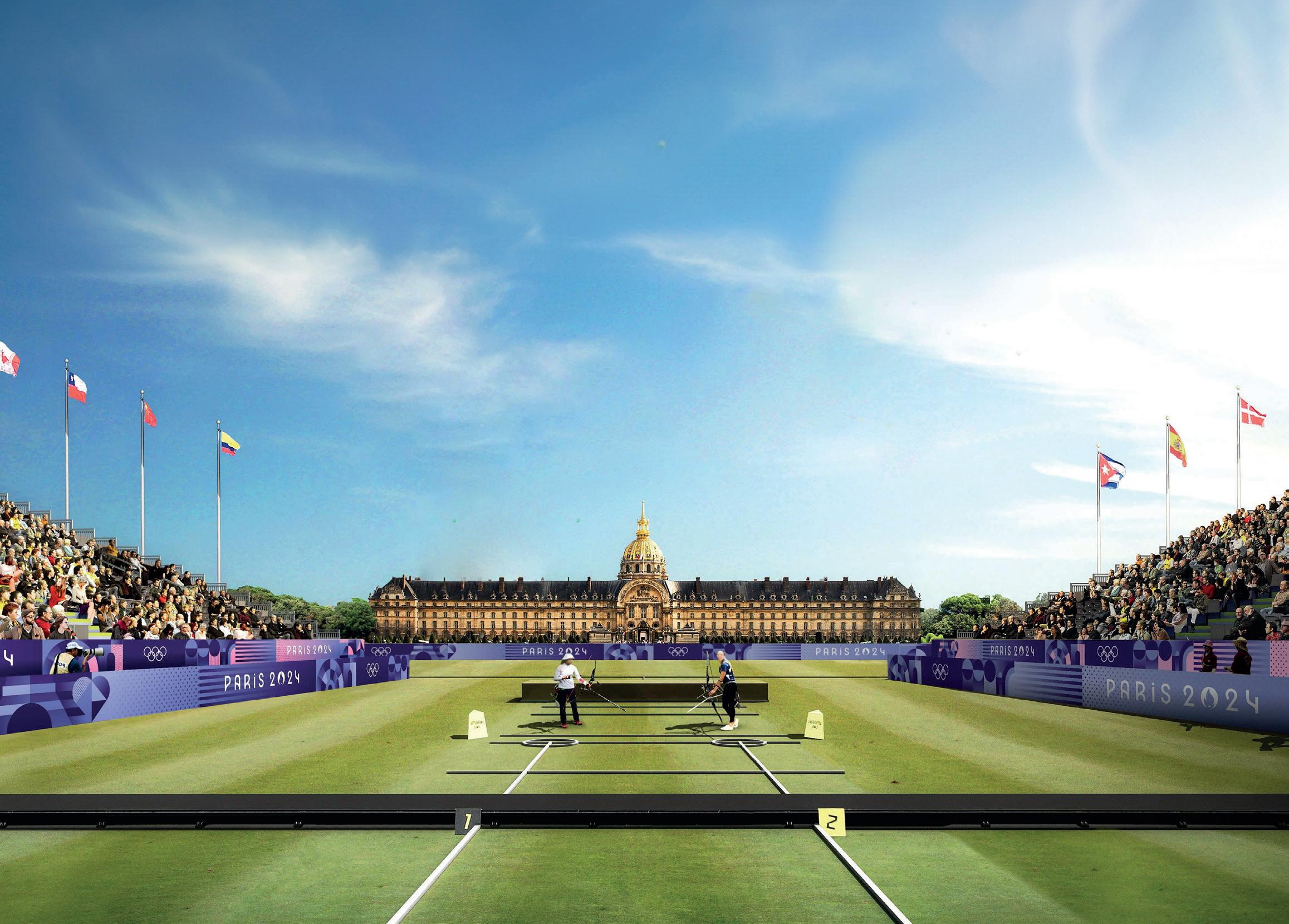
Capacity Archery and Para Archery: 8,000 Athletics (Marathon): 8,364
The Esplanade des Invalides is a large green space extending from
the majestic Hôtel des Invalides in the 7th arrondissement of Paris. It will provide an exceptional backdrop to the Olympic and Paralympic Archery events, marathon and cycling’s individual time trial events.
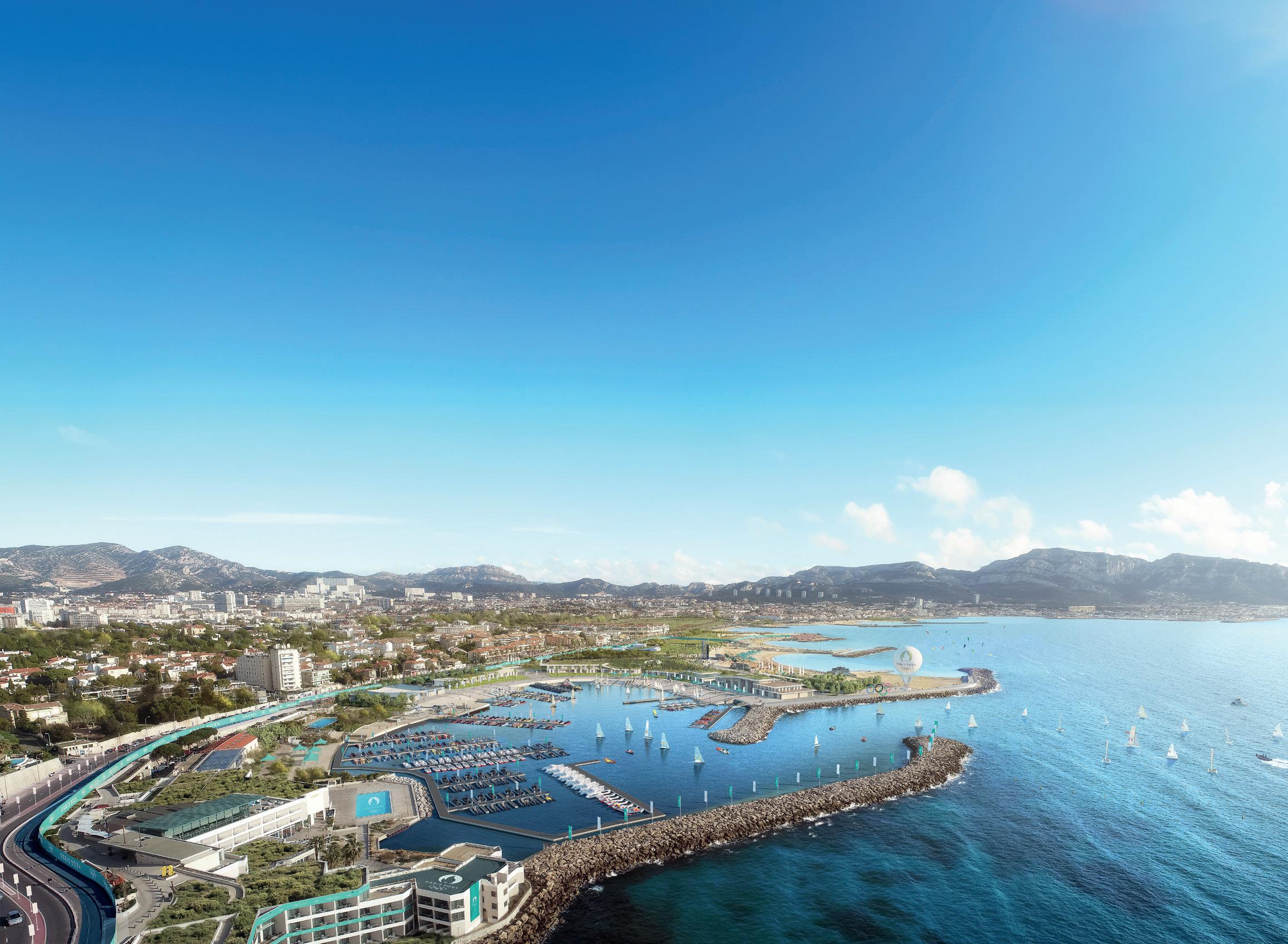
Events hosted
Olympic Games: Sailing
Capacity
12,262
(2,262 seated and 10,000 standing)
Marseille is recognised internationally for its expertise in organising and hosting water sports events. For Paris 2024, The Roucas Blanc marina will act as the starting point for the boats and has been adapted for the Games. Works on the venue included building around 7,000sq m of structures and reorganising 17,000sq m of outdoor spaces, as well as the redeveloping of the Roucas Blanc basin.

● LA CONCORDE
Events hosted
Olympic Games:
Skateboarding, cycling (BMX freestyle)
Paralympic Games:
Breaking, basketball (3x3)




Capacity
Skateboarding park: 7,300
Skateboarding street: 6,900
BMX freestyle: 5,100
Basketball 3 x 3 and Breaking: 5,500
One of the major public squares in Paris, Place de La Concorde will temporarily become an open stage where urban sports take place in their original playground, the city centre.
Parc des Princes, Bordeaux Stadium, Lyon Stadium, Marseille Stadium, Nantes Stadium, Nice Stadium, Saint-Étienne Stadium
The football competition will be held in the stadia of Marseille, Bordeaux, Lyon, Saint-Étienne, Nice and Nantes (along with the Parc des Princes in Paris)
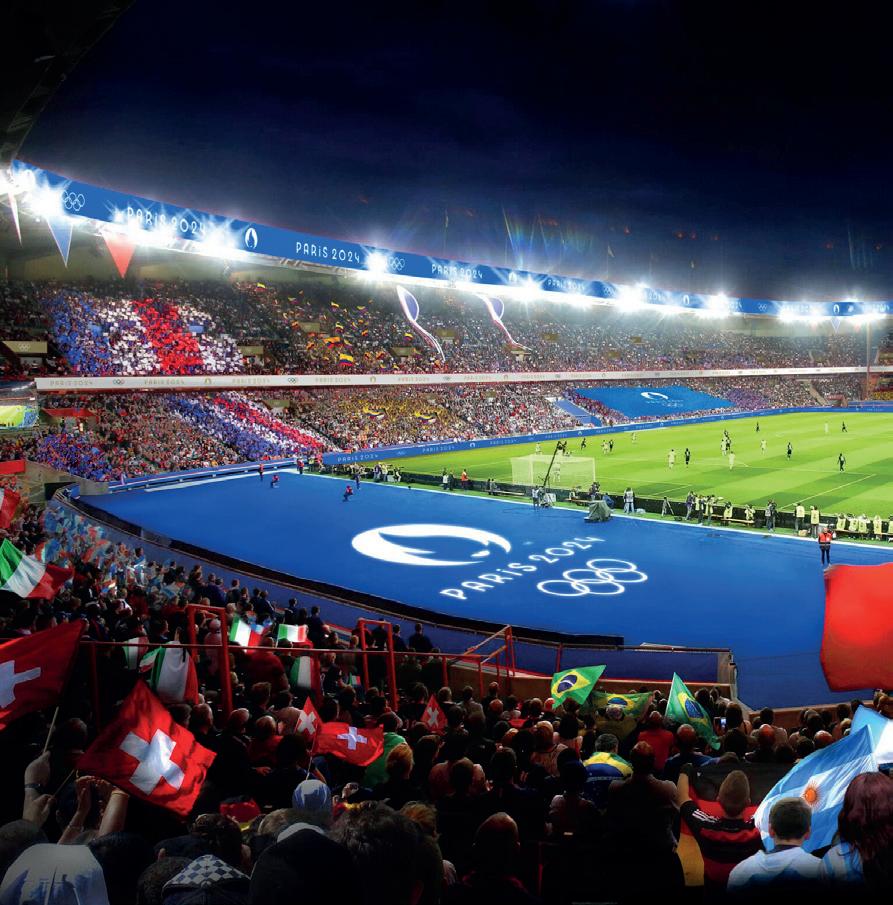

Events hosted
Olympic Games: Race walk, road cycling
Paralympic Games:
Capacity 3,349
Pont d’Iéna will be part of a broader area where the Games take place, which includes the competition venues of the Grand Palais, the Pont Alexandre III, the Stade tour Eiffel and the Arena Champde-Mars. During the Games, Pont d’Iéna will be completely decked out in temporary structures.
Events hosted
Olympic Games: Sport climbing
Capacity
6,000 (3,000 seated and 3,000 standing)
Le Bourget Sport Climbing Venue will be one of two sports facilities built specifically for the Games, the

Events hosted
Olympic Games: Road cycling, marathon swimming, triathlon
Paralympic Games: Para Triathlon
Capacity 1,000
The Pont Alexandre III will feature temporary infrastructure and play a major part in the ‘Paris centre’ arrangements during the Games. The bridge, which links two competition venues – Les Invalides and the Grand Palais – will, itself, host the triathlon, the cycling time trial (serving as the finish line) and the marathon swimming.
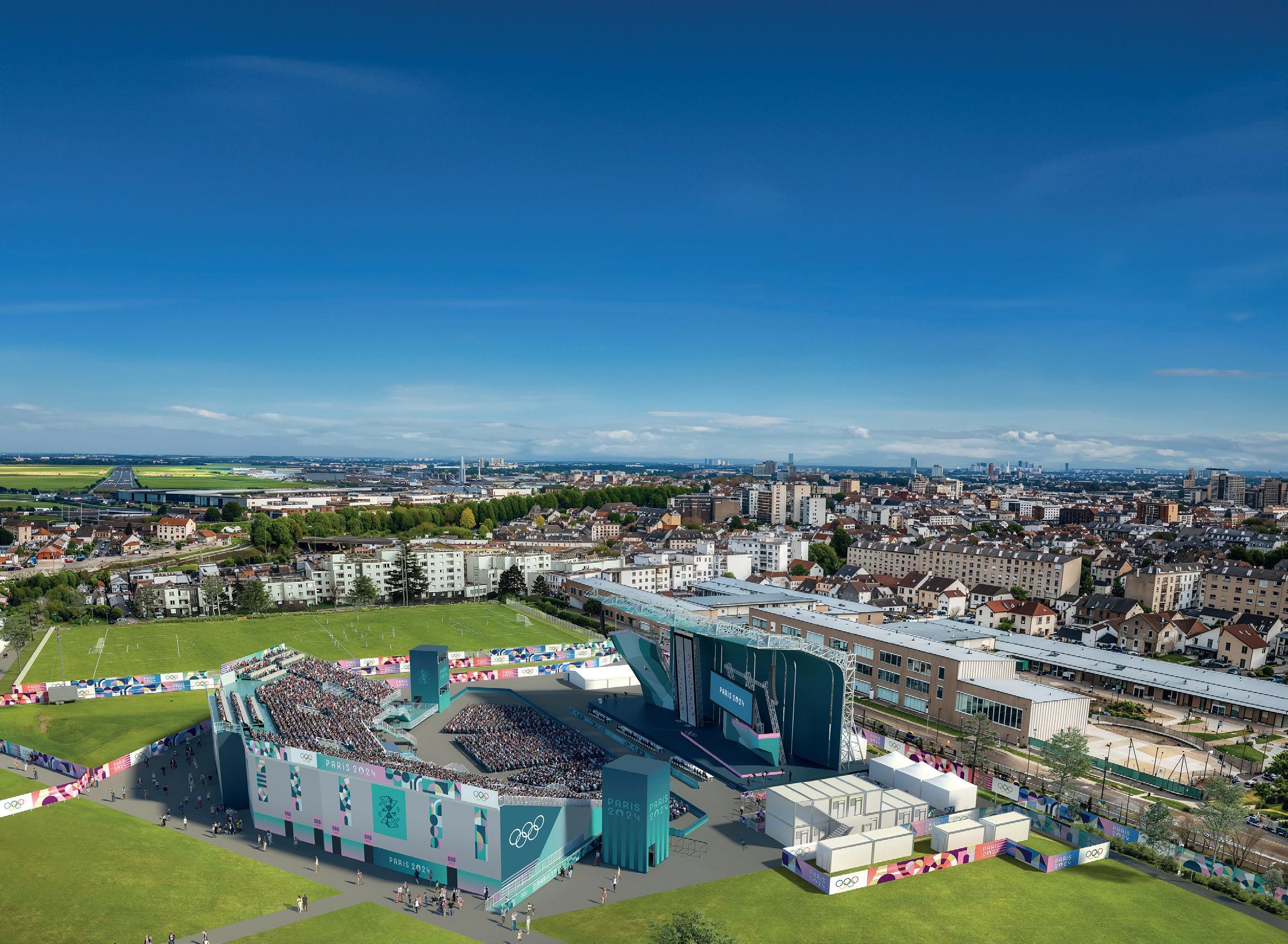
other being the Aquatics Centre in Saint-Denis. Five climbing walls will be used during the Games: one indoor warm-up wall in a purpose built sports hall (part of the lasting legacy of the Games) and four outdoor walls, including three competition walls (for the two events on the programme, i.e. speed and the combined boulder and lead event) and one warmup wall. The facility will be at the heart of a Games cluster just a stone’s throw away from the media village in Dugny and La Courneuve Shooting Range.
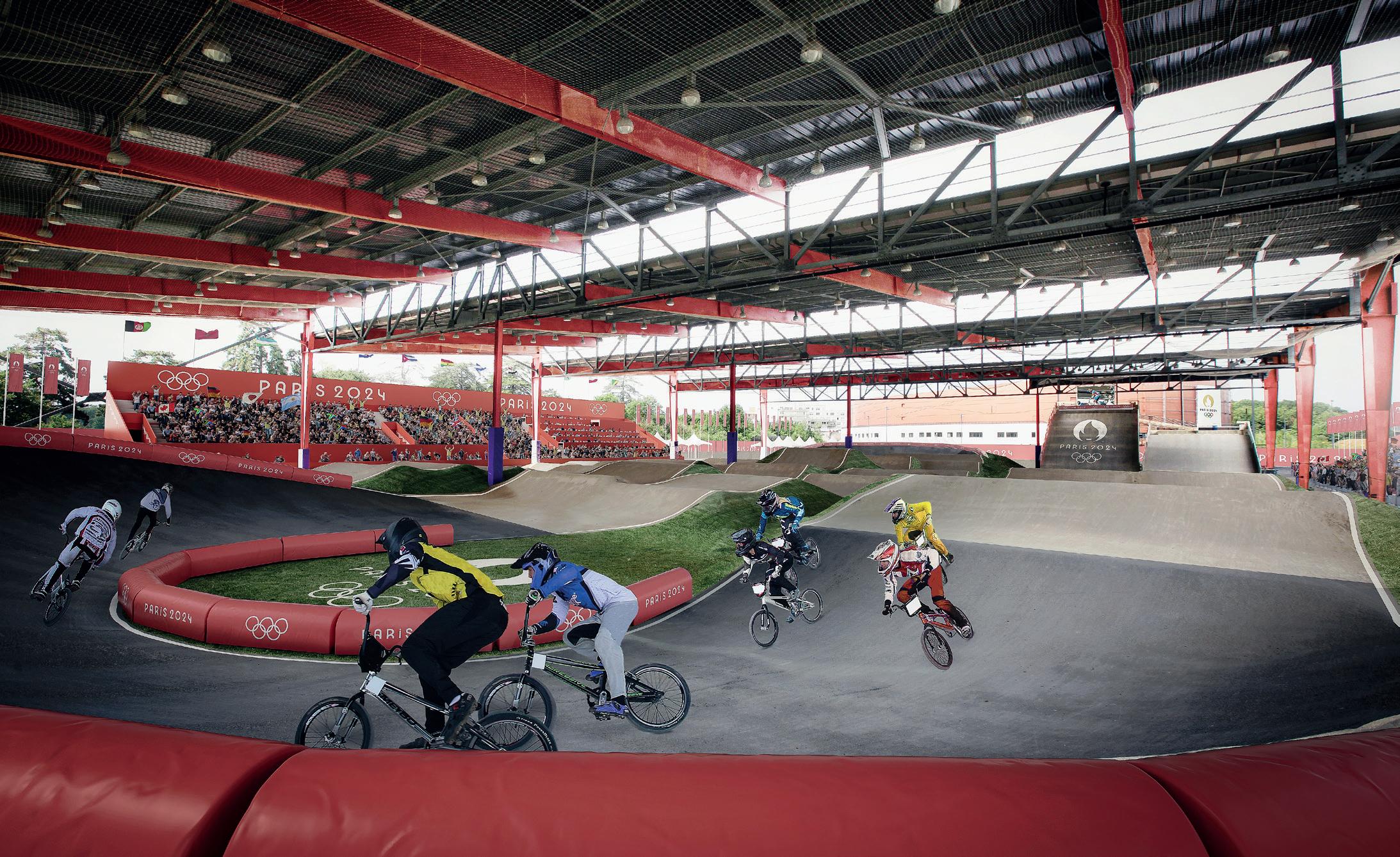
Events hosted Olympic Games: BMX racing
Capacity
2,650 (2,450 seated and 200 standing)
Events hosted
Olympic Games: Athletics, rugby Paralympic Games: Para athletics
Capacity
77,083
The Stade de France – the Olympic Stadium for the Paris 2024 Games – is the largest stadium in France. Since it opened in 1998, it has been the focal point of all major national and international sporting events held in France. As well as the main stadium, The Stade de France has an annex stadium that can be used for warm-ups and practice sessions. It is connected to the stadium via an underground walkway.
Located at the heart of a cycling hub near Élancourt Hill, where the mountain bike competitions will take place. the Saint-Quentinen-Yvelines BMX Stadium is fully covered – a rare feature for BMX venues. The 400m track regularly hosts UCI BMX Supercross World Cup events and has been redesigned specifically for the Games.
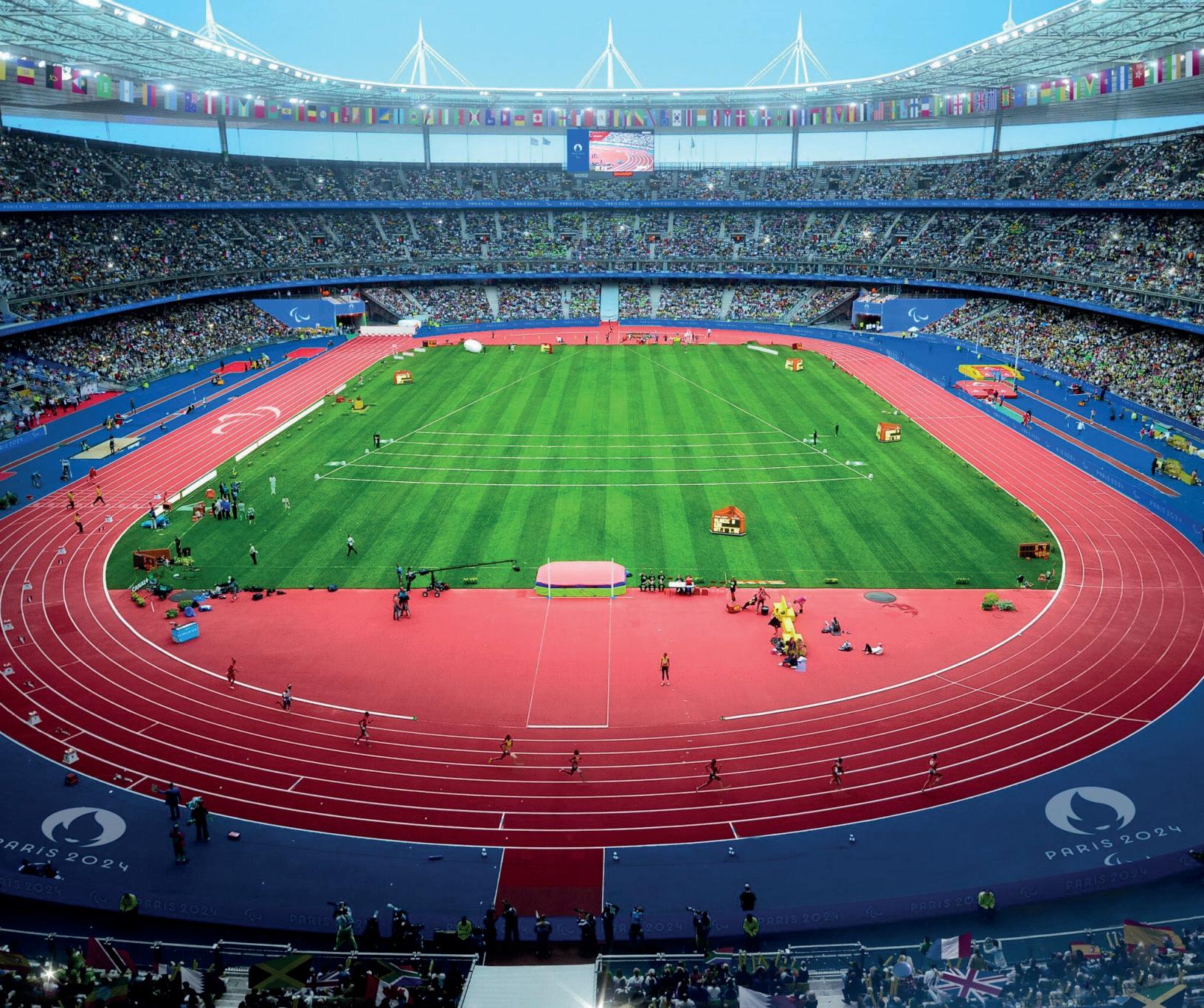
Events hosted Olympic Games: Handball
Capacity
27,000
Open since 2012, the Pierre Mauroy stadium in Lille is a modern sports facility that can easily adapt to a wide range of uses. The stadium has hosted a variety of international events, including the Davis Cup finals in 2014 and 2018, EuroBasket 2015, the 2017 IHF World Men’s Handball Championship, the 2016 UEFA European Football Championship, as well as concerts. The stands can hold 50,000 spectators for football and rugby matches. It takes less than 30 minutes to fully open and close the stadium’s retractable roof for indoor events.
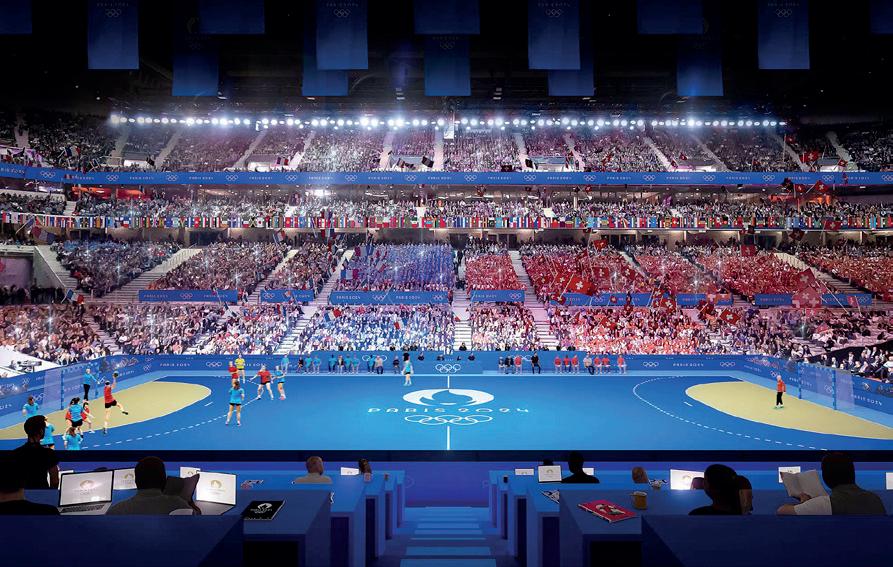
Events hosted
Olympic Games: Tennis, boxing Paralympic Games: Wheelchair tennis, sitting volleyball
Capacity
Tennis and wheelchair tennis: 28,229 (PhilippeChatrier Court: 14,962, Simone-Mathieu Court: 5,289, Outside courts: 7,978 for Tennis and 7,602 for wheelchair Tennis) Boxing and Sitting volleyball: 9,829
Roland-Garros is the home of the French Open Grand Slam tournament and one of the world’s most iconic international tennis venues.

Events hosted Olympic Games: Rowing, canoeing and kayaking (sprint and slalom) Paralympic Games:
Capacity
Canoe, kayak sprint and rowing: 24,000 (14,000 seated and 10,000 standing Canoe and kayak slalom (White Water) & para canoe: 12,000 Para rowing: 14,000
The venue has hosted the 1991 ICF Canoe Sprint World Championships and Canoe World Cup events in 1992 and 1996. It was extensively renovated ahead of the Games, with work involving building a white water centre with a 250m slalom course, modernising the 2,200m rowing and sprint course, as well as building related infrastructure, a media centre and accommodation for athletes and visitors. The redevelopment was designed with both Games athletes and legacy in mind and is expected to attract up to 500,000 visitors each year post-Games.
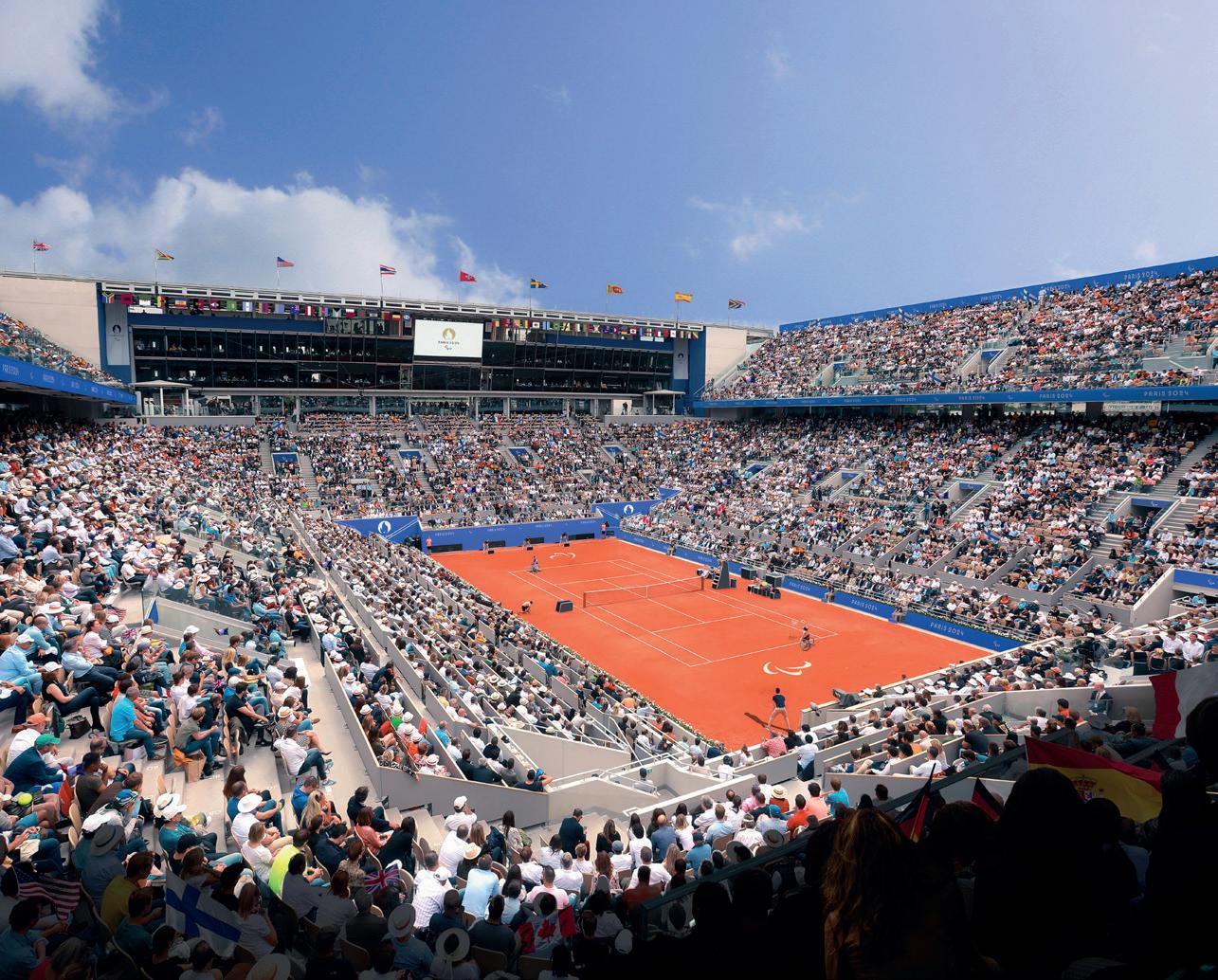
Events hosted Olympic Games: Hockey
Capacity
18,000
Yves-du-Manoir stadium was the main venue for the Paris 1924 Games and is considered one of the most iconic stadiums in French sporting history. It has been renovated regularly over the years and underwent extensive upgrading works ahead of the Games. After the Games, the French Hockey Federation will set up its headquarters in the stadium and the venue will house the federation’s national training centre (including
Events
Games: Cycling Paralympic Games: Para cycling

two artificial hockey pitches for competitions and training) in one of the two new buildings, feature a permanent 1,000-seater stand and provide premises for the federation, the Île-de-France Hockey League, the Hauts-de-Seine
Hockey Committee and, eventually, a resident club. Additionally, four football pitches and three rugby pitches with floodlights, a second building for football and rugby, as well as a new athletics track will be built on an existing playing field.

Originally conceived as part of Paris’ bid to host the 2012 Games, the Vélodrome National boasts an innovative Siberian pine track that is 250m long by 8 m wide and has a gradient of 13° on the straights and 43.8° on the turns. The track was designed by Ralph Schürmann, who also worked on the velodrome used for the 2008 Beijing Games. The versatile, modular venue can accommodate a range of activities, including sporting and cultural events.






















































The surface is made of solid vulcanized rubber and is free of coatings and partially embedded microplastic granules













TY GRANULES 2.0











Rubber granules with optimized elasticity and deformability




















































































Cutting-edge numerical modeling has led to the development of an innovative elliptical air-cell structure within the track’s base layer














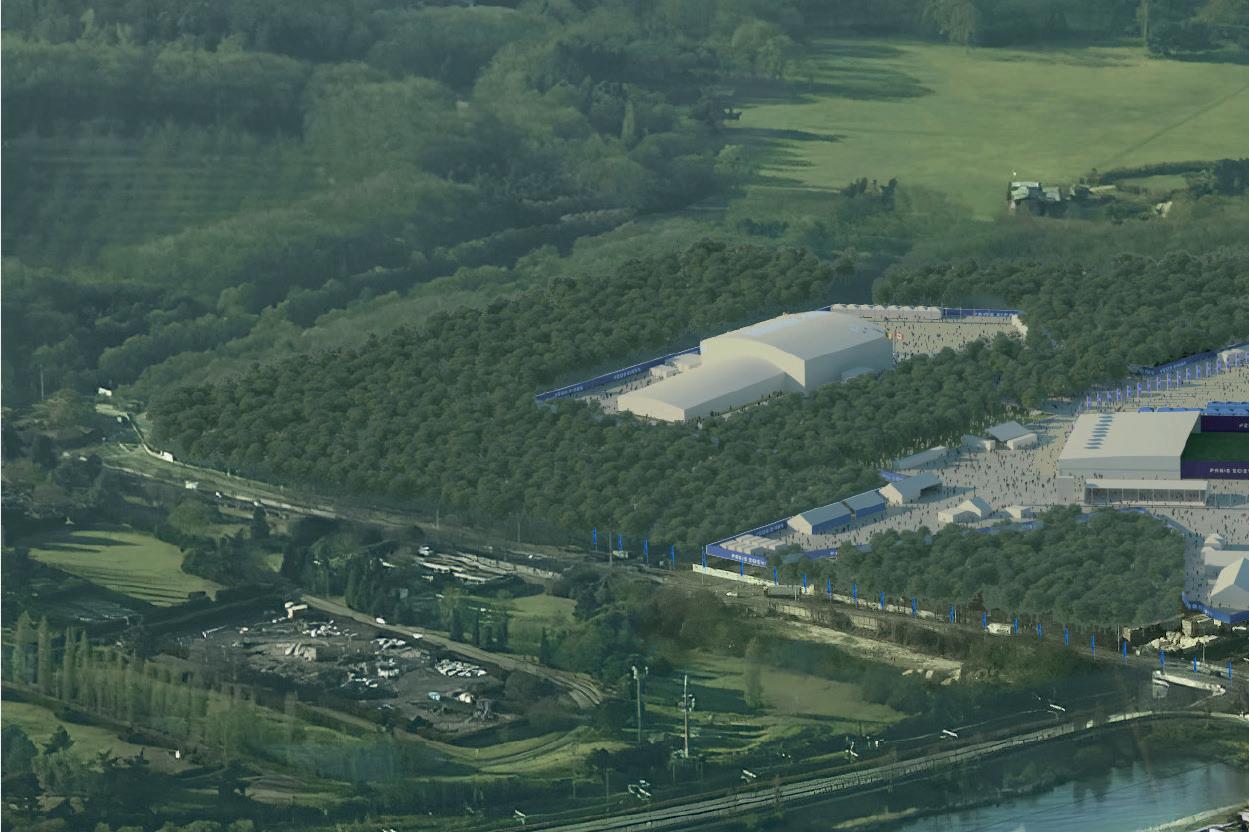
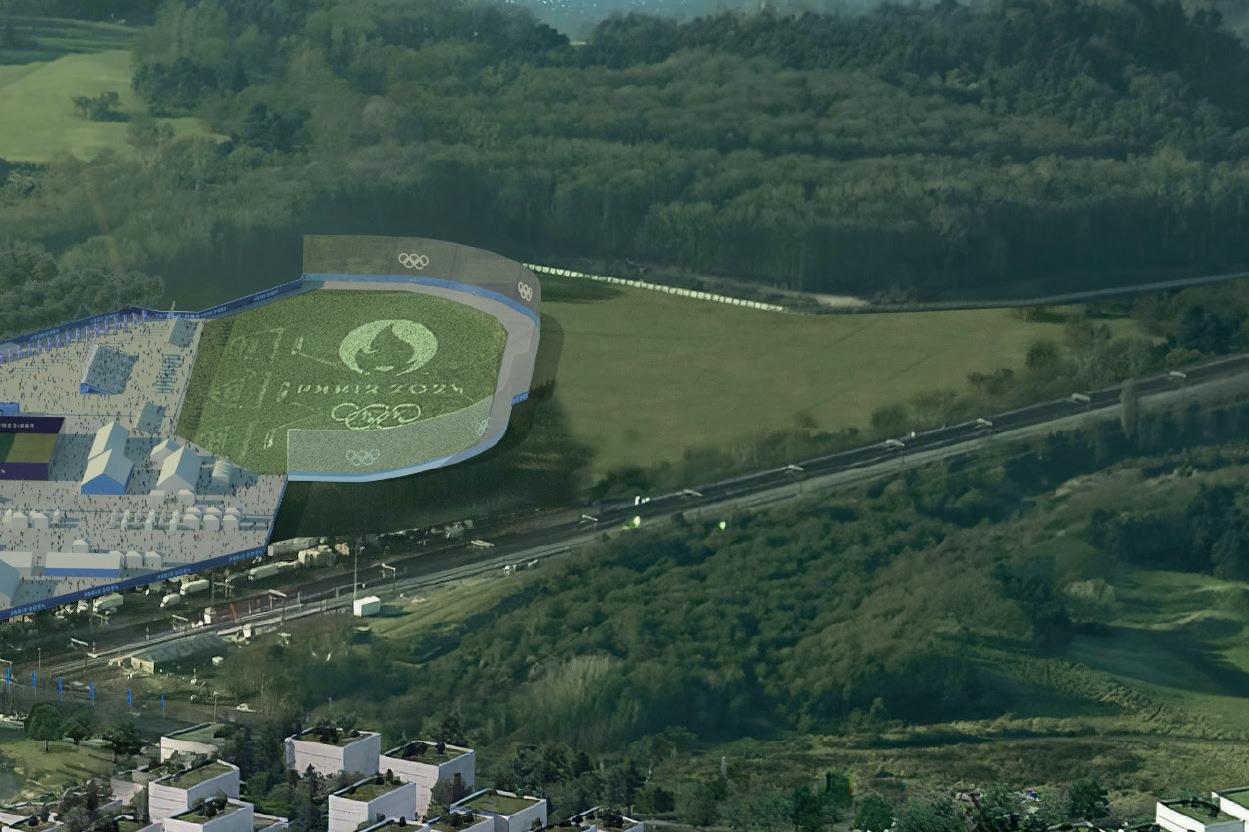
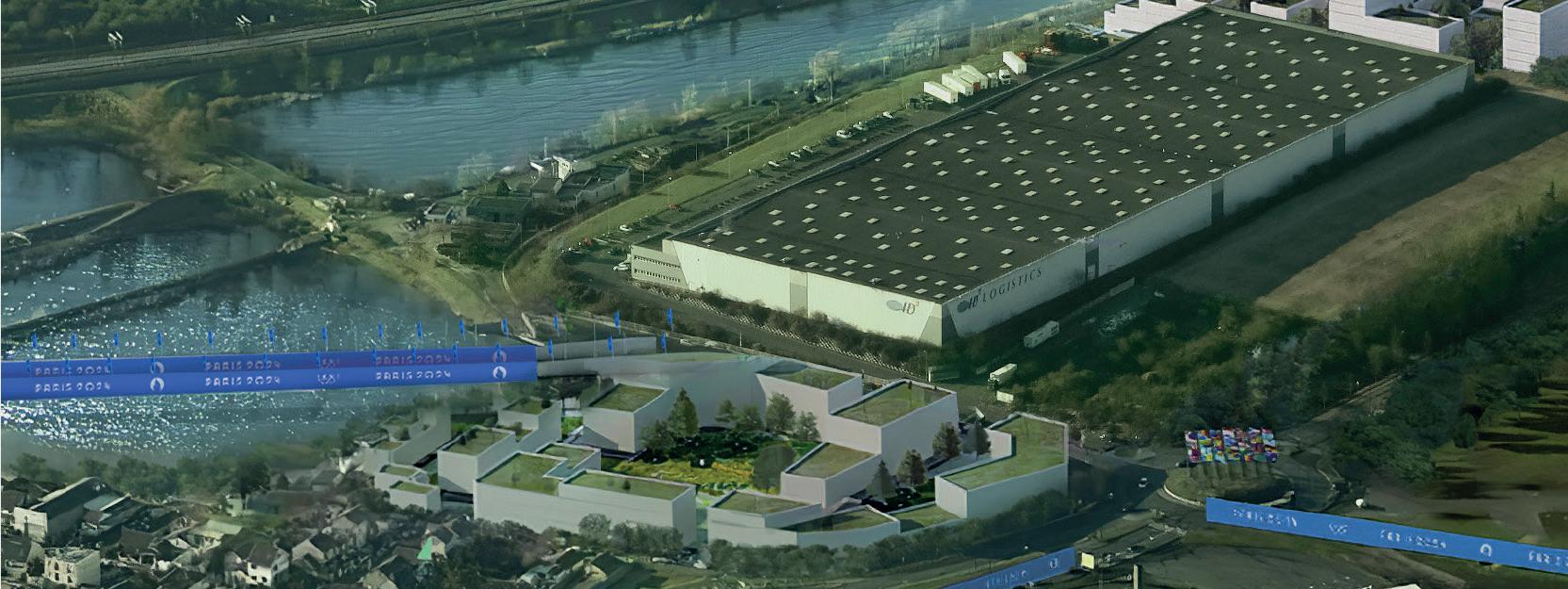
Events hosted
Olympic Games: Shooting Paralympic Games: Para shooting
Capacity 6,875
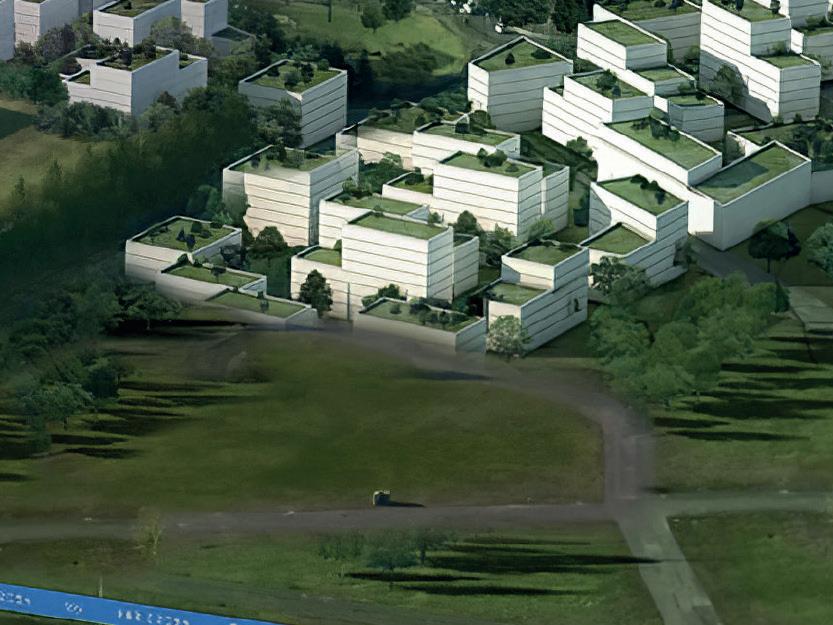
Spanning 13 ha, the Terrain des Essences – a former fuel storage site owned by the French Ministry of the Armed Forces that is now abandoned – was cleaned up, redeveloped and regenerated for the Games. The 15 Olympic shooting events, as well as the

Events hosted
Olympic Games: Surfing
Capacity
Approx. 1,000 (on the beach)

Paralympic shooting events will take place in temporary facilities, namely two indoor competition halls and one outdoor facility. After the Games, the Terrain des Essences will become a natural area connected to the 417 ha Georges Valbon departmental park.
Events hosted Olympic Games: Volleyball Paralympic Games: Blind football
Capacity
12,860
Having made its Olympic debut at the Tokyo Games, the surfing competition will return to its roots in 2024. Tahiti is the birthplace of surfing and its legendary Teahupo’o wave is among the trickiest in the world and certainly one of the most spectacular at that time of year.
A temporary 12,000-seater stadium has been built in the middle of Champ de Mars, the park in which the Eiffel Tower sits. Extensive redevelopment work has also been carried out on the other side of the Eiffel Tower from the Pont d’Iéna to the Trocadéro area to create a long, nature-filled promenade for pedestrians.
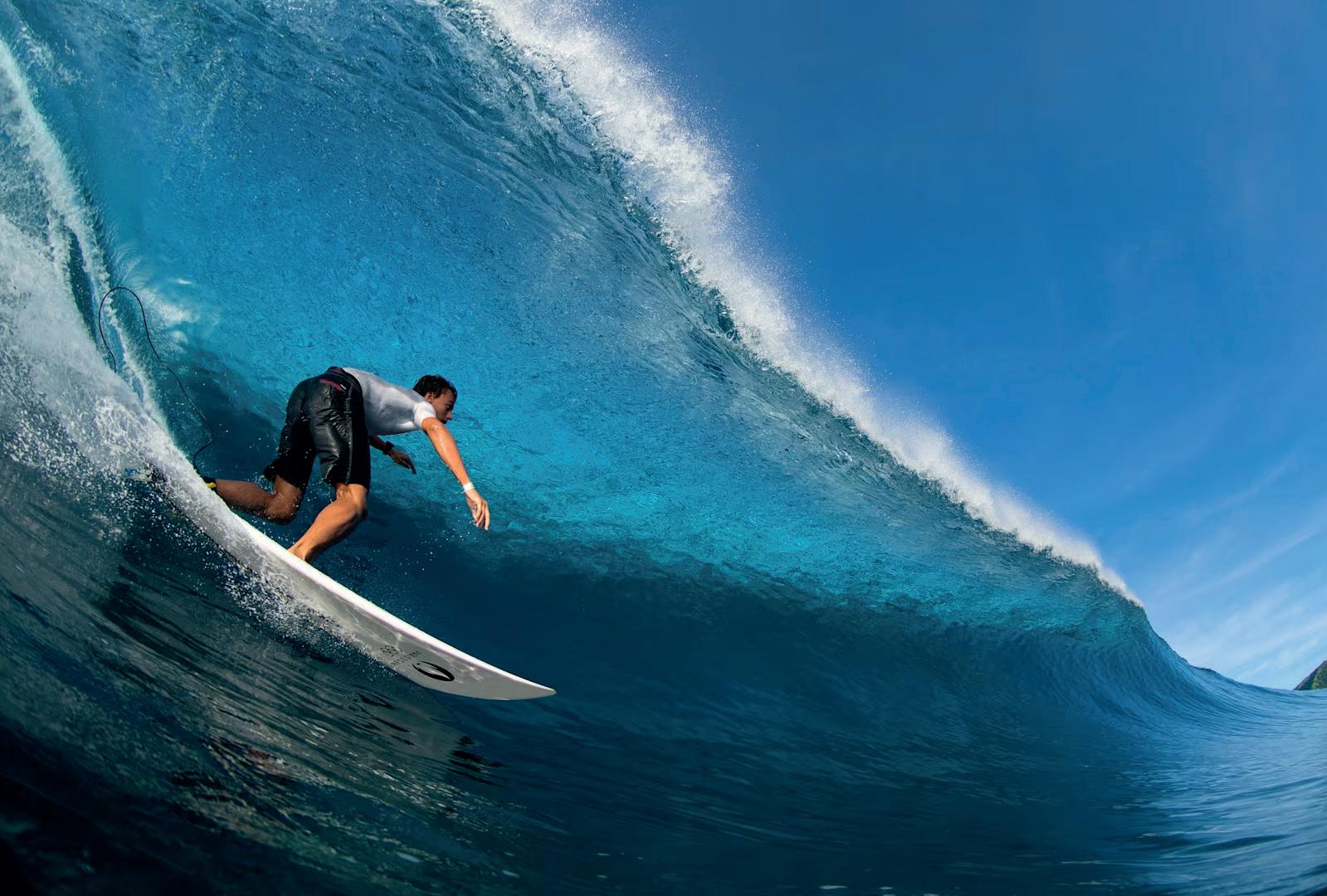


Olympic Medallist, Speaker, Coach, Mentor, Author, BBC Commentator, Active IQ Alumni












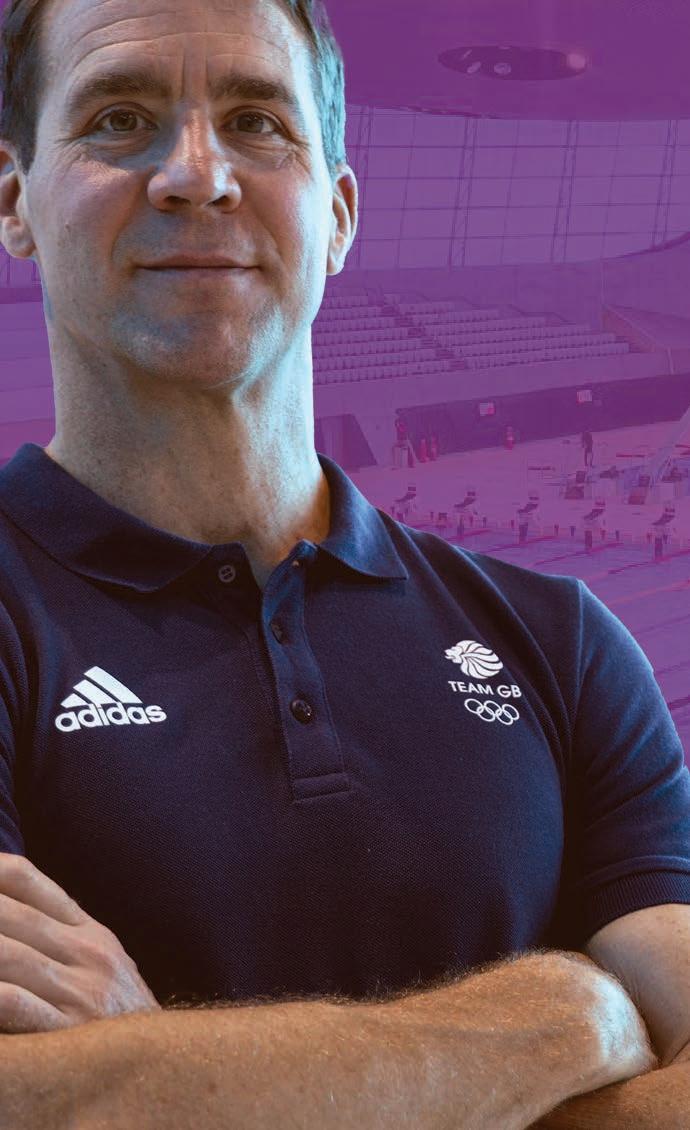







Encourage athletes to think about what comes next after their sports careers and the importance of having a plan in place.


The ‘Beyond Gold’ campaign is designed to motivate athletes to envision a future beyond their sporting achievements. As we celebrate the 2024 Olympics, we want athletes to consider developing career skills alongside their athletic ambitions and to prepare for a fulfilling life after their professional sports careers.
Active IQ’s Beyond Gold campaign is championing qualifications in fitness and physical activity that are designed to equip you with the skills needed for a successful career, both during and after your time in sport. Whether it’s coaching, personal training, or even something entirely different, qualifications open doors to new opportunities.
- Leon Taylor

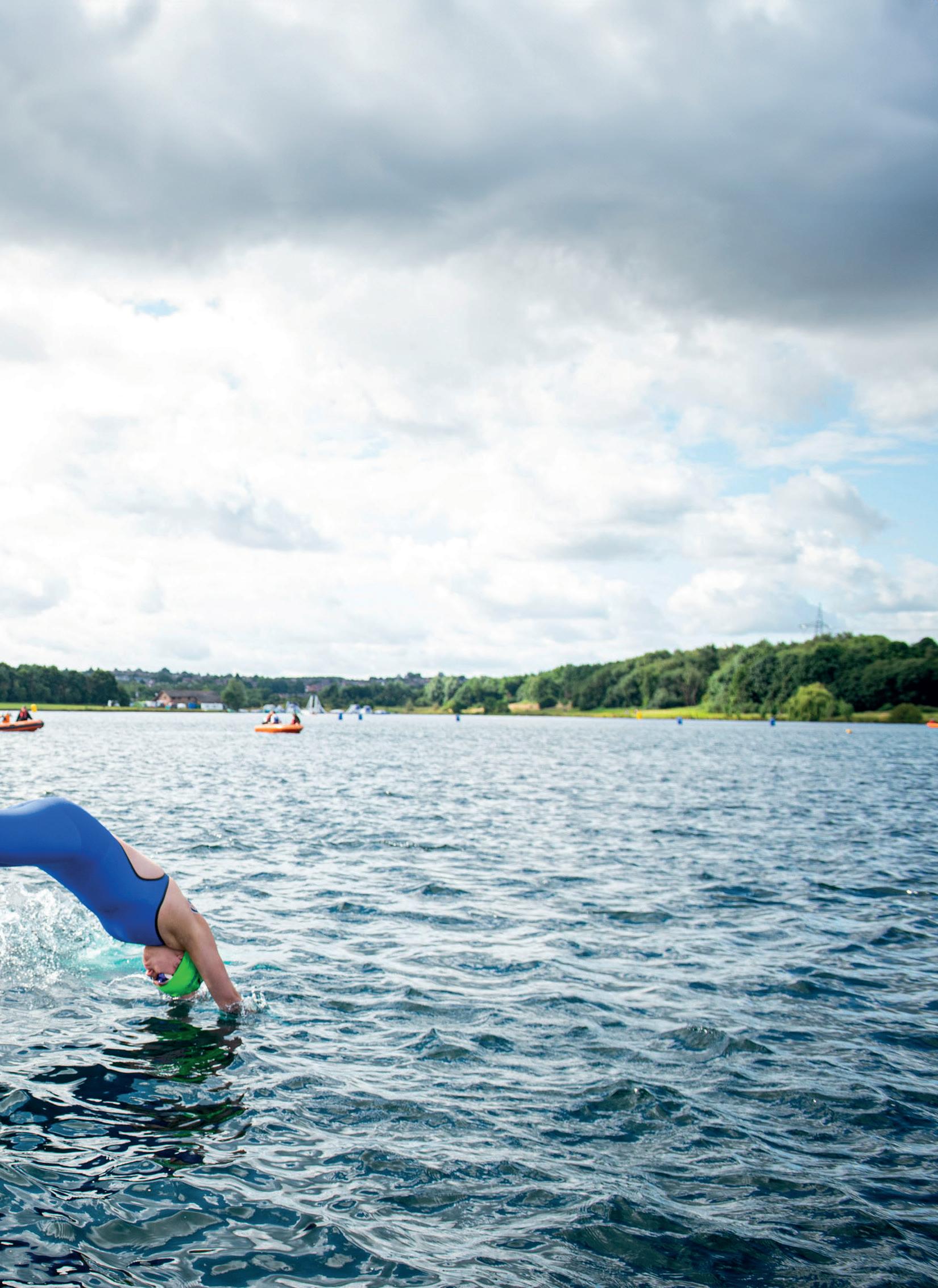
There are now an estimated 600,000 regular open water swimmers across England alone
Open water swimming’s popularity has surged significantly since the lockdowns and has been further boosted by the rise in commercial operators organising races and events for all skill levels
England now has more than 600,000 regular open water swimmers, according to the latest available data from Sport England’s Active Lives survey. Many open water swimmers experience numerous health benefits, including reduced stress, anxiety and depression, as well as enhanced mood and mental clarity due to the natural environment and cold water exposure.
New open water locations are opening all the time, with the Department for Environment, Food and Rural Affairs (DEFRA) recently announcing 27 additional designated bathing water locations across the UK, taking the total to 451, the highest number to date. Being a designated bathing water site means the Environment Agency regularly monitors water quality and determines whether action is needed to reduce pollution levels. This involves collaboration with local communities, farmers and water companies to enhance water quality at these locations. The full list of designated water locations can be found on the government website.
But what is it that draws individuals to swim in lakes, rivers and oceans in all weathers and seasons?
Similar to indoor swimming, open water swimming offers excellent exercise benefits. Regular outdoor swimmers often report improvements in fitness, circulation, energy levels and immune system strength. Additionally, many report that it aids recovery from trauma, injury and mental health challenges. There is also growing evidence that swimming in cold water can have a beneficial impact on women going through the menopause.

Lucy Whitehead, 45, regularly swims with friends at the seaside and at open water venue, Divers Cove in Surrey. She says: “Outdoor swimming offers me incredible health benefits as I navigate the perimenopause. I believe it helps with my overall wellbeing including my hormone fluctuations, immune function and mental health.
“The supportive community and camaraderie at the club where I swim make it an empowering experience, providing a welcoming alternative to gyms and traditional swimming pools. Sharing the experience of open water swimming with others, discussing and checking in before and after a swim, adds to the overall mental and social wellbeing. This inclusive activity is a wonderful way to navigate menopausal changes with confidence and support.”
Ashley Jones, Swim England’s Water Safety and Drowning Prevention Manger, says: “The surge in the popularity of open water swimming reflects a broader shift in attitudes towards outdoor activities and nature. People are increasingly seeking experiences that offer a break from the artificial environments of urban life, and open water swimming
provides a perfect avenue for this escape.
“But if you want to try outdoor swimming, we would recommend you are a confident pool swimmer in the first instance. Practicing your strokes and treading water are two important skills.
“Swimming outside also requires you to be aware of your surroundings and what to do if you need help. There are not always lifeguards and a support system nearby, so we would always suggest you go with other people and never on your own, and have a means of calling for help.
“If you are not used to swimming in cold water, learn how to handle cold water shock and swim failure associated with staying in the water for too long. We recommend using listed open swimming venues, a wetsuit in the colder months, always wear a brightly coloured swimming hat and use a tow float.”
In addition to the swimmer who wants to be at one with nature, there has also been a growth in the number of competitive, multi-disciplined open water races, including triathlons and ironman competitions. The open water swimming nature of these events can appeal to the adrenalineseeking, highly competitive swimmer.







Out on 1 August, Leisure DB’s State of the UK




Swimming Industry Report 2024 provides an unparalleled overview of this vital sector. With expert commentary, interviews and advice throughout – plus a full breakdown of pool numbers and locations, openings and closures, public and private sector leaders, fees, facilities and more – we’ve made this must-read report free to read.
Join us as we democratise data across the sector. Dive in at leisuredb.com/publications and enjoy all our flagship reports for FREE.
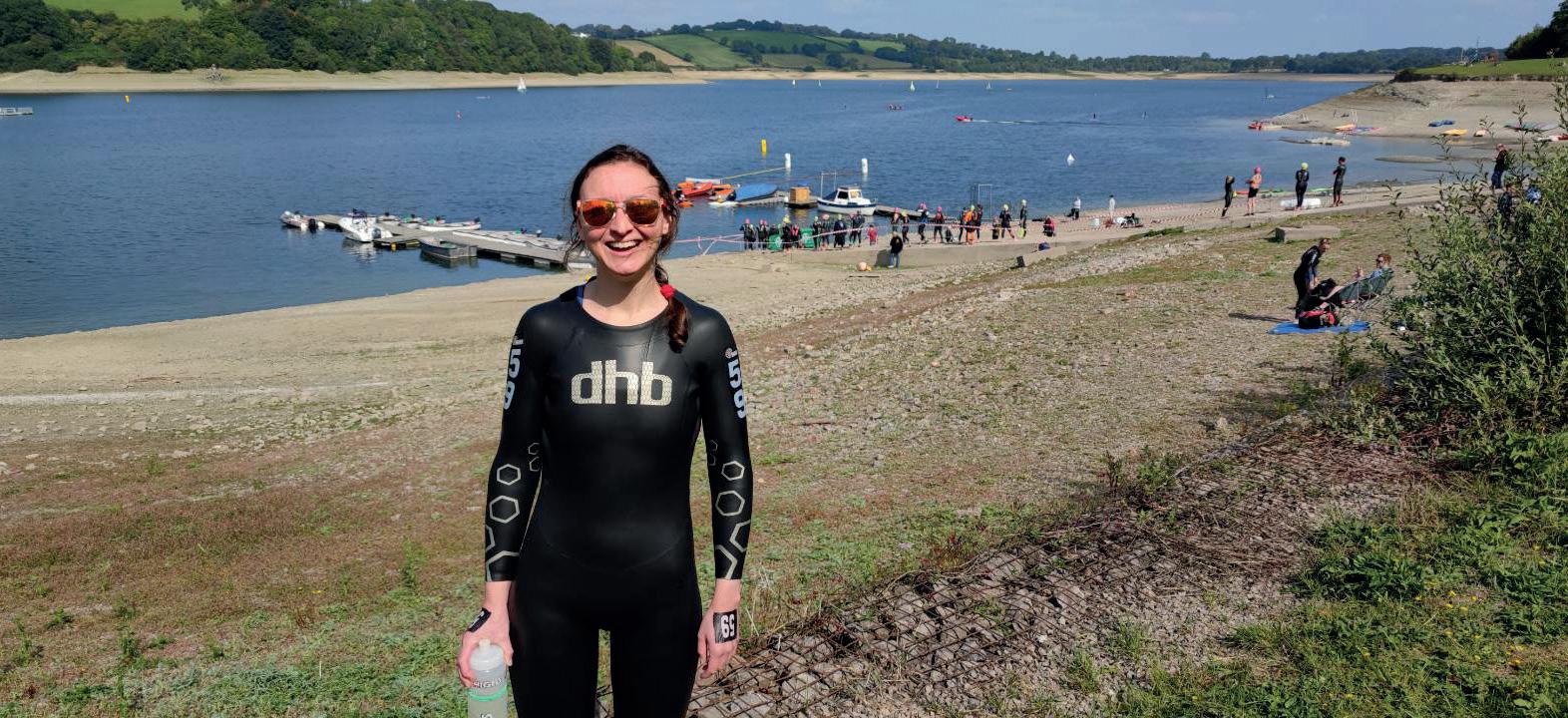
I feel exhilarated swimming in a lake rather than confined to a pool, and I love being in nature
The number of people participating in triathlons in England increased by 41 percent in 2023. Between November 2022 and November 2023, a little over 24,000 people participated in triathlons in England alone*.
Swimming teacher and coach, Alice Hayton, discovered open water swimming a few years ago and has gone on to complete several open water swimming events, including a full Ironman triathlon in Bolton, a 10km Marathon Swim in the Cotswolds, plus races at the Outdoor Swimmer Henley Festival and GB National Master Championships. However, overall she believes her love of open water stems from the way it makes her feel.
Hayton says: “I love the health benefits of being in open water, and the cold water therapy aspect of it. I feel exhilarated swimming in a lake rather than confined to a pool, and I love being in nature, having the space to take it all in. My favourite place to swim so far has been Lake Como in Italy.”
The transition from the pool environment to the unpredictable nature of open water
not only reshaped her personal swimming journey, but also fuelled a new found interest in becoming an open water coach. She has recently completed her Open Water Swimming Coach Certificate with the Institute of Swimming.
Hayton says: “The course involves blended online theory sessions with practical application at a lake and has a strong emphasis on safety. Its accessibility, supportive environment and real-world application make it a compelling recommendation for anyone with a coaching background and a passion for open water swimming.
“The hands-on experience was invaluable. The practical sessions with two diverse swimmers, one a novice and the other an Ironman trainee, further showcased the practical relevance of the skills I had learnt.”
Open water swimming has built up a broad appeal across a range of people – from elite athletes and “adventurers” seeking a thrill to those simply enjoying a refreshing dip.
To find out more about open water swimming visit: www.swimming.org/openwater/open-water-swimming-explained/
The full list of designated water locations can be found here: www.gov.uk/government/publications/bathing-waters-list-of-designated-waters-in-england/list-of-current-bathing-waters * www.statista.com/statistics/934827/triathlon-participation-uk/







Technology is increasingly embedded into every aspect of sport and fitness
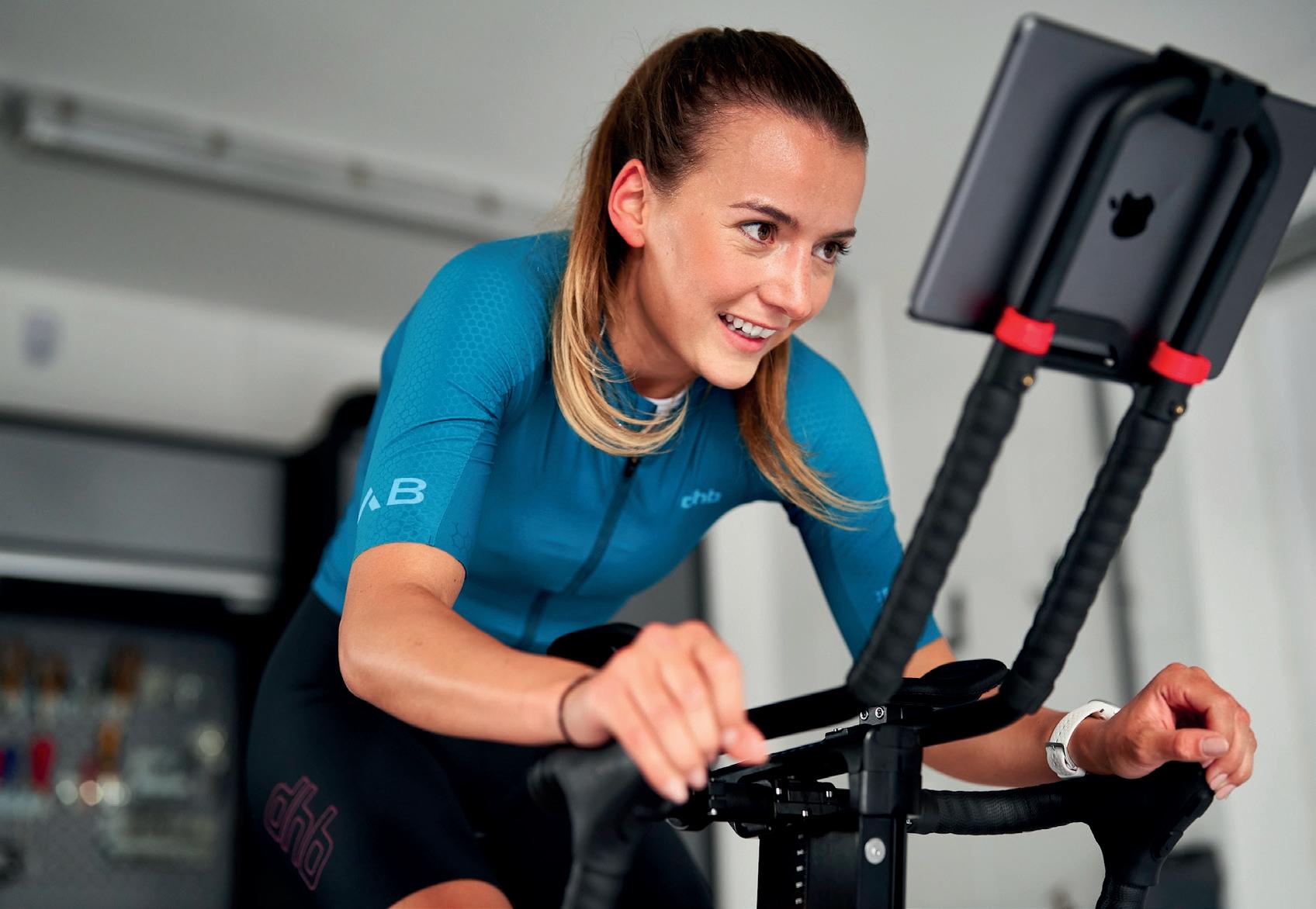
PHYSICAL
From the design (and build) of facilities and venue operation to how sport is “consumed”, tech is transforming every aspect of the industry. Artificial Intelligence (AI) is already proving to be the next game-changer for sports. Following on from the “internet of things” – and the explosion in fitness trackers and increasingly sophisticated wearables – we’re currently seeing how AI is being utilised in a wide variety of ways, from helping to make venues more sustainable to revolutionising how athletes train and transforming fan experiences. Here are a few ways in which technology is being used to change the way sports is delivered and consumed.

Feldspar, a UK-based sports-tech company, is building the world’s first sensor-enabled, high-performance running track. The company is developing a track which will incorporate advanced sensors in addition to camera-based methods to directly measure the movement of athletes through their footsteps and stride.
The aim is to capture data in real-time, bringing new levels of precision in analysing running performance. Feldspar’s modular sports flooring and tracking software solution also looks to integrate patent-pending technologies and materials into the track design, enabling a new way of energy return and conversion.
According to Alvina Chen, founder and CEO of Feldspar, the innovation could both help athletes achieve a faster running speed and revolutionise the spectator experience at live events. This is thanks to the track offering complex and historically hard-to-
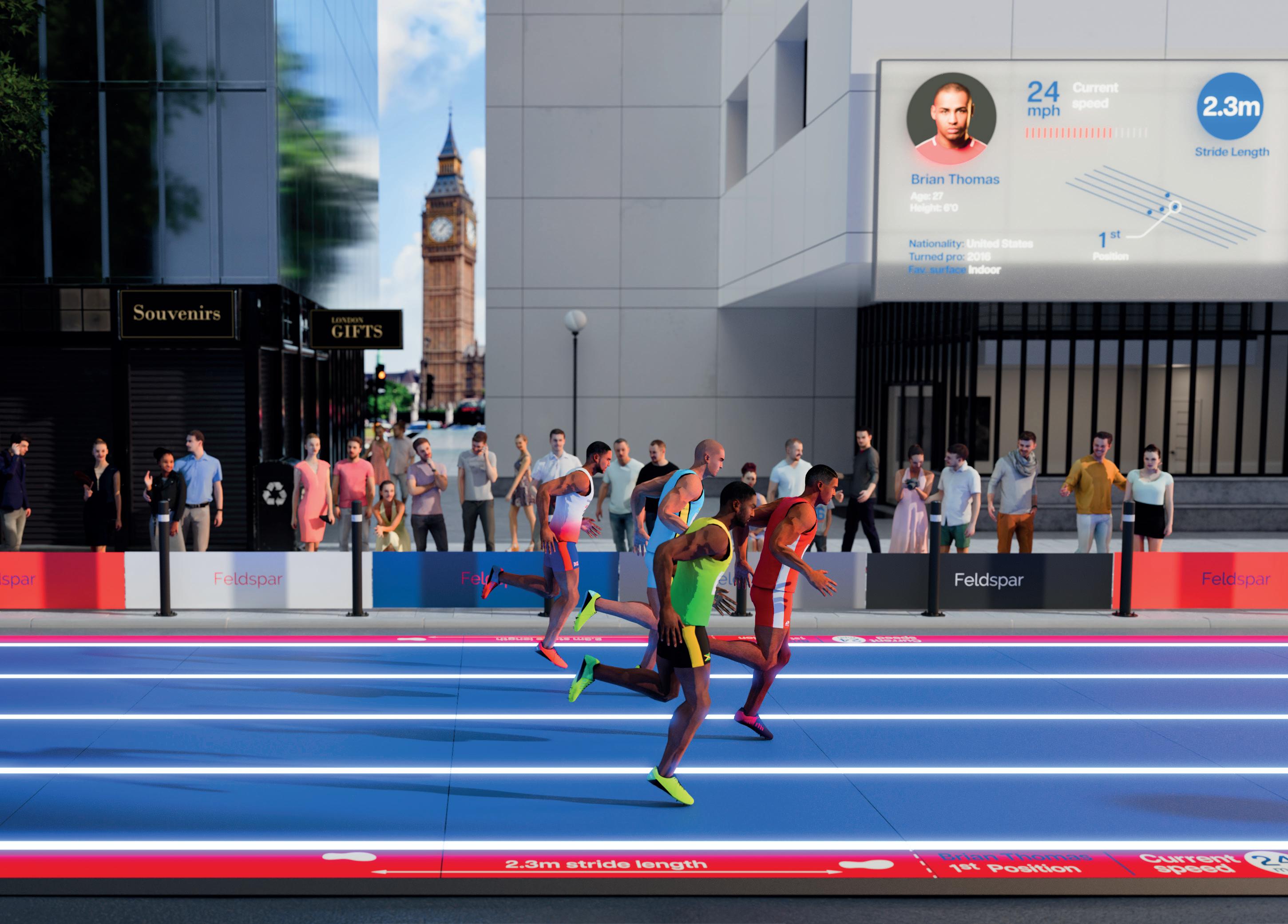








access data, such as stride length, acceleration rate and max velocity in real-time.
To further enhance performance, Feldspar will also integrate an AI-powered data analytics tool and sports tracking software intended to assist professional coaching and optimise training for athletes. This includes adjusting competition strategy before, during and after races, and identifying potential areas of injuries based on granular individual data and in-depth athlete profiles.
“While we have seen a high level of
innovation in running shoes, apparel, and training methods in recent years, it’s incredible that the modern synthetic running track itself has remained largely unchanged since the 1968 Summer Olympics,” Chen says.
“There is a huge opportunity in revolutionising this sport. By digitising the running track Feldspar is not only providing new avenues for athletes’ development and pushing the boundaries of human performance but also moving athletics towards a new era of exhilarating, high-energy live international events, similar to what we see in other sports, like football and motorsports.
“Our ambition with our next generation running track is to set a new benchmark for athlete performance and fan engagement for future world competitions, including the Olympic Games, and beyond.”
Feldspar is now working with UK engineers, industrial designers and data scientists to develop the track prototype, with real-time testing set to begin later this year. Production of the flooring solution is expected to begin in 2025.

Smart stadiums now leverage IoT (Internet of Things) to enhance fan experiences and optimize venue operations. Companies like Cisco and IBM are at the forefront, installing advanced networks and analytics platforms in stadiums worldwide. These systems enable real-time data collection on crowd movements, optimising security and services. Additionally, apps developed by firms like VenueNext provide fans with personalized experiences, including seat upgrades, real-time stats, and food delivery services right to their seats. For instance, Levi’s Stadium in California utilises these technologies to deliver a seamless, interactive experience for fans, significantly improving engagement and satisfaction.
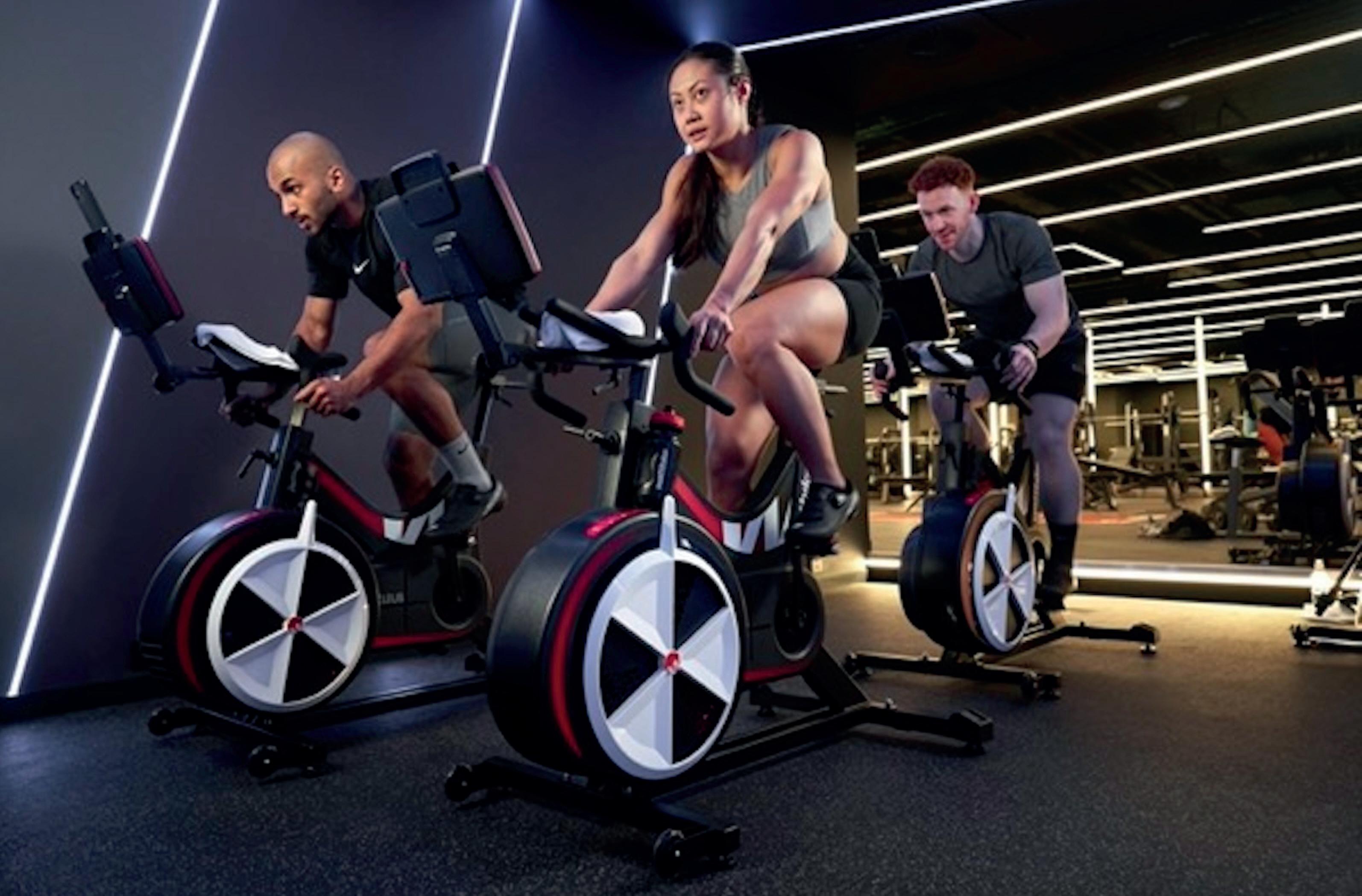
Wattbike launches Hub+, an industry-first ‘workout builder’
Wattbikes can be found in more than 50 professional football clubs in the UK – including every single Premier League team. The indoor bikes are also used by global heavyweight clubs, such as Bayern Munich and Real Madrid. Wattbike has now launched Hub+, a premium version of its app that promotes greater personalisation for a more customised workout experience for both elite athletes and serious fitness enthusiasts.
Hub+ offers integration with third-party apps and new, exclusive training content curated by leading athletes, sports scientists and innovative research. Considered an industryfirst functionality, Hub+ also incorporates the ‘Workout Builder’ feature, a tool designed with a ‘drag-and-drop’ option in which coaches can configure their own workouts in seconds by selecting from a range of segment blocks in-app.
One of the most innovative features in Hub+, is the ability to share custom workouts with other Hub+ users. Workouts can be shared via the user’s preferred channel allowing the increased connectivity between users, coaches, personal trainers or members.
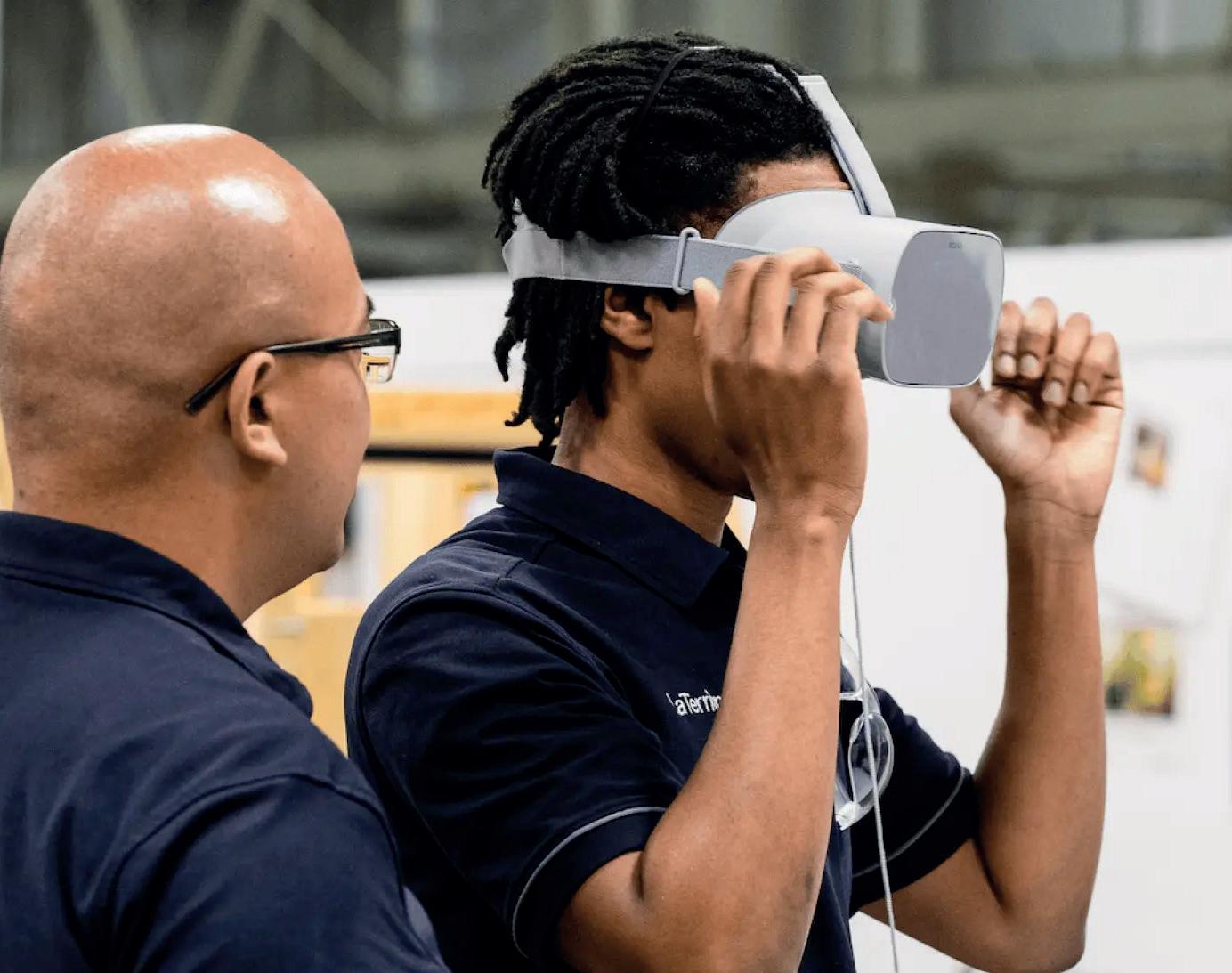
VR is being used to enhance training programs across various sports. STRIVR is a leader in this field, providing VR training solutions for professional sports teams. Their technology allows athletes to simulate game scenarios and practice without the physical strain. For instance, NFL teams use STRIVR’s VR training to improve players’ decision-making skills by immersing them in virtual game situations. This method of training helps athletes visualise and mentally prepare for real-game conditions, enhancing their performance and reducing the risk of injury.
Designed for athletes and soldiers, a new type of tech-based mouthgard provides real-time measurements of head impacts, reducing the risk of traumatic brain injury. A company called Prevent is developing new sensors to precisely measure and record head impacts, which would help identify possible concussions and provide data for studies of cumulative effects.

Prevent’s device, the Impact Monitoring Mouthguard (IMM), fits into the wearer’s mouth, working as both a monitoring tool and a functional mouthguard. The Prevent impact monitoring system then records all head impact data in real-time. Based on five years of onfield head impact data and published literature, sideline personnel will receive a notification when a high-magnitude head impact exceeds
The tech-based mouthguard provides real-time measurements

a predetermined magnitude threshold. Multiple team users can monitor athletes in real-time, ensuring no head impact goes undetected.
The accompanying Prevent Web Portal provides in-depth dashboards to allow stakeholders to take a deeper dive into the exposure of their athletes. Teams can input their practice and game information into the platform to quickly integrate the team’s head impact data with daily activity to further analyse periods of practice and in-game insights.

Blockchain technology is improving transparency and security in sports ticketing. Companies like Ticketmaster and BitTicket are utilising blockchain to combat ticket fraud and ensure the authenticity of tickets.
Blockchain enables a decentralised ledger system where each transaction is recorded and verified, making it nearly impossible to counterfeit tickets. For example, UEFA used blockchain-based ticketing for the 2024 European Championship to securely distribute tickets. This technology not only enhances security but also provides a seamless and trustworthy ticket purchasing experience for fans.
UEFA has used blockchain technology in its ticketing systems
CoverMe provides sport and fitness organisations GDPRcompliant communications

CoverMe Fitness, which offers on-demand management and cover solutions for sports and fitness professionals, has launched a host of new capabilities. The platform enables venue and facility operators to effortlessly streamline the dayto-day management of existing teams, from sports coaches, group exercise instructors and personal trainers to swimming instructors and lifeguards, as well as scout for fresh talent by posting audition requests to local and relevant professionals.
CoverMe’s new GDPR-compliant Broadcast feature offers confidential, one-way communication to individuals or specific groups, with a ‘message seen’ function so management knows their communications have been read.





Kettlebells have become a popular method of training for both elite athletes and gym members. But did you know it is also a competitive sport? SportsNation speaks to World Champion Hannah Camden
I’ve worked in the fitness industry for 22 years and have always been passionate about strength training, including kettlebells. However, it was only during lockdown that I discovered kettlebells as a sport. A friend of mine was at an event and I spotted someone in an England jacket in one of her photos. She got his number and I called him up and asked: ‘What are you doing and how did you get there? I want to get there too.’
World Champion many times over. He coached me to my first competition qualifier in Northampton.





My motto is: Be strong, be fearless and believe anything is possible.















From then on, during lockdown, I learned about the fast-growing sport of kettlebells. I began to do weekly online training with Jonny Skinner at Garage Fitness Project, himself a kettlebell



















Yes and went on to compete for England in my first international. The event was in Denmark in 2023 and I came away as World Champion, even though I’d been doing competition kettlebells for less than a year. I realised I’d found my thing! I set myself a goal of spreading the word across the country and beyond; the sport is traditionally bigger in the north of England than in the south. Jonny and I joined forces, rebranded to Garage FitWorks Project and started building a team – currently 12 people – for whom we create kettlebell programmes and deliver online kettlebell training. It’s all geared towards competing in kettlebell competitions. Quite a few of our team lift for England and Scotland, but our services are available to anyone anywhere in the world.









create







These were the World Kettlebell Sport Federation (WKSF) World Championships, which took place in Rzeszów, Poland, on 7–9 June. It was awesome! There were competitors from all over the world, with England bringing
I believe happiness and health are two of the most important things in life and that confronting life’s challenges makes you stronger
a fantastic team of 10 athletes. There were big crowds, TV screens, judges in suits checking your fixation as you lifted… I really had to focus on myself, on my breathing, on keeping calm, one rep at a time, not letting myself worry about what my competitors were doing, many of whom had been lifting at competition level for many years.
My event this time was double 16kg bells, so one in each hand, doing clean-and-jerks for 10 minutes. This was the first time I’d done doubles; in Denmark I did half-snatches with a single 16kg bell for 30 minutes, setting a PB [personal best] of 484 reps.
In qualifying for Poland I had done 61 reps, with the bells in the air for seven of the 10 minutes; in this event you’re allowed to put them down. My main goal for Poland was to keep the bells off the floor for the full 10 minutes, which I did, completing 80 reps – a massive PB.
I’m very happy to say I came away with a bronze medal, making me WKSF bronze medallist as well as IKMF World Champion in kettlebell sport with three gold medals.
I do. Located in Beaconsfield, FitWorks is a gym I opened with my business partner Pippa Lance in November 2023. Kitted out by commercial fitness specialist, Physical, it’s a gym for everyone – everything from mums-to-be to families to strongman enthusiasts – with the slogan #findyourfit. Everything is group exercise-based, not just kettlebells, and is designed to be fun.
I believe happiness and health are two of the most important things in life and that confronting life’s challenges makes you stronger. Over the

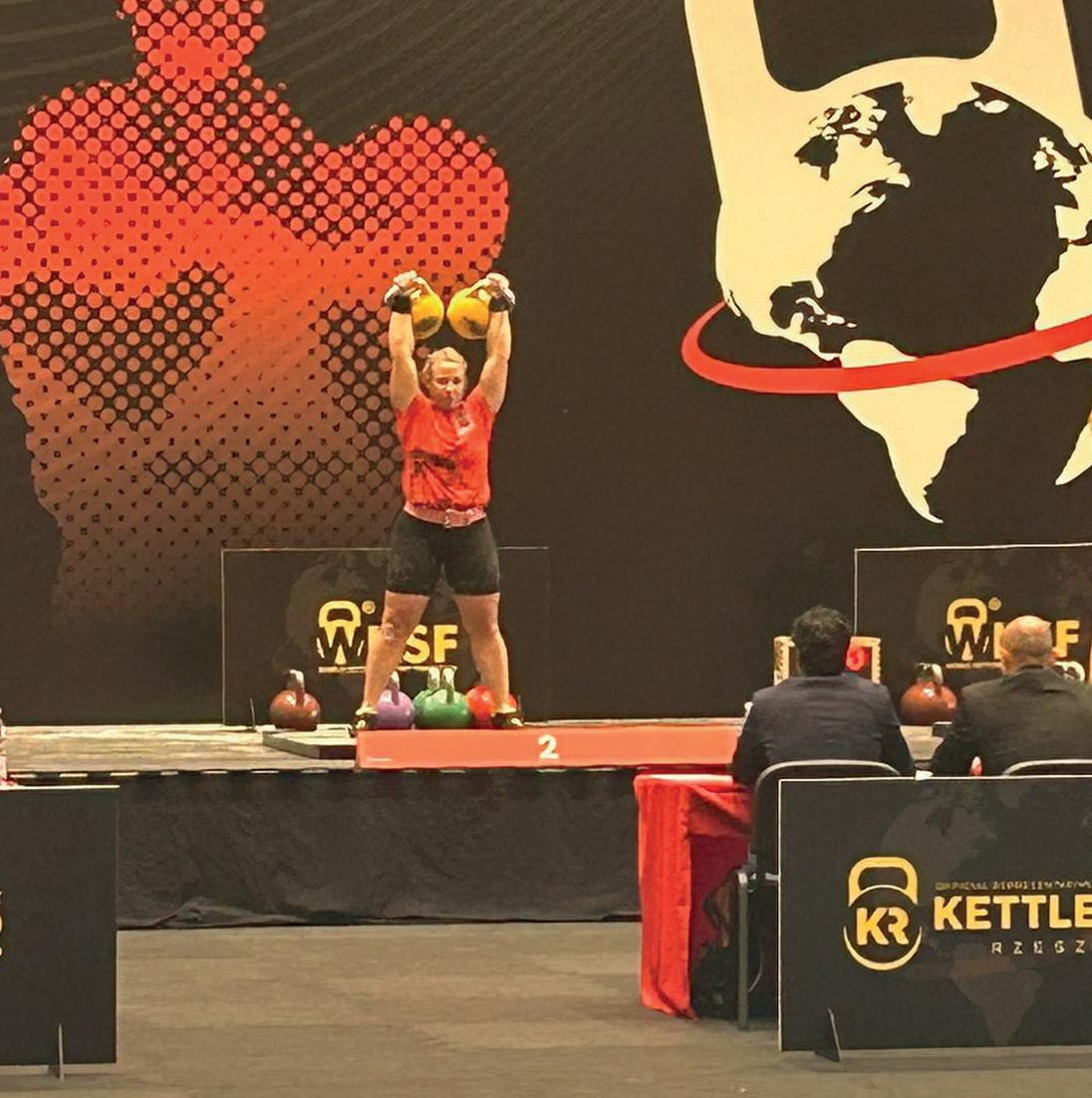
Competitions take place across the world
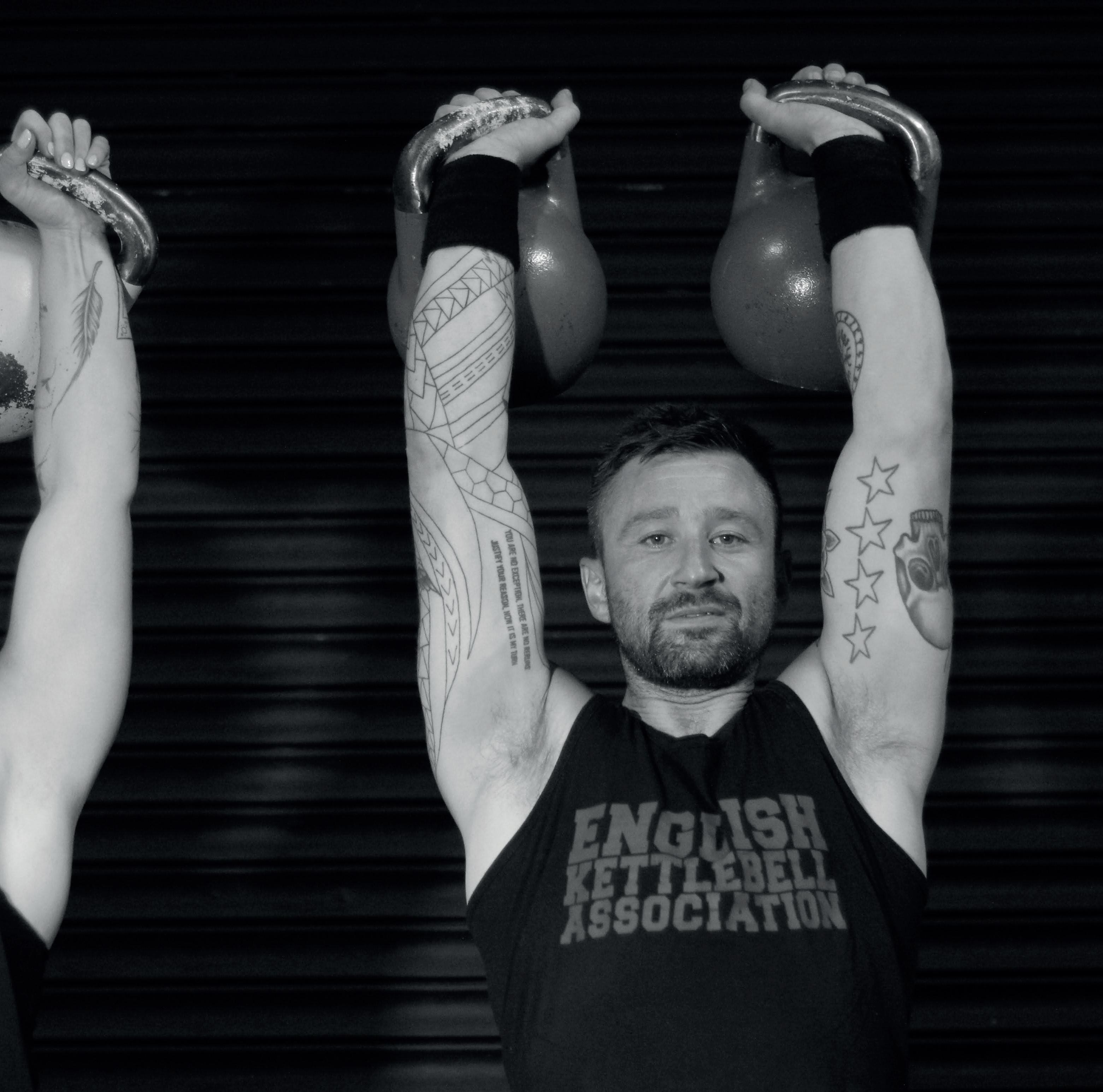
years, I’ve worked with many wonderful people in large groups, small groups and one-to-one and know my experiences have helped me become a stronger person and instructor.
Right now I’m just trying to come back to normality after all the emotions of the competition, but I already have my sights set on my next event. I want to compete in Corfu in October, with a goal of setting a new PB: 100
reps in 10 minutes with 16kg bells. After that, I’ll move into the elite category and lift 24kg bells.
As I say, we’re also hosting our own grassroots event in the UK in September, plus I’m keen to take some of our Garage FitWorks Project team to the next set of qualifiers in Belgium. I’d like to work with Physical to help build awareness of kettlebells as a sport, too.
Kettlebells are my absolute passion and the journey so far has been incredible. I am looking forward to more adventures and meeting more people from all walks of life.
Leisure DB’s State of the UK Fitness Industry Report 2024 shows that the UK health and fitness industry is performing strongly in the aftermath of the pandemic. SportsNation looks at some of the highlights of the report, which this year has been made free to download for the very first time
The number of gyms and health clubs in the UK has broken the 7,000 mark. There are now 7,009 gyms across the country, combining to a total of 10.7 million gym members. The figures come from the State of the UK Fitness Industry Report 2024, which was unveiled by market intelligence expert, Leisure DB, at the Evolve conference held in London on 6 June.
Although the total number of gyms remains below the record high of 7,239 (in 2019), the figure is back over 7,000 after dipping below this milestone in 2023. Meanwhile, the number of gym members (10.7 million) marks a 4.1% increase in people taking up memberships since 2023. The increase in membership numbers means that 15.9% of the UK population is now a member of a gym. This penetration figure is up from 15.1 per cent in 2023 and surpasses 2019’s pre-pandemic high of 15.6 per cent. The penetration rates differ from region to region, however, with Northern Ireland the lowest (11.3%) and Scotland the highest (16.5%), followed by England (16%) and Wales (14%).
The increases in both gyms and members have resulted in the estimated market value of the sector increasing by 9.7 per cent, to £5.9bn.
The report shows that both the private and public sectors are forging ahead, although the private sector has bounced back stronger. This can be seen in the way member numbers and penetration have risen in the public sector, but the number of public sector gyms has fallen in the past year. The growth in market value has also been considerably larger in the private sector (10.9%) than for the public sector (6.2%).
In the private sector, PureGym remains the UK’s leading operator by number of clubs and number of members. It added 34 locations in the 12 months since March 2023 and now operates 379 clubs. It remains the only operator to have more than 1 million members (over 1.5 million in the UK).
PureGym’s pipeline suggests it will reach the 400club mark in the UK over the next 12 months.
PureGym is followed by The Gym Group as the second-largest private sector operator. It added net four clubs to take it to 234 sites – and around
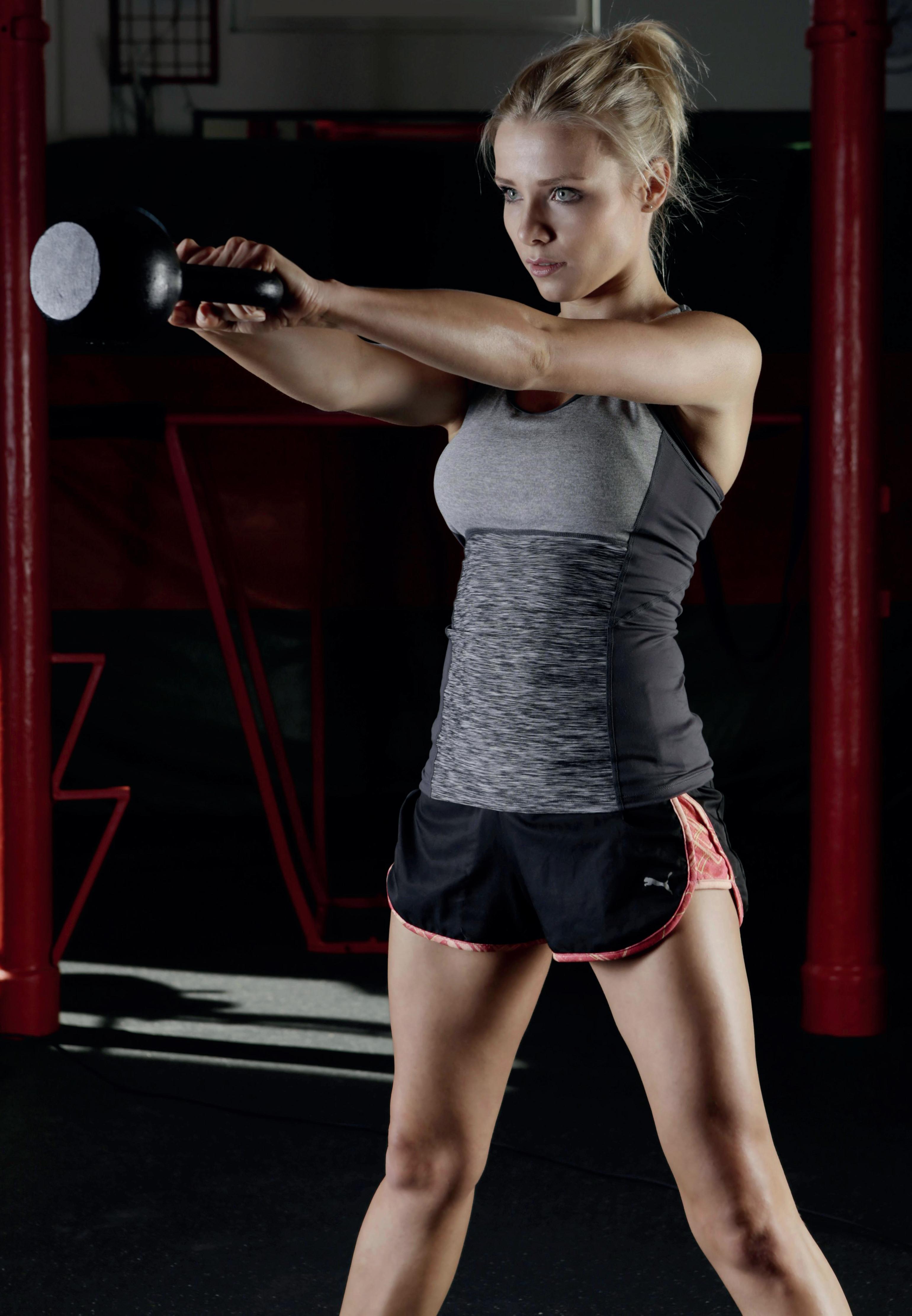
ere are now 10.7 million gym members in the UK – a 4.1% increase since 2023

900,000 members – in the 12 months ending 31 March 2024. Joining these two low-cost chains are three other private sector operators with more than 100 clubs: Anytime Fitness, Nuffield Fitness & Wellbeing, and David Lloyd Clubs. There are also five operators with 50–100 clubs: Snap Fitness, JD Gyms, Bannatyne, Sports Direct Fitness and énergie Fitness.
“There’s positive news from the UK’s private fitness sector, as data for the 12 months ending 31 March 2024 show club numbers stabilising back to prepandemic levels,” the report states. “There’s also been continued growth across the key metrics of member numbers, market value and penetration rate, with all three now surpassing their 2019 highs; last year, it was only market value that had surpassed pre-pandemic levels, driven by increased yield per member.
“Across the UK, there are now 4,513 private health and fitness clubs, up from 4,460 in 2023 – a growth of +1.2%. The number of members has also increased, reaching over 7.3 million (+5.1%), while market value has reached almost £4.5bn (+10.9%).
“Private sector penetration has also reached an all-time high, up from 10.2% in 2023 to 10.9% in 2024. (The previous high, in 2019, was 10.5%.) These figures represent an increase of over 355,000 members and an increase of over £440m in revenues since our 2023 report, supported by a continued rise in average fees – up more than 5 per cent over the 12 months to 31 March 2024 – to £47.24.”
As in the private sector, the last 12 months have been a positive period for the UK’s public fitness sector
While private sector growth continues to be driven by the low-cost segment, it is a less significant factor this year: of the 120 new clubs that opened in the last 12 months, only 45 (37.5%) were low-cost. In the previous year, low-cost accounted for 80 of 145 new openings (55%).
Although total low-cost club numbers are up by just 2.6% in this year’s report, the two other key metrics –members and value – continue to show good growth. Membership numbers within this market segment reached an all-time high, passing the 3 million mark for the first time (up from 2.85 million in 2023). This represents 41% of the total private sector membership, equivalent to almost 4.5% of the UK population.
The last 12 months have been a positive period for the UK’s public fitness sector as it continues to bounce back following the pandemic – although the growth has been slower than in the private sector. During the 12 months to 31 March, there was growth
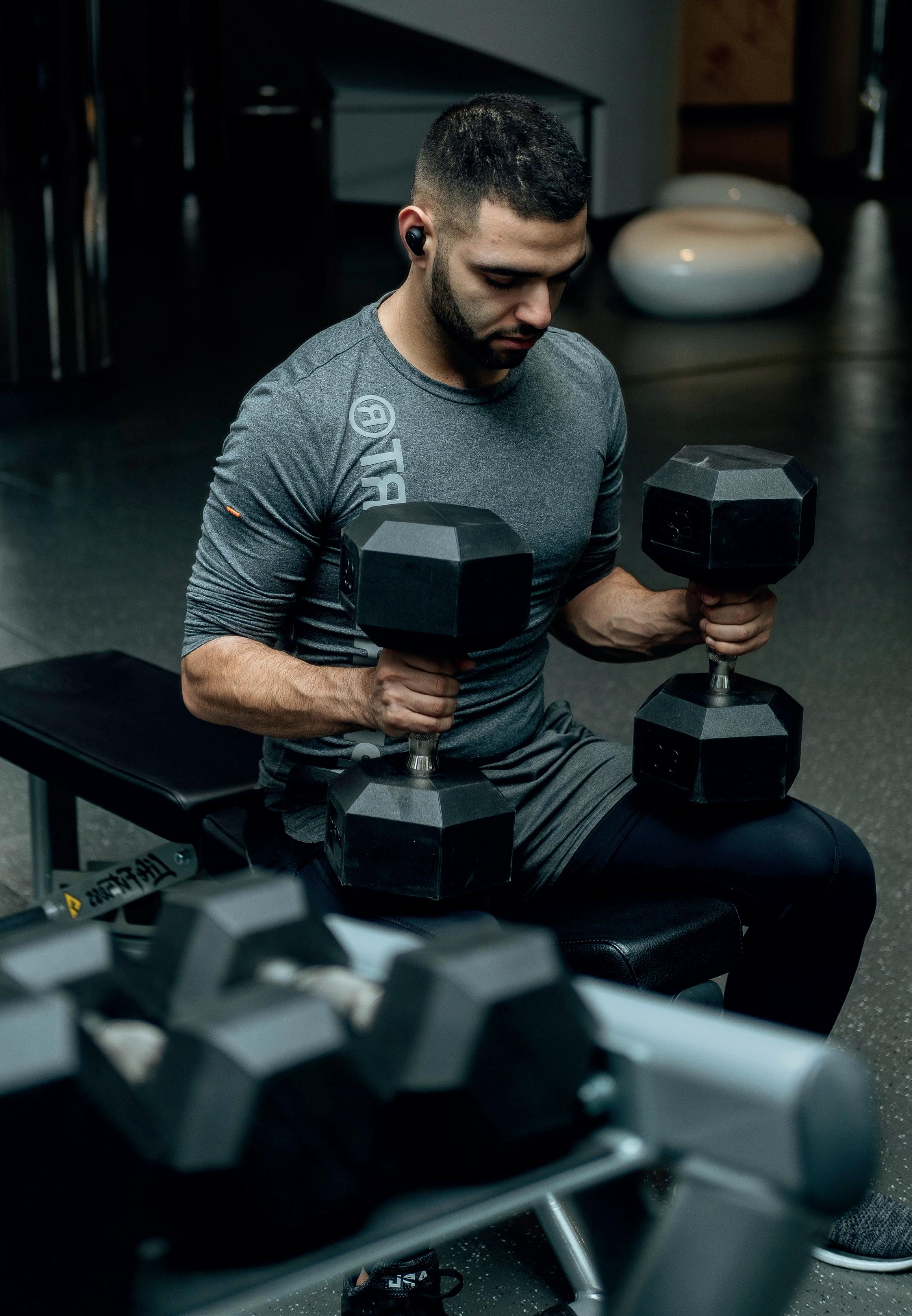
e e imated market value of the UK fitness sector is £5.9bn

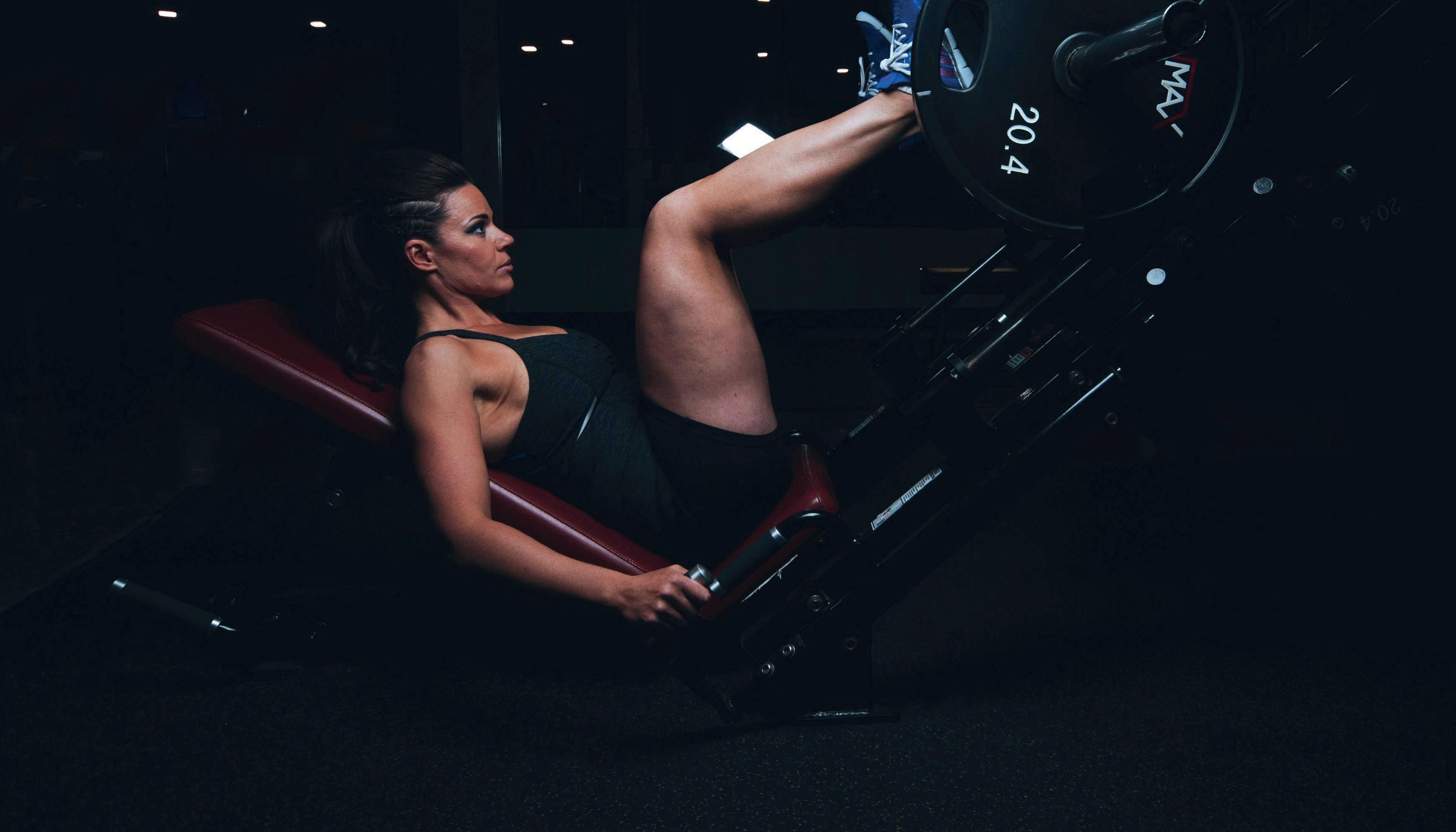
No data 2020 & 2021 due to Covid-19 All key metrics are showing positive growth
in three key metrics: member numbers, market value and penetration rate. The number of gyms, however, fell during the period. There are now 2,496 public sector gyms in the UK – down 1.7% from 2,538 in 2023 – but member numbers are up 1.9% to 3.36 million (from 3.3 million in 2023) and penetration has reached 5% (up from 4.9% in 2023). Both metrics remain below their previous highs – 3.38 million members (in 2019) and 5.2% penetration (in 2014–16) – but both continue to move in the right direction. Meanwhile, the value of the public sector has reached an all-time high, hitting £1.44bn in 2024 – an increase of £84m, or 6.2%, since 2023. Of the UK’s 2,496 public sector gyms, 46% are managed by a trust. Broken down by country, this translates to 43% of public sector facilities in England, 22% in Northern Ireland, 49% in Wales and a significant 65% in Scotland being managed by a trust. Meanwhile, across the UK, 20% of public sector gyms are under in-house local authority management; 14% are managed by an educational establishment; and just 9% by a leisure management contractor (LMC).
GLL remains the leading public sector operator by number of gyms with 195 gyms (up from 191 in 2023). In second place is SLM (Everyone Active) –the UK’s top management contractor by number of sites – which added 12 gyms to reach 175.
Commenting on the findings of the report, David Minton, founder of Leisure DB, said: “This annual report, established for almost 20 years as the industry bible, has been used by operators, suppliers, financiers, media and politicians to evidence the key metrics and hundreds of data points of the industry.
“The data comes from Leisure DB’s relational database, which uniquely audits fitness sites across the UK, whether available to the public via membership or pay and play. The database is updated daily by a team of researchers, with many thousands of phone calls made to sites each year. A growing number of brands also self-report. Our intelligent audit uses bots and other digital sources to monitor changes, while a growing number of ambassadors report on site visits.
“This detailed supply data is complemented by demand data at the most granular level allowed: the geo-demographic profiles of millions of monthly direct debit members.”

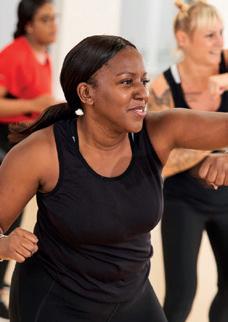


For the first time ever, the State of the UK Fitness Industry Report 2024 will be free to read online. You can do so by registering here: www.leisuredb.com/publications















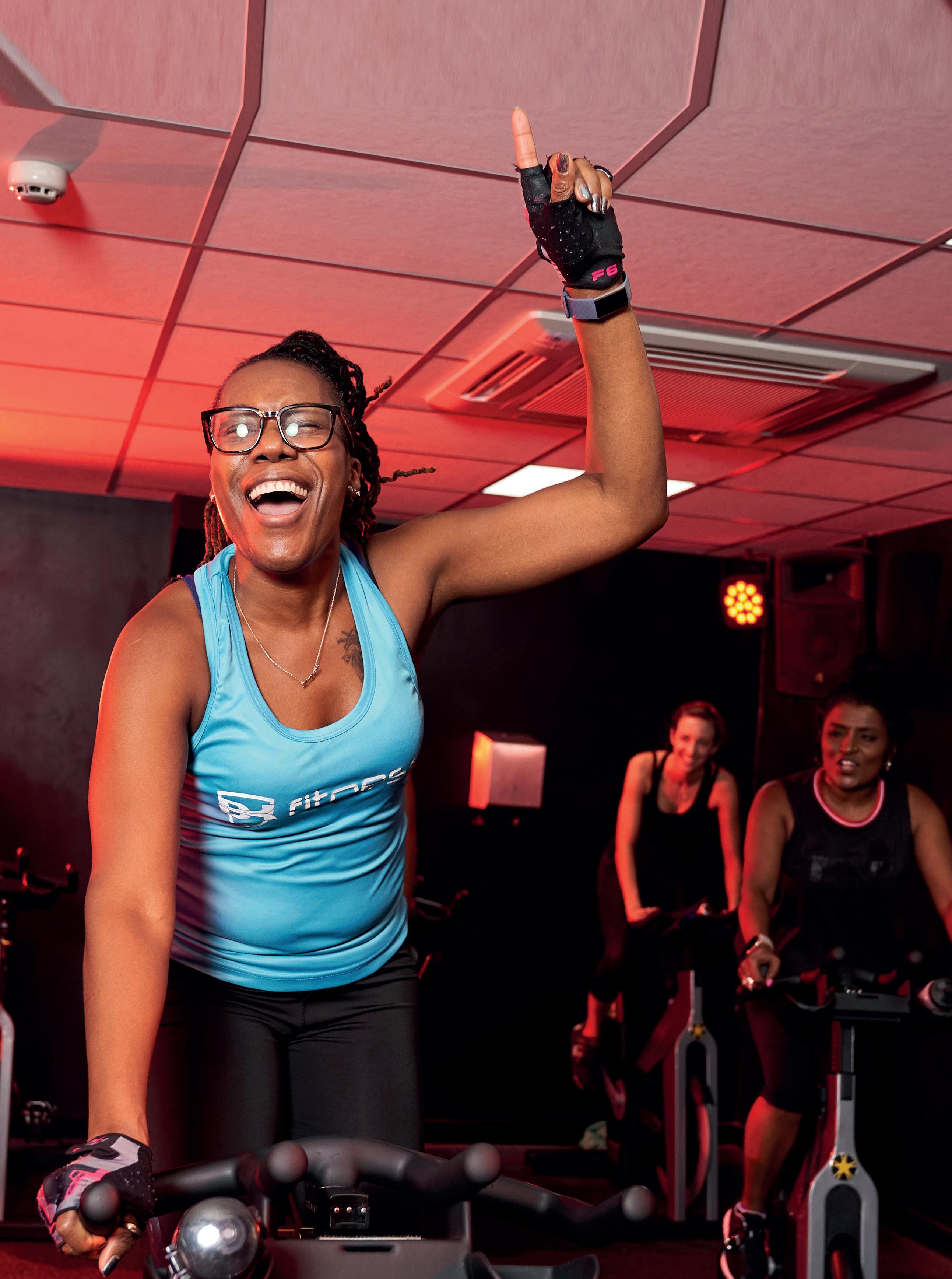
This year’s Elevate, held at London’s ExCeL in June, attracted a record-breaking number of delegates, an educational programme featuring more than 200 speakers and a show floor with nearly 250 exhibitors
The annual Elevate show marked its “most impactful year yet” in 2024, with a 15% increase in attendance on 2023 numbers. More than 6,000 dedicated professionals from the physical activity, wellbeing and sports sectors descended to London from 18 to 19 June and there was a real buzz about the event. The exhibition floor was busy with activity and the education sessions were filled to standing room only, underscoring both the event’s and sector’s influence and relevance.
The educational programme was divided into four “channels” (Debate, Collaborate, Generate, Accelerate), each with its own stage. On the opening day, the Debate stage got things started with a dynamic, illustrated session, bringing key stakeholders together to discuss the future of the industry.
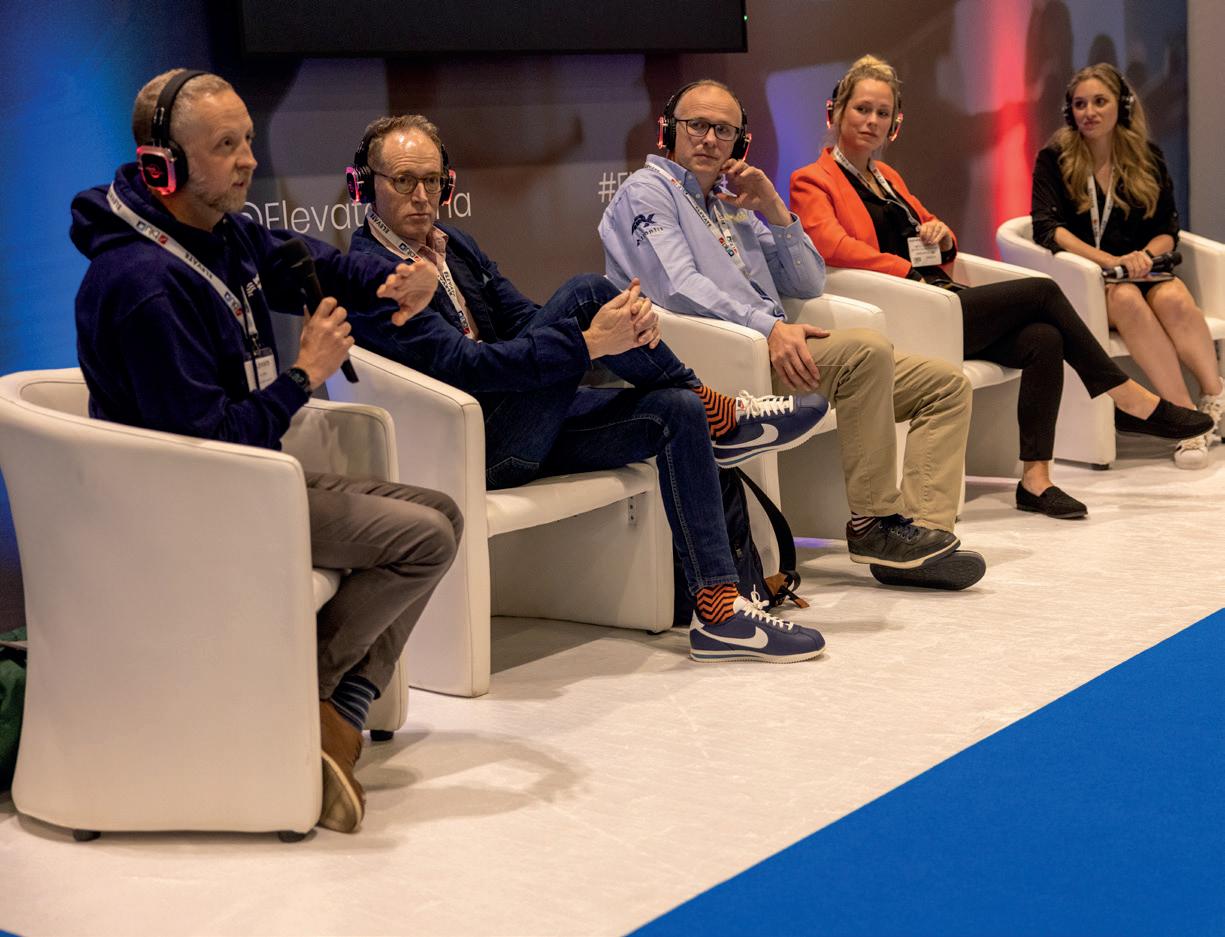
This year’s event featured more than 200 speakers

During the session, Rachel Young, Myzone’s Director of Business Development, quizzed ukactive CEO Huw Edwards and CIMSPA CEO Tara Dillon on their views and hopes for the sector. They outlined how the sector’s “customers” – those looking to use physical activity facilities and services – are “nothing like we’ve seen before”. Dillon described how an increasing proportion of people are now coming to the sector looking to improve their overall health through, or to alleviate, particular, long-term conditions – often through GP referrals.
There was also praise for the work that the National Sector Partners Group (NSPG) has done since its inception in 2022.
“The NSPG has changed things,” Dillon said. “We have gone from an industry that – from the government’s point of view – produced a lot of white noise and was hugely fragmented. Thanks to the NSPG, the sector now speaks with one voice and we can truly say that the government can hear us”.
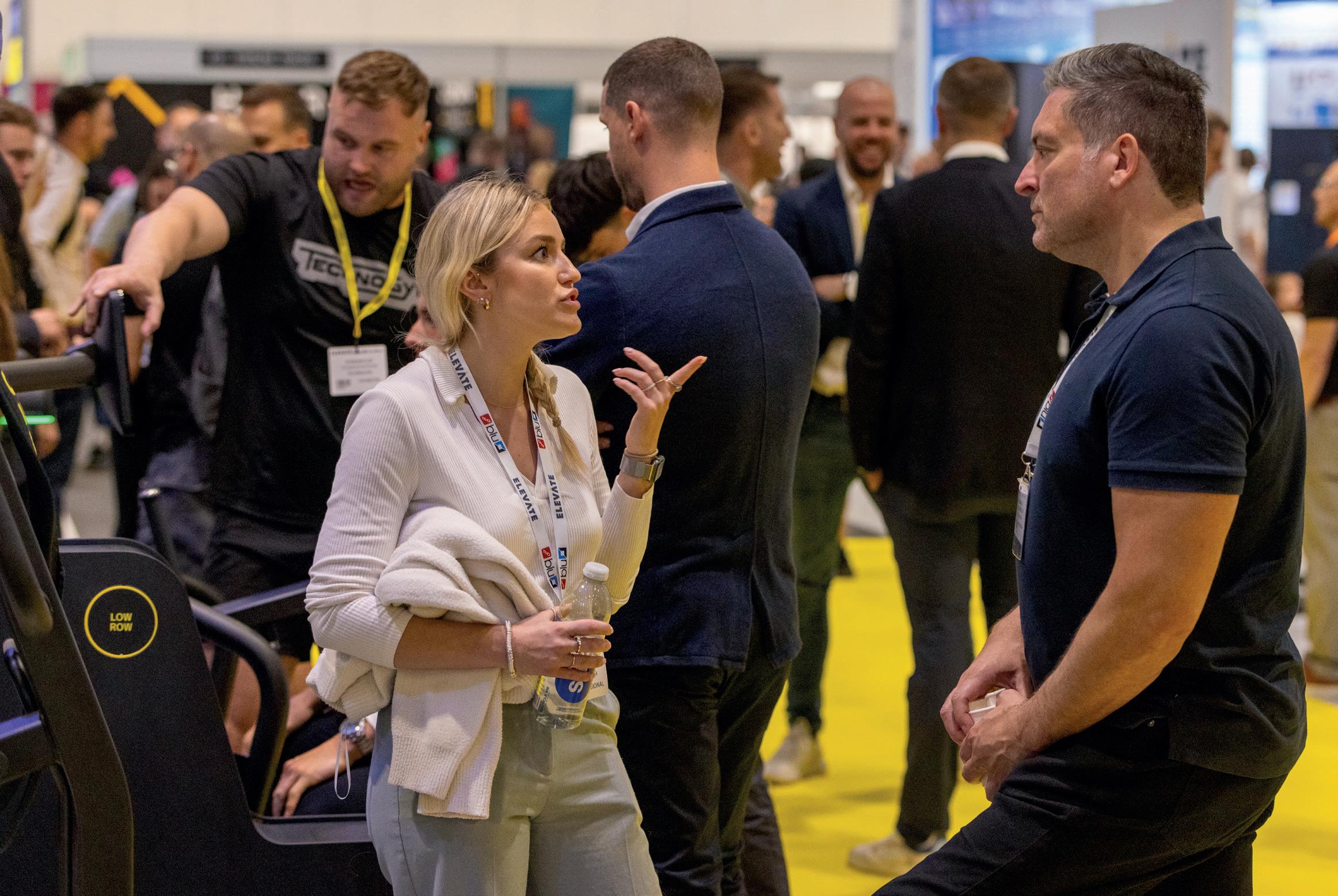
With 6,000+ delegates, Elevate is the UK’s largest physical activity trade event
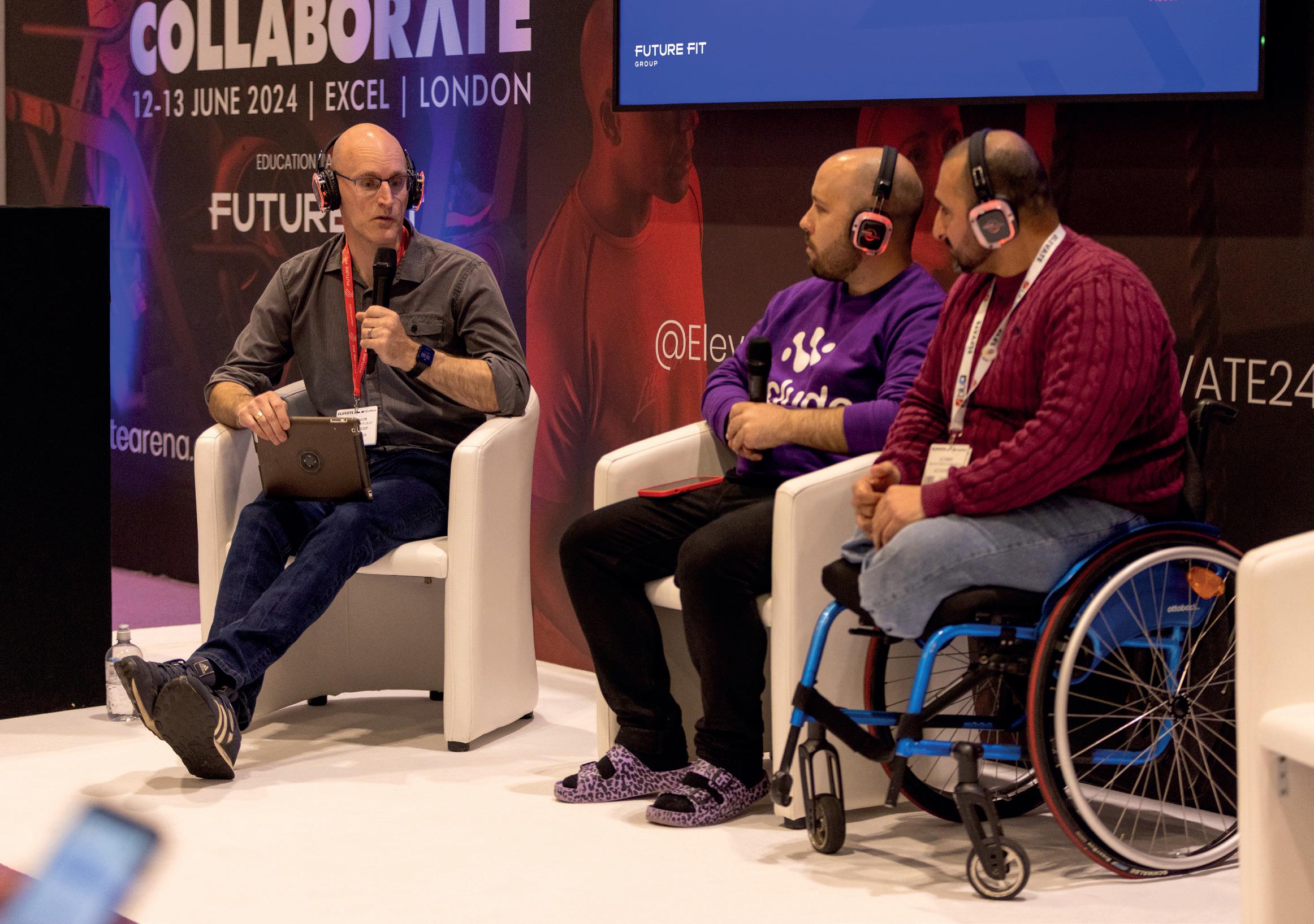
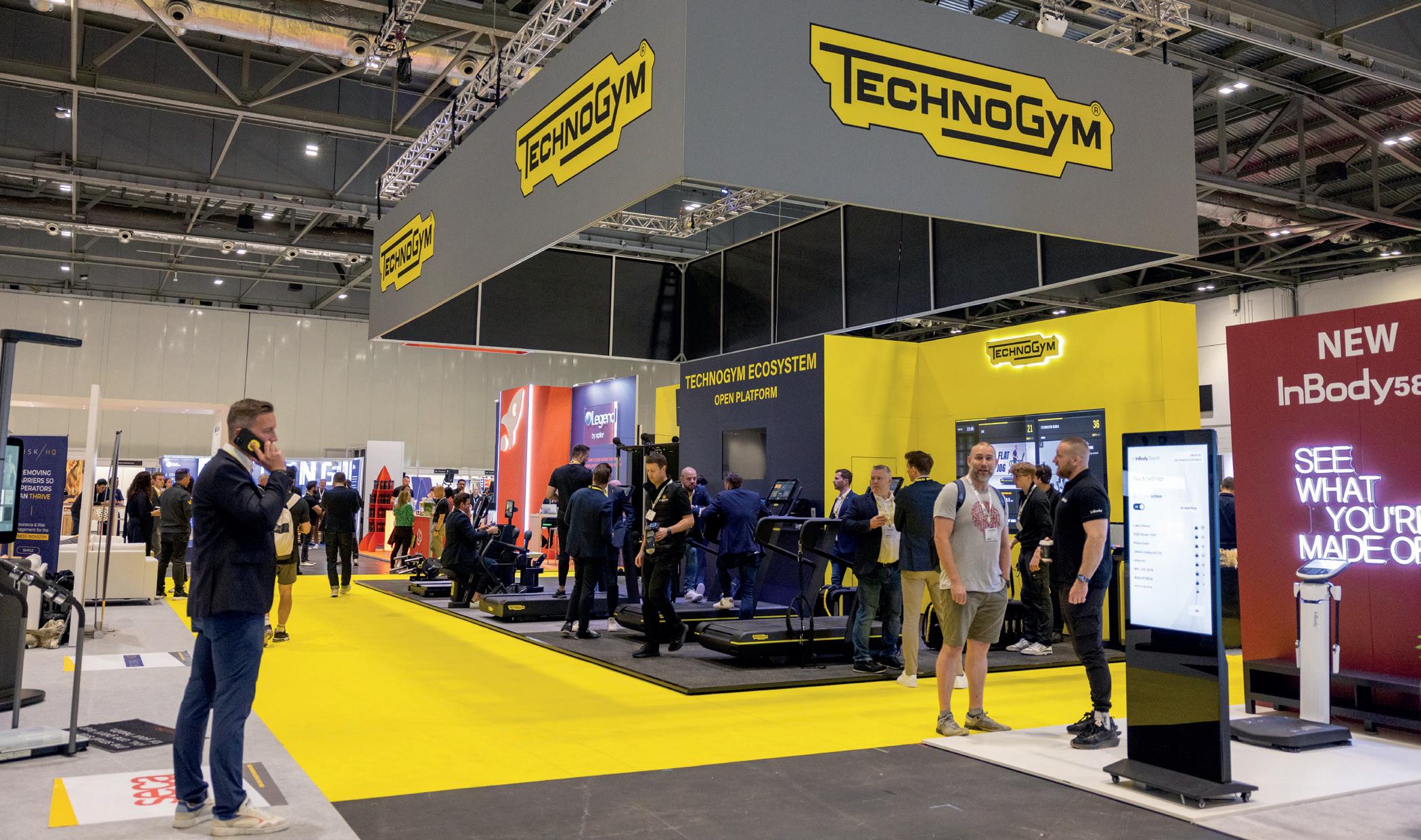
Technogym and Box12 were among the event’s 250+ exhibitors this year
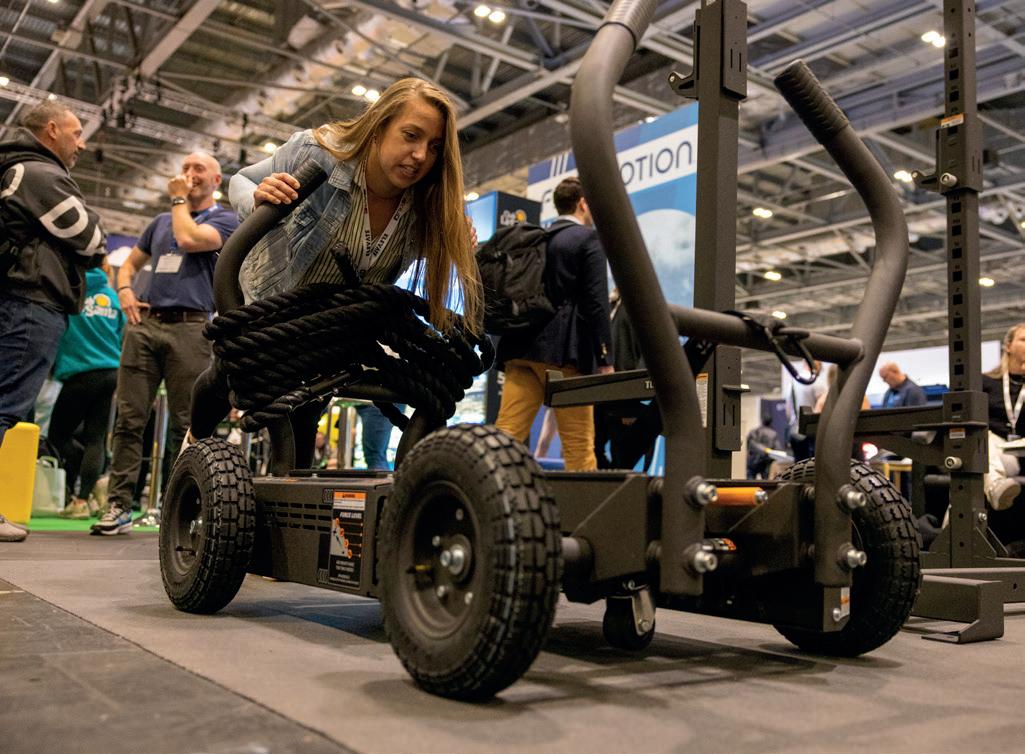
Dillon added that the NSPG is a great example of how the industry is now working together on important topics that affect it. These collaborations also include the sharing of insights that would have previously been rarely shared with perceived competitors.
“Organisations are no longer hiding data,” Dillon said. “I see a sector that is comfortable with its role. I’ve spent the past 38 years in this sector and this is the best it has ever been, as far as collaboration is concerned.
“And the more we speak and collaborate, the better we are for it. Working together really is the key for our success.”
Huw Edwards mirrored Dillon’s views and added that the sector is working together to not only discuss the challenges it faces, but also on finding solutions for them.
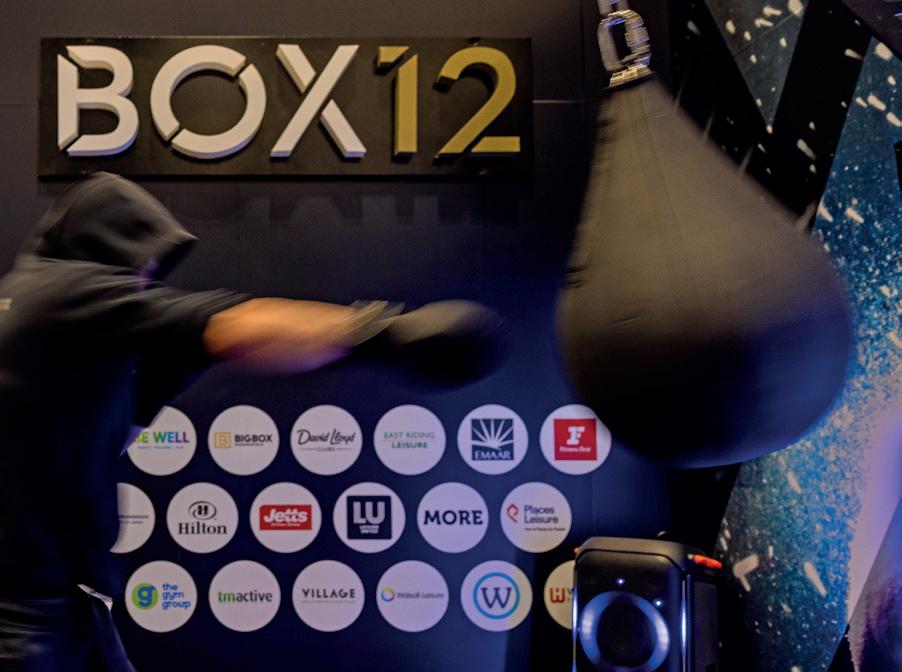
“An example of this is the Active Standard, which is set to launch later this year,” Edwards said. “Our sector is determined to raise standards of health and safety, and inclusion, so that we can continue to grow and meet the needs of every community.”
Elevate 2024 also featured a live recording of the Game Changers podcast, which is hosted by women’s sport advocate Sue Anstiss. The podcast explored themes of female leadership and career progression within the physical activity sector.
Elsewhere, the Include Summit – held as part of Elevate – made highlighted issues around equity, diversity, and inclusion. This was accompanied by the launch of the “Leading the Way to Inclusion” survey by Europe Active and RISE. The DEI

A number of exhibitor offered delegates live demonstrations of their products and services

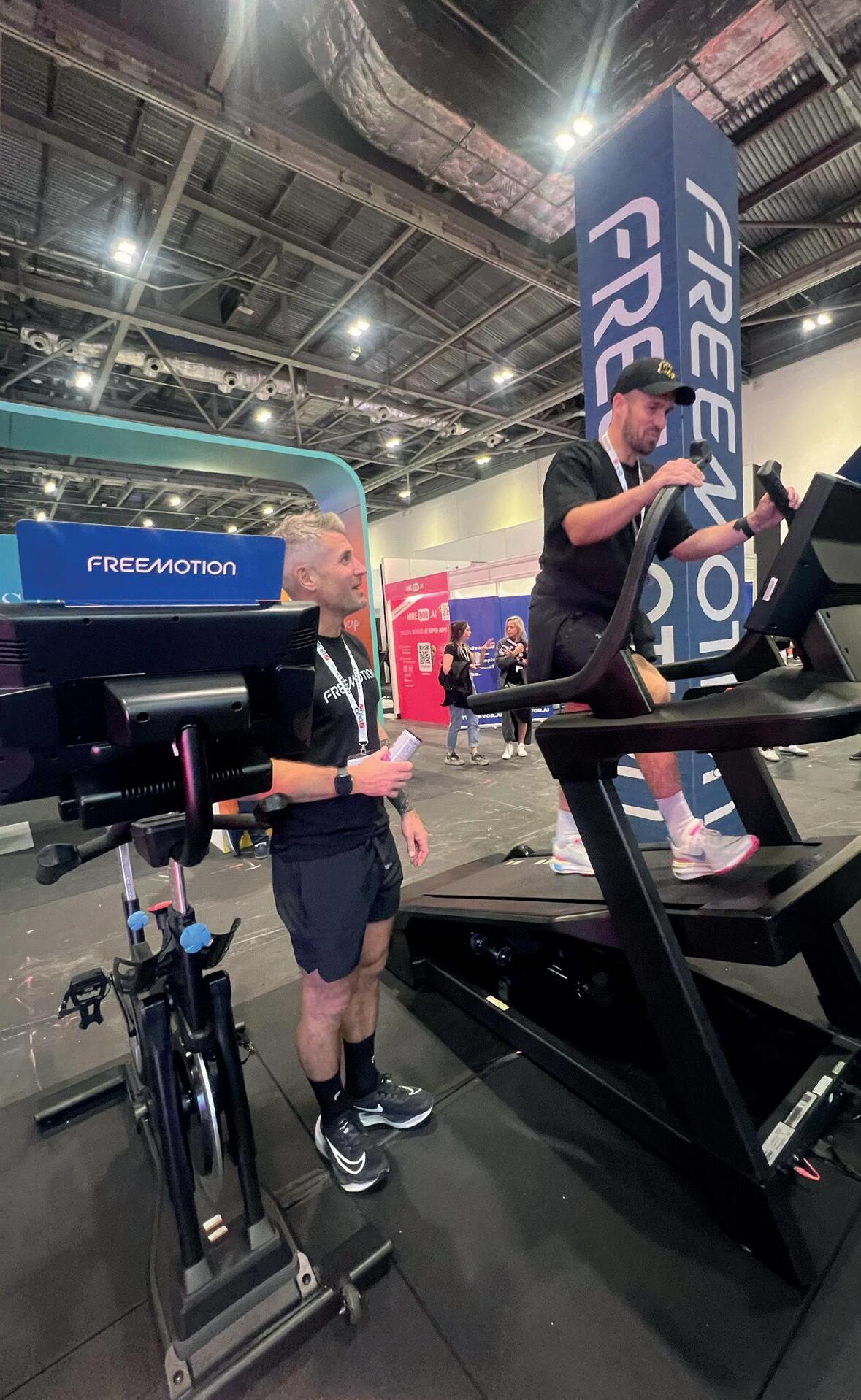
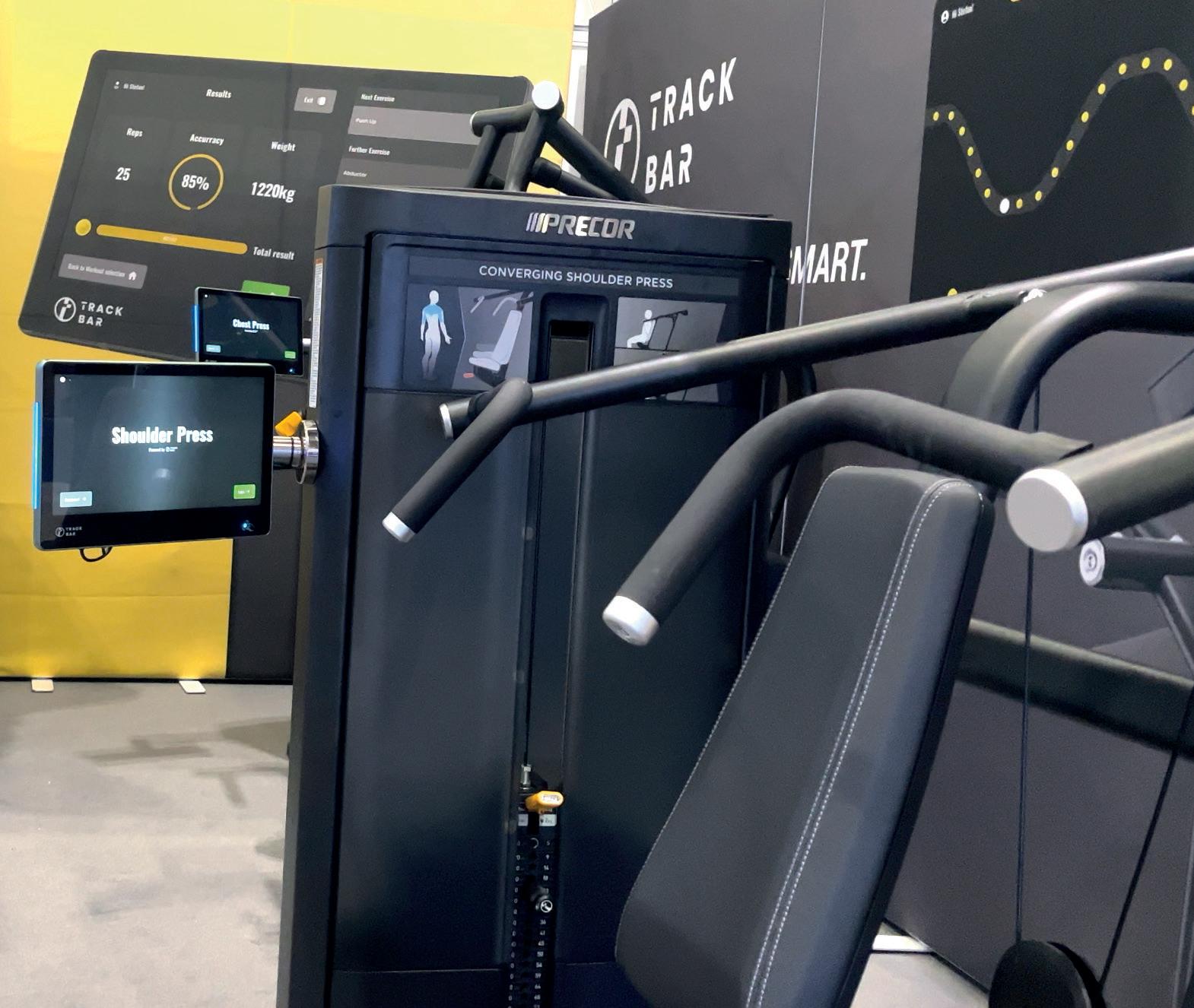
Among those exhibiting was Trackbar, a digital solution which can be retrofitted to any strength training equipment

Precor showcased a selection of products from the new Glutebuilder Plate Loaded Line – the first time these products have been seen in the UK
report aims to set new benchmarks for fostering inclusivity within the sector, providing valuable insights and strategies for industry leaders.
Elevate 2024 also saw the introduction of its Sustainability Trends Report, created in partnership with 4Good. It outlined some of the latest trends and practices for a greener future, demonstrating Elevate’s dedication to environmental responsibility.
The success of Elevate 2024 has paved the way for next year’s event – and some details for it have already been revealed. The 2025 edition will have a clear focus on enhancing the health agenda, while topics to be explored will also include technology and AI. The sessions will be designed to reflect the evolving landscape of the industry and the popularity of emerging technologies.
Next year’s exhibition will also see a greater emphasis on sport and outdoor activities, alongside the continuation of the Active Kids and Active Aquatics theatres, both of which debuted this year.
Reflecting on this year’s event, Lucy Findlay-Beale, Event Director for Elevate, said: “The enthusiasm and engagement we witnessed this year, from packed education sessions to vibrant exhibition stands, truly reflect the dynamic and evolving nature of the sectors Elevate brings together. Our goal is to continue providing a premier platform for innovation, collaboration, and growth.”
The educational materials from this year’s event – including key insights and content – can be accessed through the Elevate educational hub, which is hosted on the Flex platform provided by Future Fit: flex.futurefit.co.uk/register/elevate

The opportunity to network and meet new contacts is a big part of





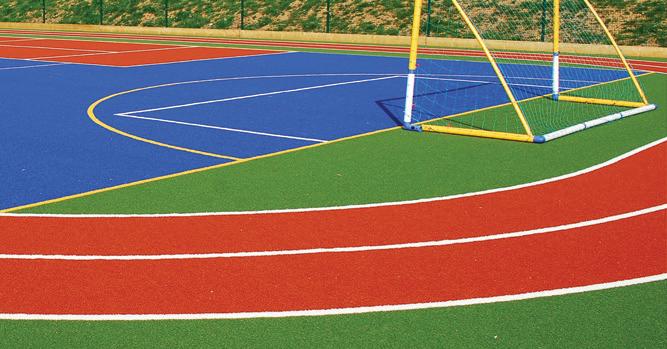


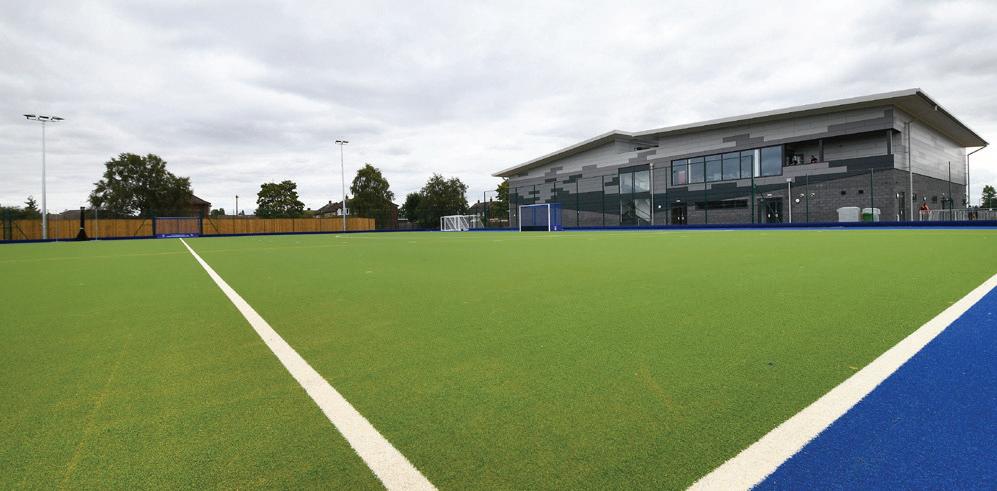



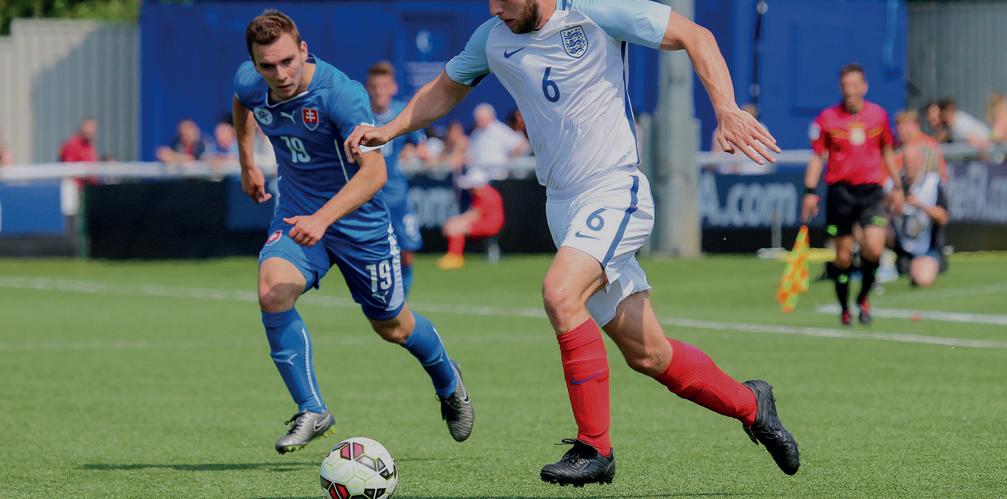



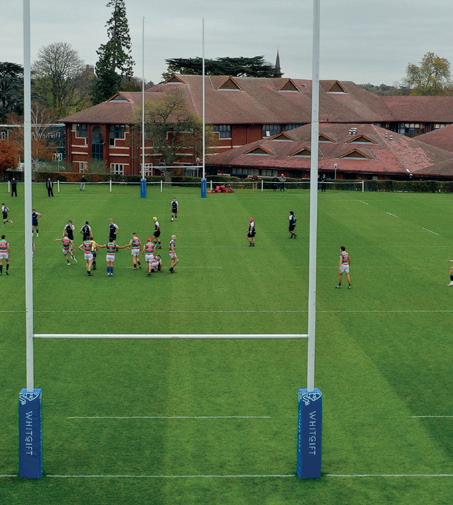



































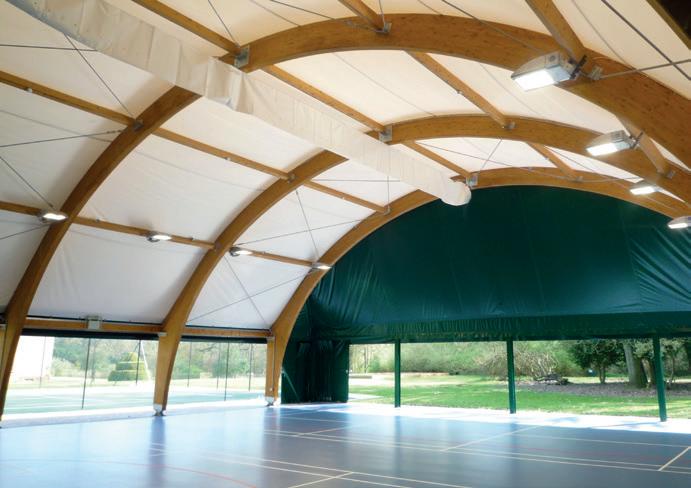































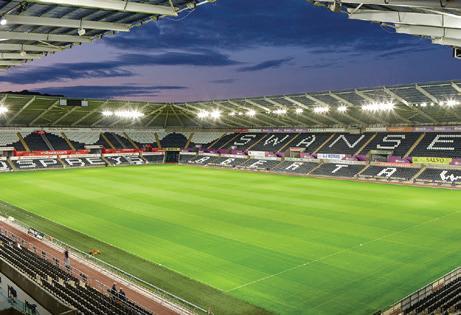














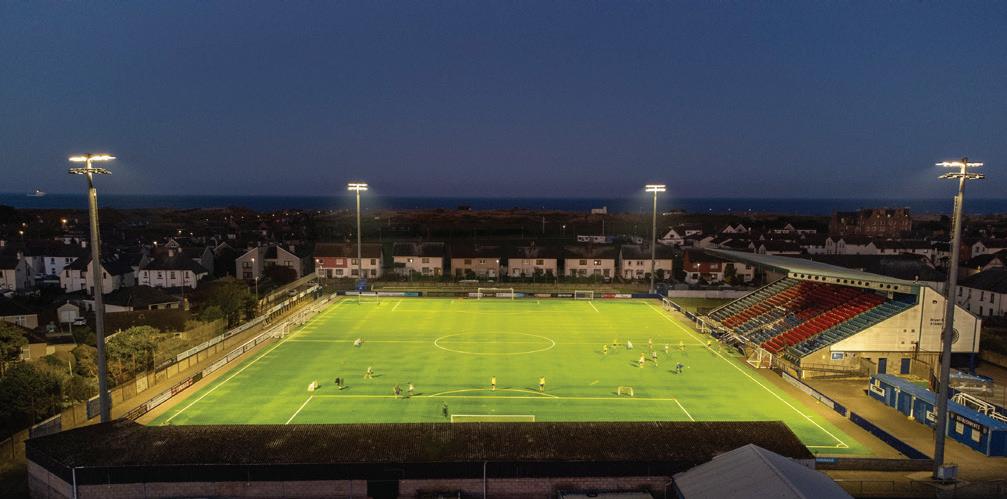







































































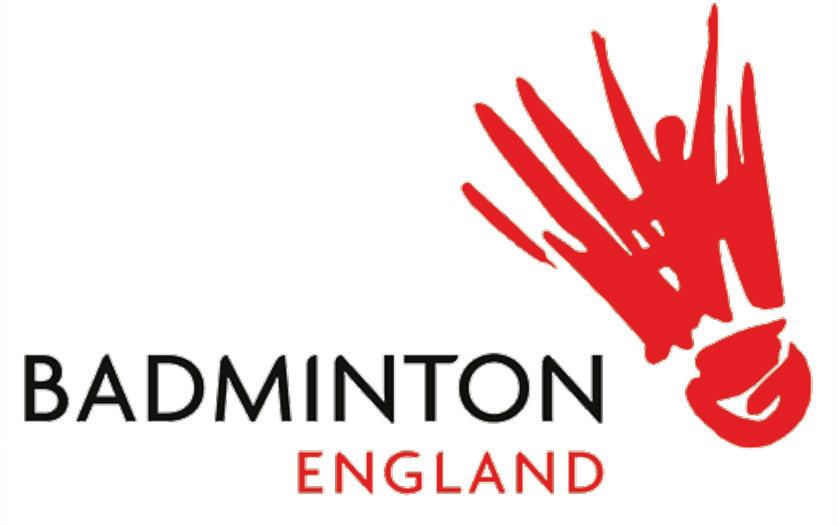











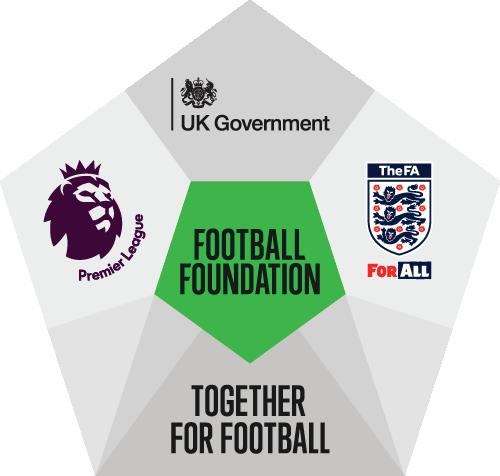
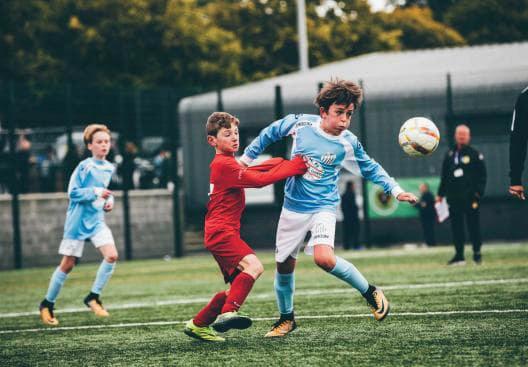



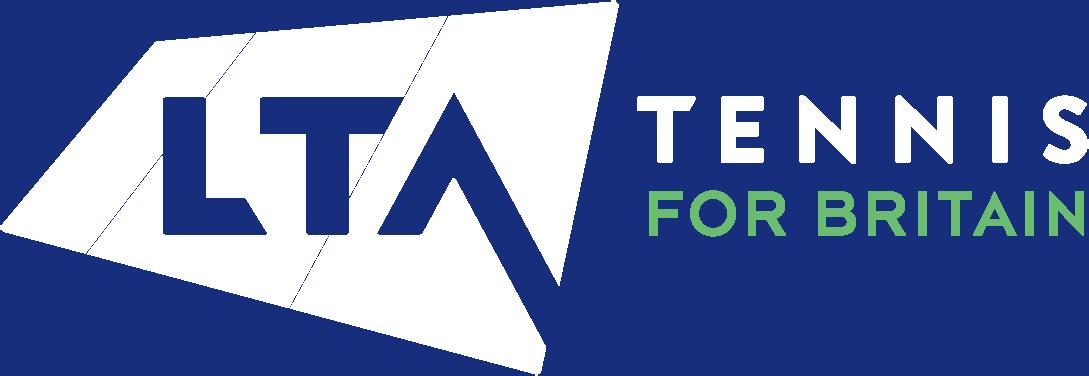
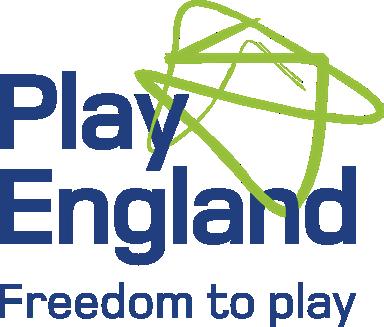
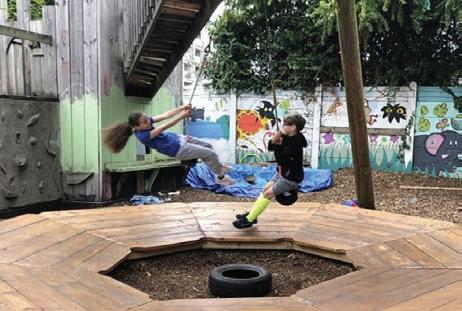

















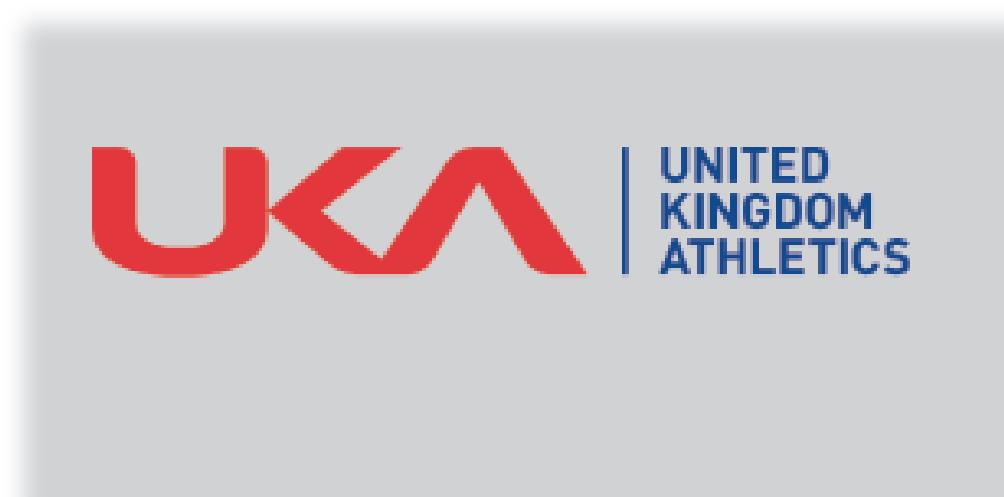
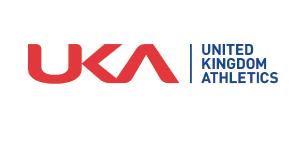





l

